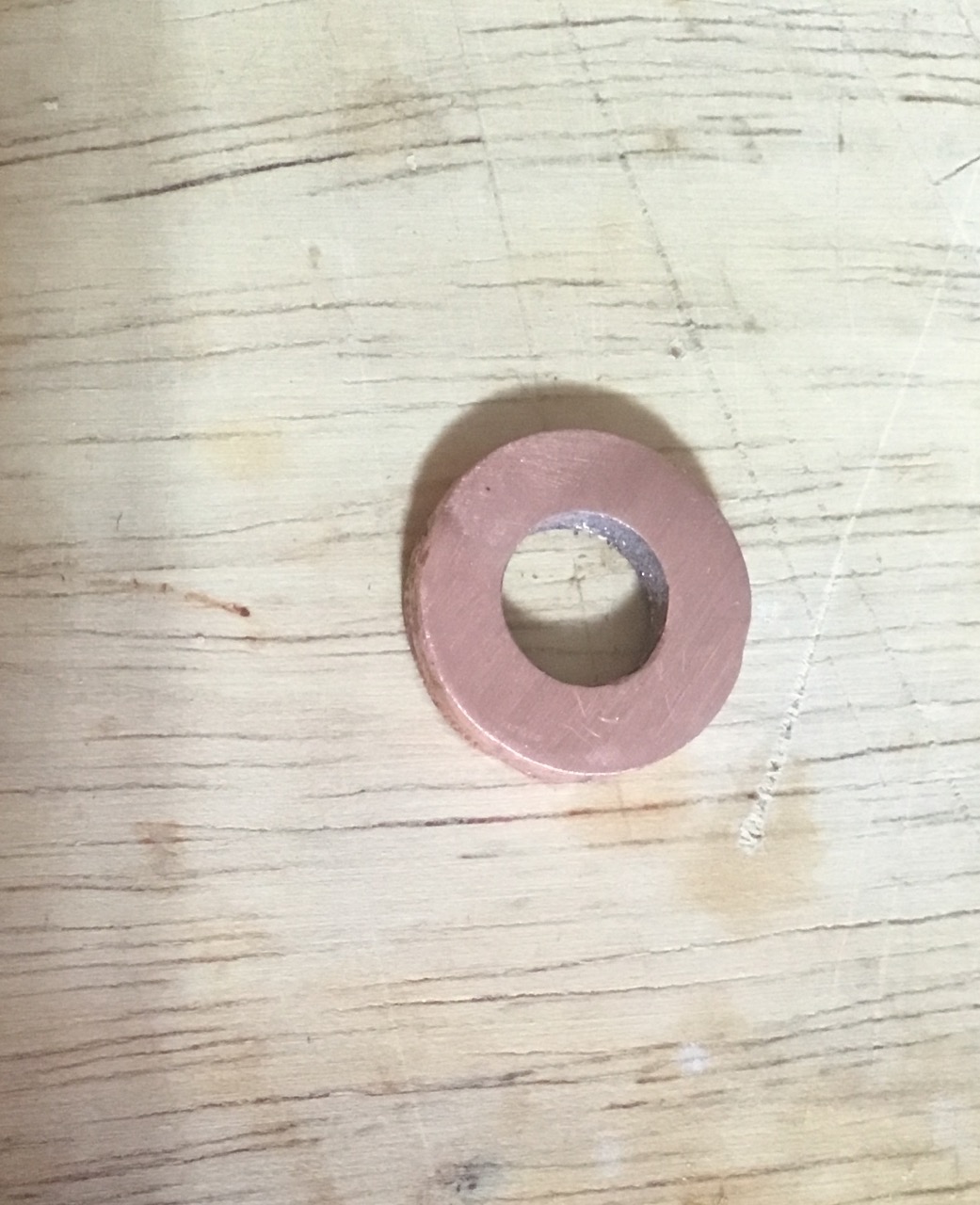When I was a kid, my parents always said if you have a problem when out and about, ask a bobby, that’s a policeman for those outside of the UK, or not born mid last century! This might have been partly because my dad was a bobby for most of his working life, and any bobby I asked for help, was likely to know him, and might even know me from the police Christmas parties, or the various police cricket / sport activities I was dragged along to as a kid. However I would not offer such advice to anyone in Japan.
Why? well our plans are evolving, and right now the typhoon season has brought strong winds that has affected our departure date and location, rather than heading towards Tokyo and checking out of Japan there, or in Coshi, East of Tokyo on the coast, we may well leave from here, Kushimoto. We have everything we need for the passage now and the supermarkets are great, so we can stock up on fresh products without any issue. However Kushimoto lacks an Immigration and Customs office, so I need to find the nearest one, get a train there and get our passports stamped with an exit visa and get customs clearance so we can check into the USA. So how to find out where the office is, the Internet was no use, everything led me back to a number in Osaka I should phone, but I was reluctant to try this as they probably won’t speak English, and we don’t have a phone, so it would have to be on Skype. I asked at the tourist office, where the lady spoke great english, but she could only guess that the next big city might have one. So I thought the police might know, they have a big office here and must have relations with immigration so they should have some idea.
So I popped into the local station, telling Kathy I would be back in a few minutes so we could head off on our bikes and explore the promontory which is the most southern point on Honshu Island, more on that later. The police in the station spoke no English, so we were off to a bad start, after a lot of gesturing I thought I had got my point over, but they didn’t seem to have any ideas, I tried to leave but they asked me to stay, I had shown them my passport, and explained I needed a stamp, fairly easy to do on the gesture front, fairly easy to misunderstand as well, it seemed, as another officer, there were now 6 on the case arrived and took my passport, he seemed to be quite excited about this, and all 6 were on their mobile phones. I pronounced that I had to leave and not to worry, but they wouldn’t let me go. After an hour of them calling people, I was handed a mobile phone and spoke to a translator they had enlisted. He needed me to answer questions, how had I arrived in the country, was I alone, where was my wife, how much money had I brought into the country etc etc. I was a bit pissed off by now and asked why he needed to know, but the phone was taken off me and I was told to wait; another 30 minutes of watching them all phone people, more questions about my status as a traveller, then somebody shouted July, July , No June. At this point most of the police disappeared, leaving this younger detective to call the translator, who explained to me that in fact I hadn’t overstayed and everything would be ok as long as I applied for an extension before the end of July, another month away!
It appears they had misread my visa as expiring in June, not July and had me down as a criminal for overstaying my visa, given the state of crime here, I might have been the biggest criminal they had encountered in some time, and this would surely make the 6 o’clock news! Once it became apparent they couldn’t read a visa stamp properly, and to be fair June/July are western words, but to be fair to me, it was a Japanese immigration office stamp, so they should be able to work with the police to get a system that works, they all looked a bit embarrassed and most of them snuck away, leaving the young detective to ask me to wait a bit longer. I wasn’t really in a good mood at this point, it felt like I had been there for hours, but knowing how hot they are on manners, I waited a bit longer, only to be rewarded with the number for the Osaka branch, which I already had, and a request to call them on Monday when they were open!
I returned to Kathy, with one of my better excuses for being late!
So tomorrow I will phone Osaka, and I expect we will be told to visit the office in Wakayama City, a couple of hours on the train, but probably a nice day out.
Weather Fax (WEFAX)
Just a bit of info on Weather fax, forecasting and typhoons.
Right now we are ready to leave, with good winds from the right direction, we should reach the Juan de Fuca strait in the USA within six weeks, but we could be out there for longer if we don’t get the wind. At this time of the year we have two main concerns, one is leaving Japan, as typhoons (the Asian name for Hurricanes) arrive frequently, this is perhaps the worst area in the world for typhoons, and combined with strong ocean currents from the Kuro-shio current, we have to time our departure so we can get a few hundred miles offshore, and as far East and North as possible to escape the typhoon area and get into the favourable currents. The other concern then is to get the right course for the wind. In the North Pacific, much as in the North Atlantic, the weather consists of a series of low pressure systems travelling from West to East. These are sandwiched between high pressure systems on the artic and equatorial sides. The trick is to ride along the bottom of the lows around about 35-40deg N, then halfway across, head NE to our destination. Wander towards the centre of the low, and the wind may be too strong, wander into the highs and the wind disappears. If you end up at the top of a low you will have strong headwinds and an uncomfortable ride. Things are running a little late this year and the lows and highs aren’t where we want them to be, but the typhoons are around, we have had two since the end of the rally. Once we leave we won’t have internet, just a very basic email connection via our sat-phone. We can download weather forecasts and try to steer based on that, but we also have weather fax, which we can get over the HF SSB Radio.
I have included some pictures below that we receive. 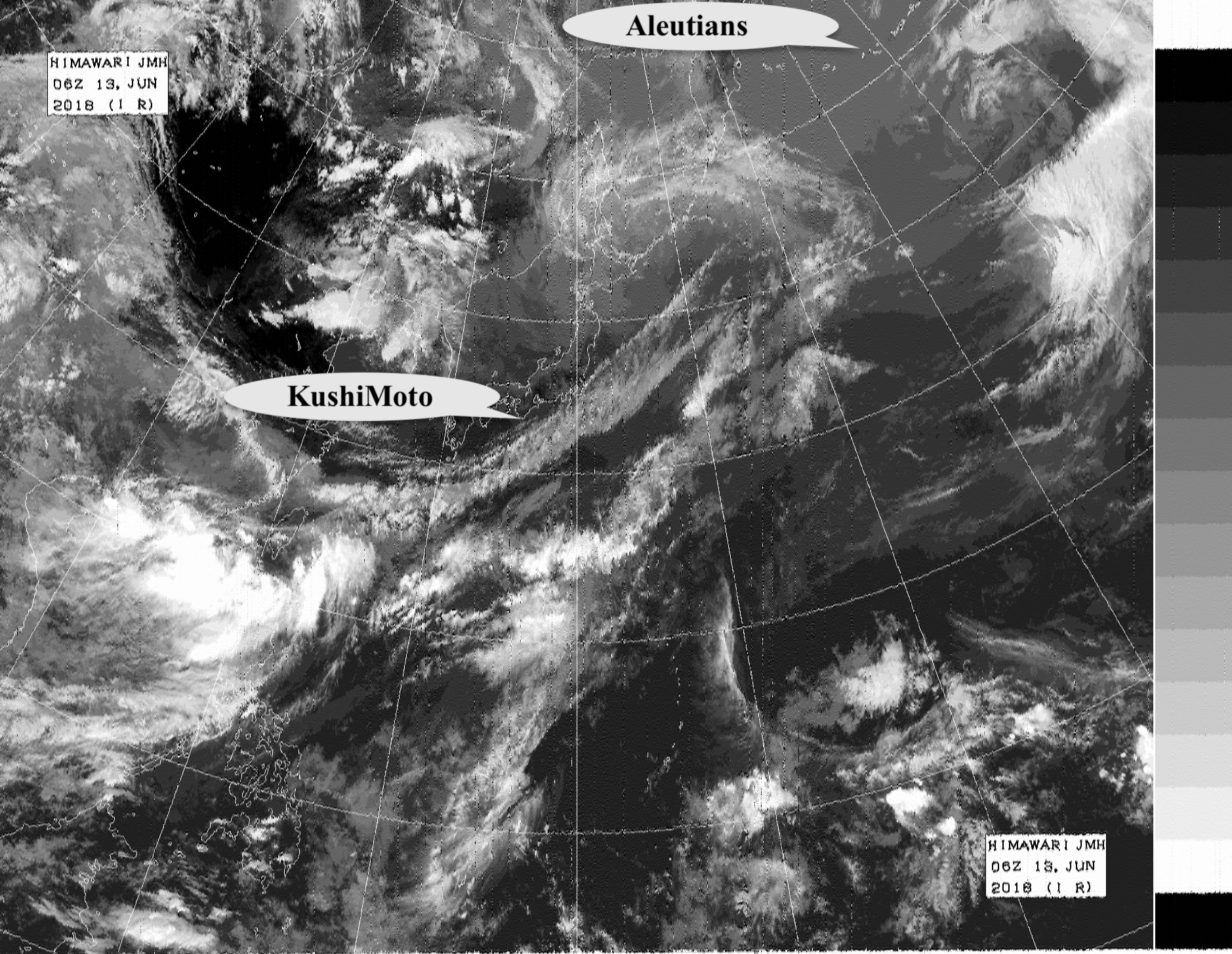
The above pic is annotated by me to show our location.
Below is the path of the Typhoon that is now downgraded and passing us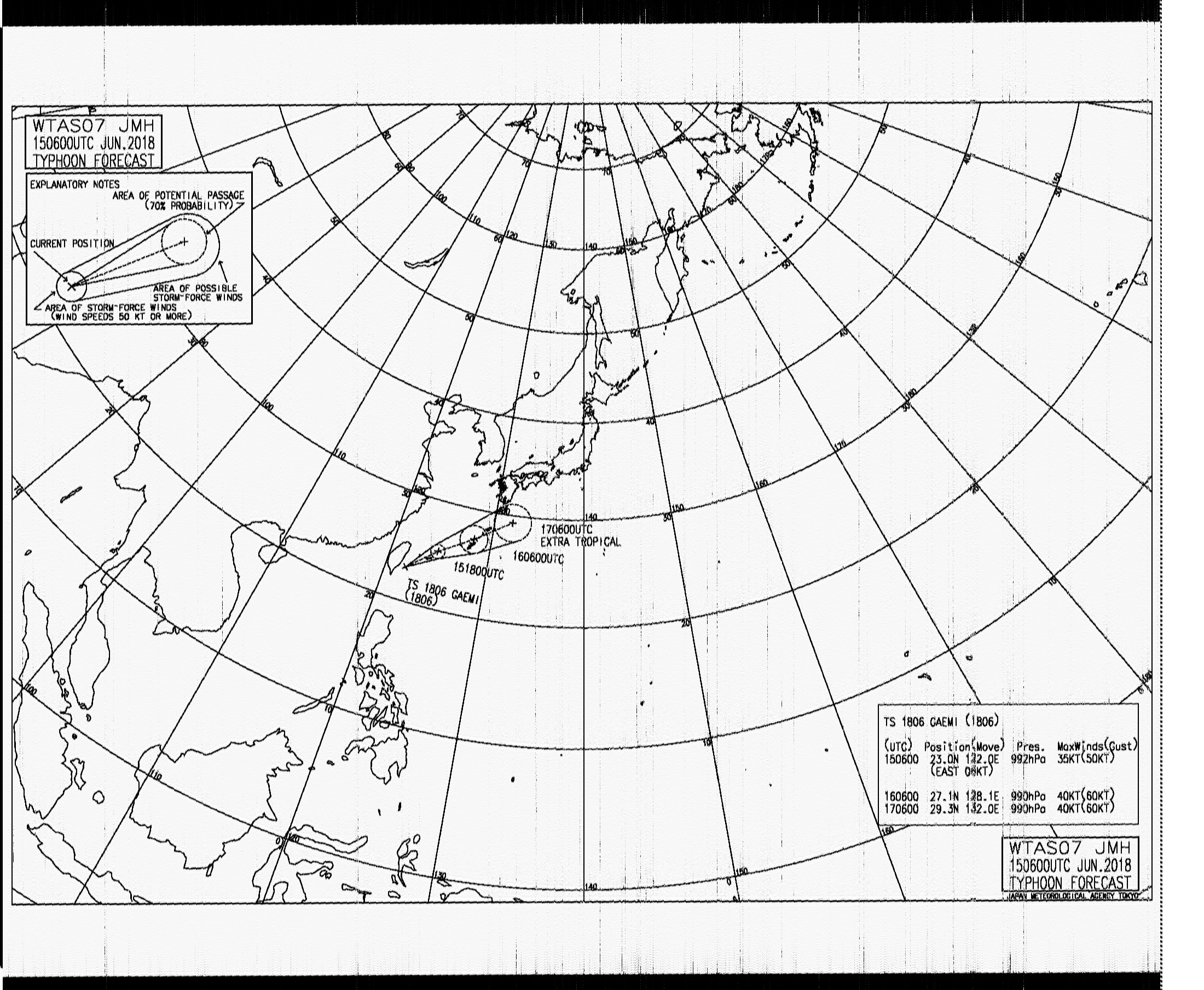
Here you can see the typhoon has become a normal low, still with strong winds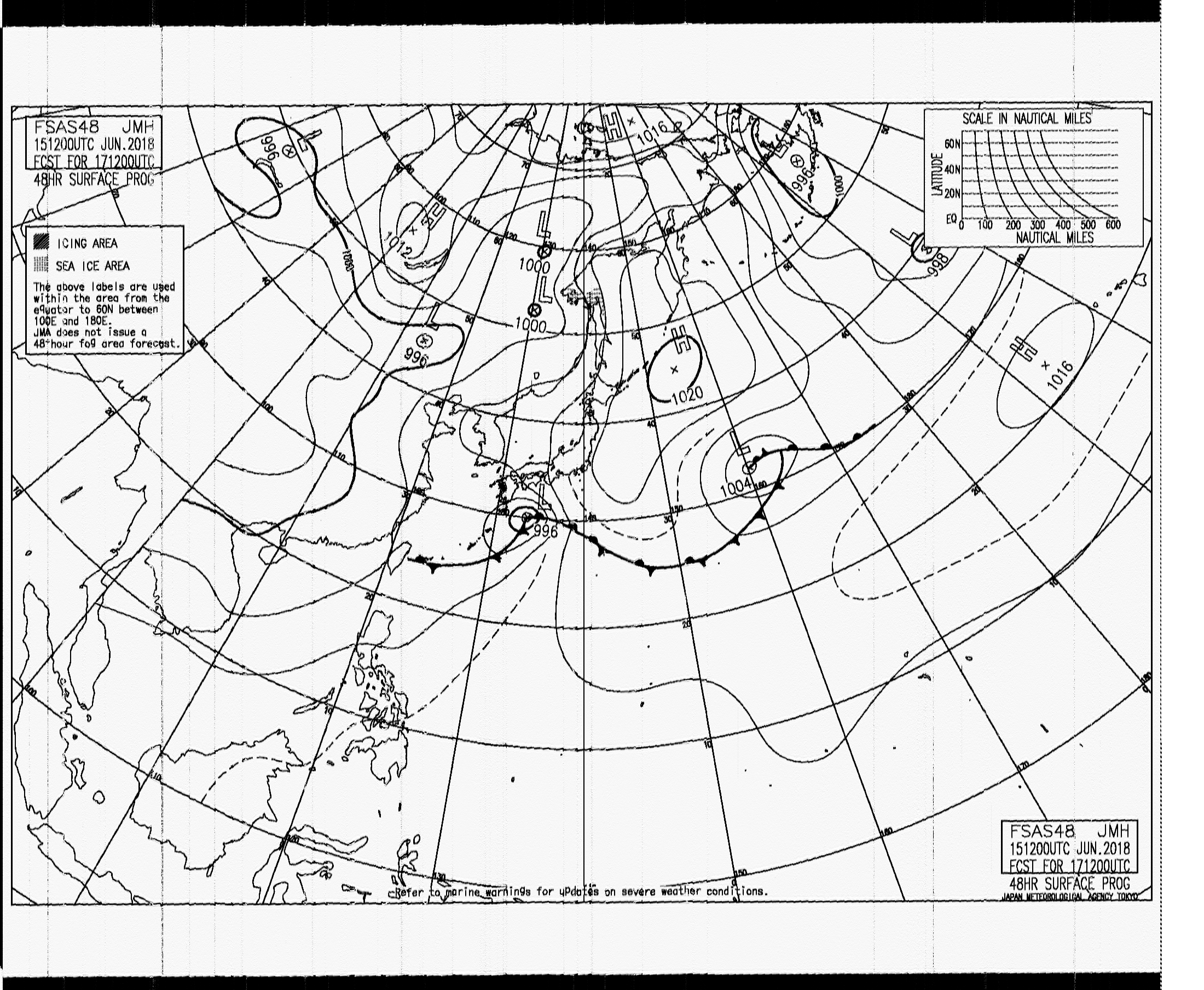
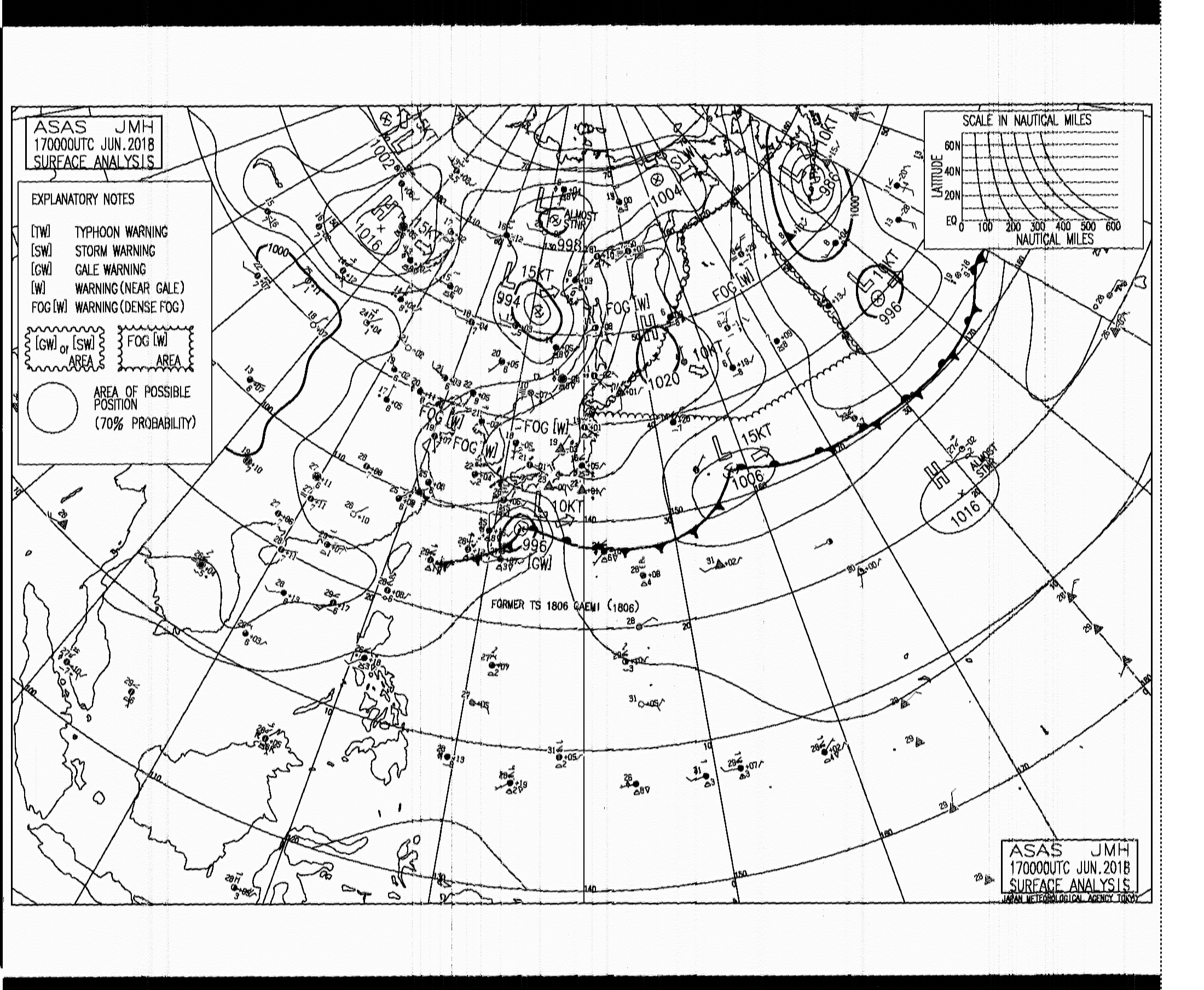
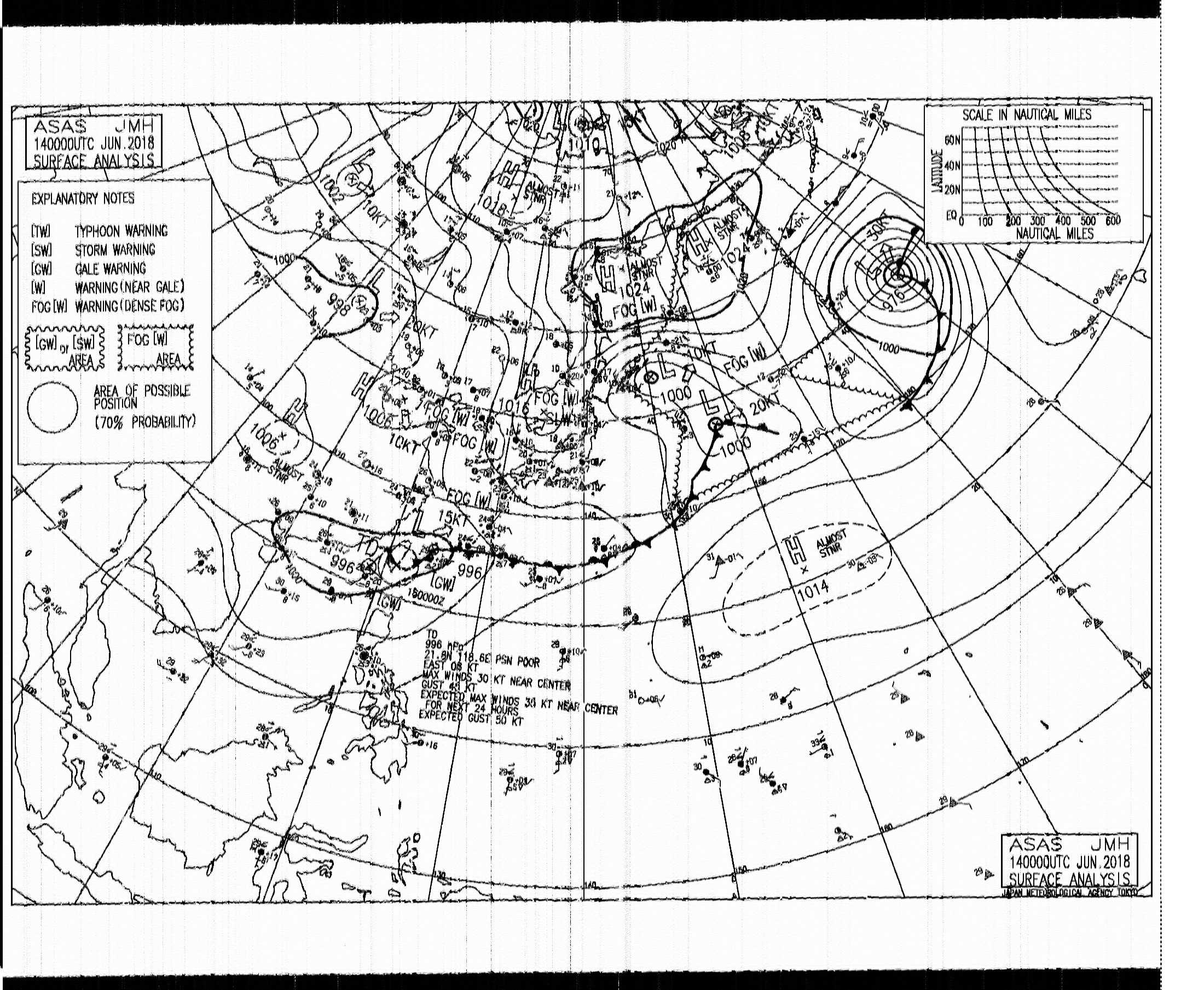
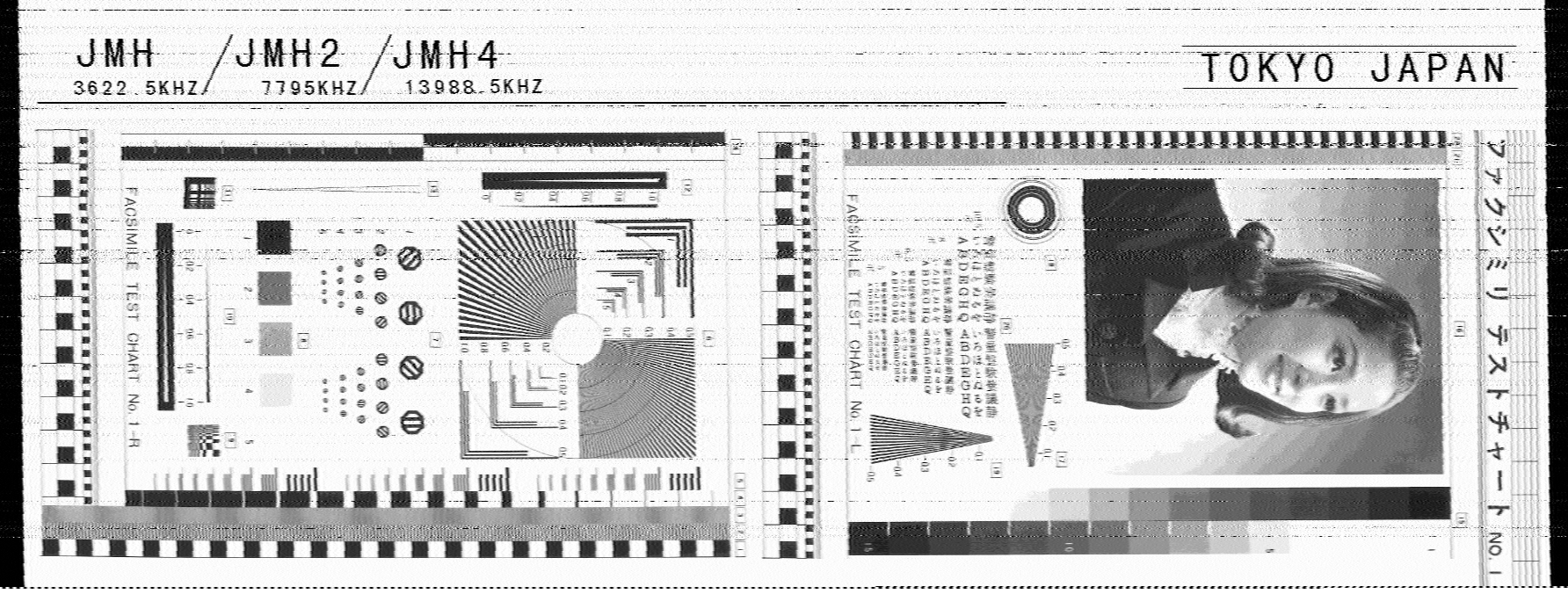
The technology , or rather the protocol is analogue based using tones, much like early modems did, and has been around for many decades, but it’s amazing how good the quality is as you can see from the rather cute testcard they have..
These are free to receive and I use a program called FLDigi on the MacBook to decode the audio signal int pictures.
Right now it looks like the current typhoon has been degraded to a gale, and it has now taken on the standard form of a low pressure system with a cold and warm front, we will wait for it to pass us by on Monday/Tuesday, and jump onto its tailwinds as it heads ENE and follow it away from Japan. So Wednesday 20th is the current ETD.
Here are some pictures of us leaving the Ichimonji Yacht club we just received from them.

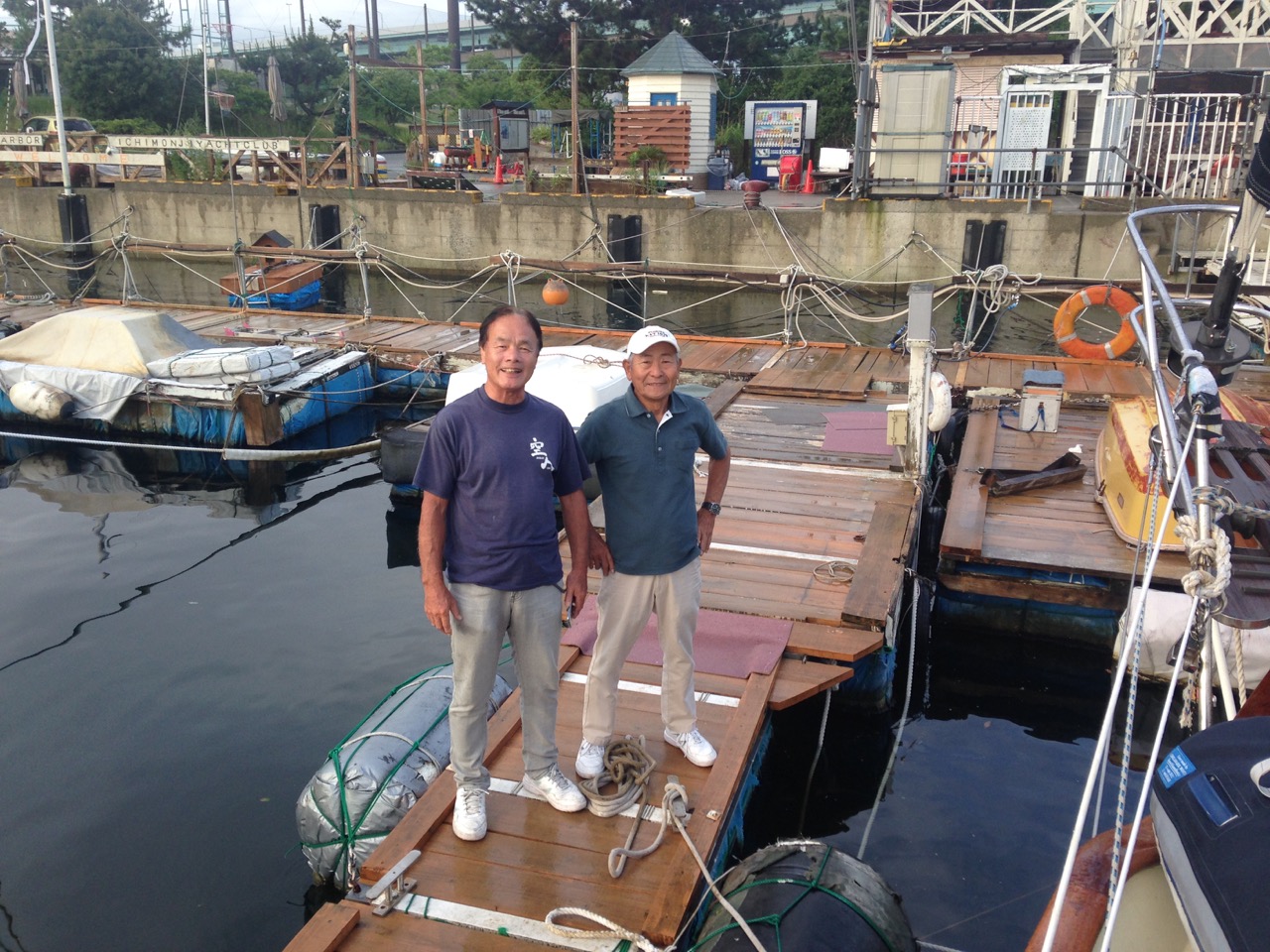
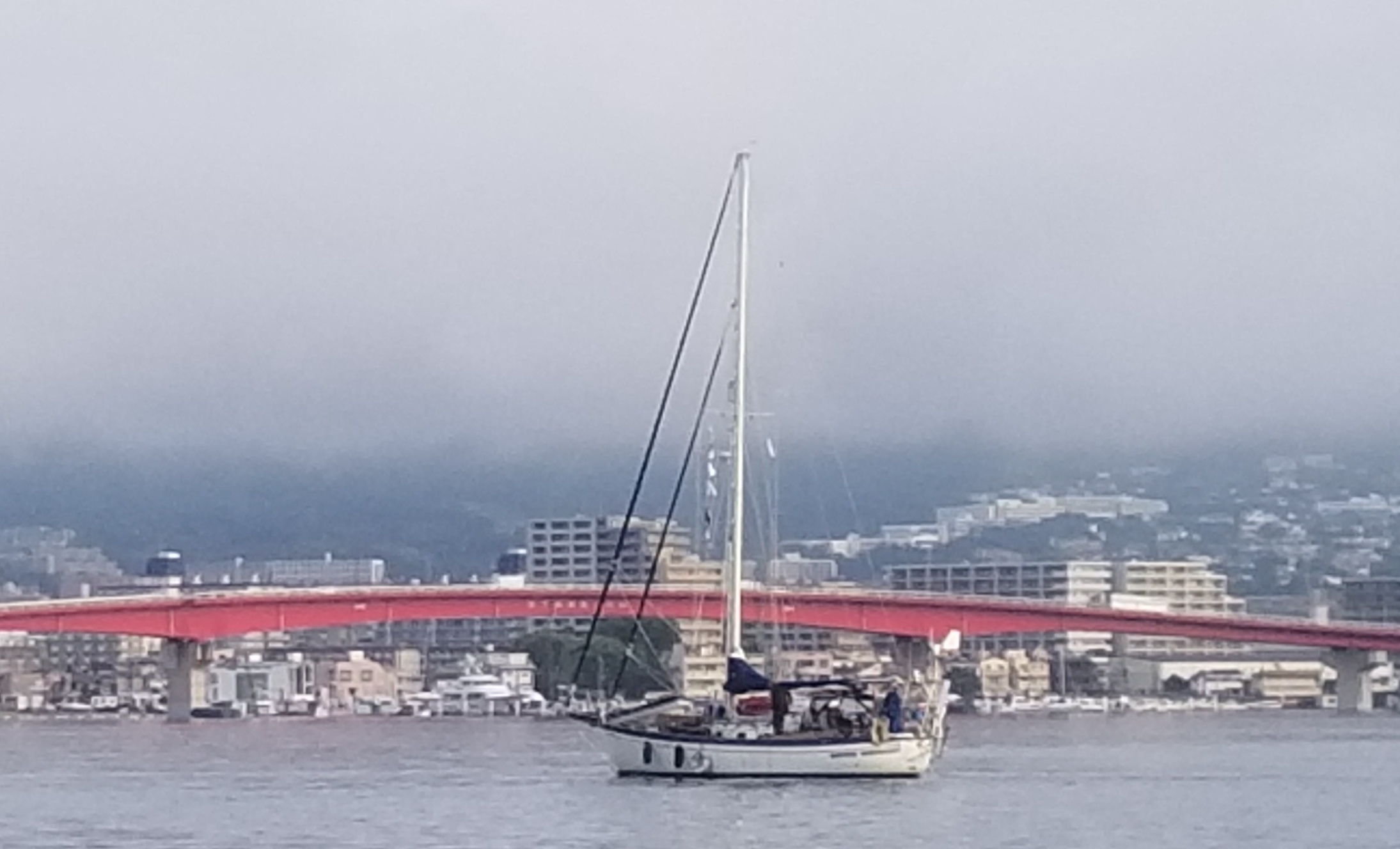
So until we get our clearance from Immigration and customs, we wait here hoping the weather behaves as predicted. I took the emergency tiller I made to a local workshop in the docks here and they welded it up for me, they did a lovely job, and wouldn’t accept any payment for it, but they seemed to appreciate my very low bow in return. On the bowing front, I noticed people bow to each other when on the phone, seems a bit superfluous to me, but must be similar to how I would nod in agreement to someone I was talking to on the phone. Interesting all the same. I have painted the tiller to stop it rusting and fitted a wooden extension to get the full length out of it. I was disappointed, but not really surprised that when I painted a completely smooth surface of new steel, a smoother surface you could not wish for, I ended up with lumps and ridges, brush hairs sticking out and bits of metal unpainted. Painting continues to be a challenge for me.
Paul Collister



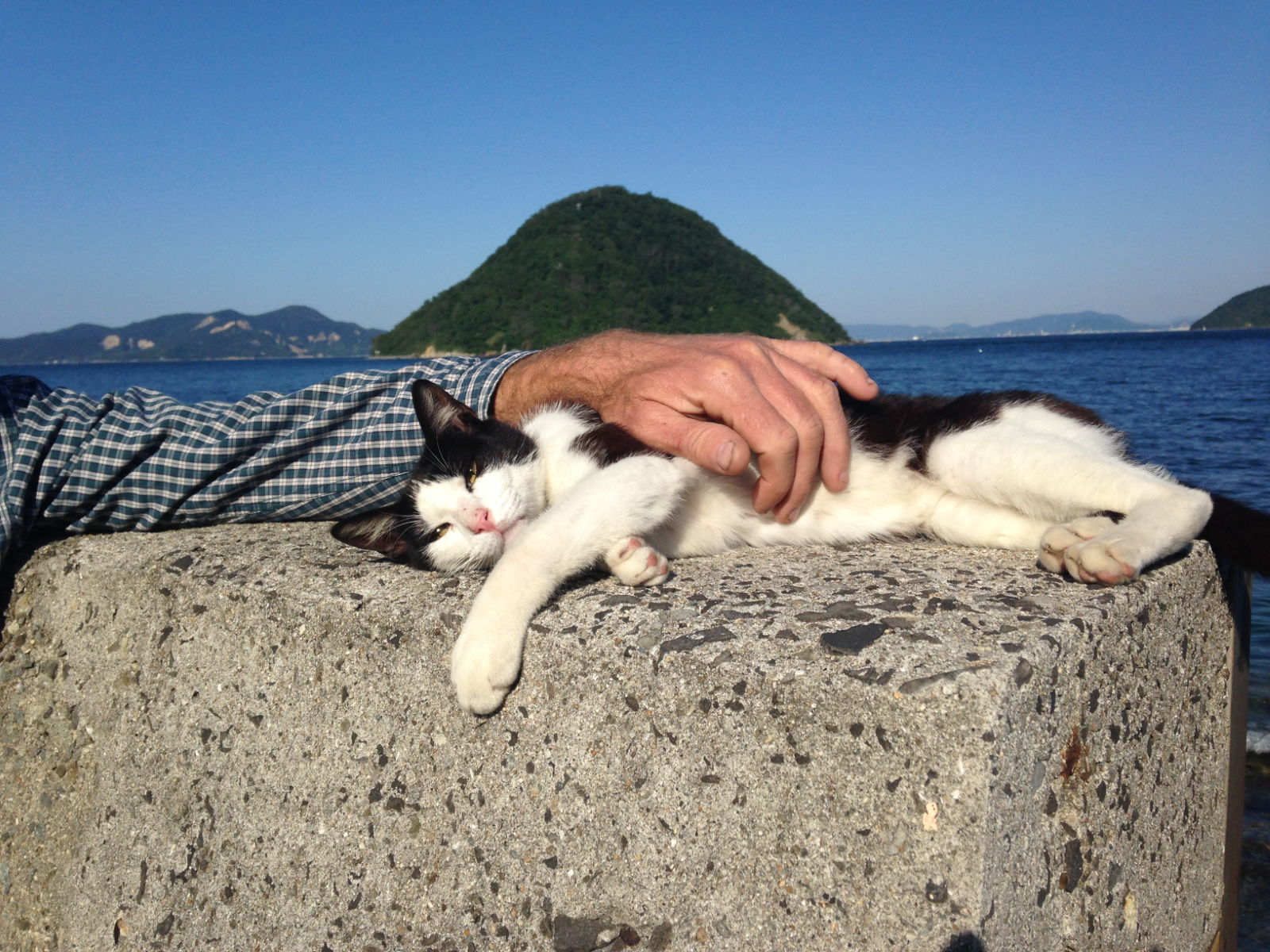
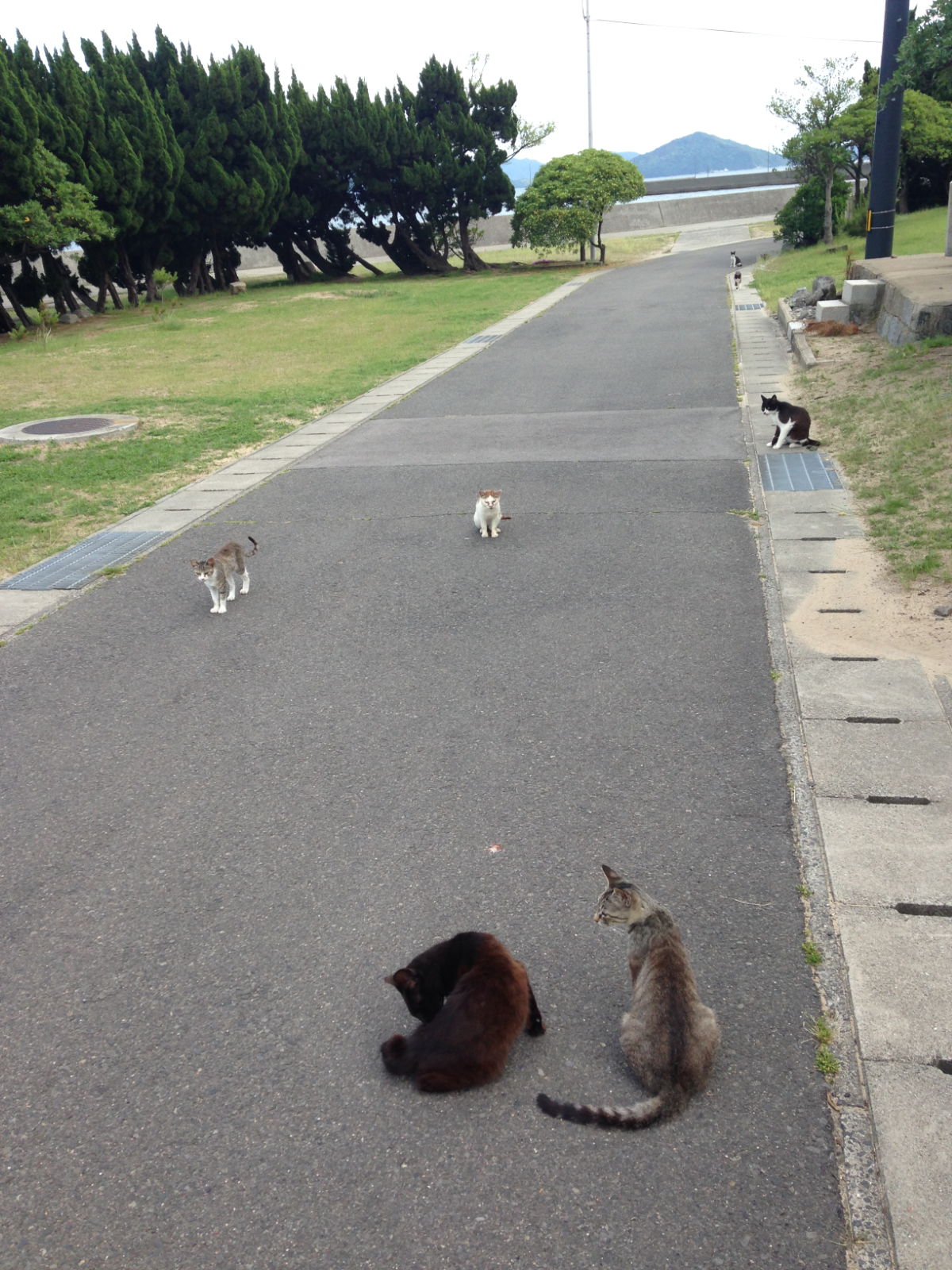

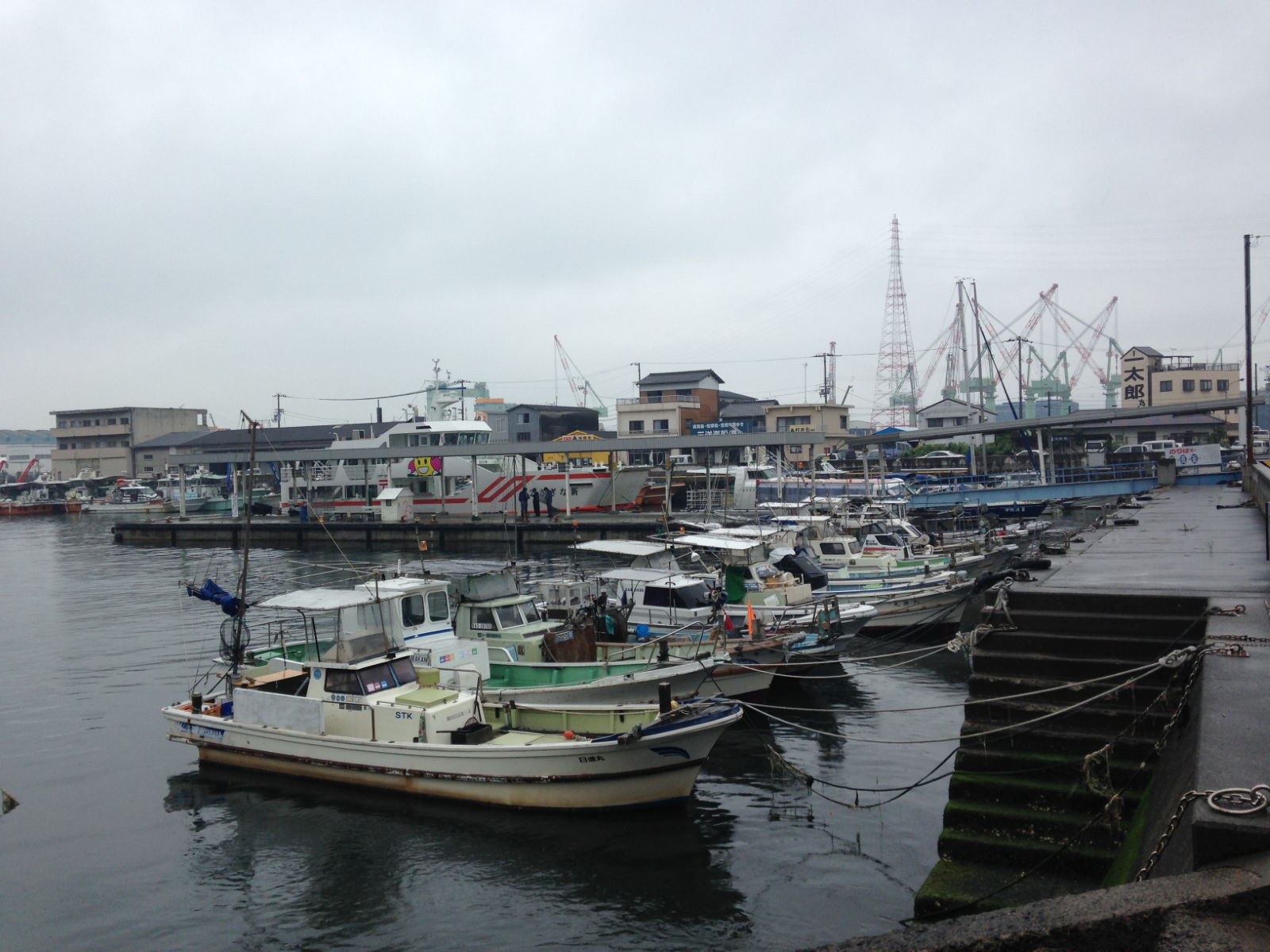
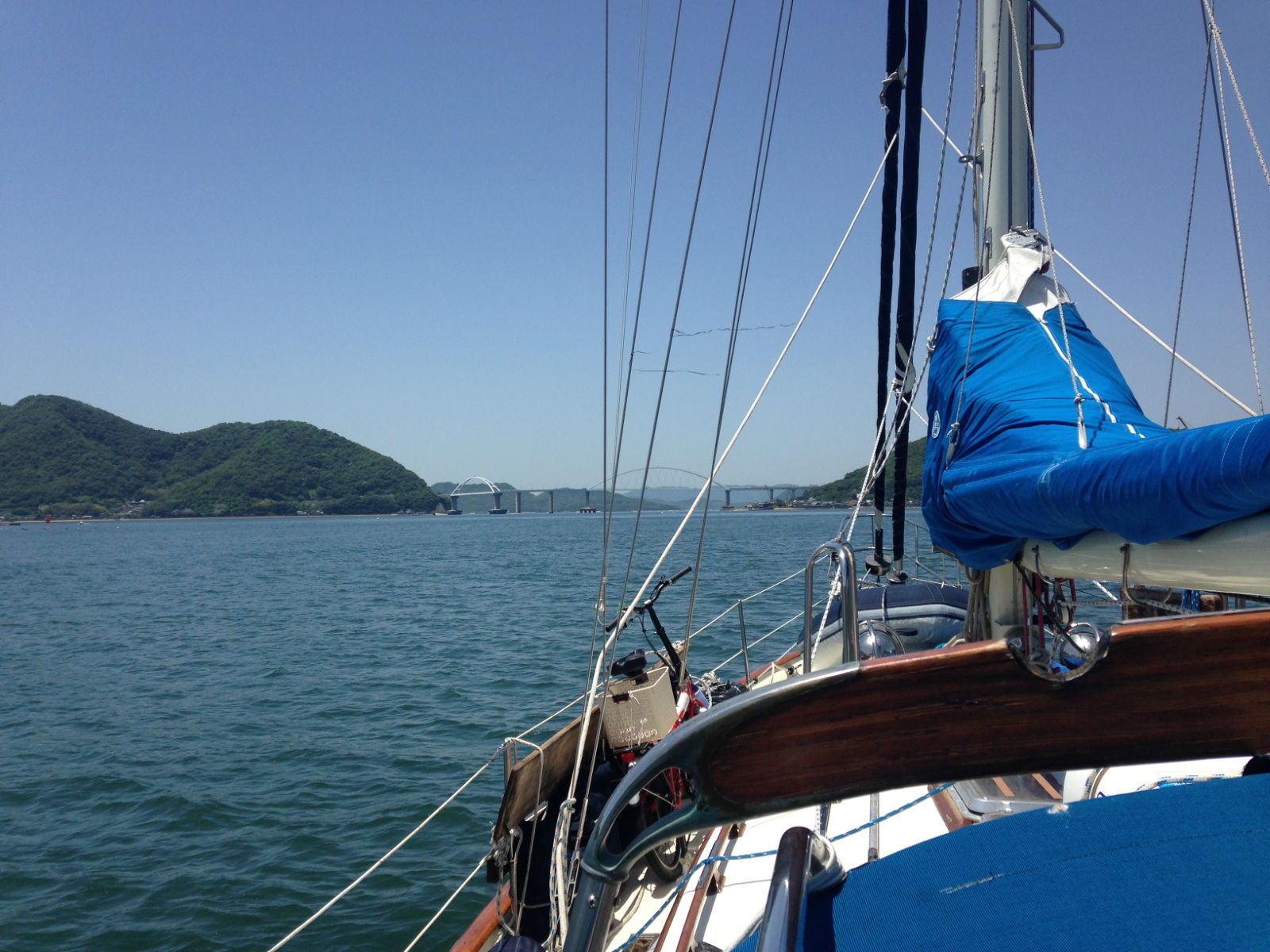


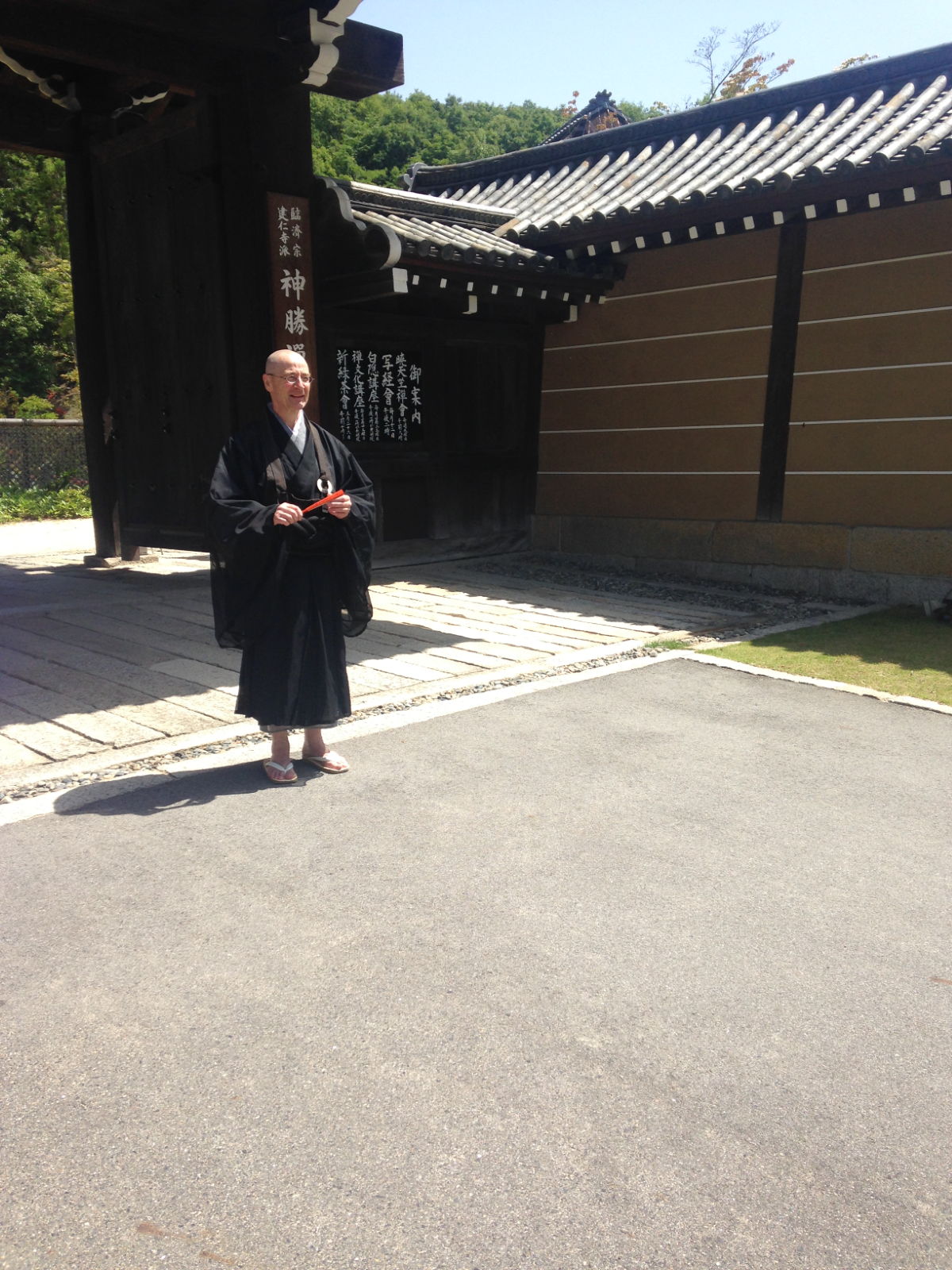
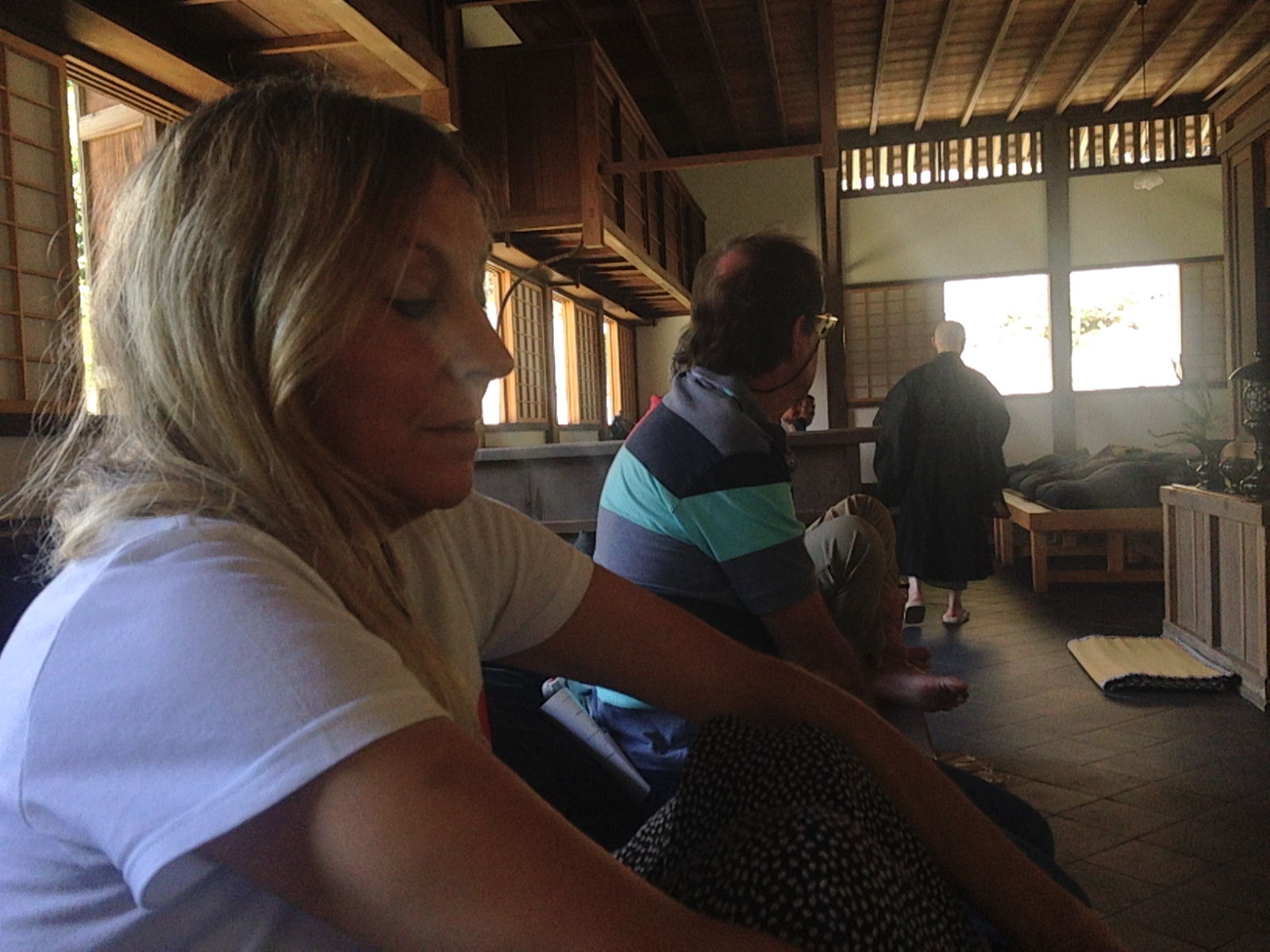
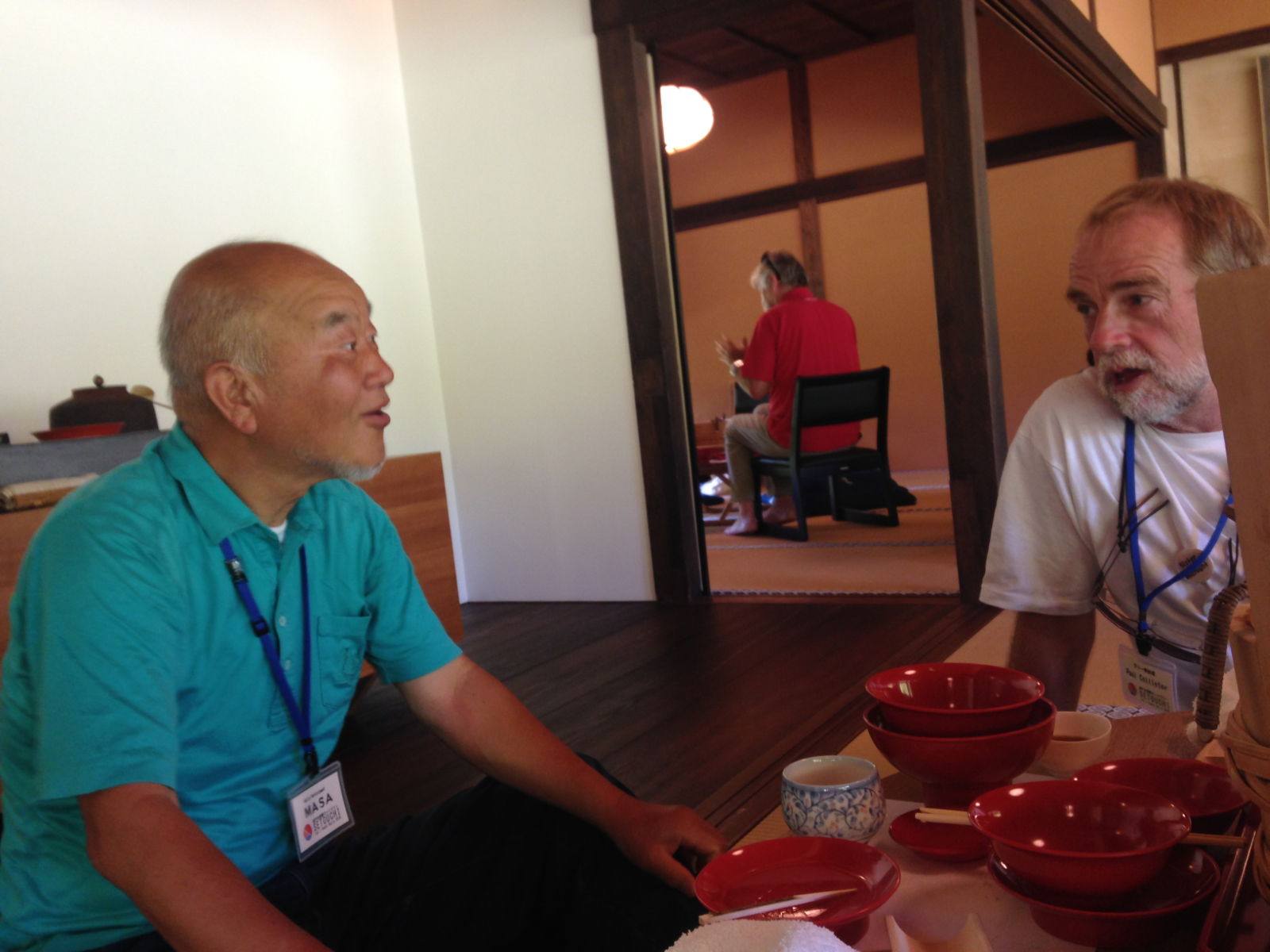


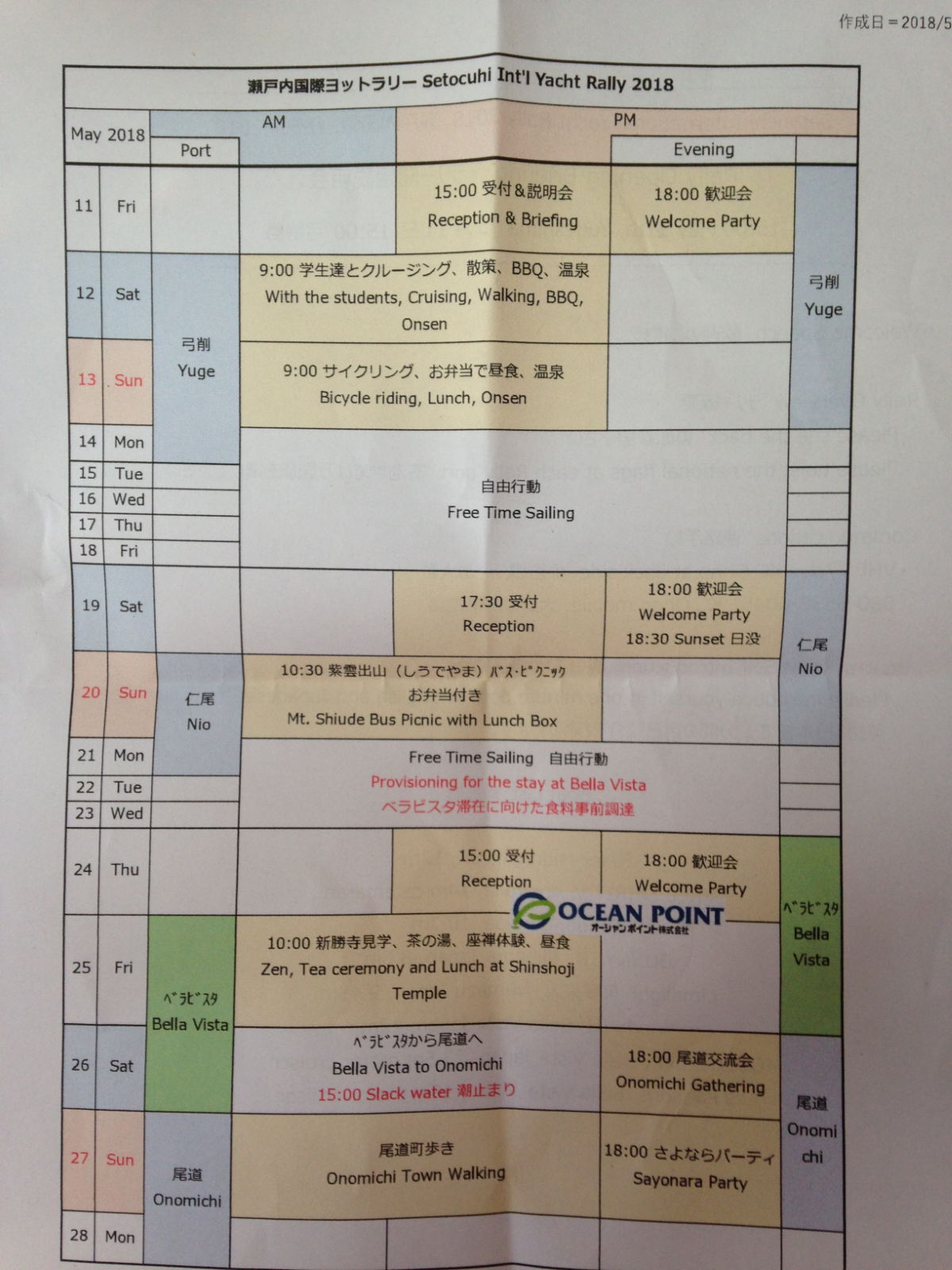


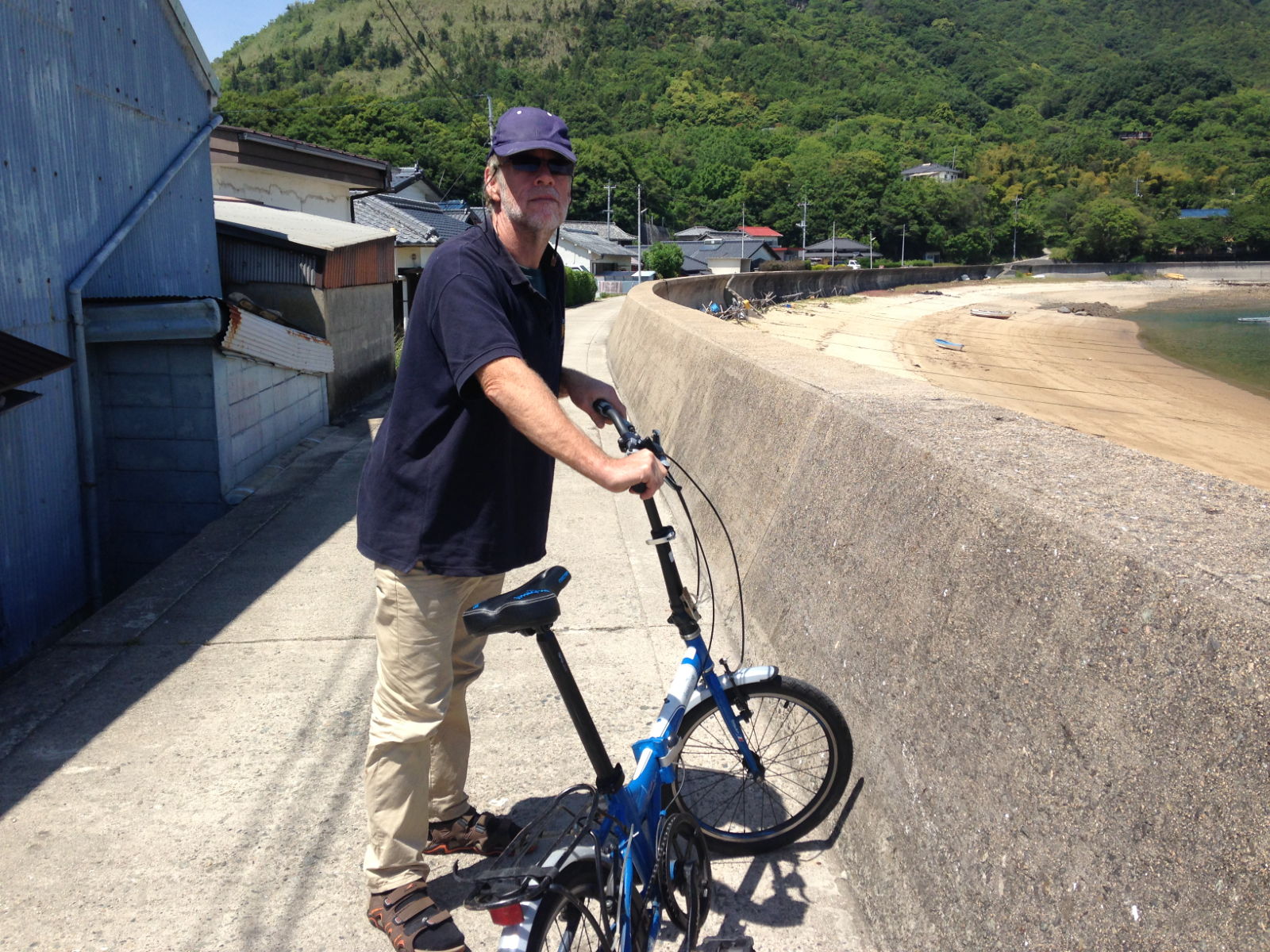
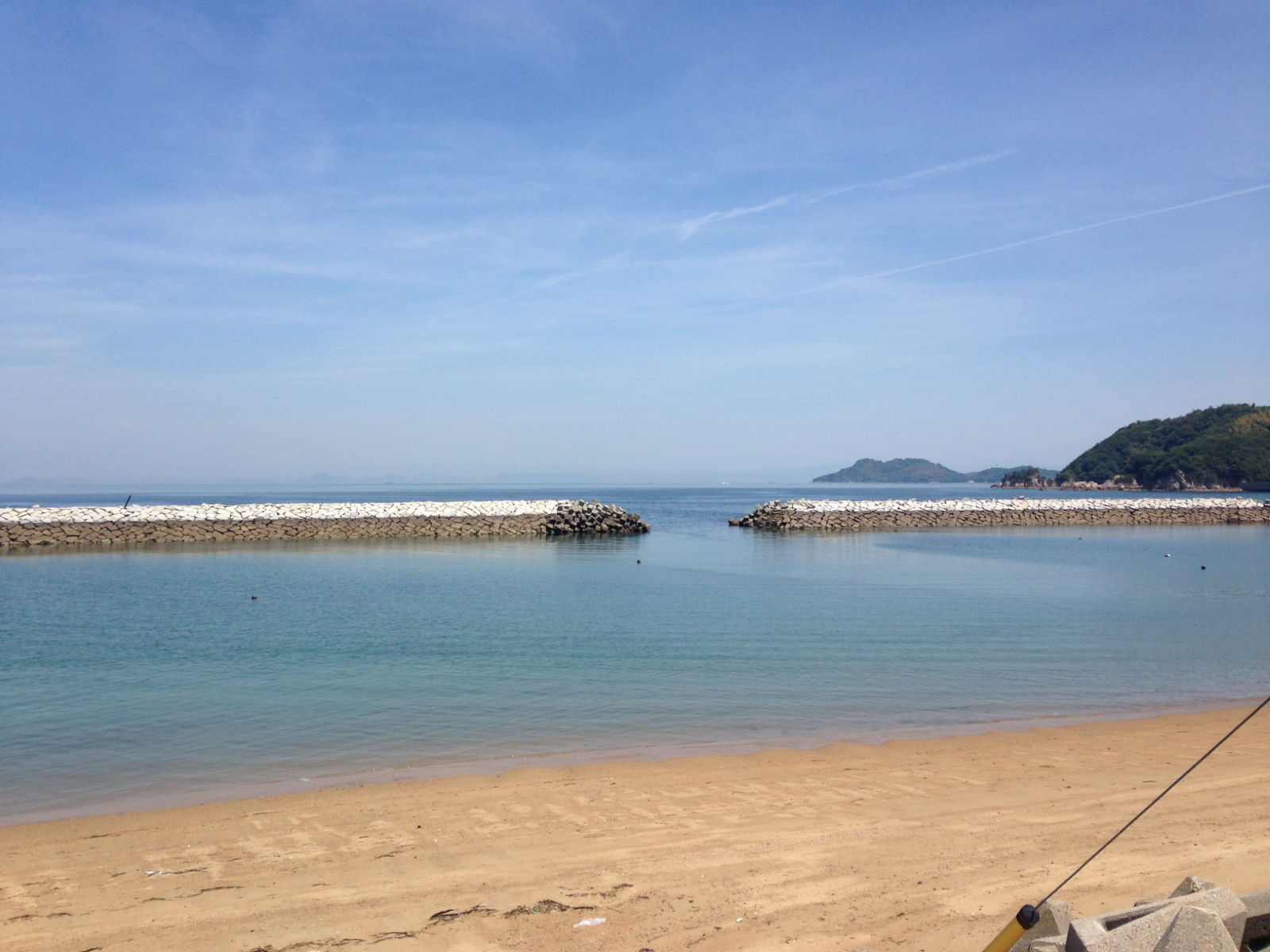

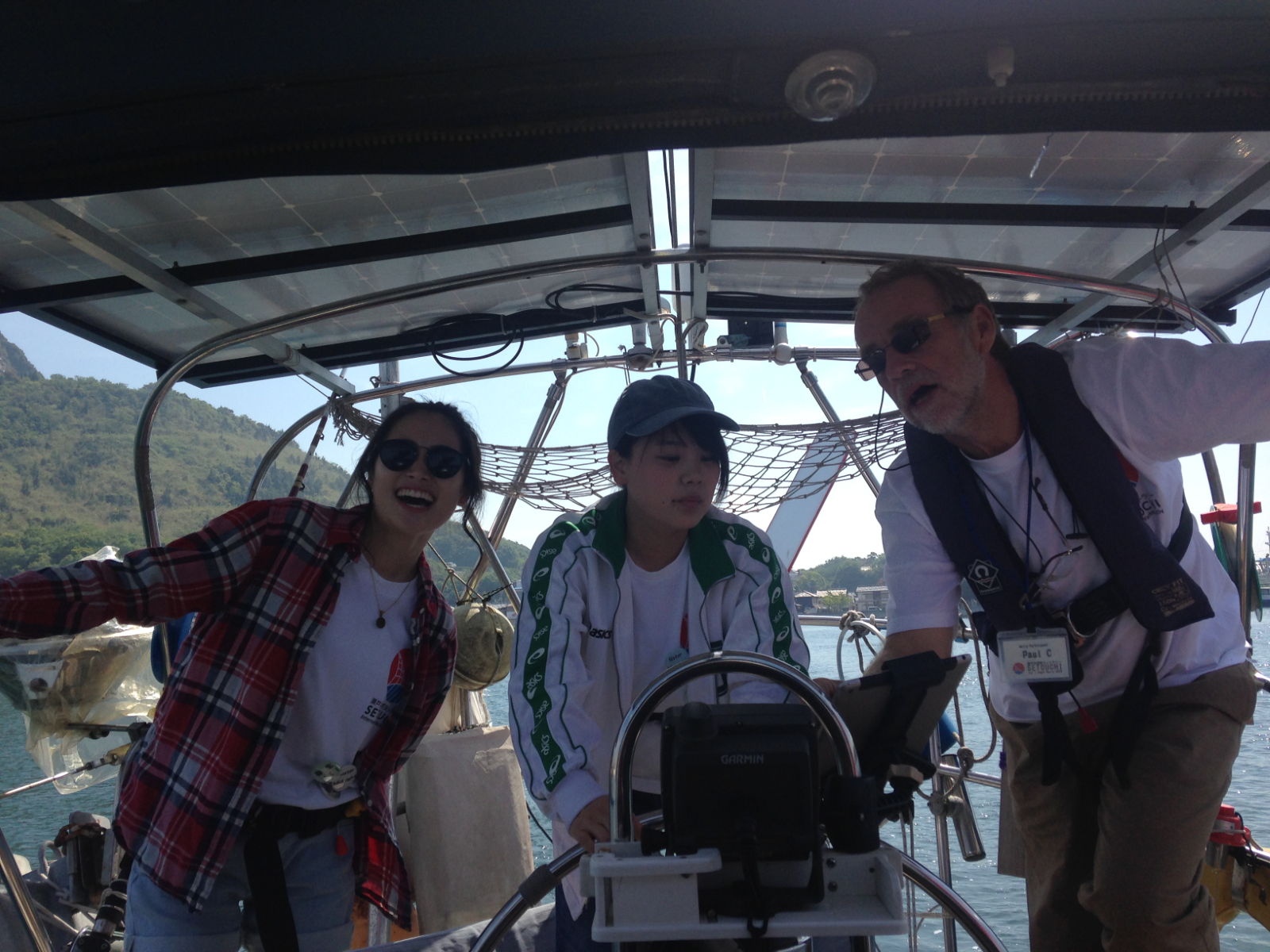

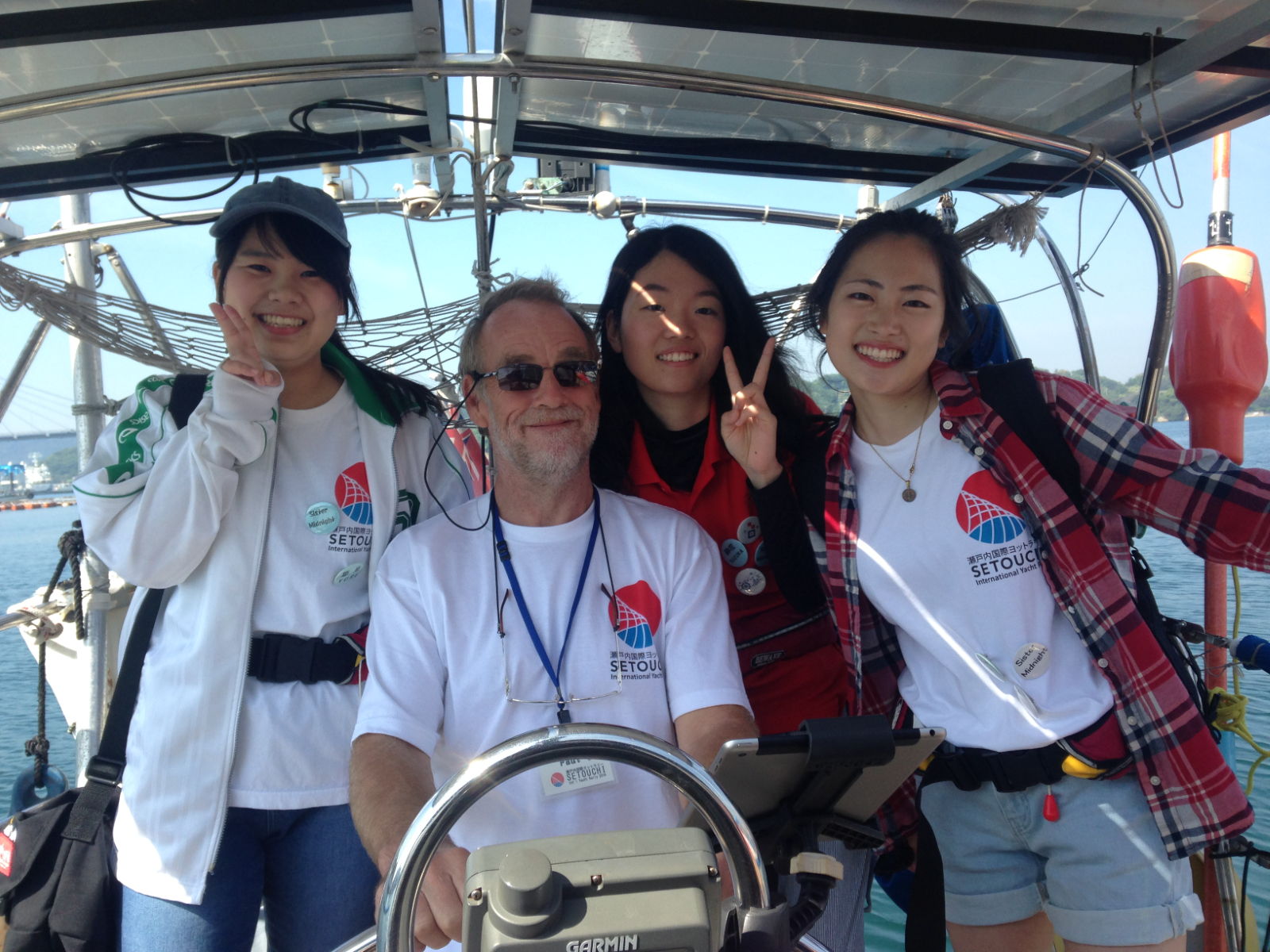

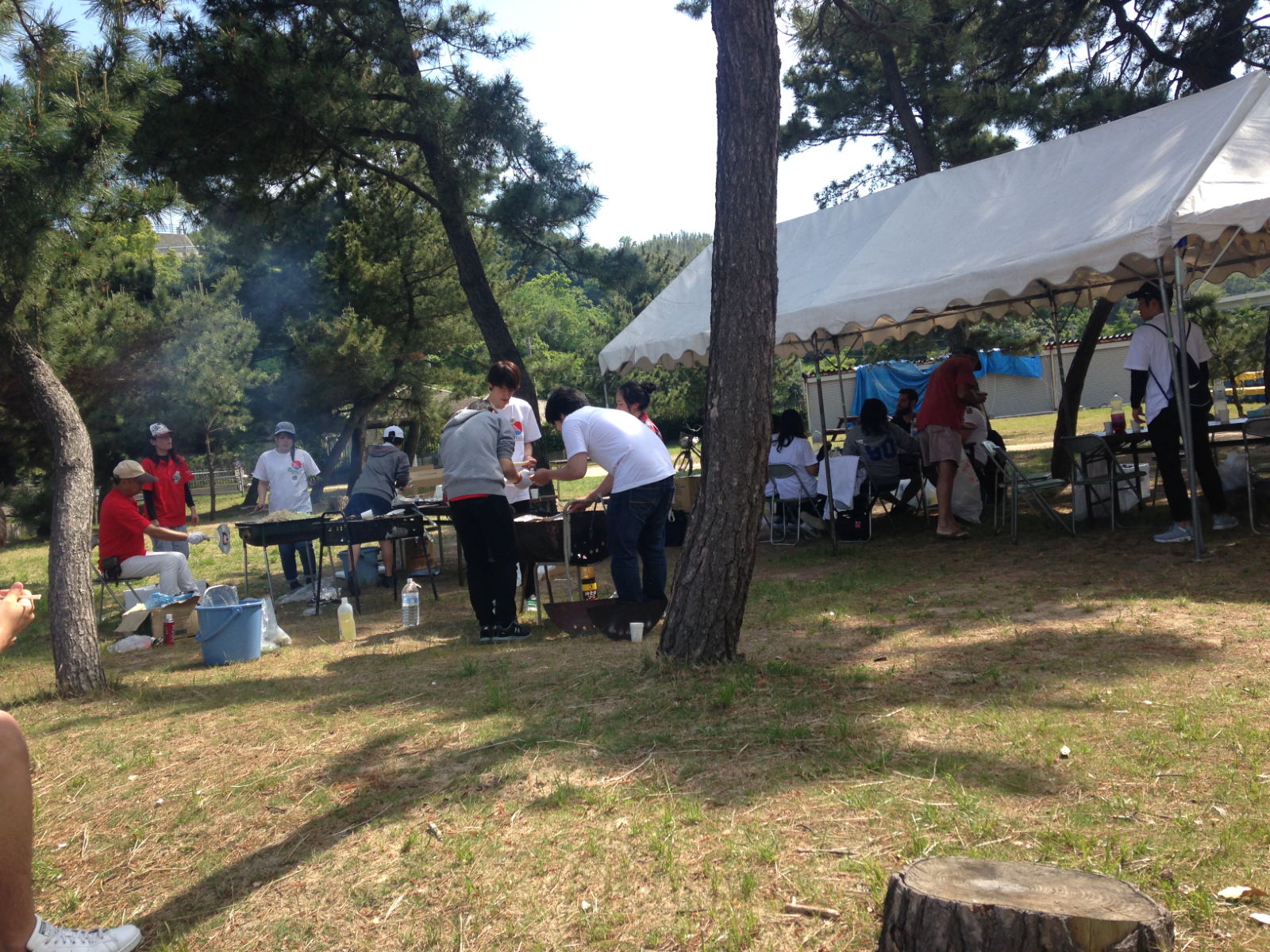

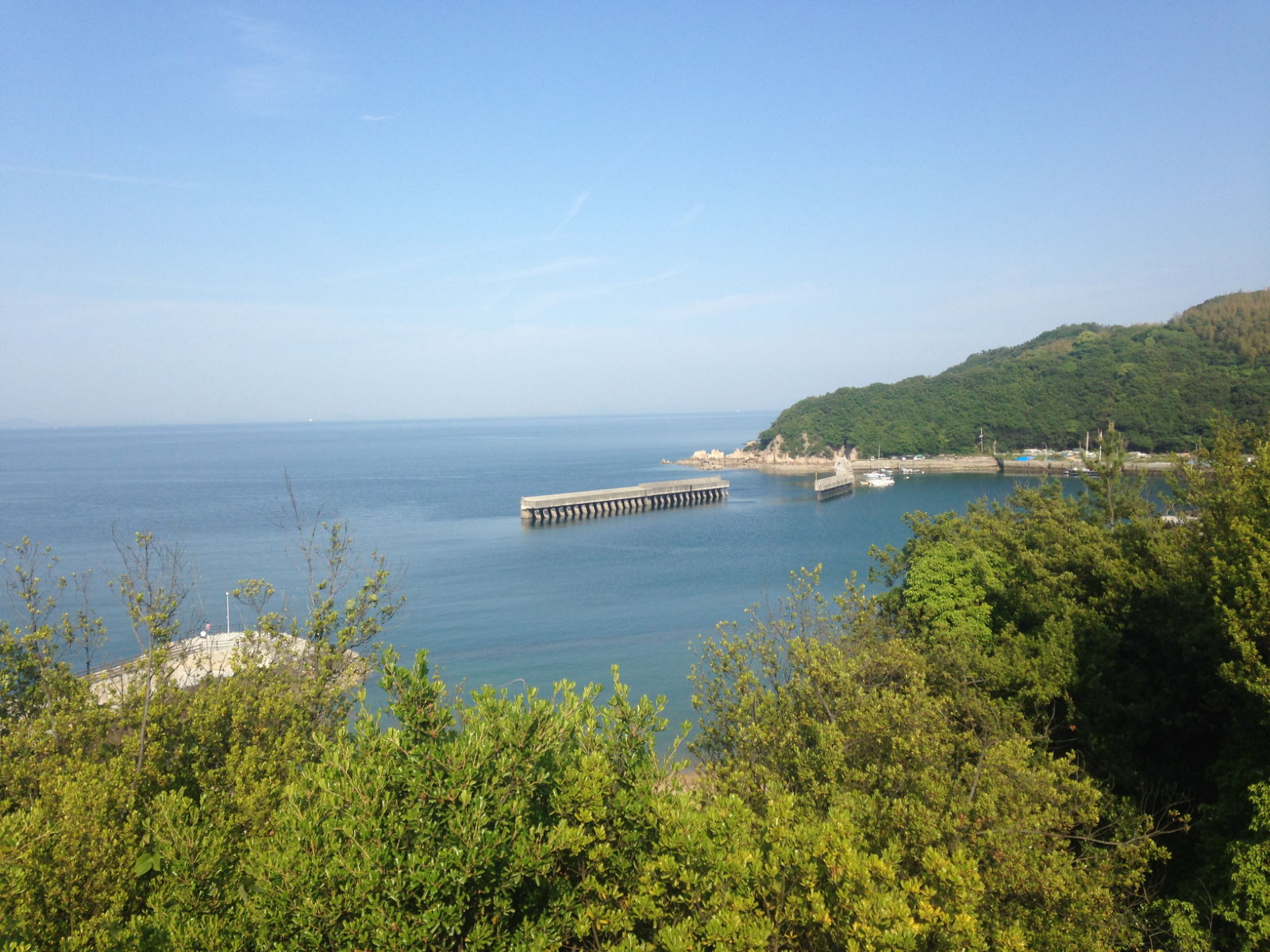
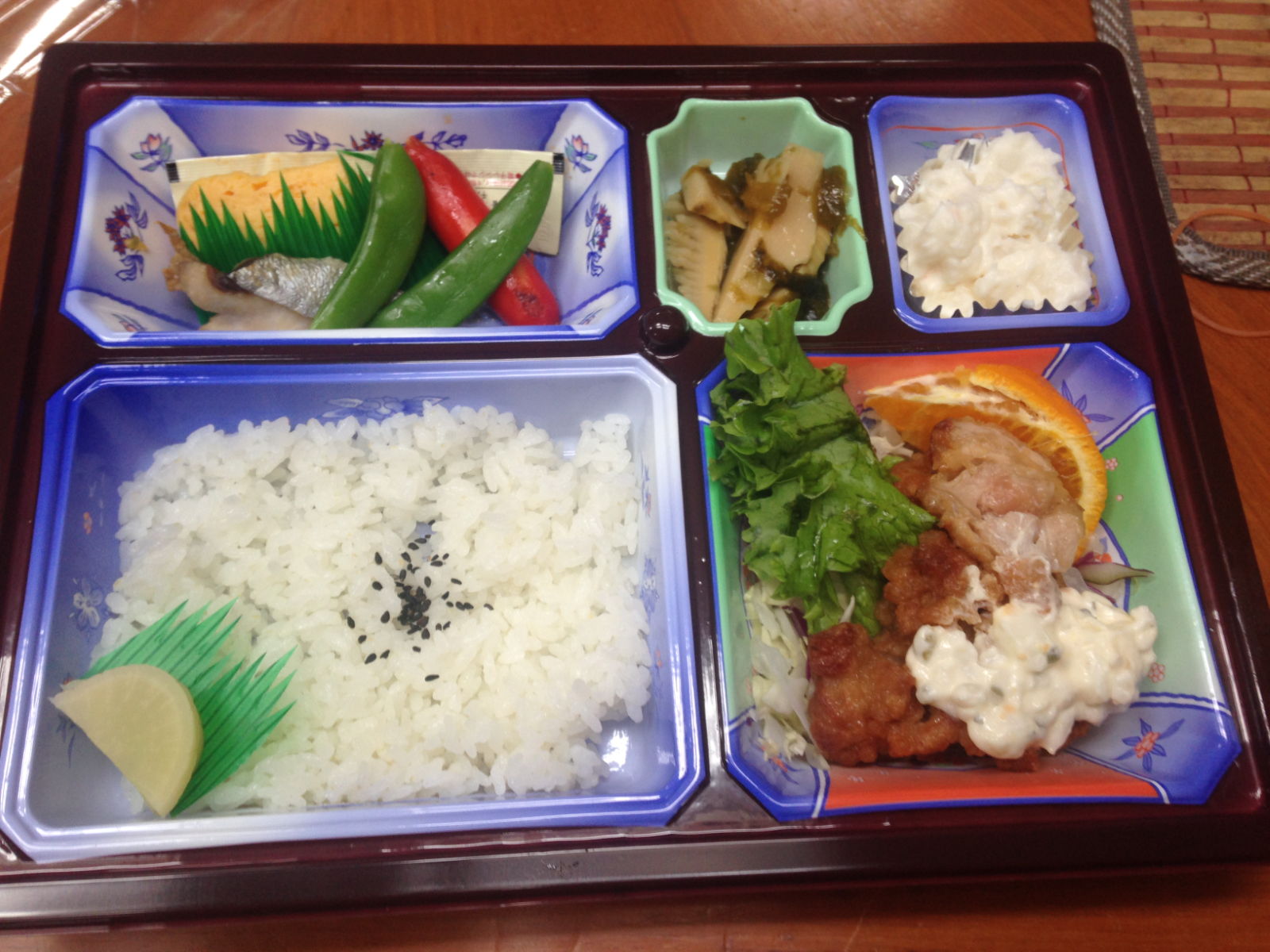
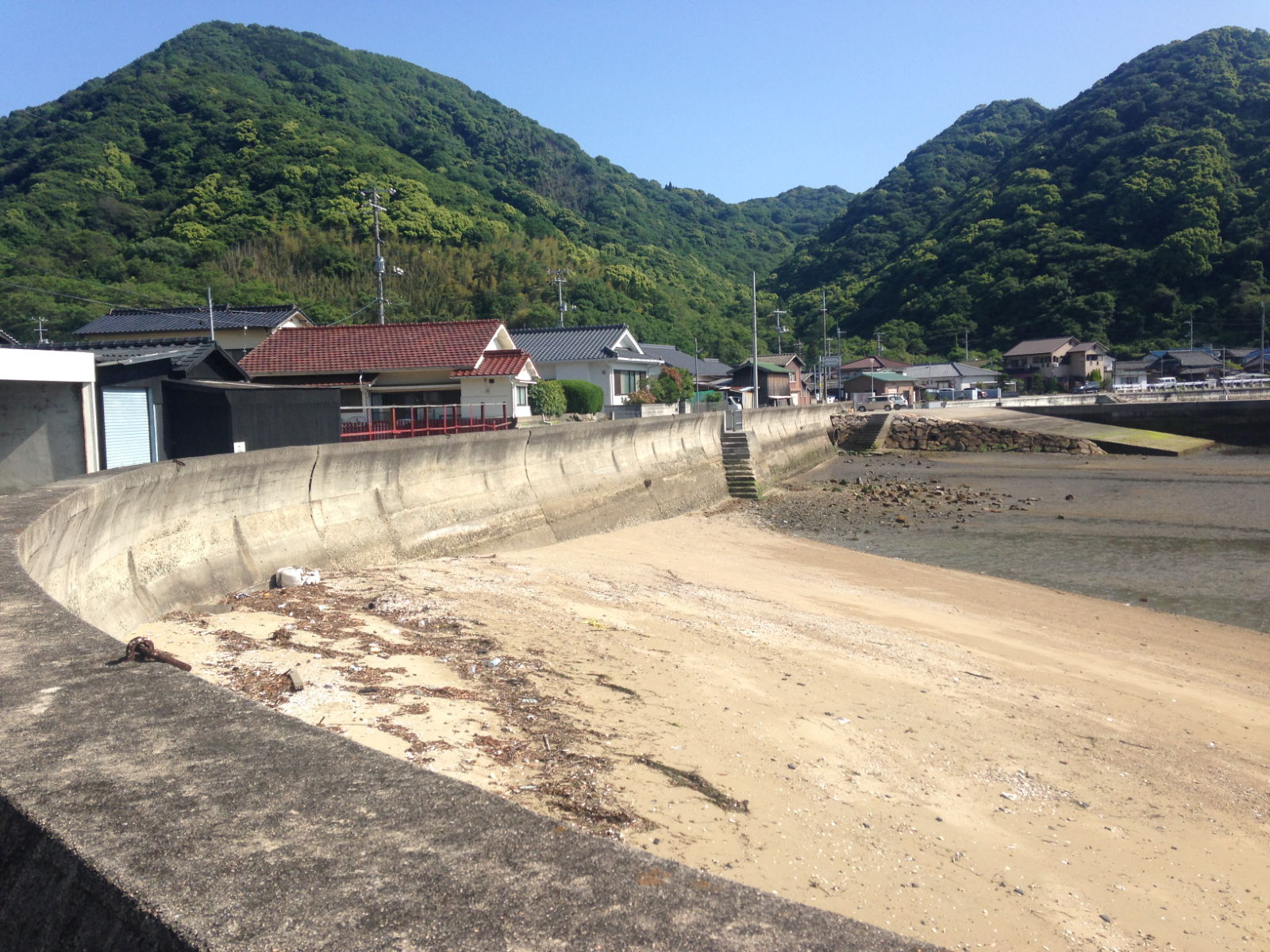
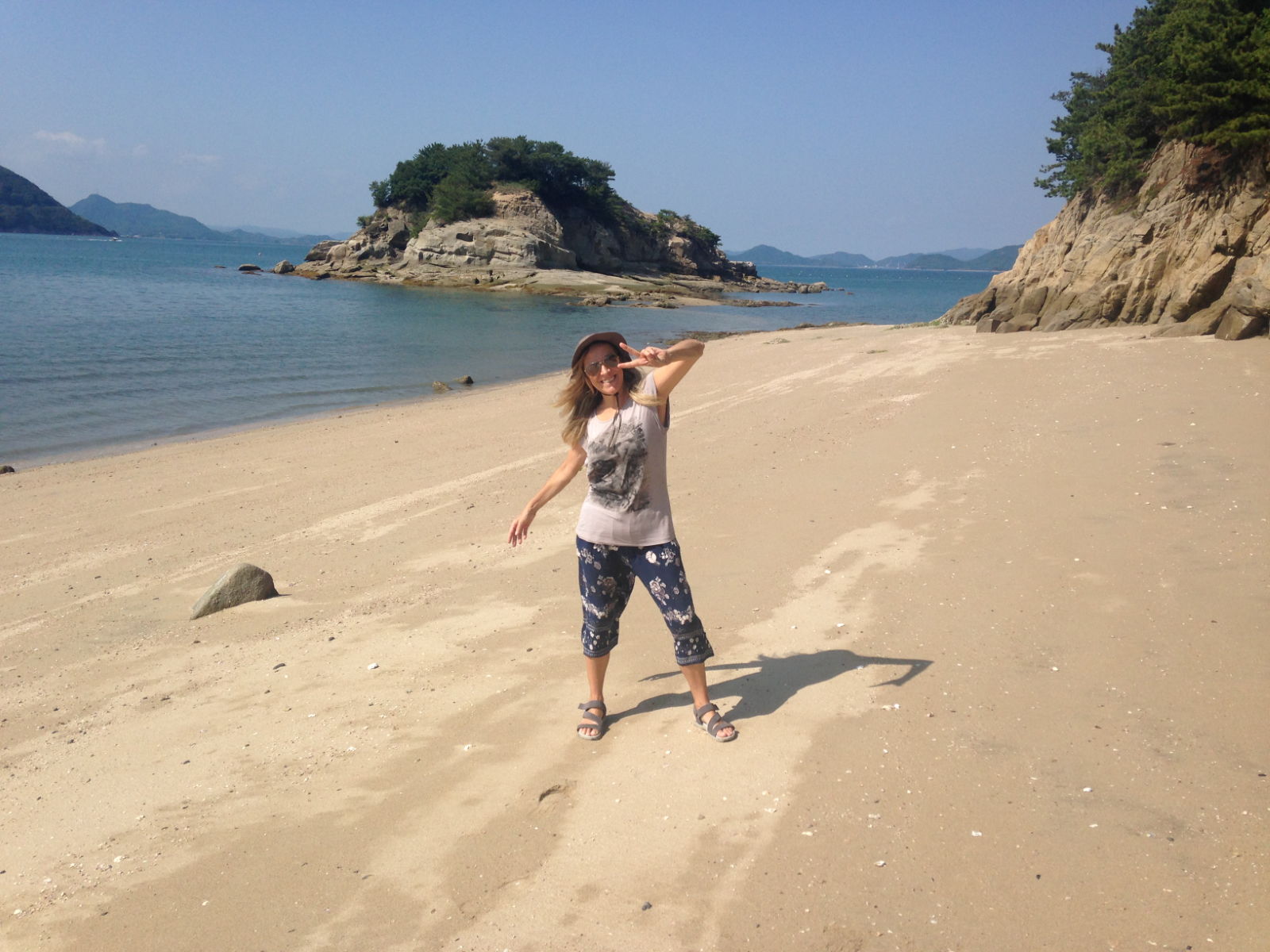
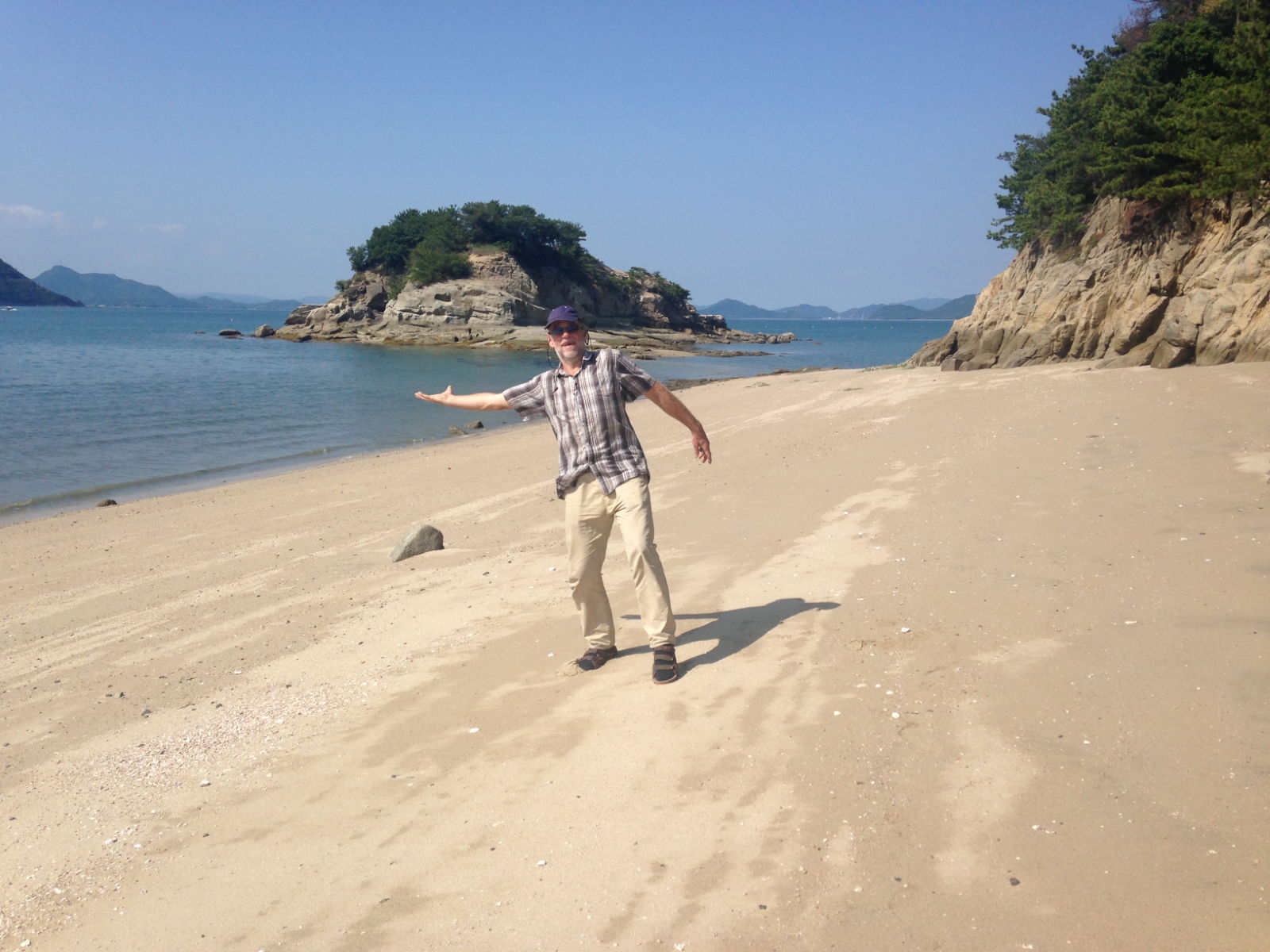
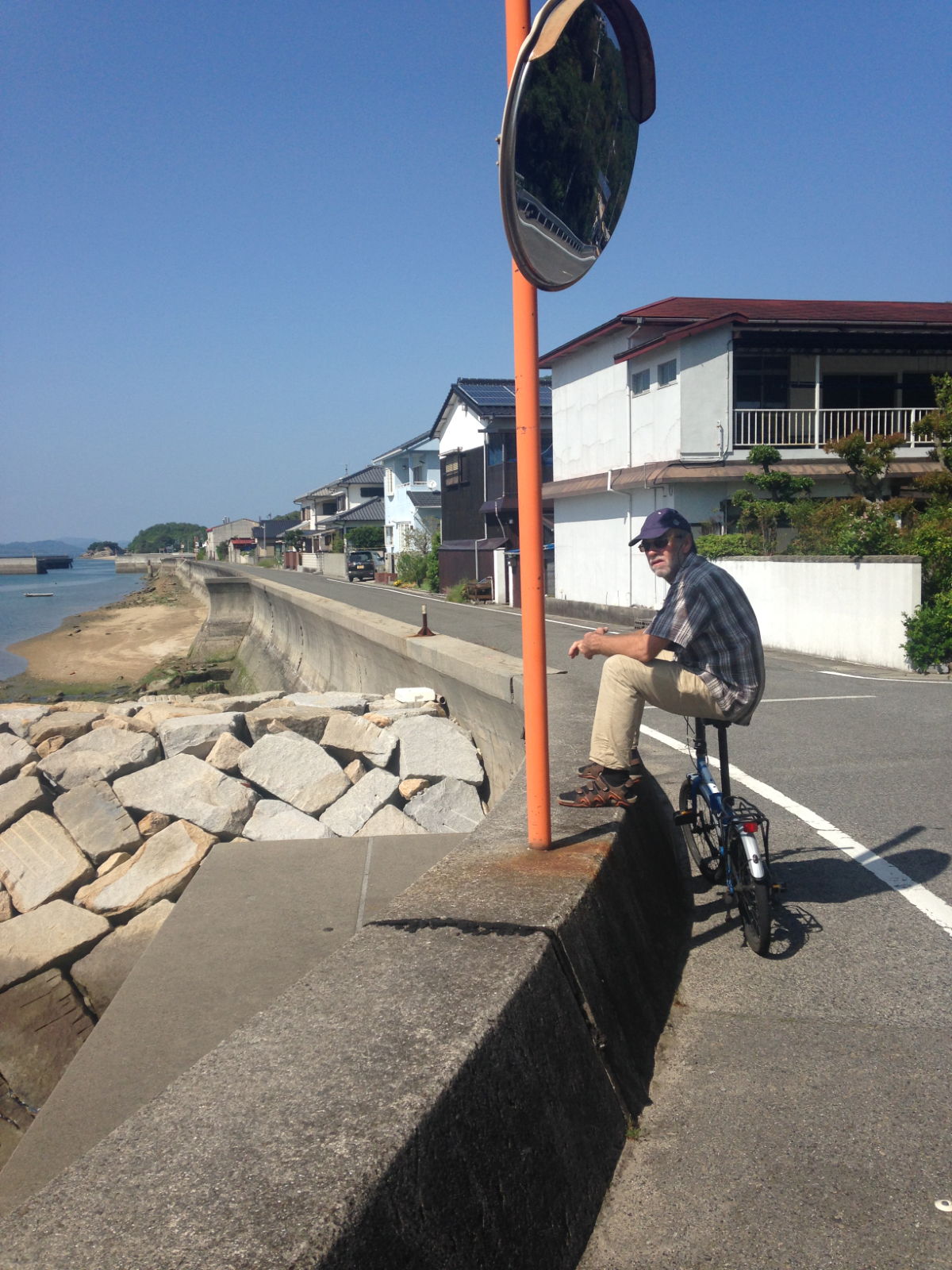
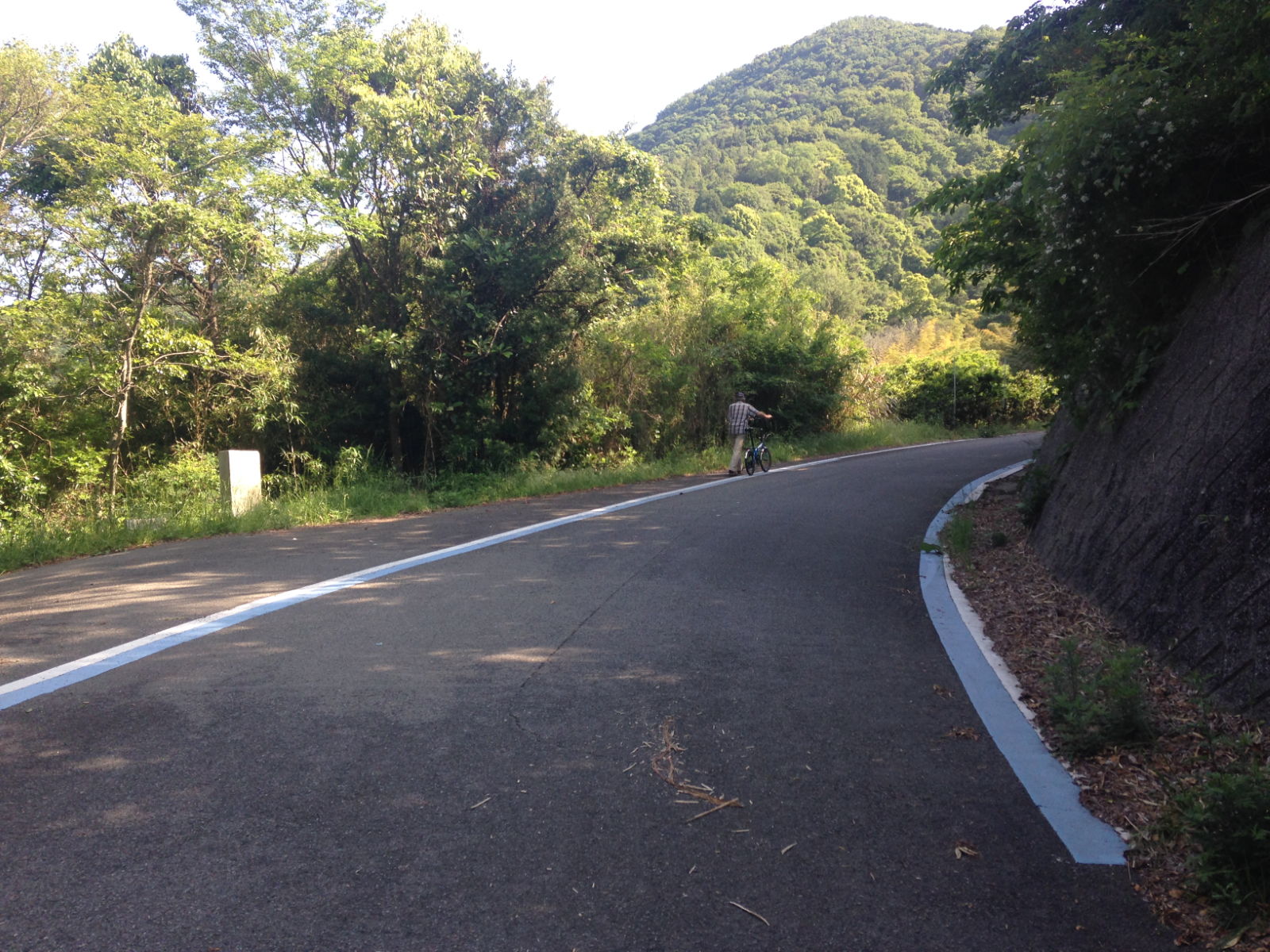
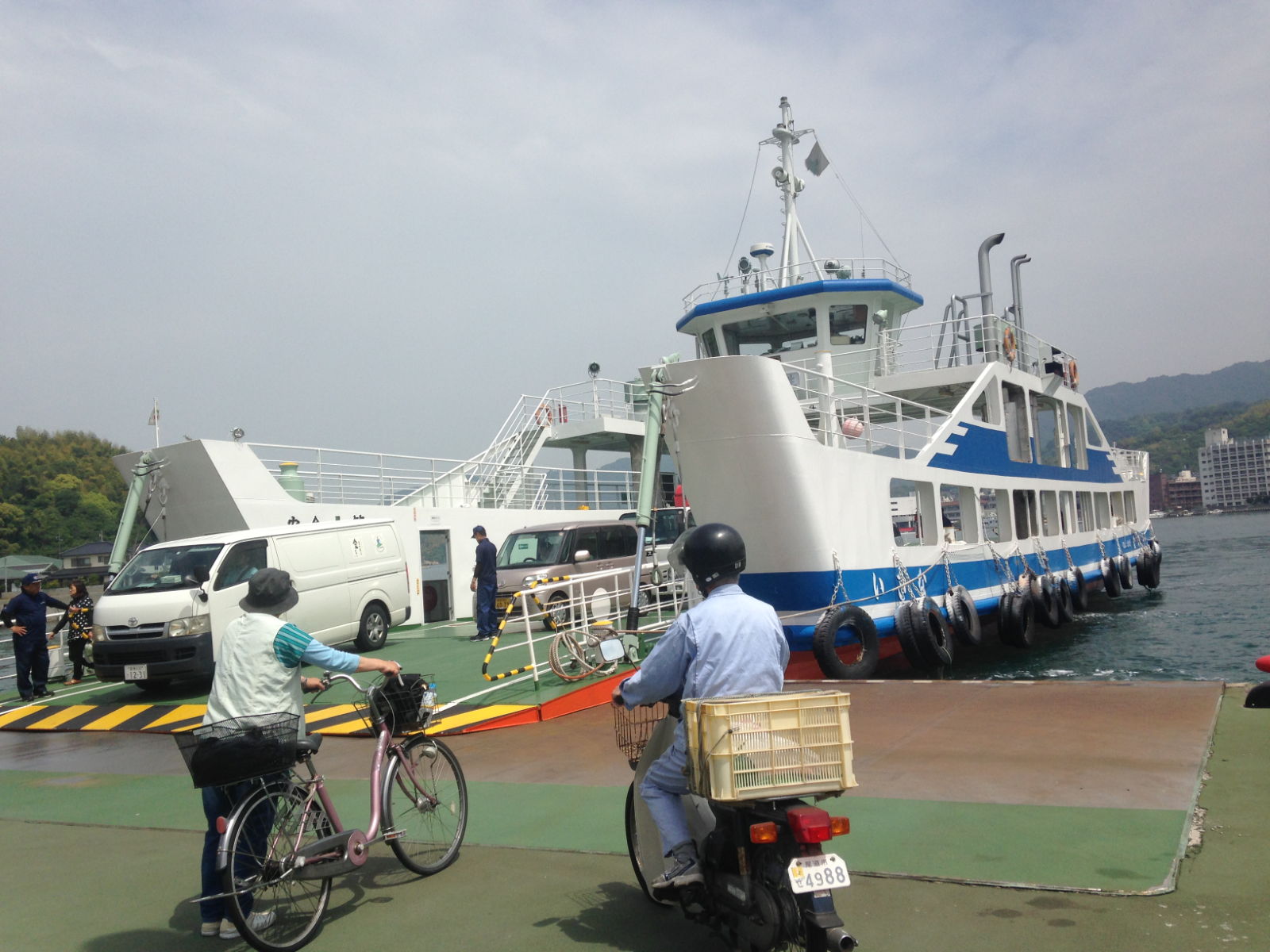
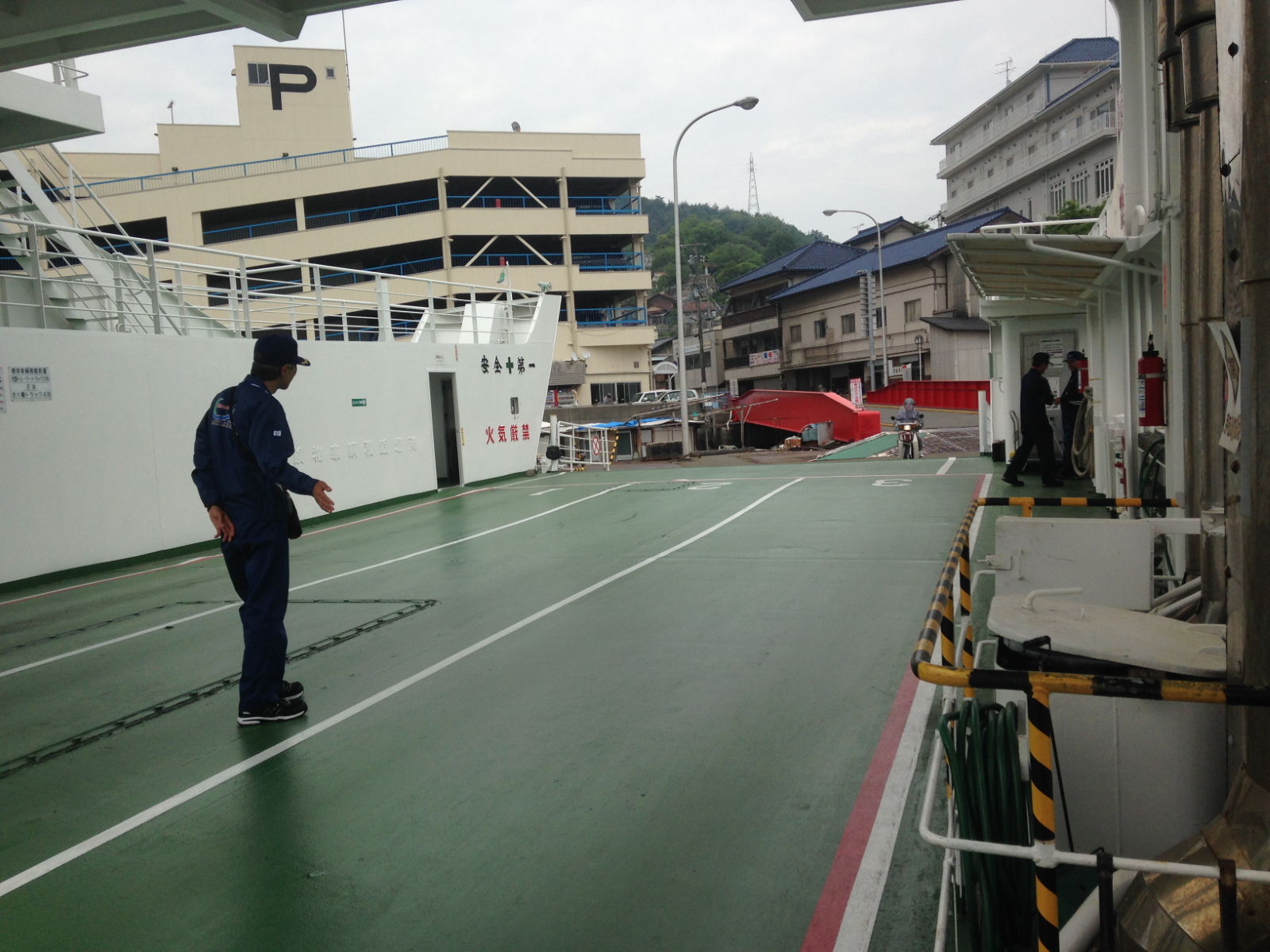
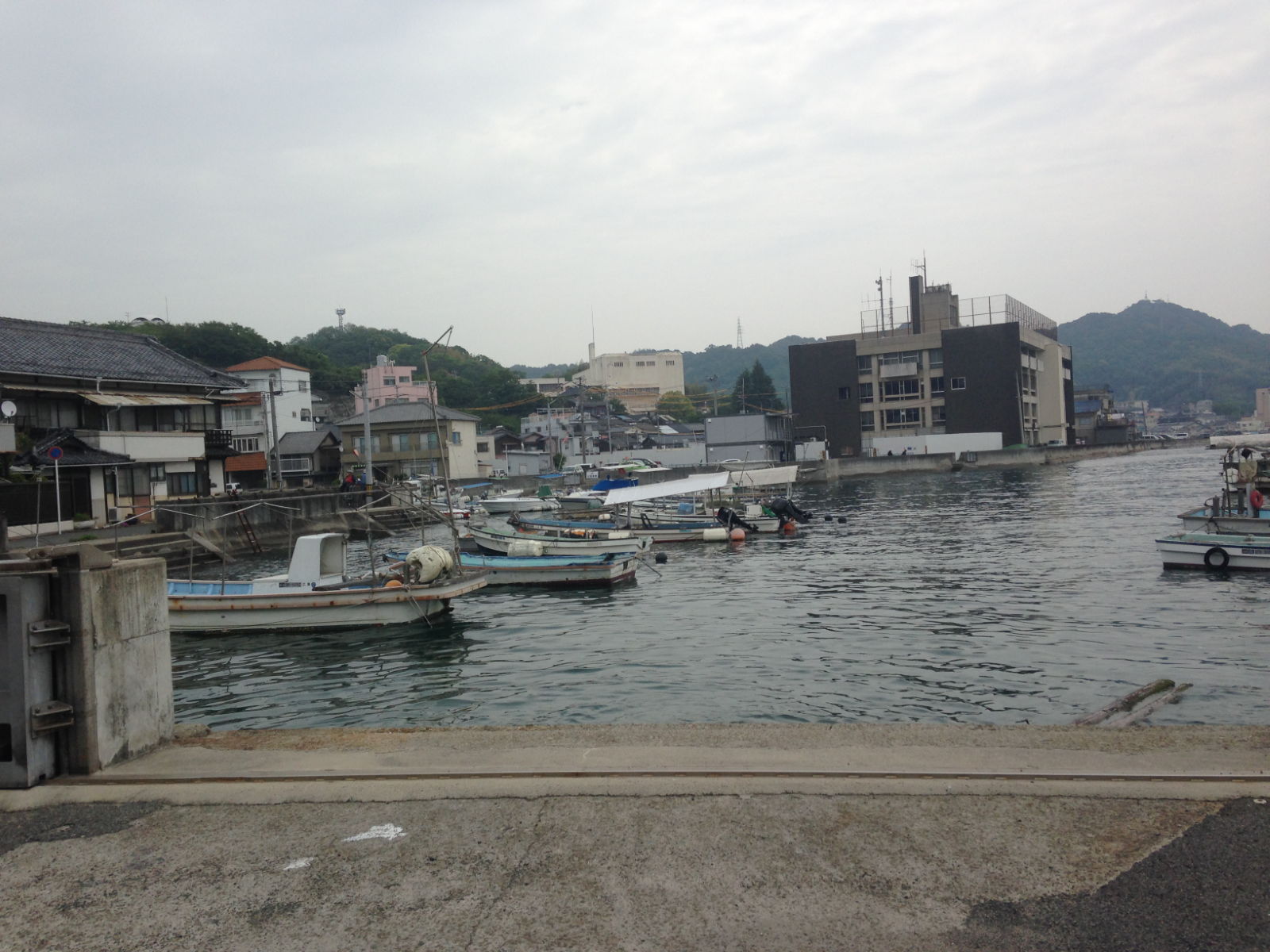
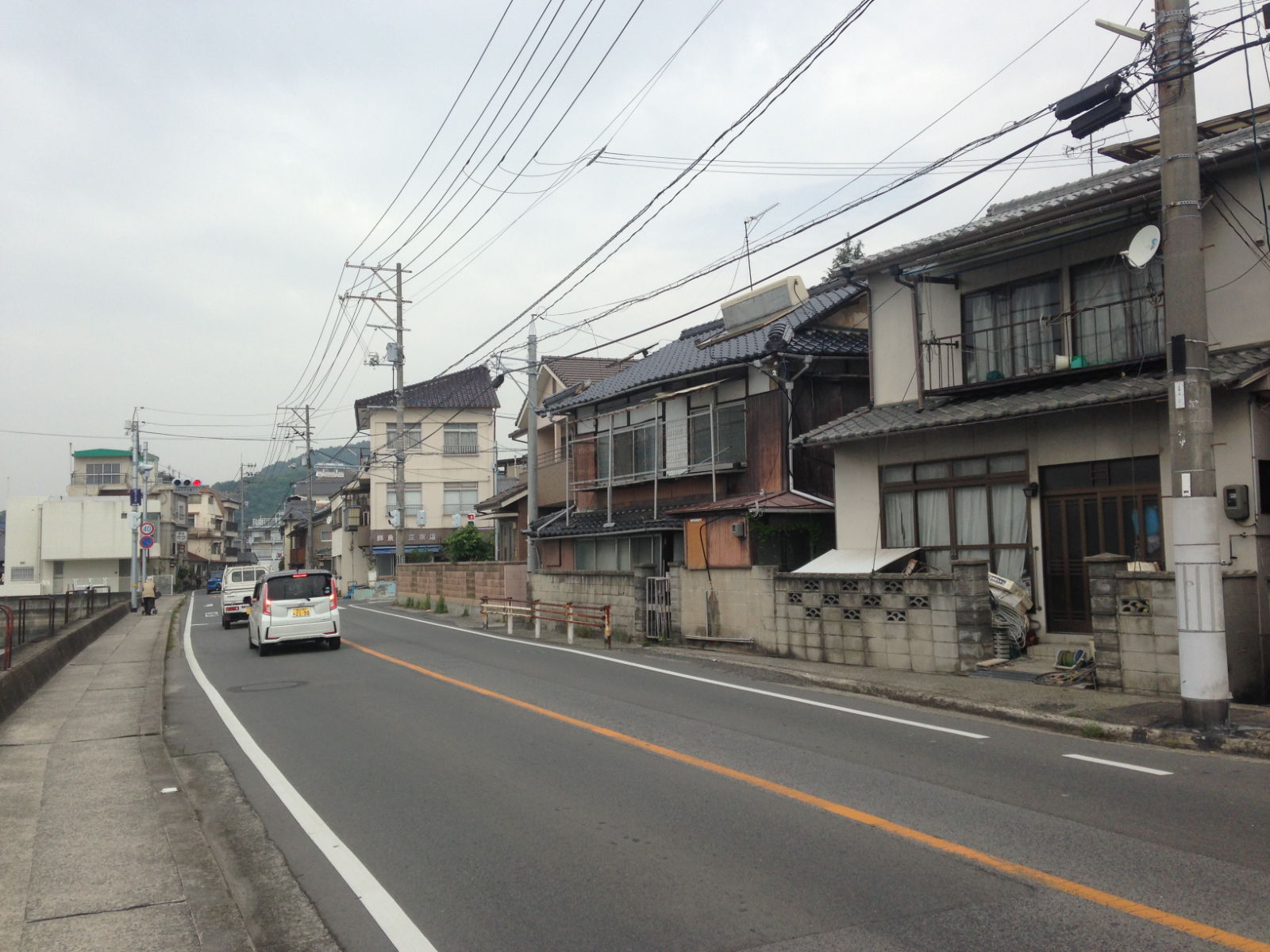
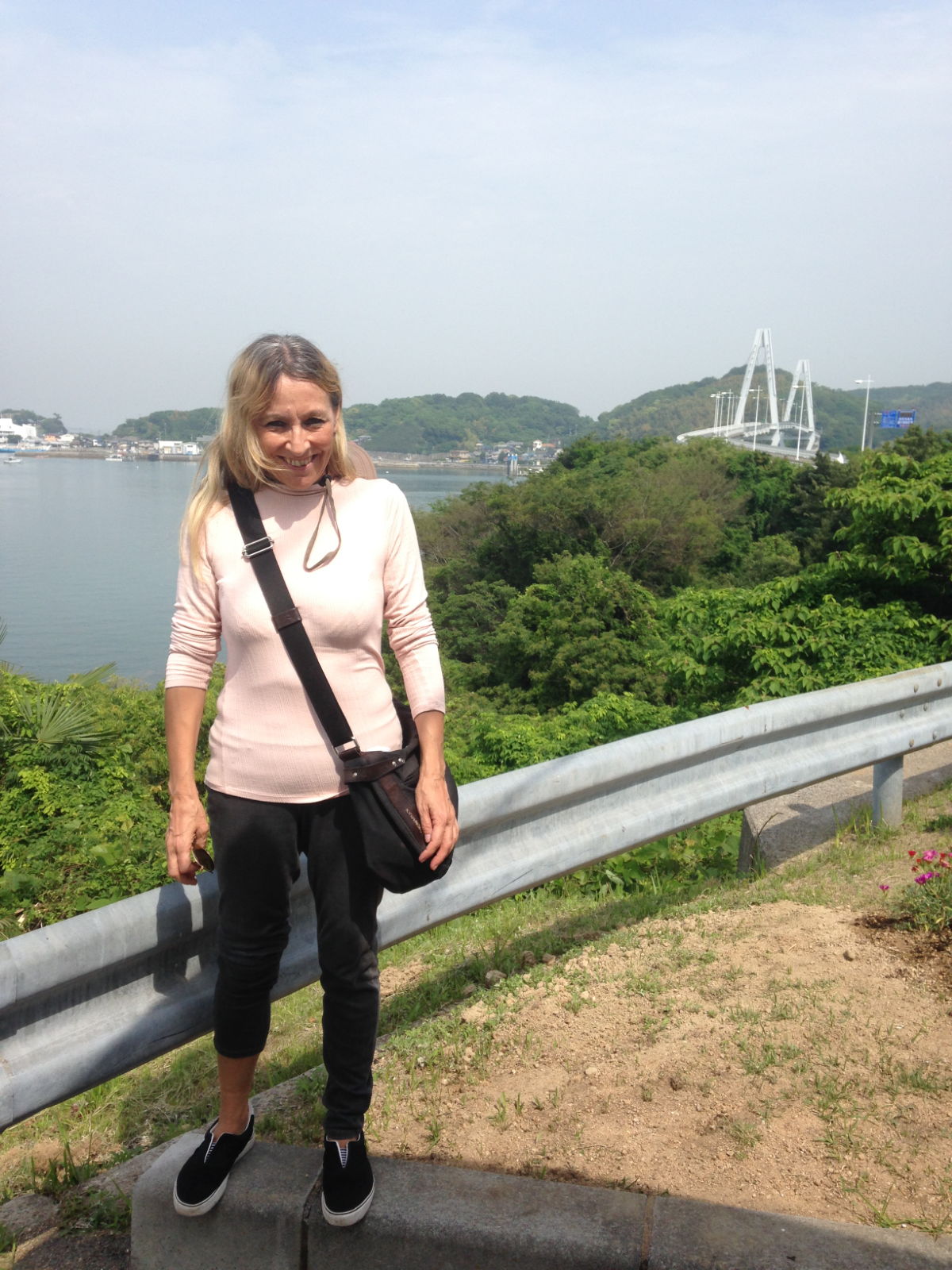





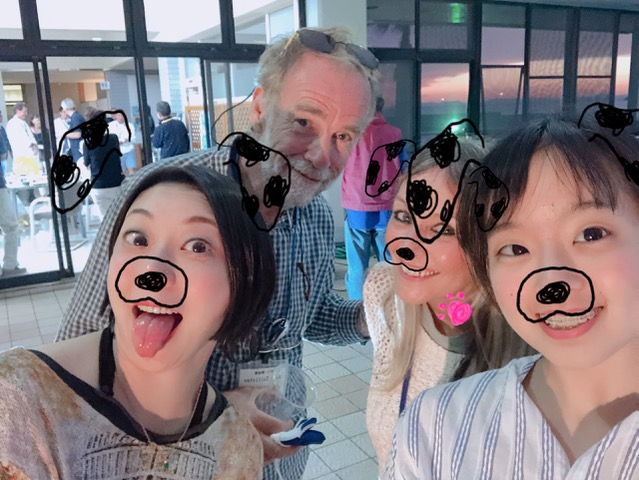
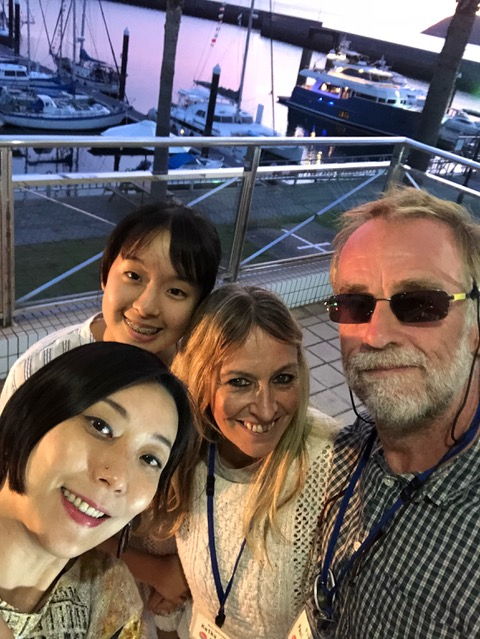




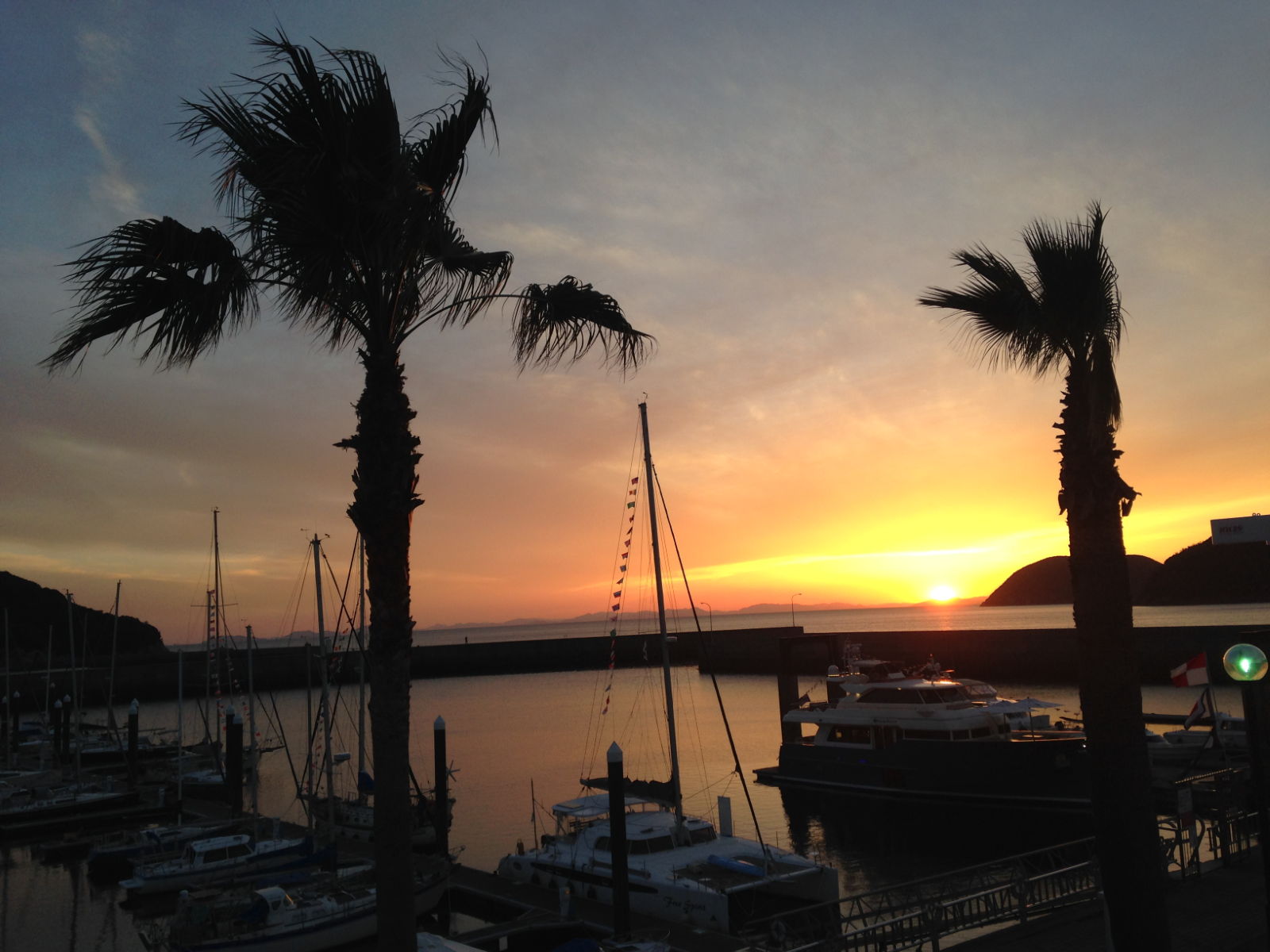
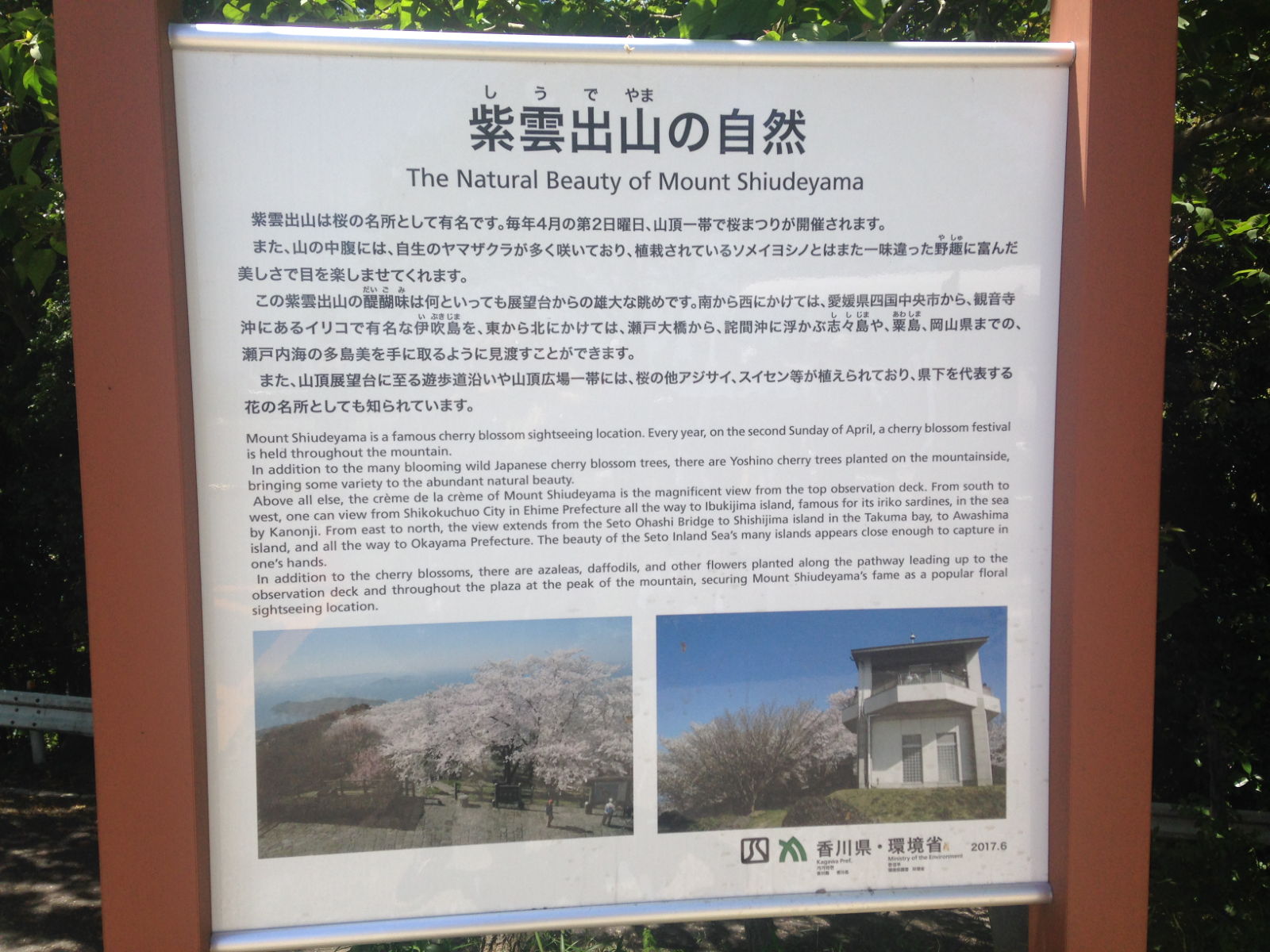

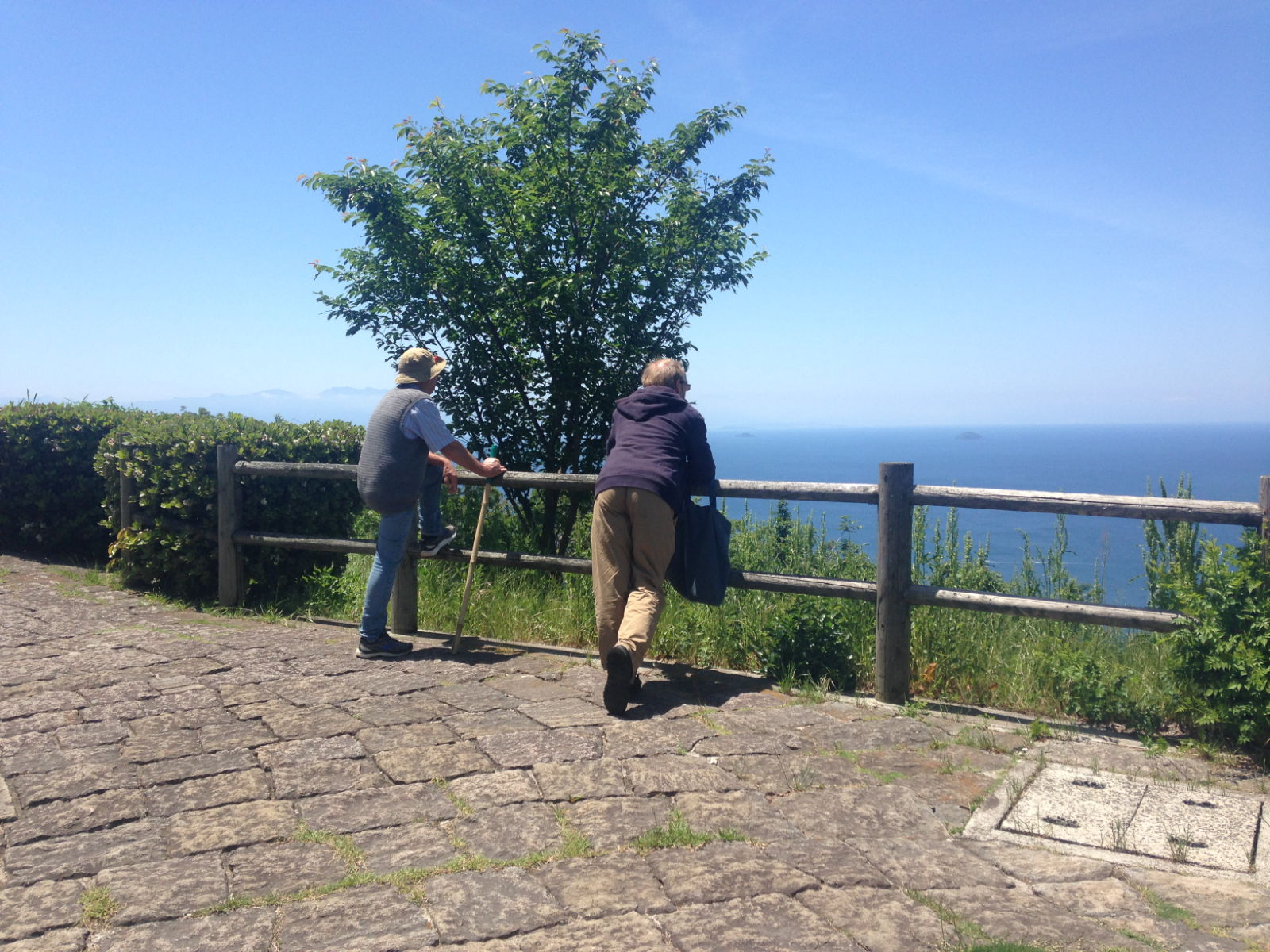
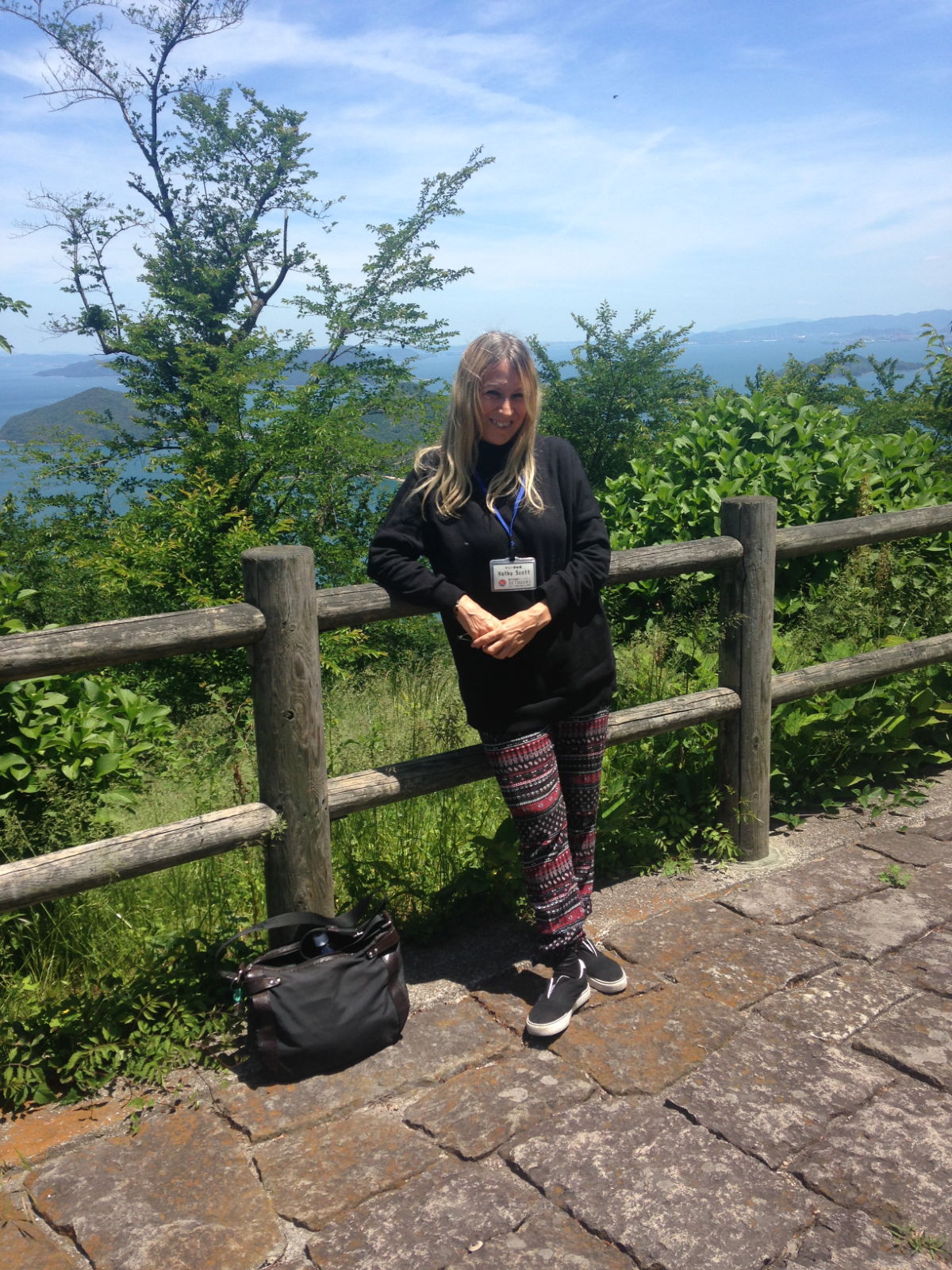
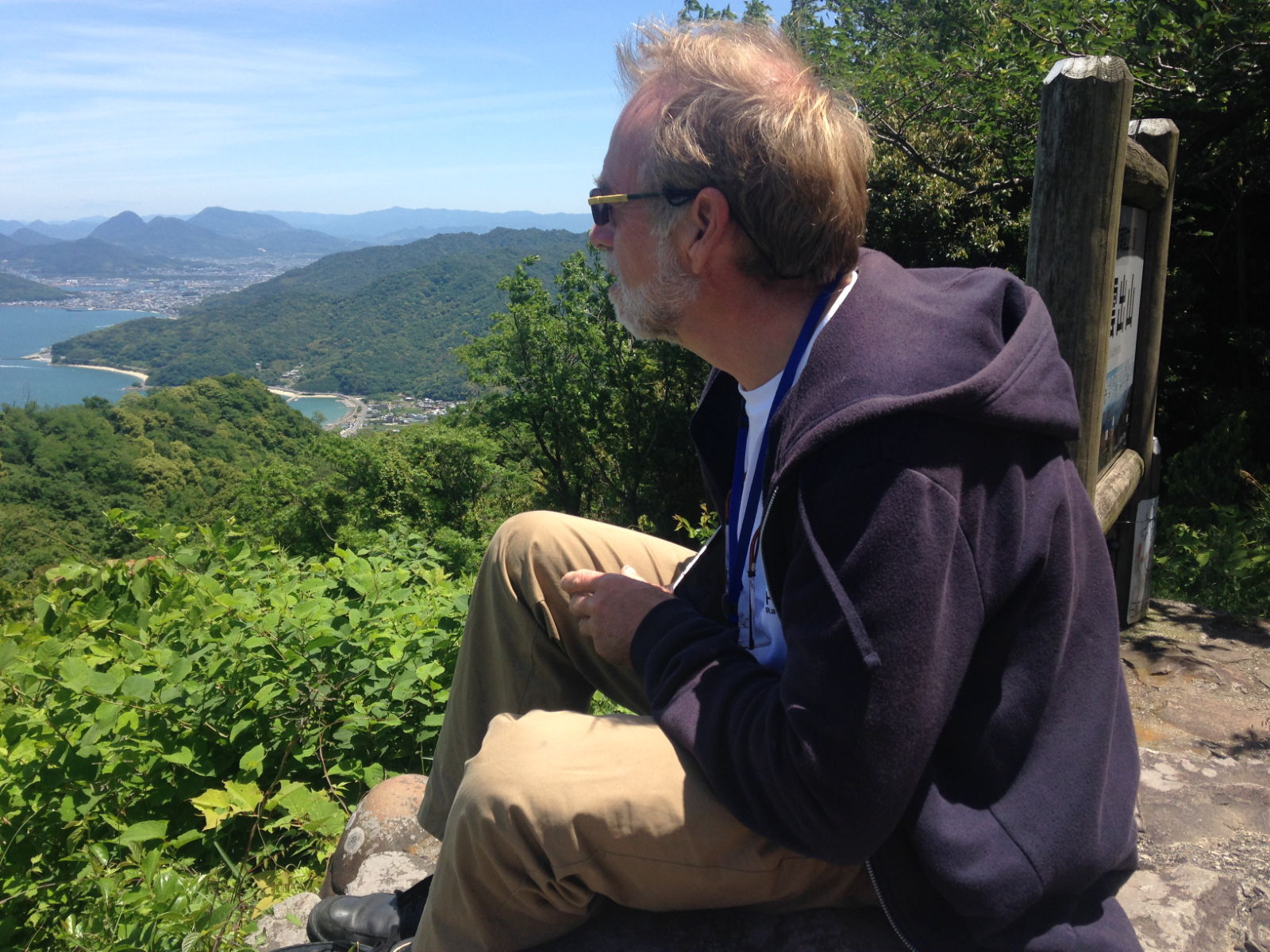
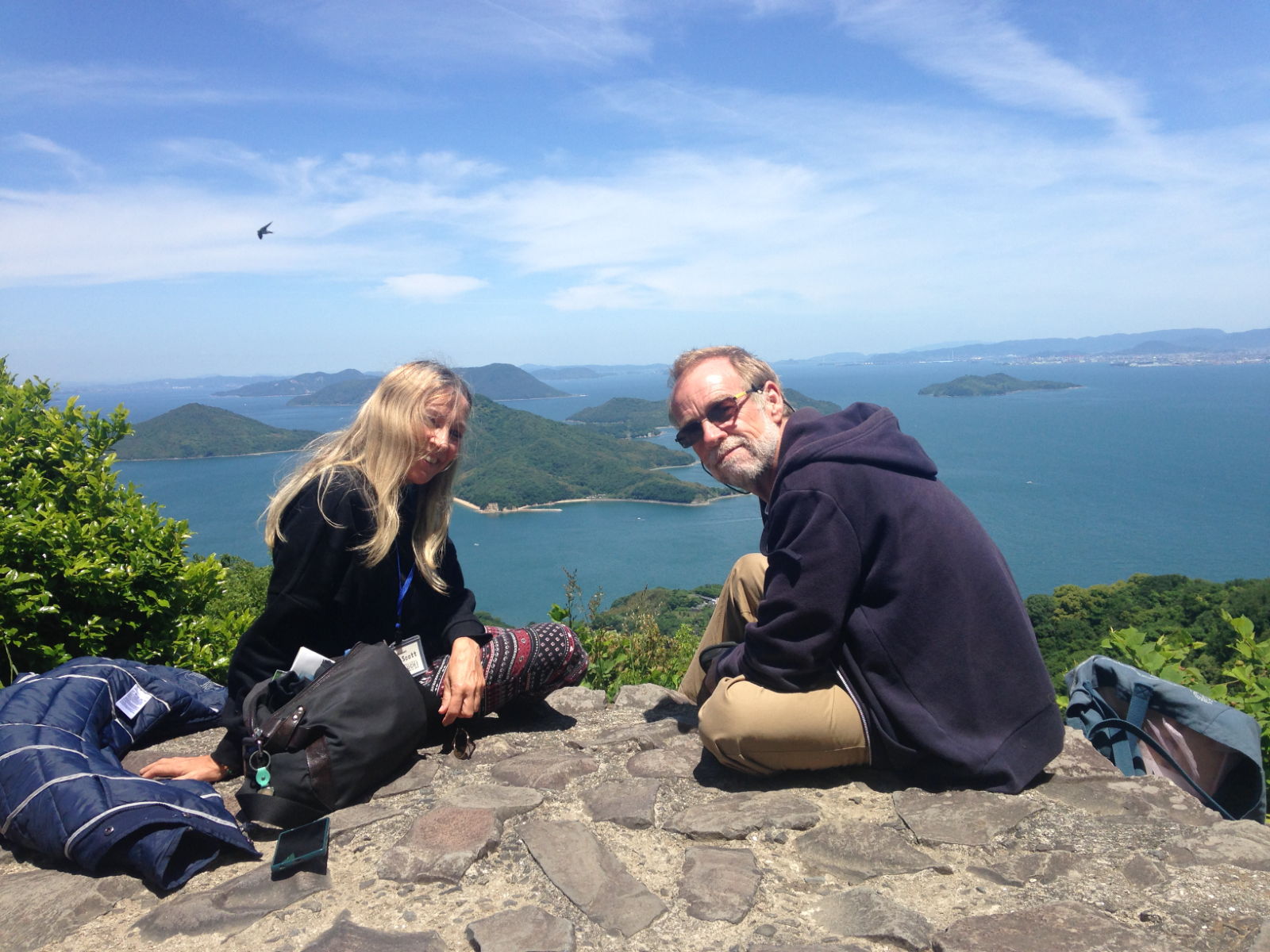

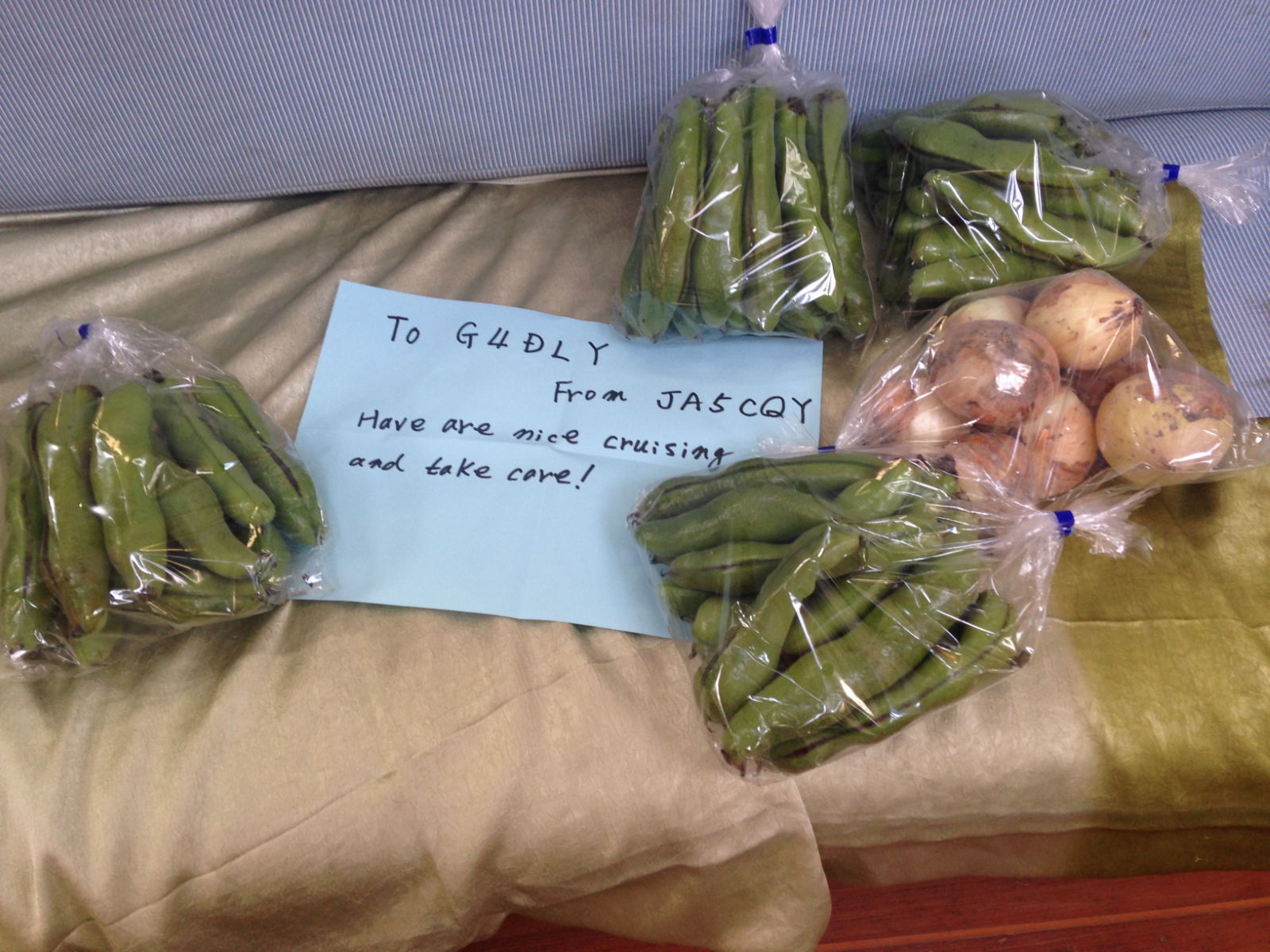
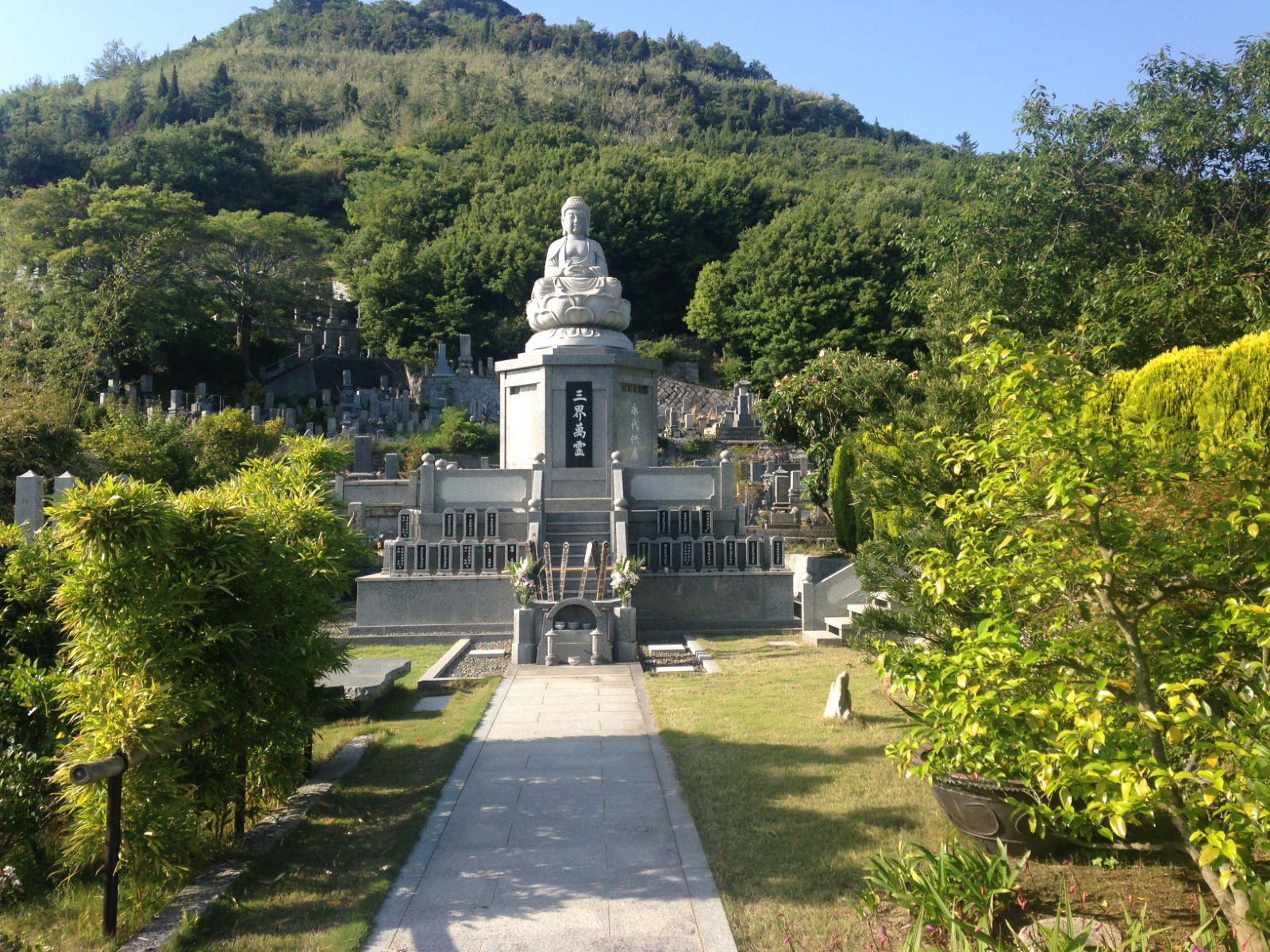
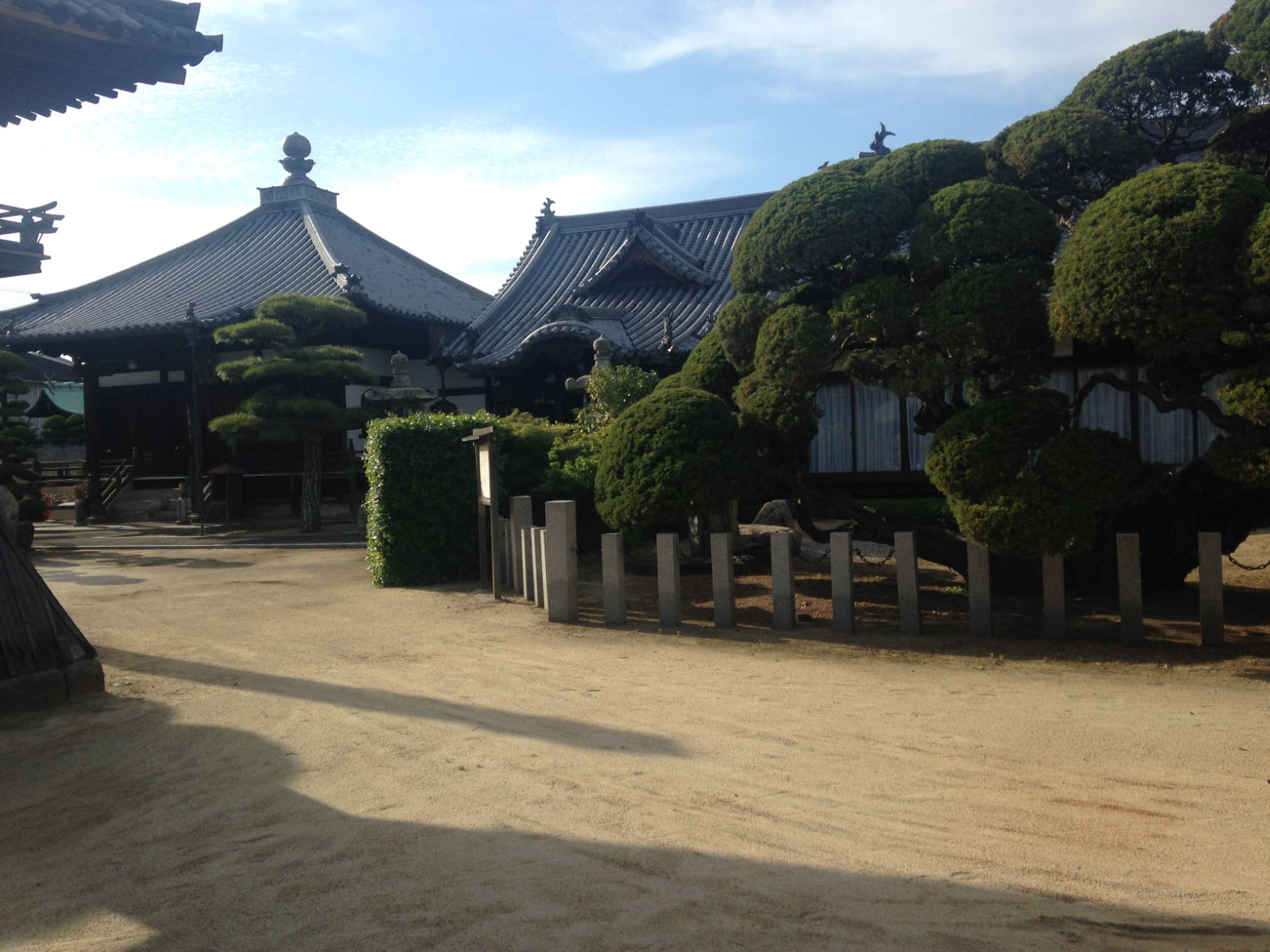
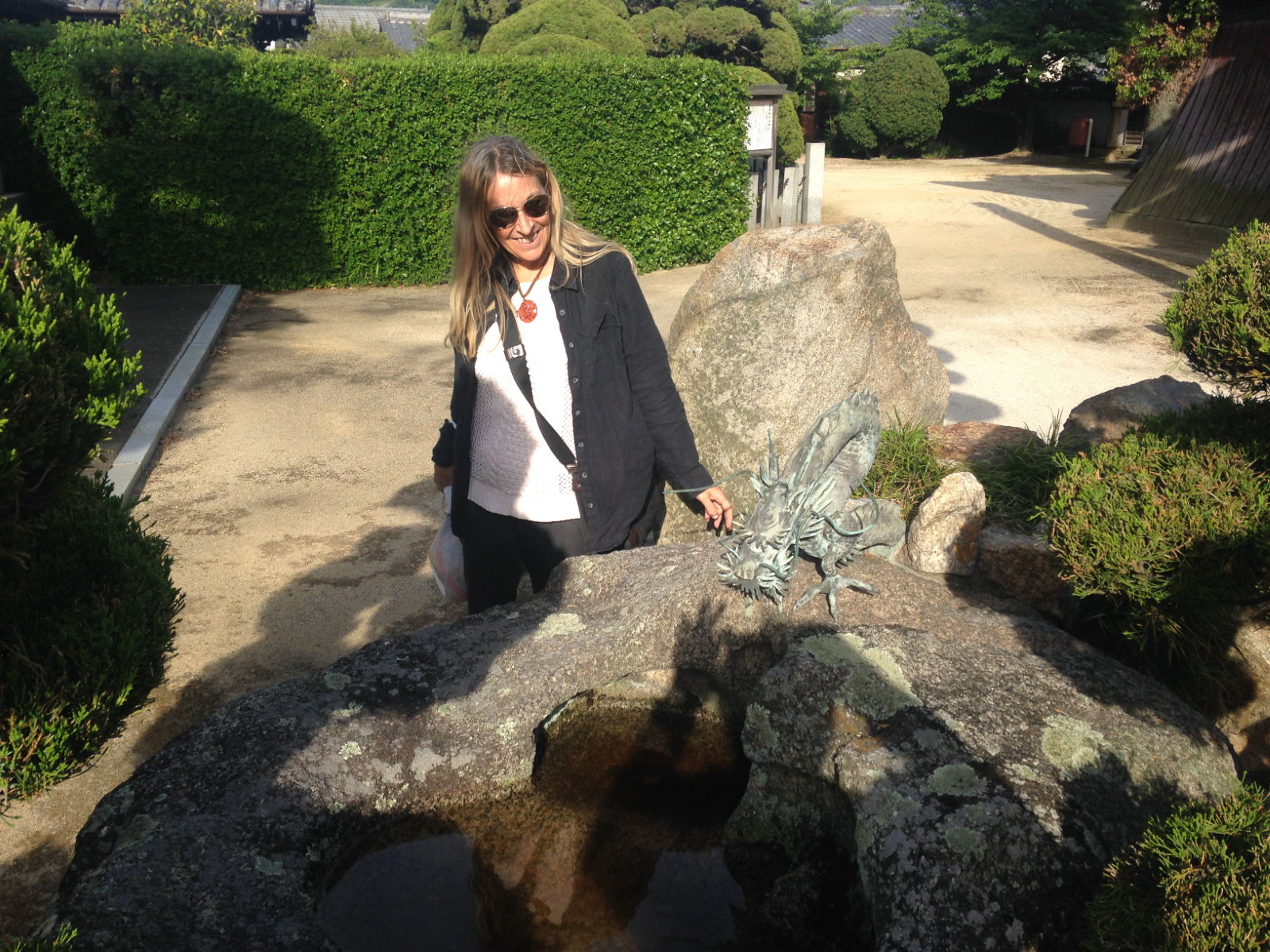










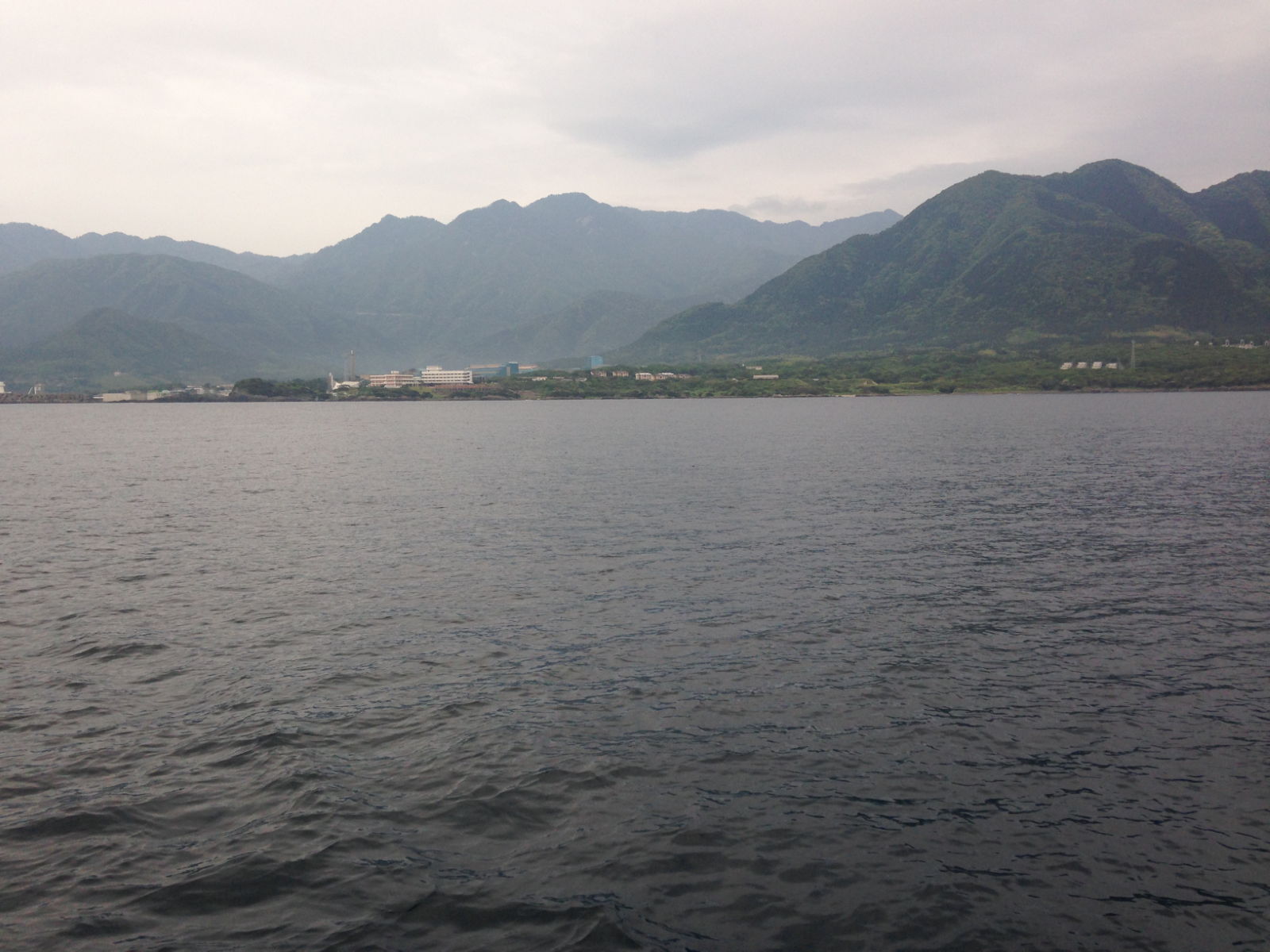
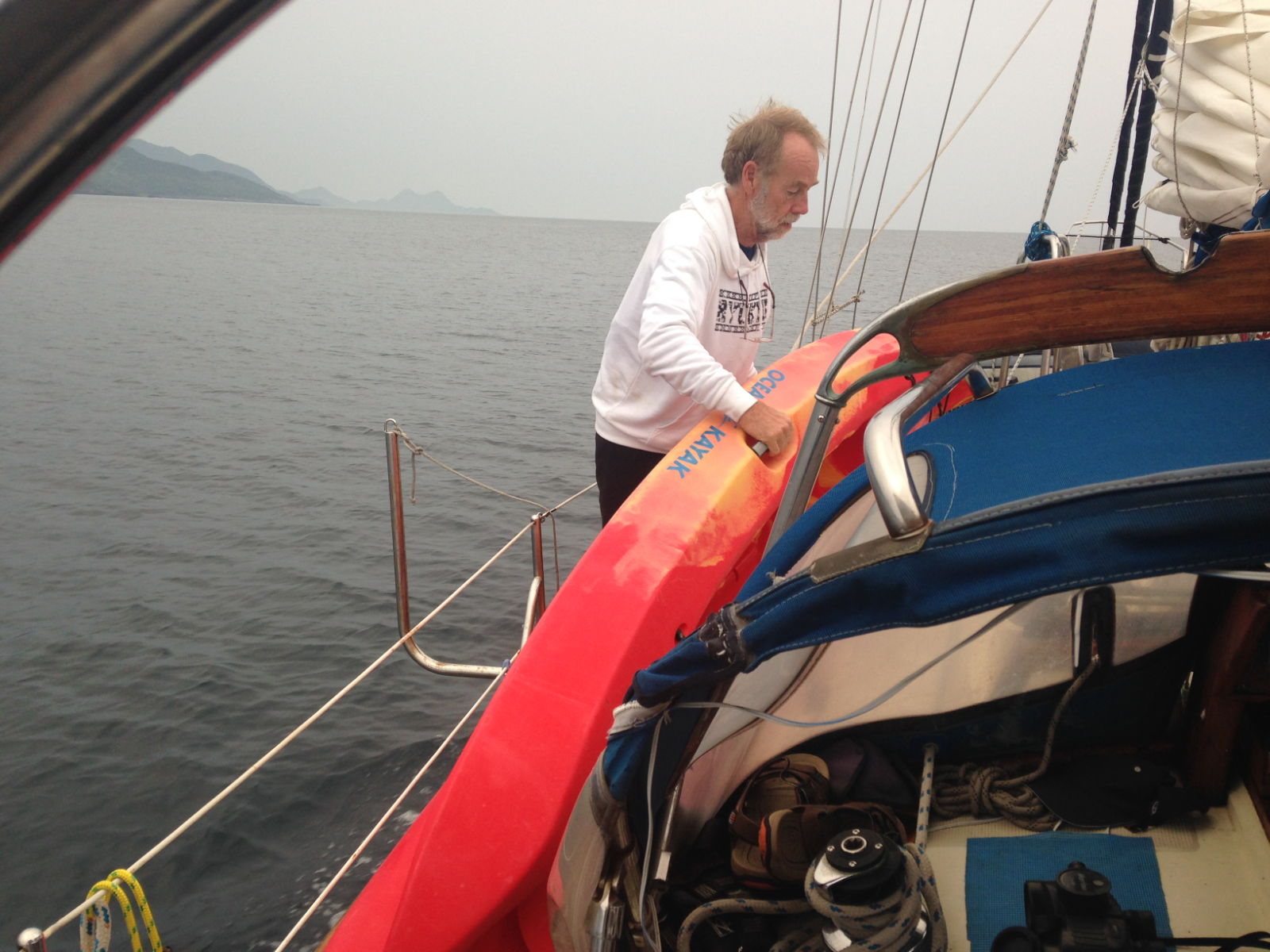

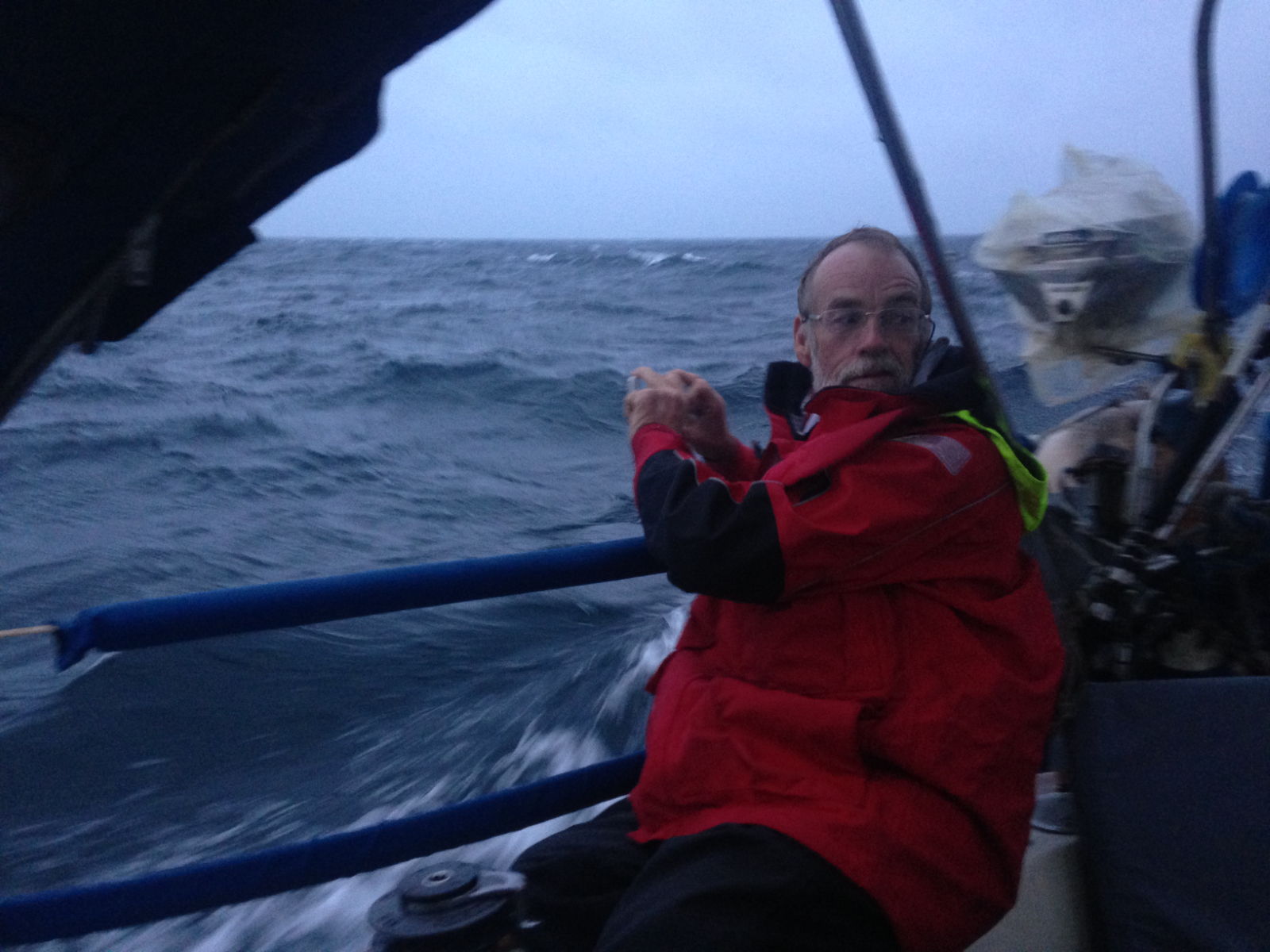


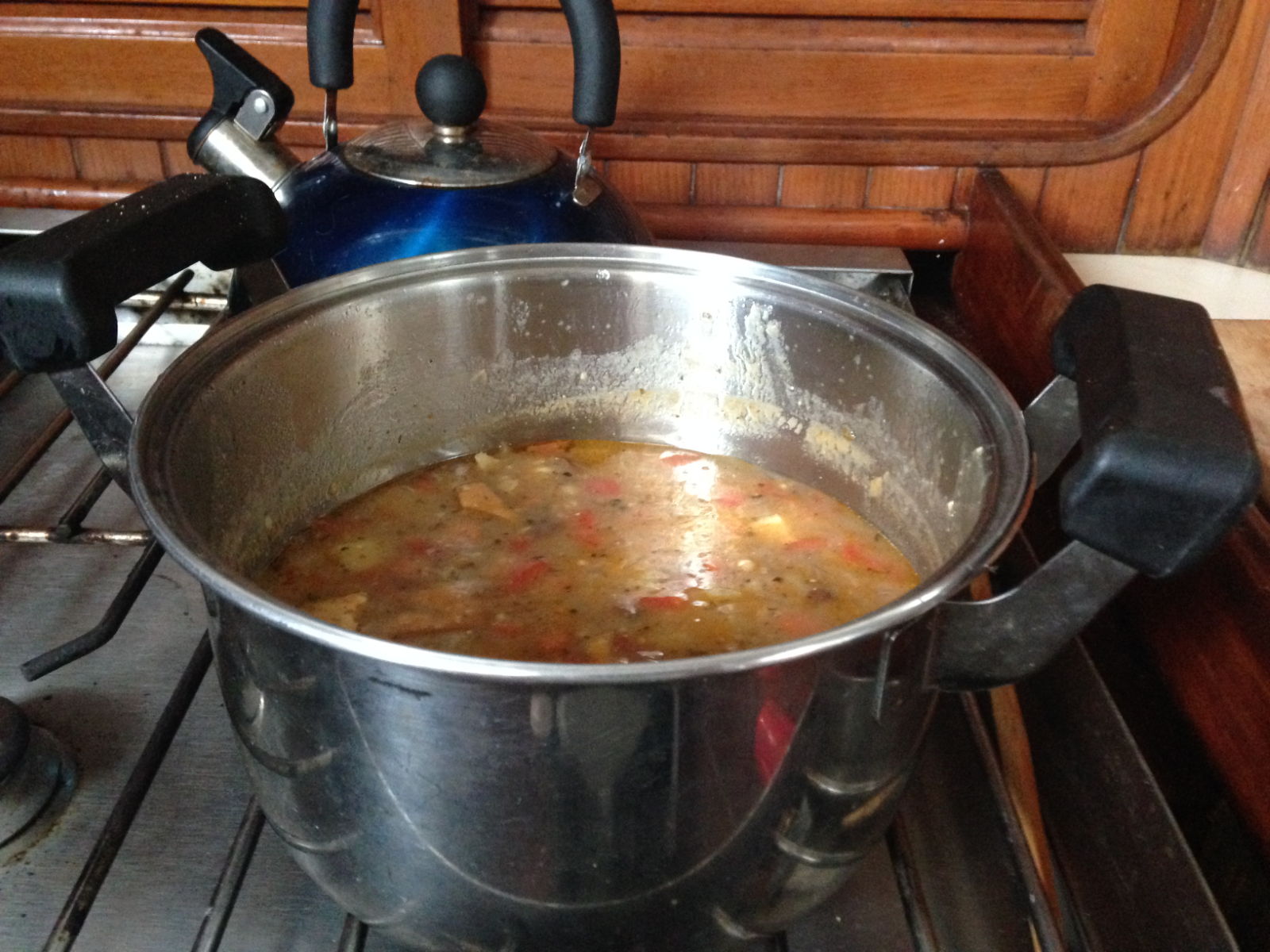
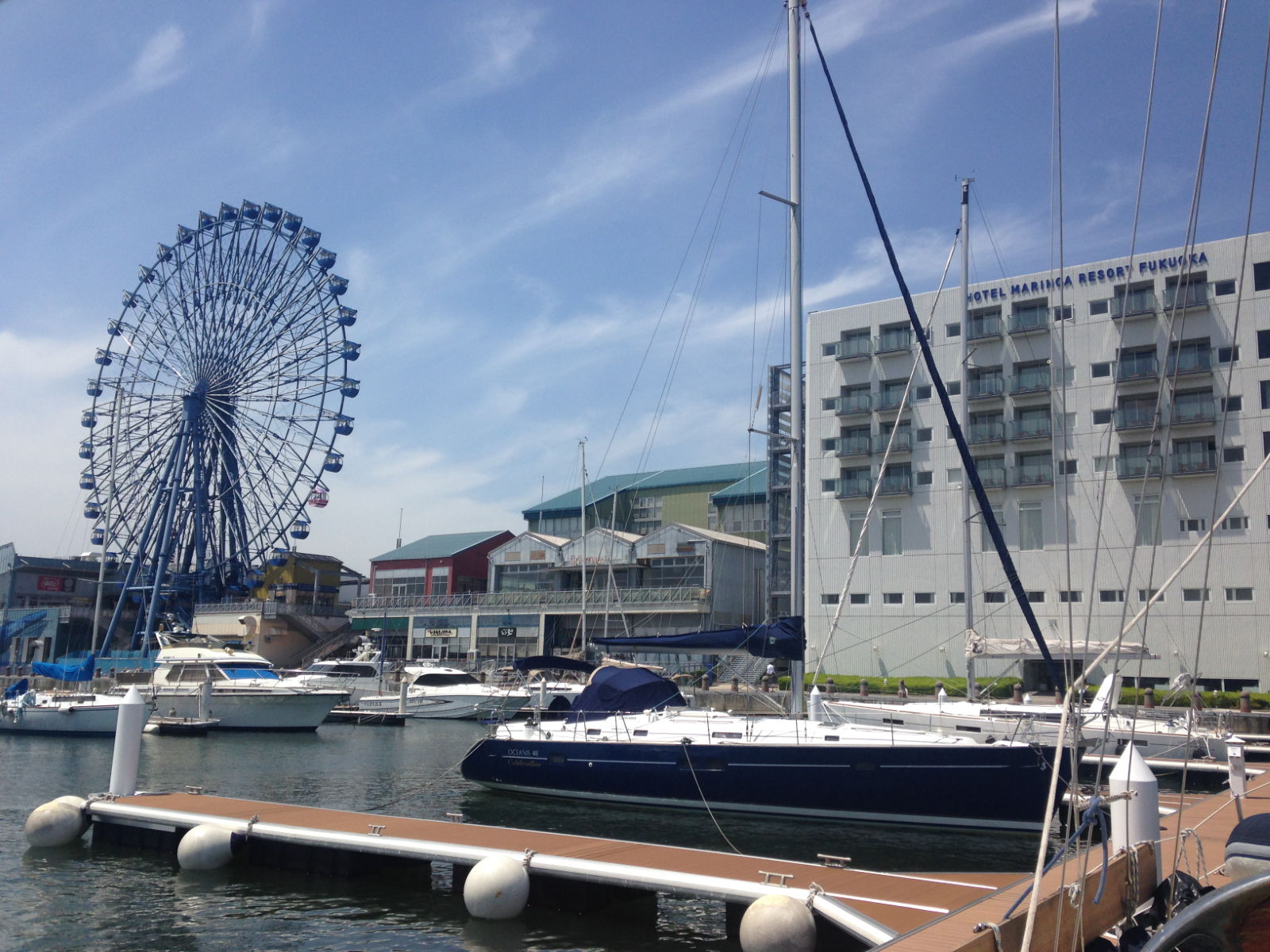

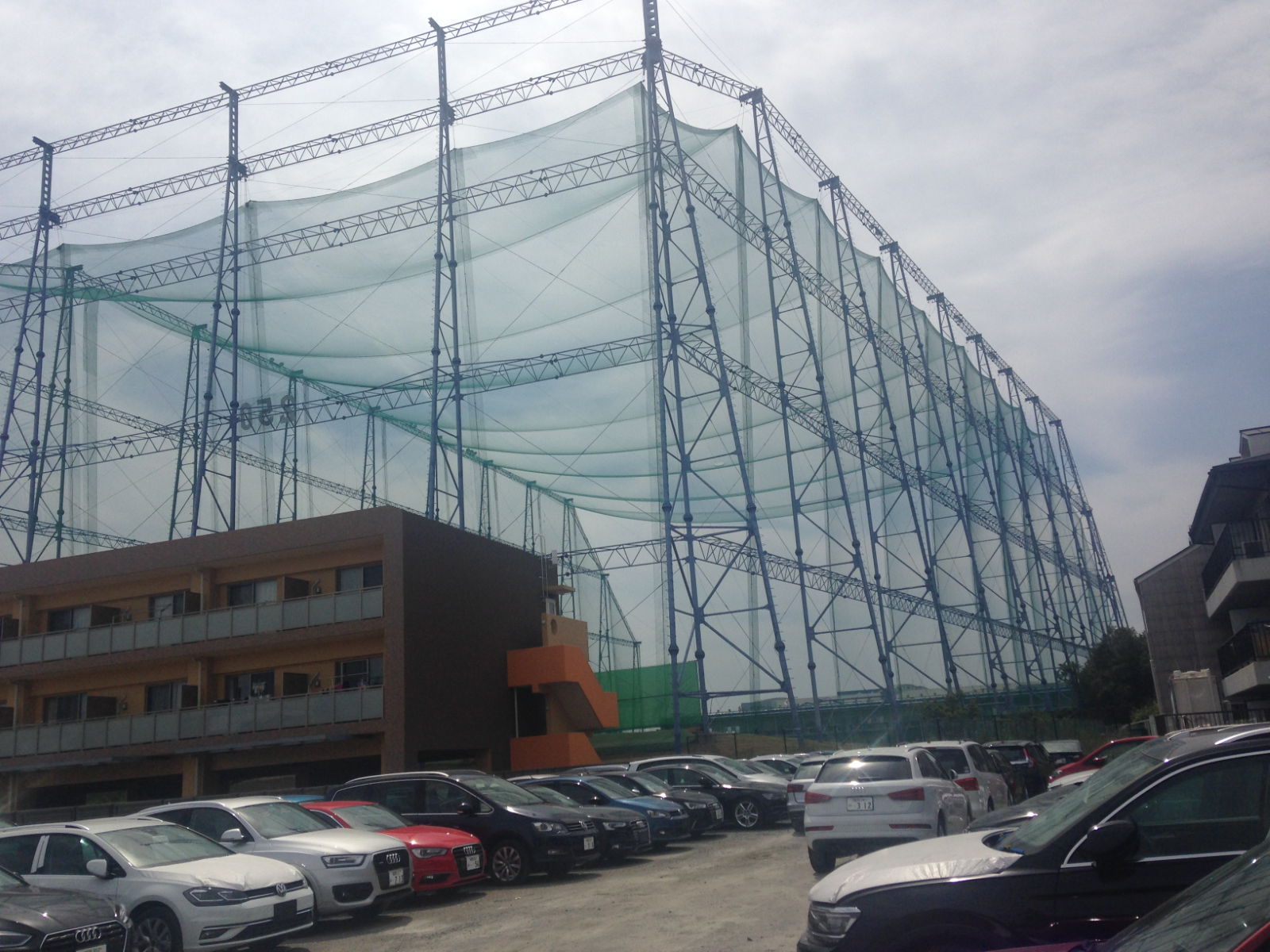

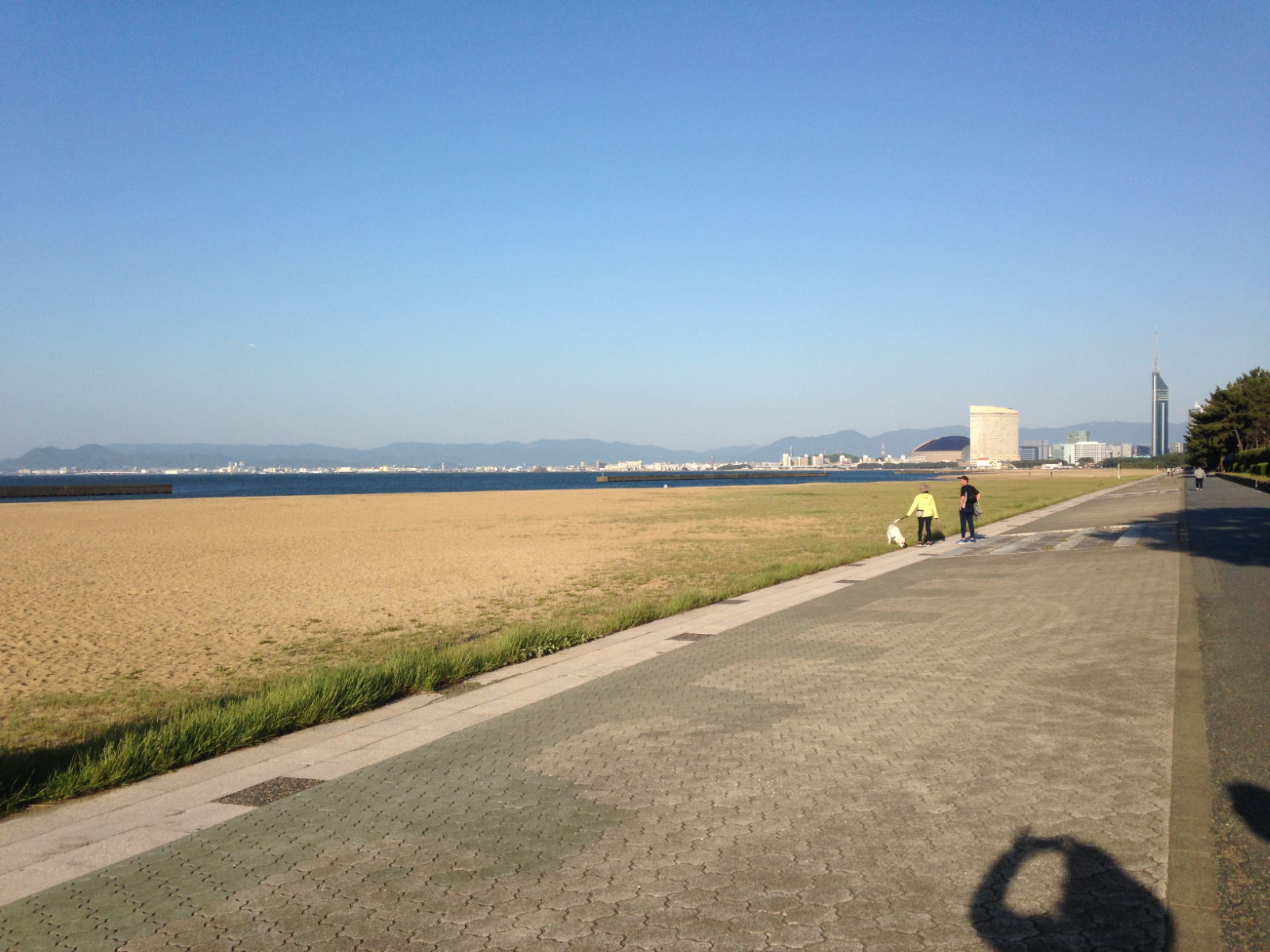


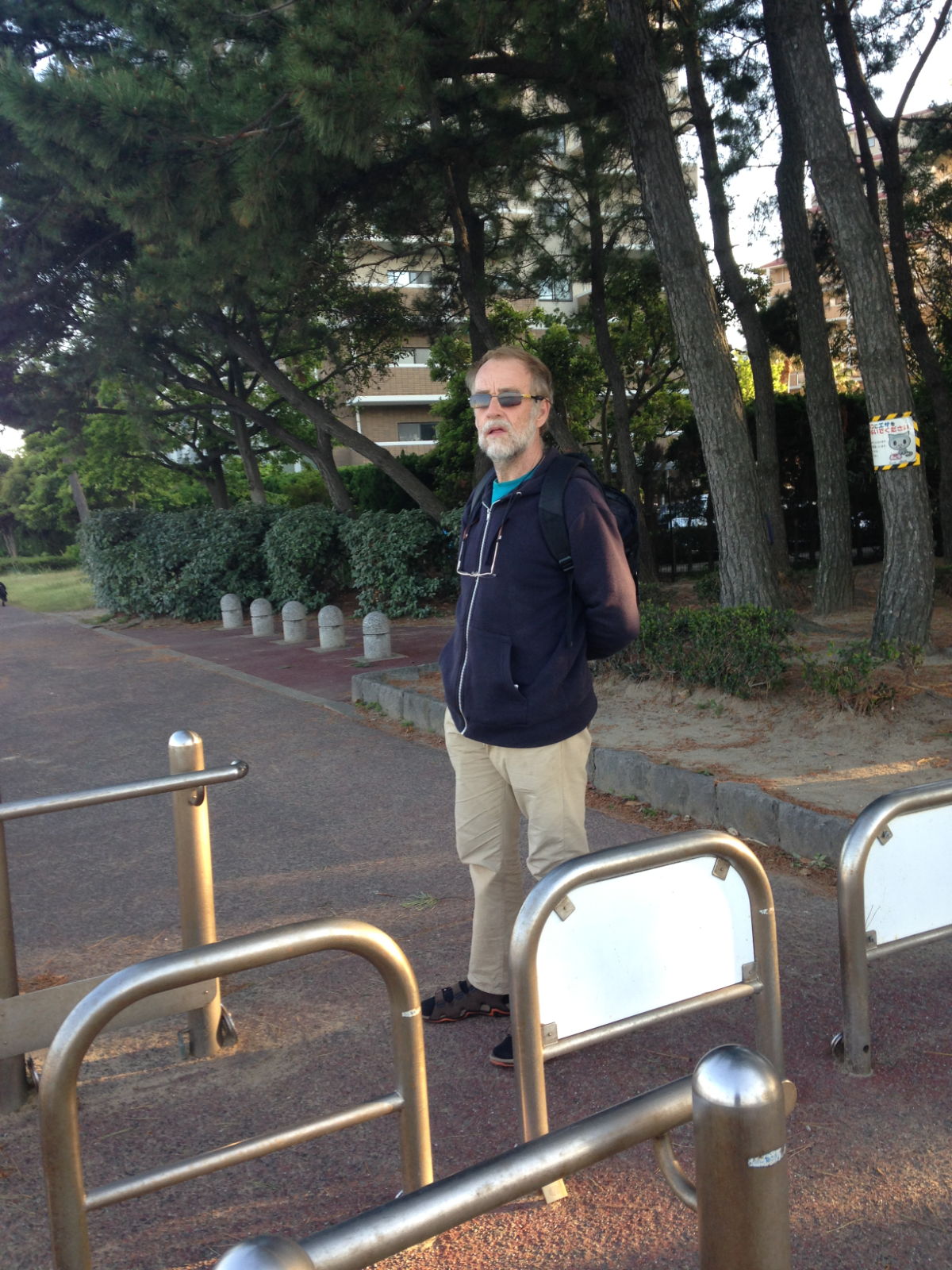
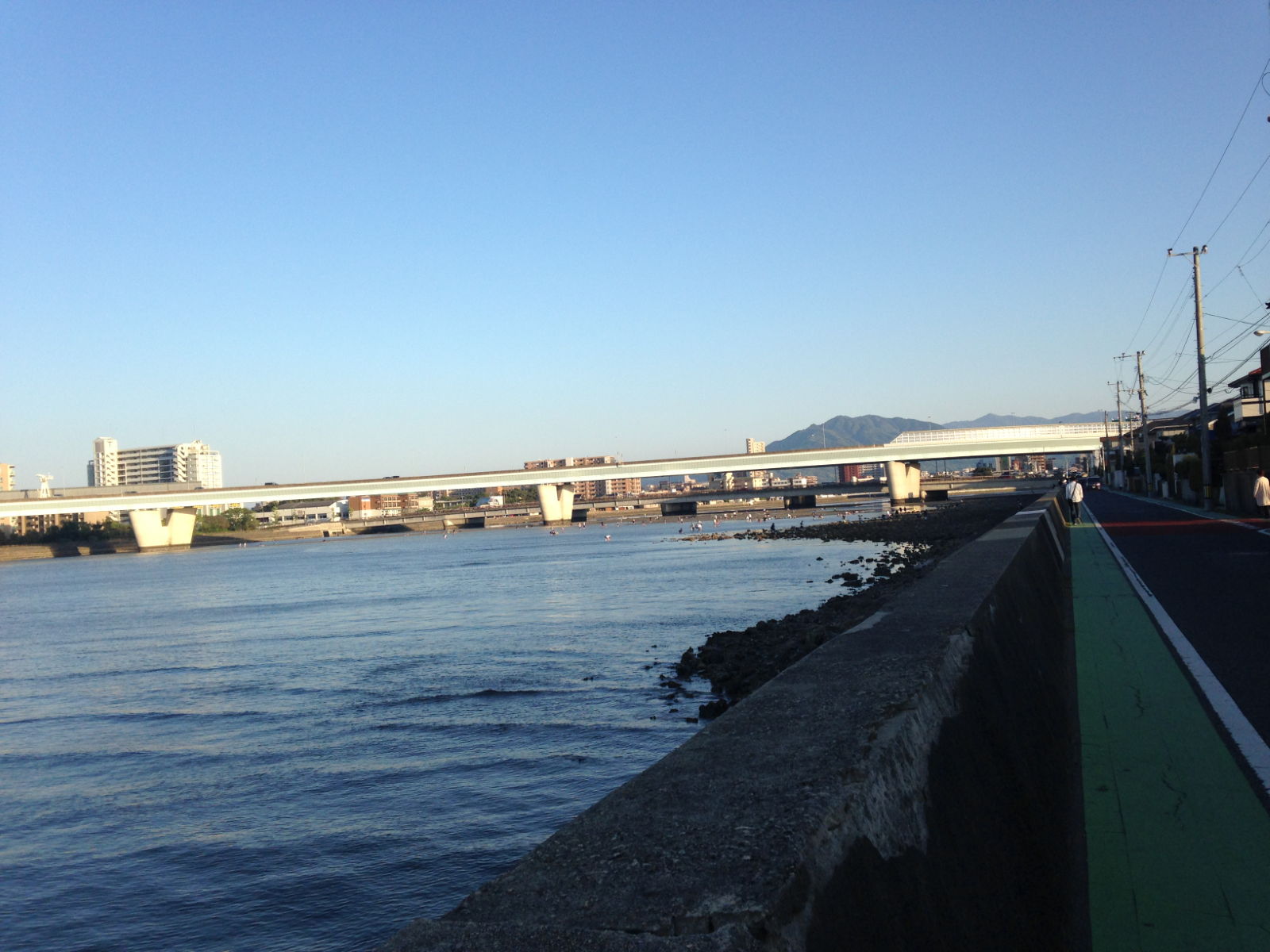
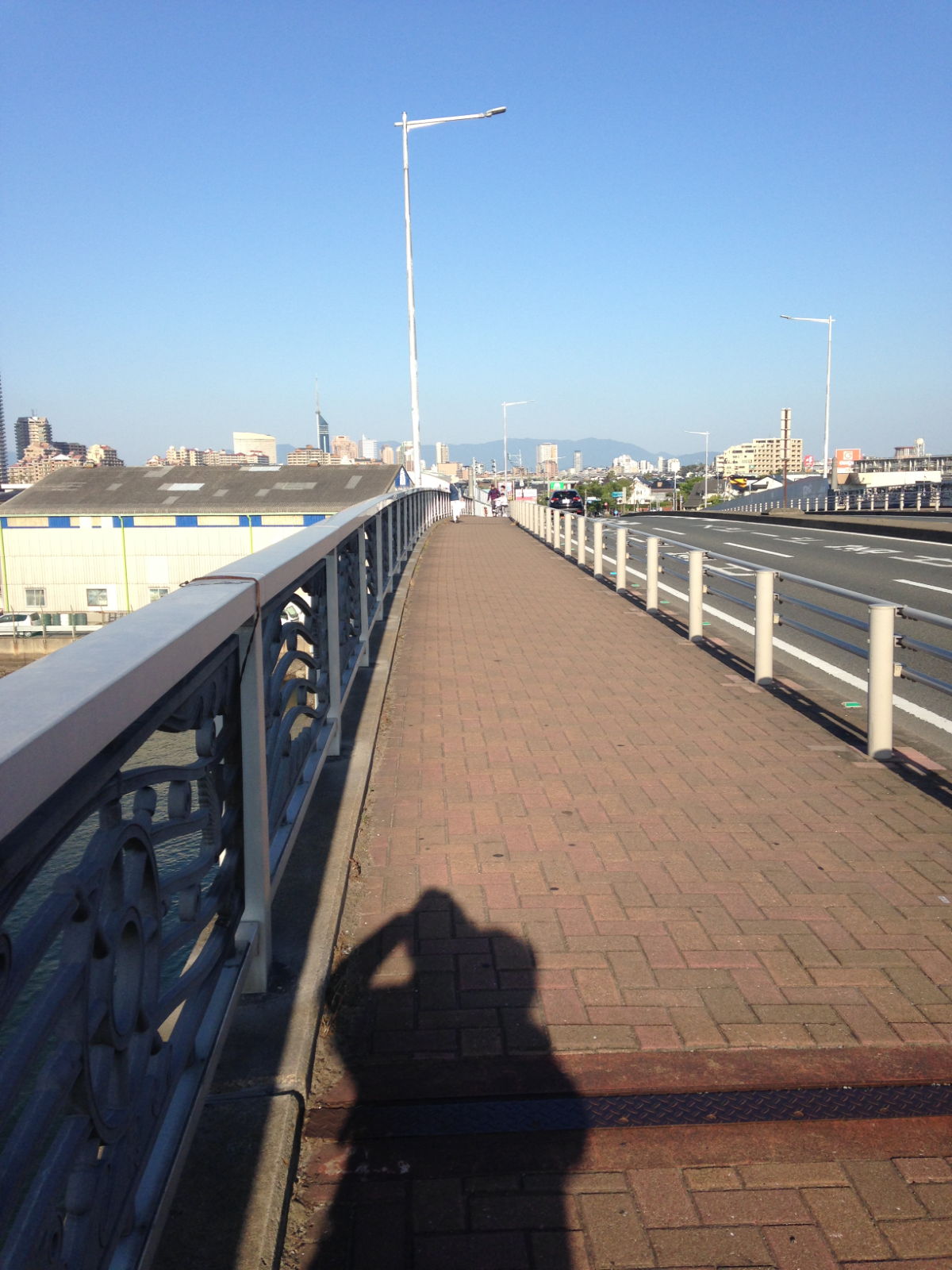

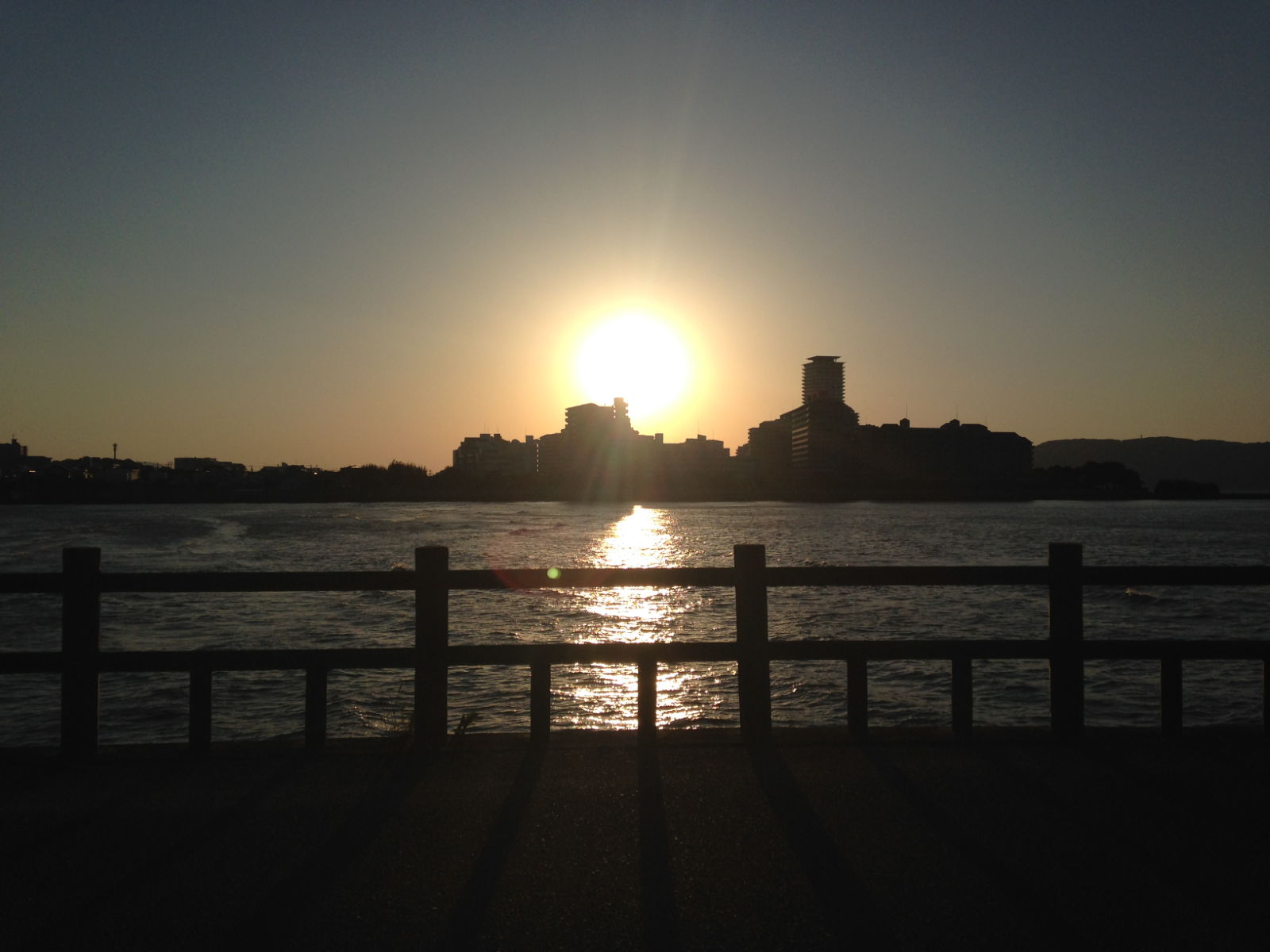

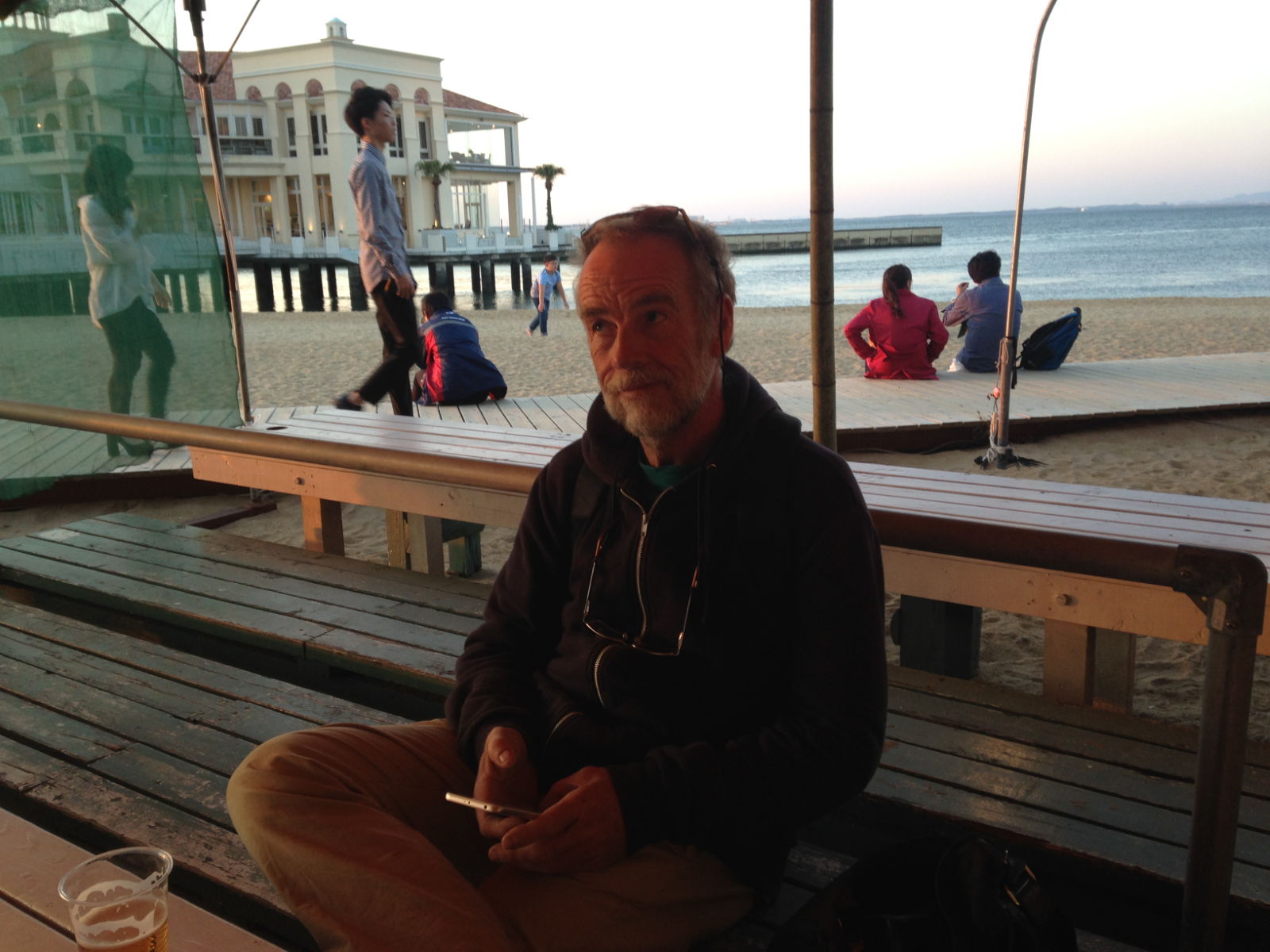
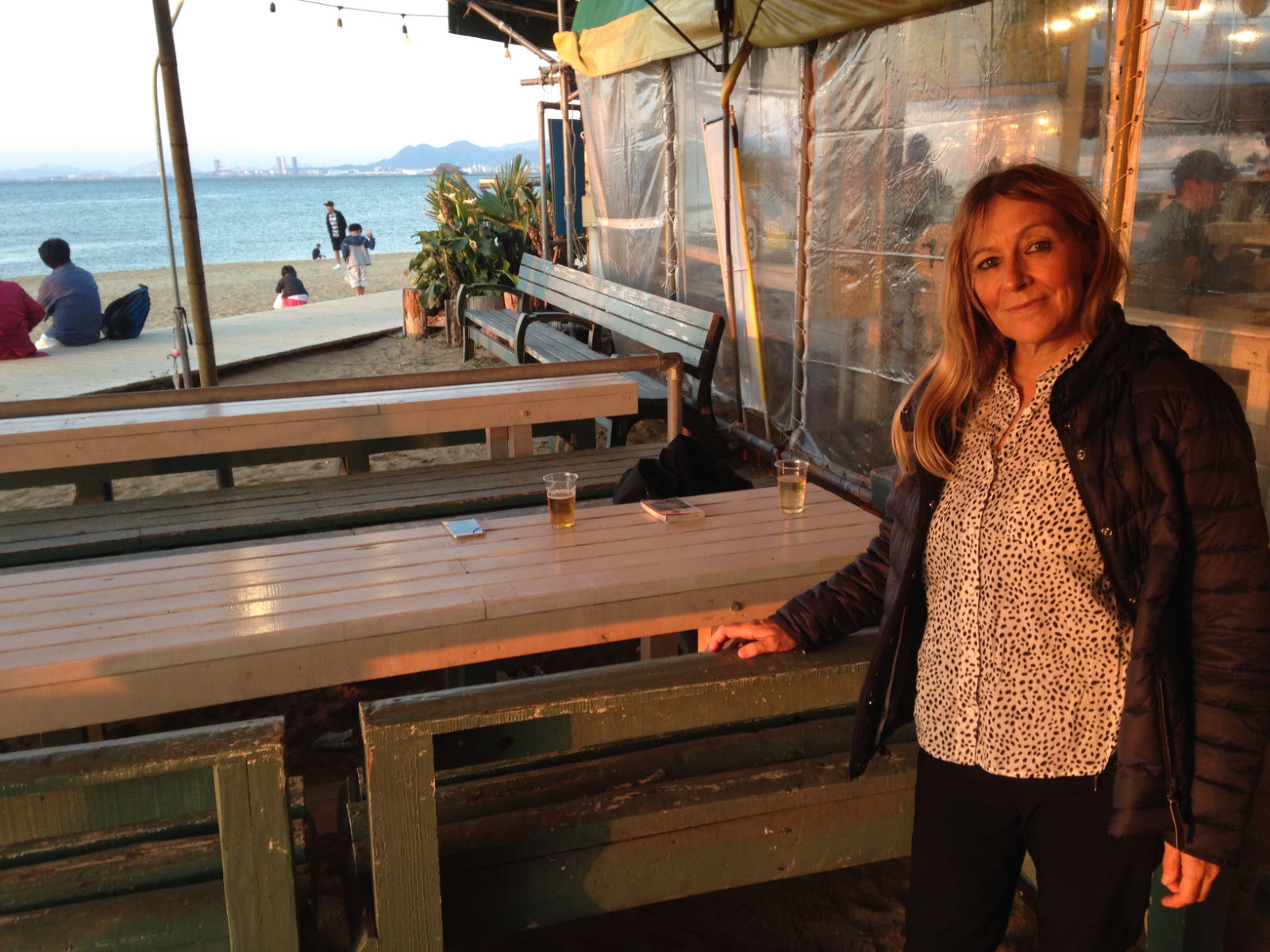
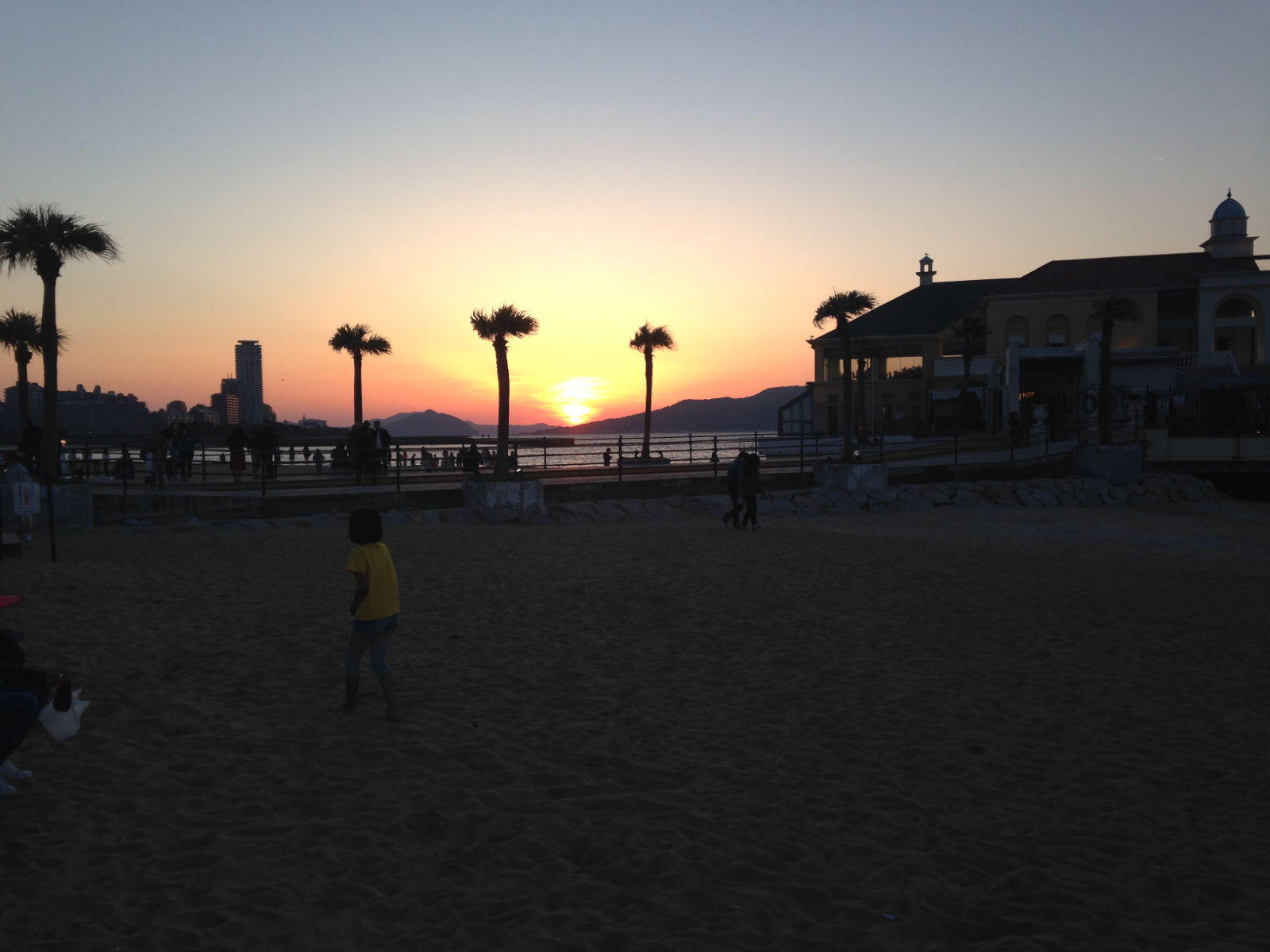
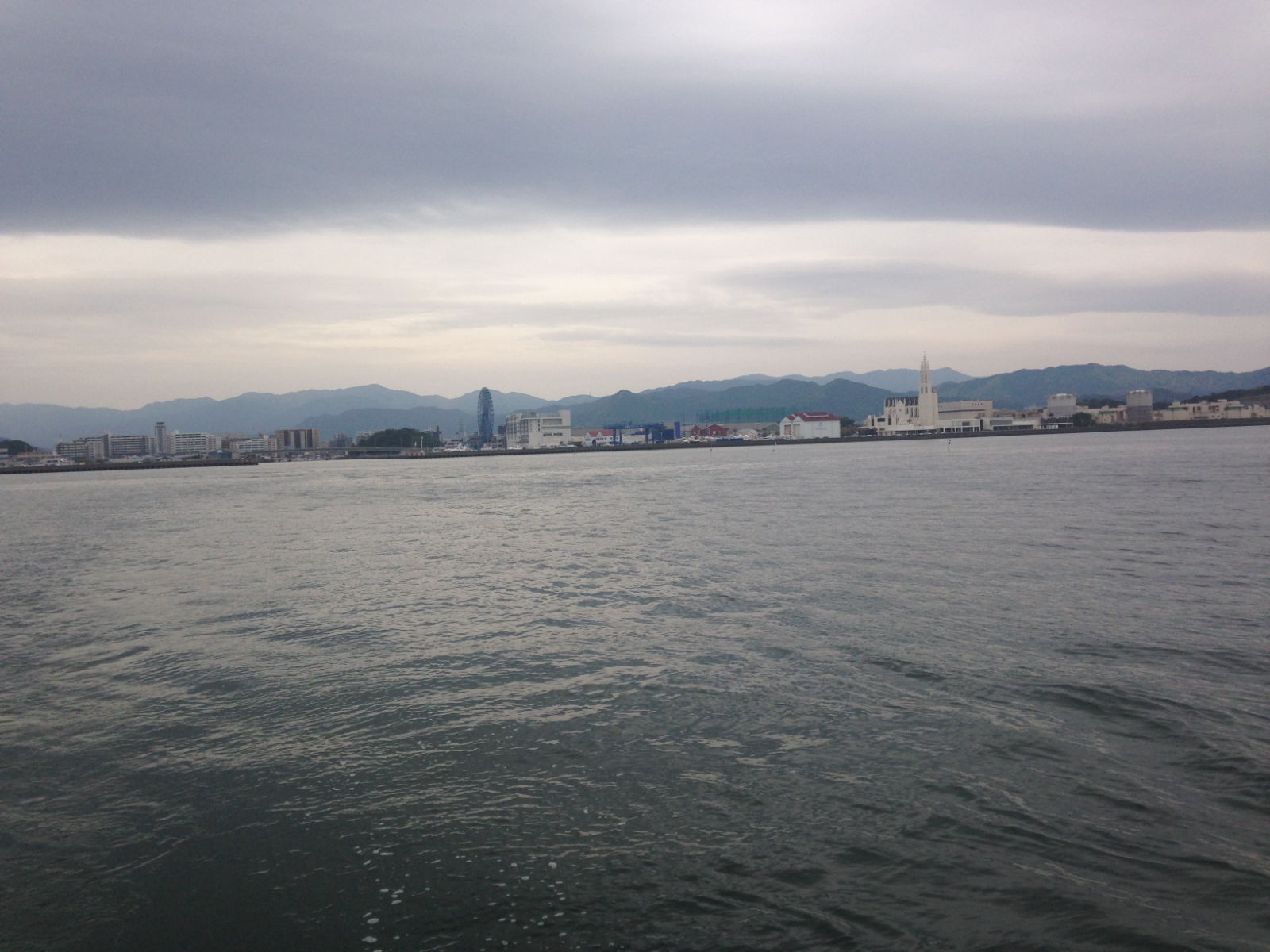

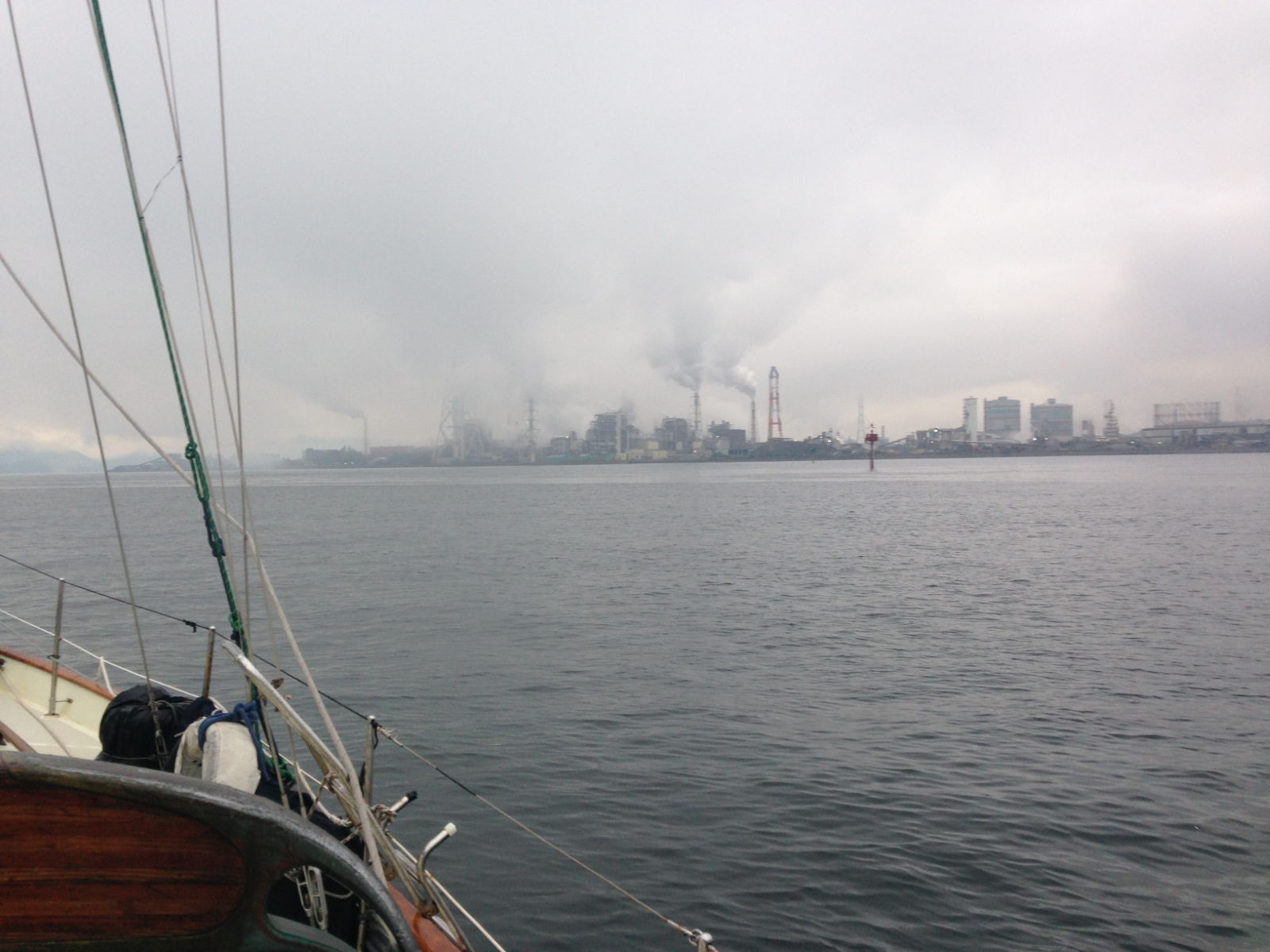
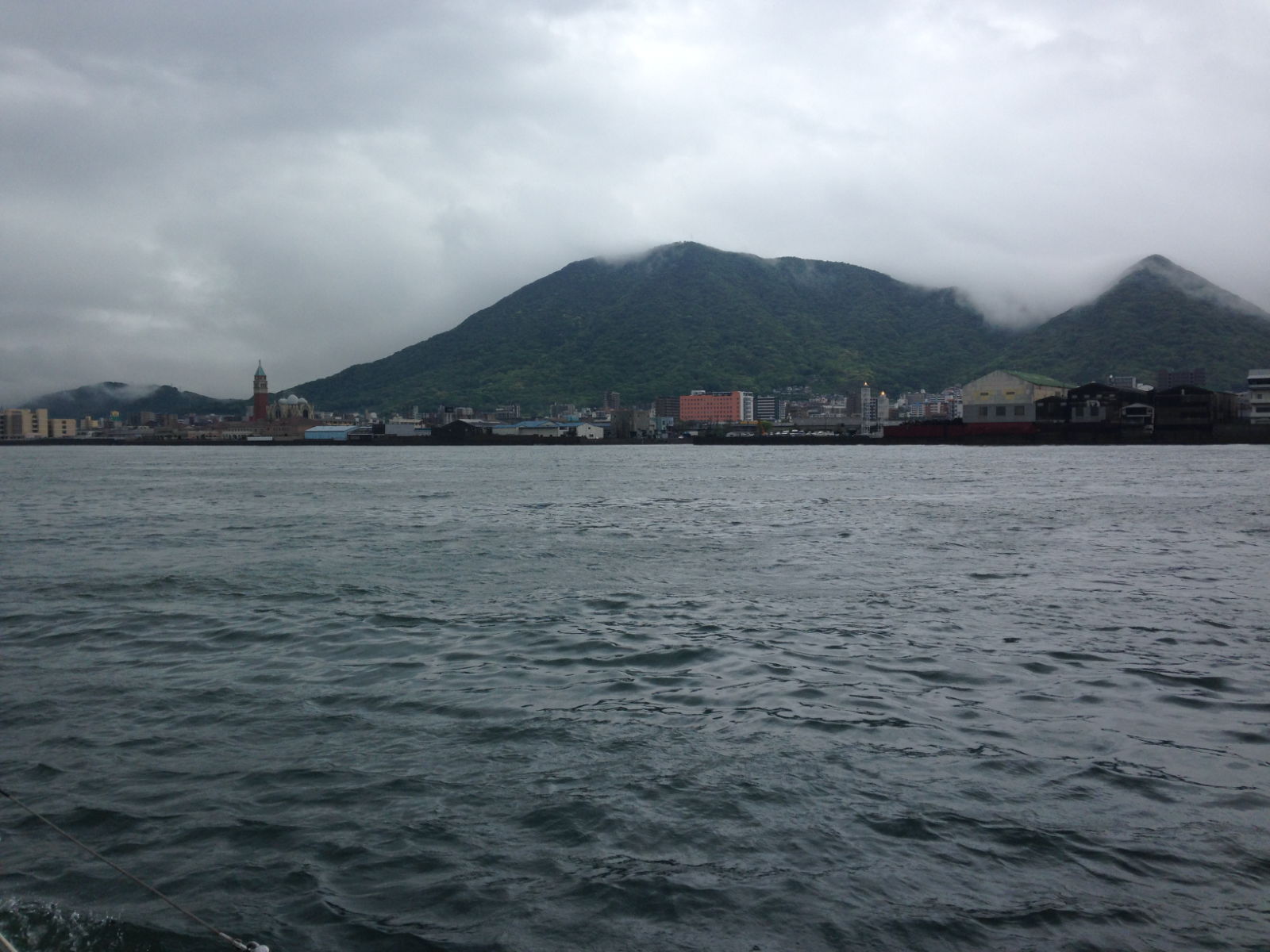
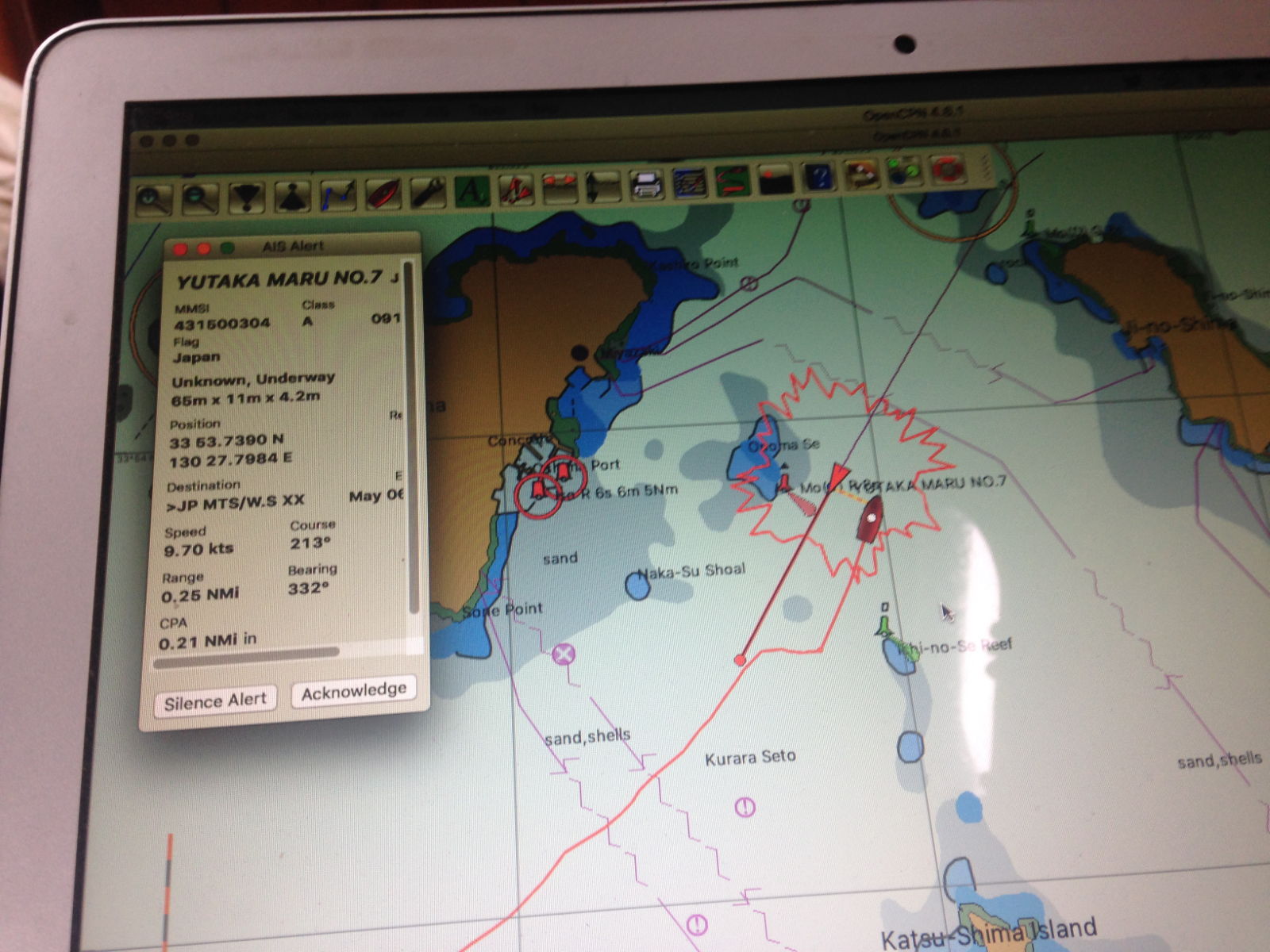
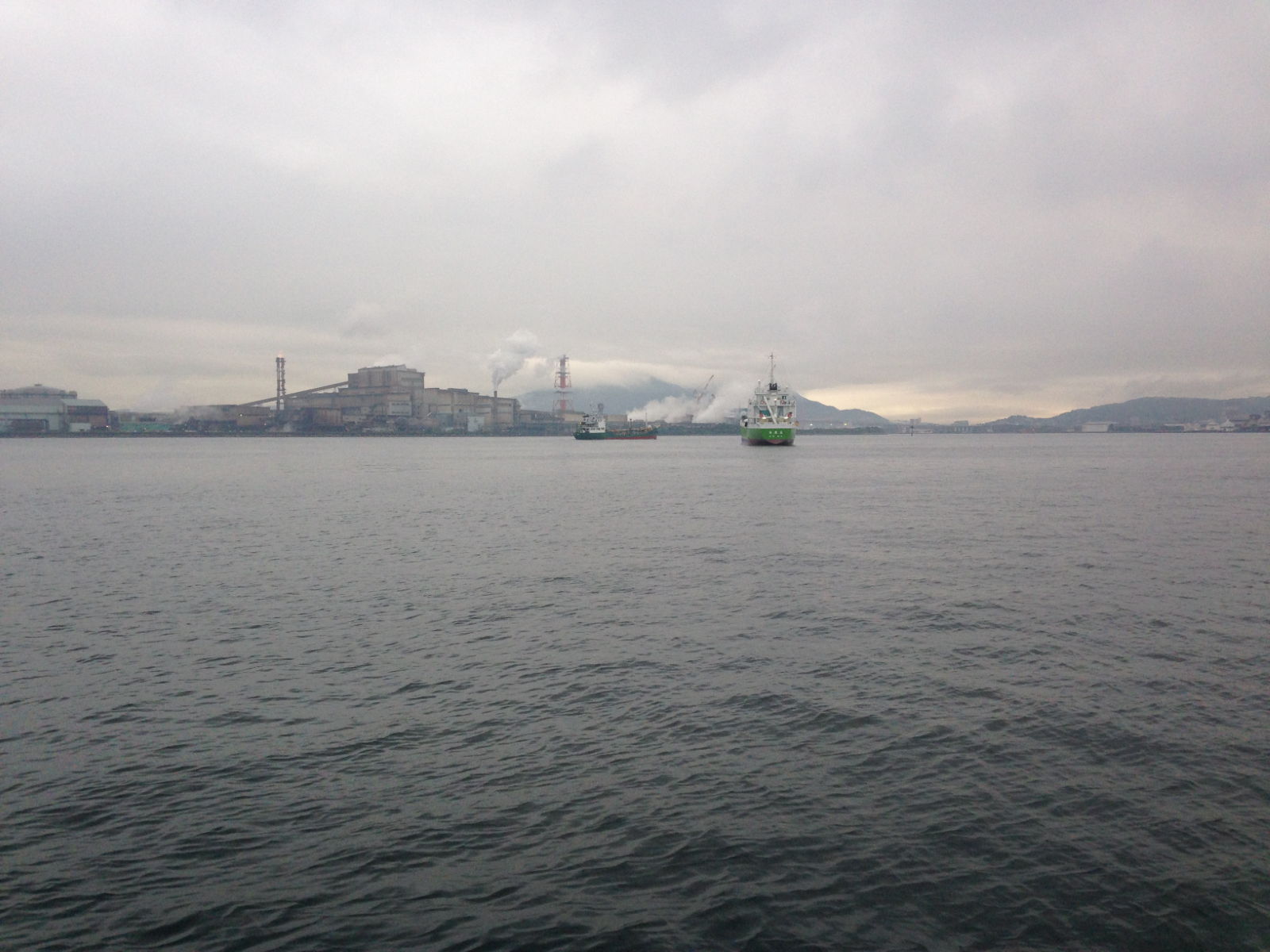
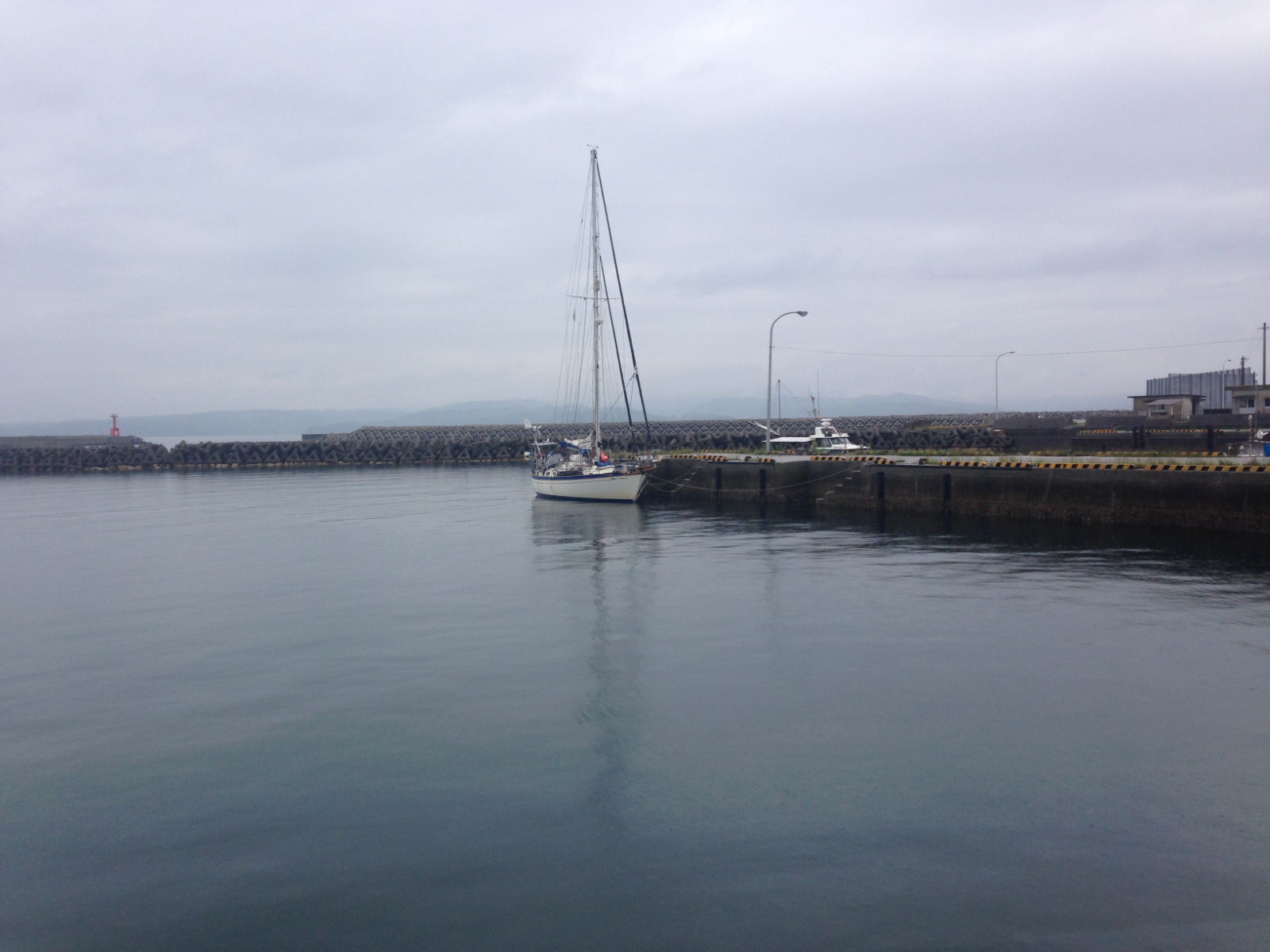
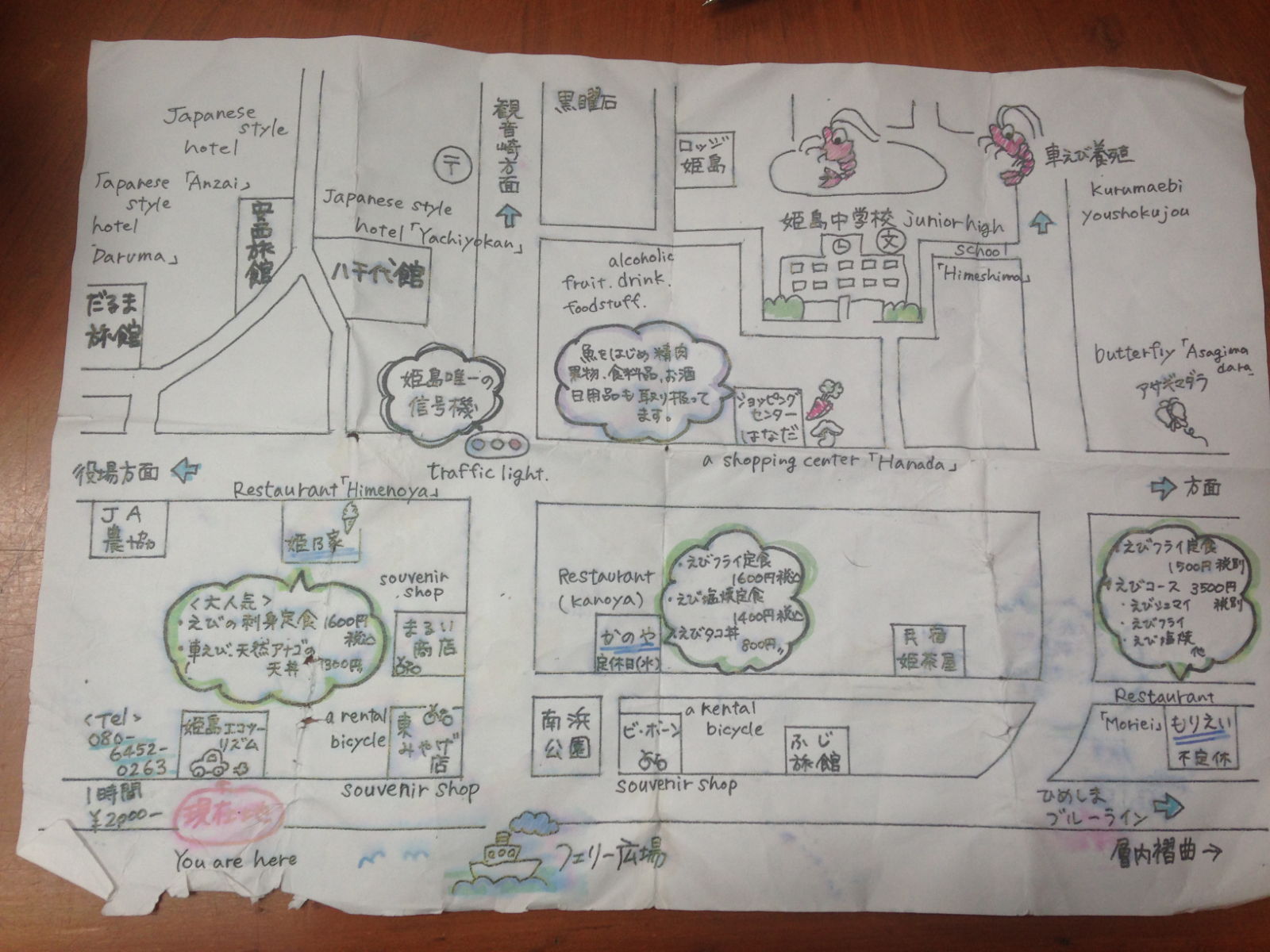
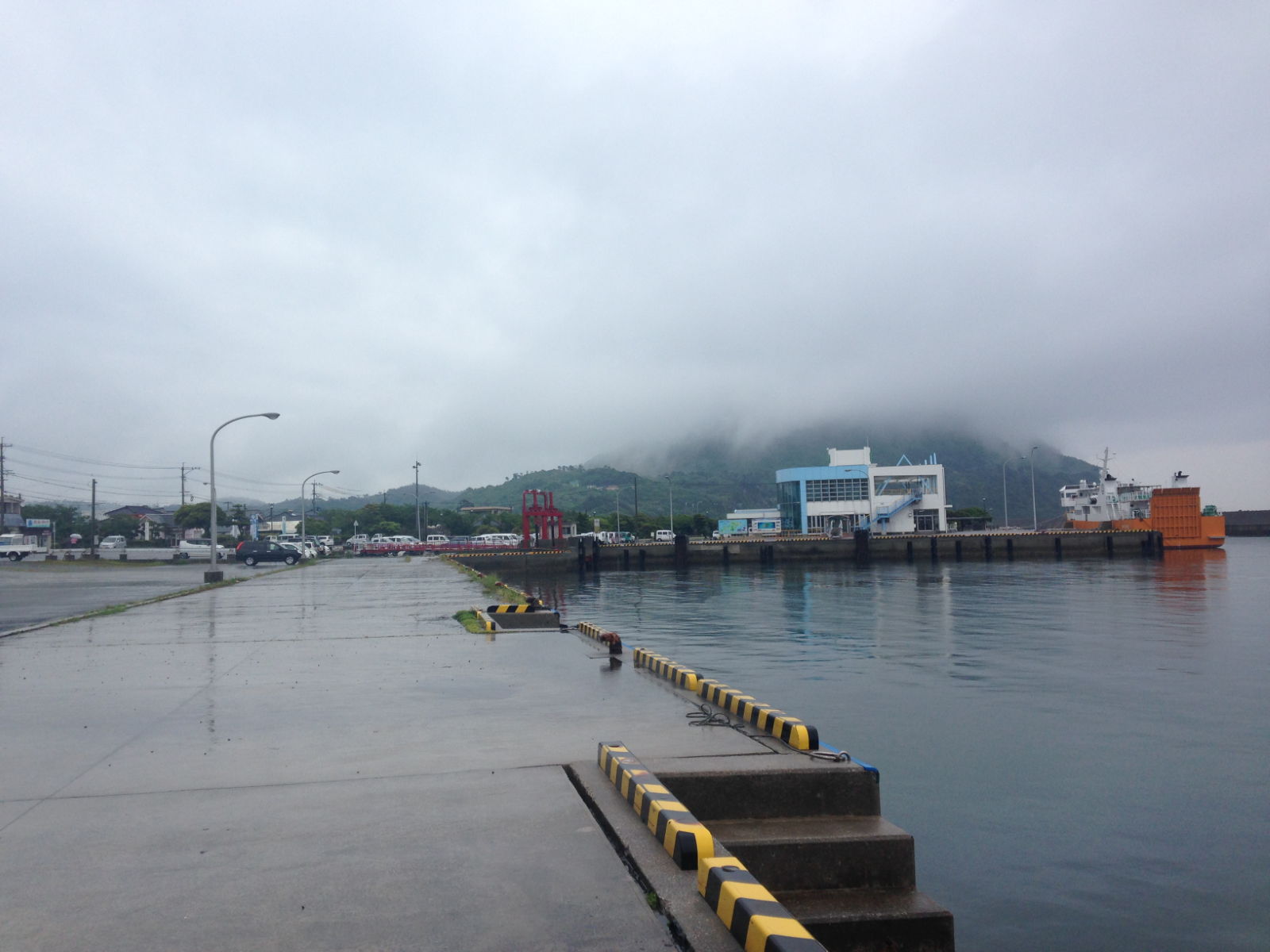
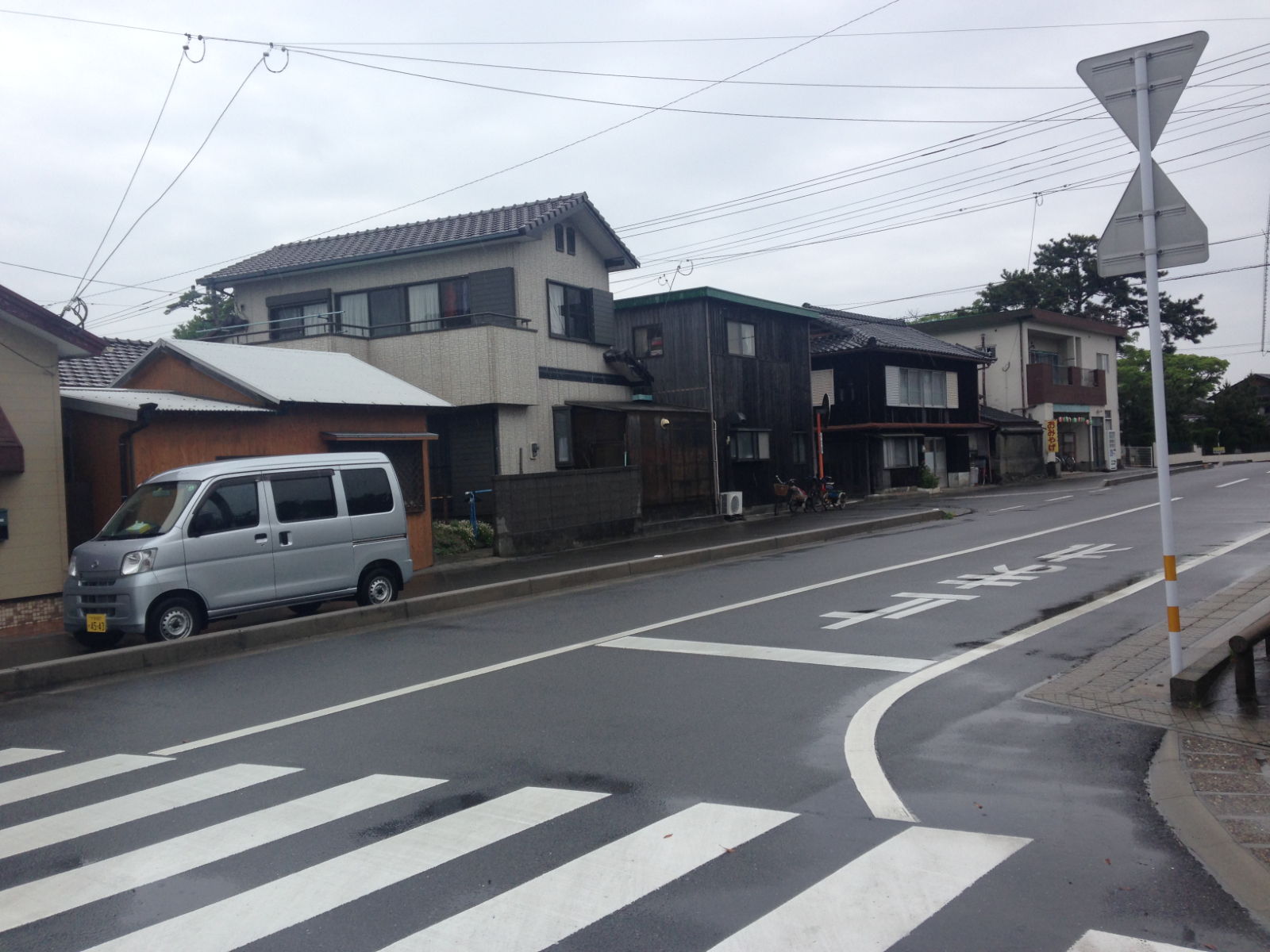
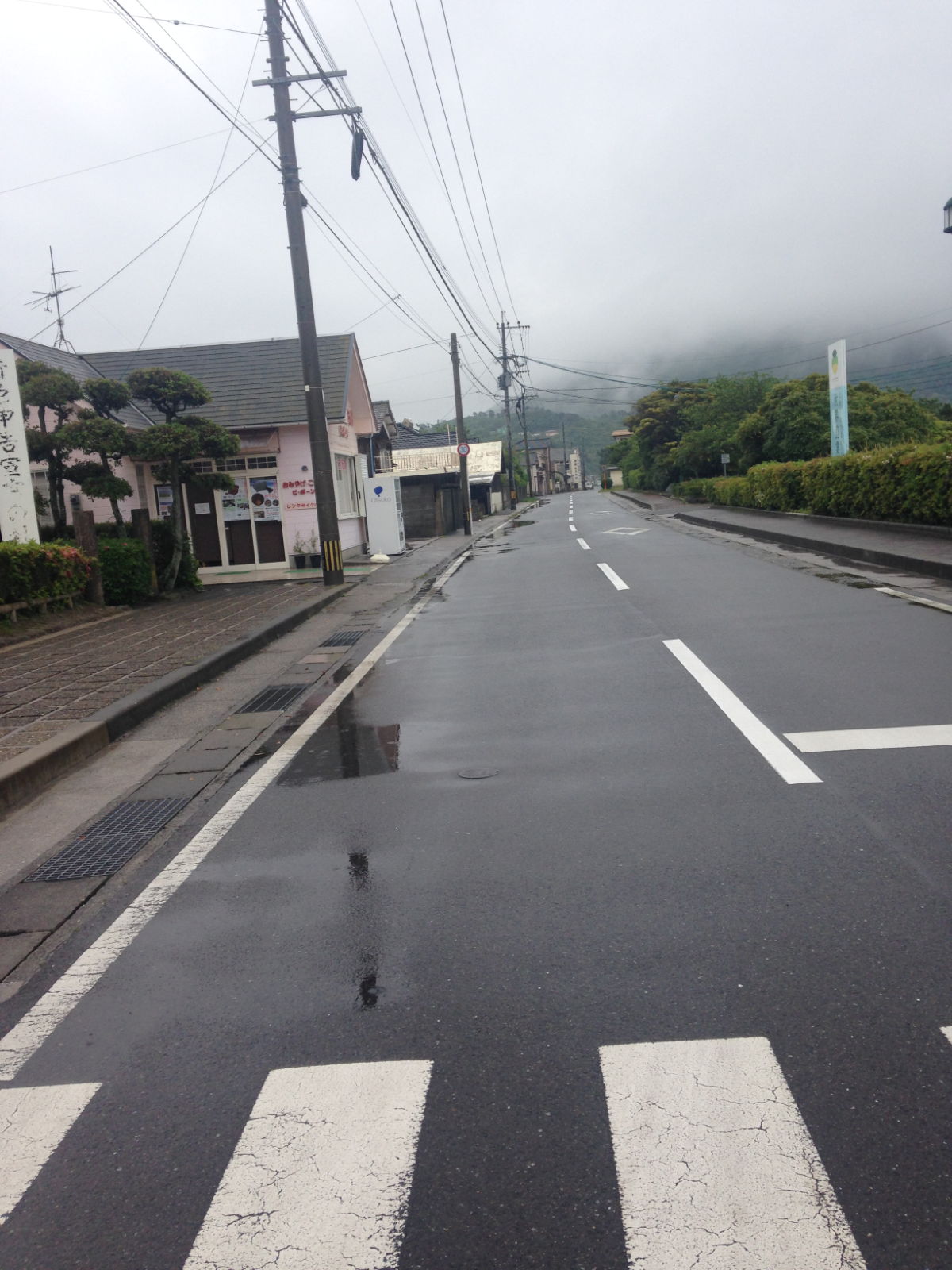
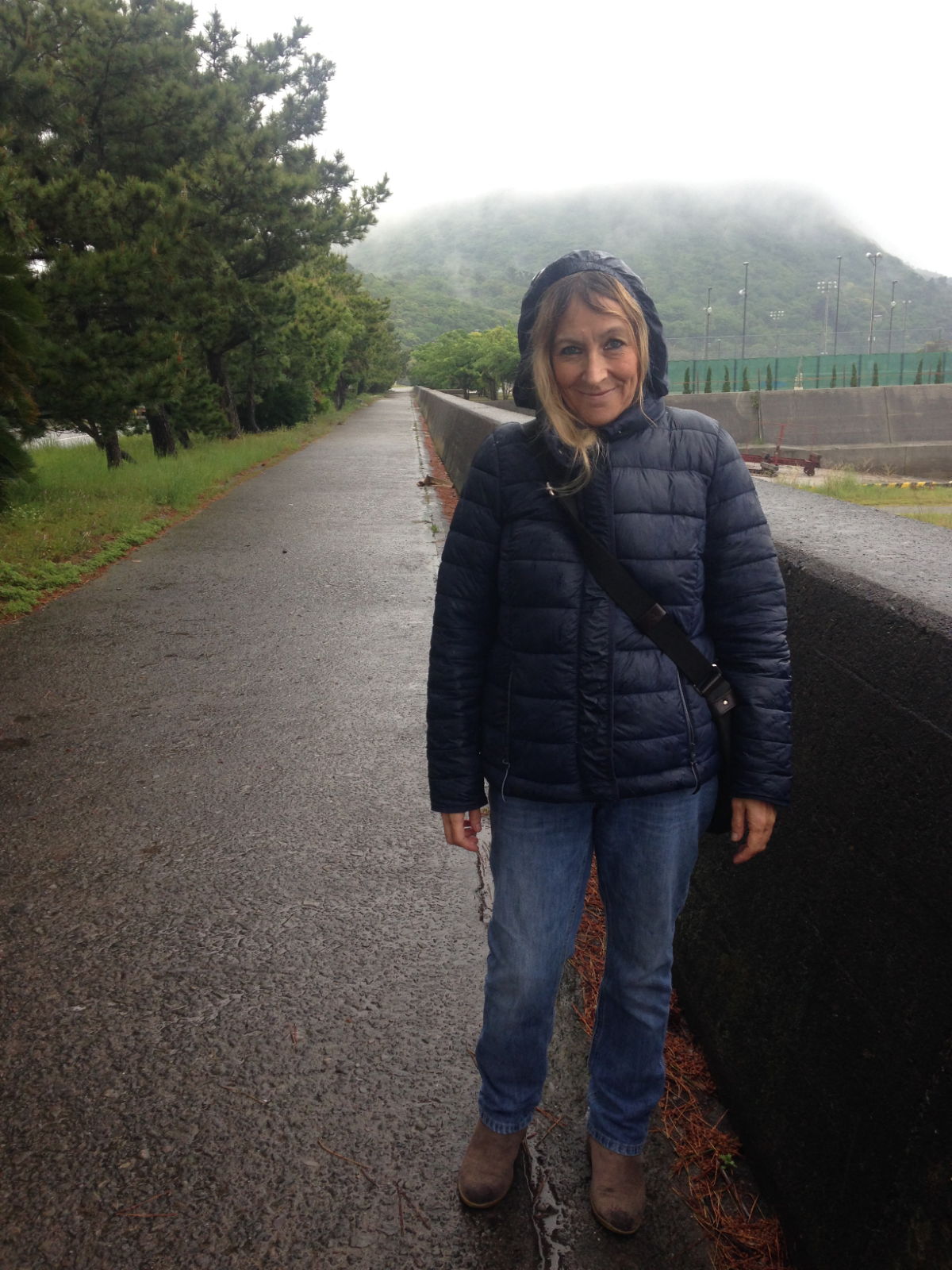
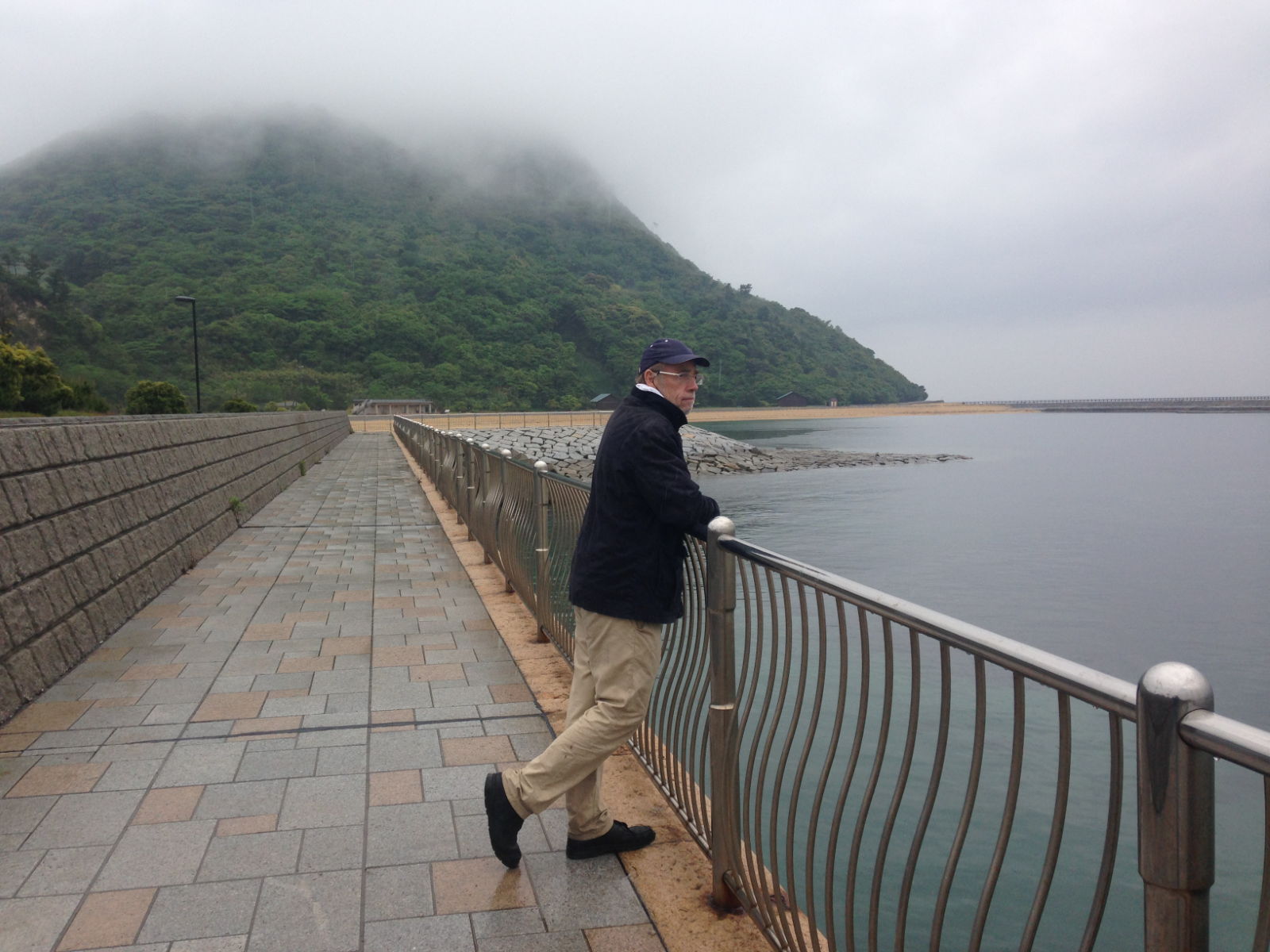



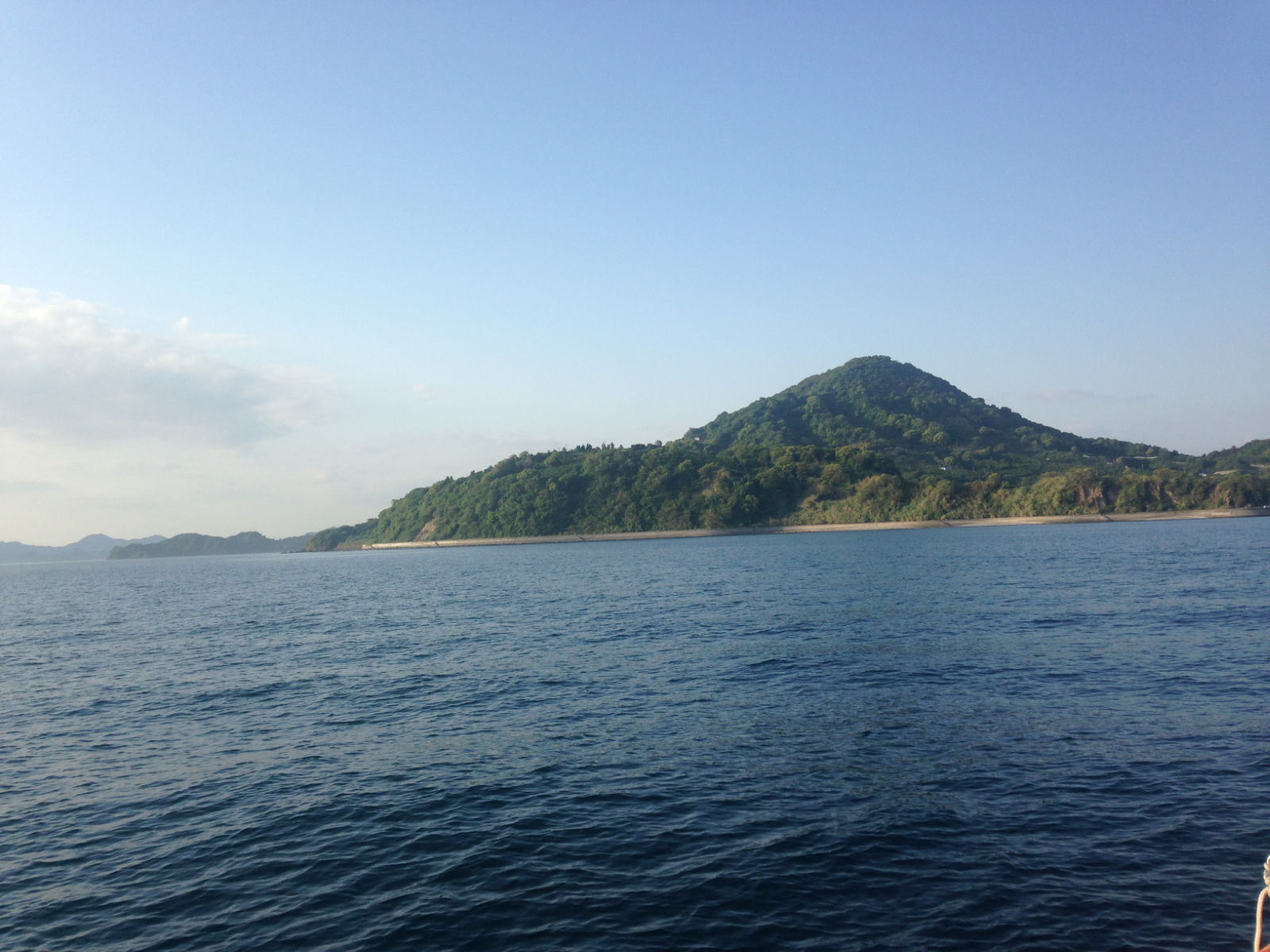
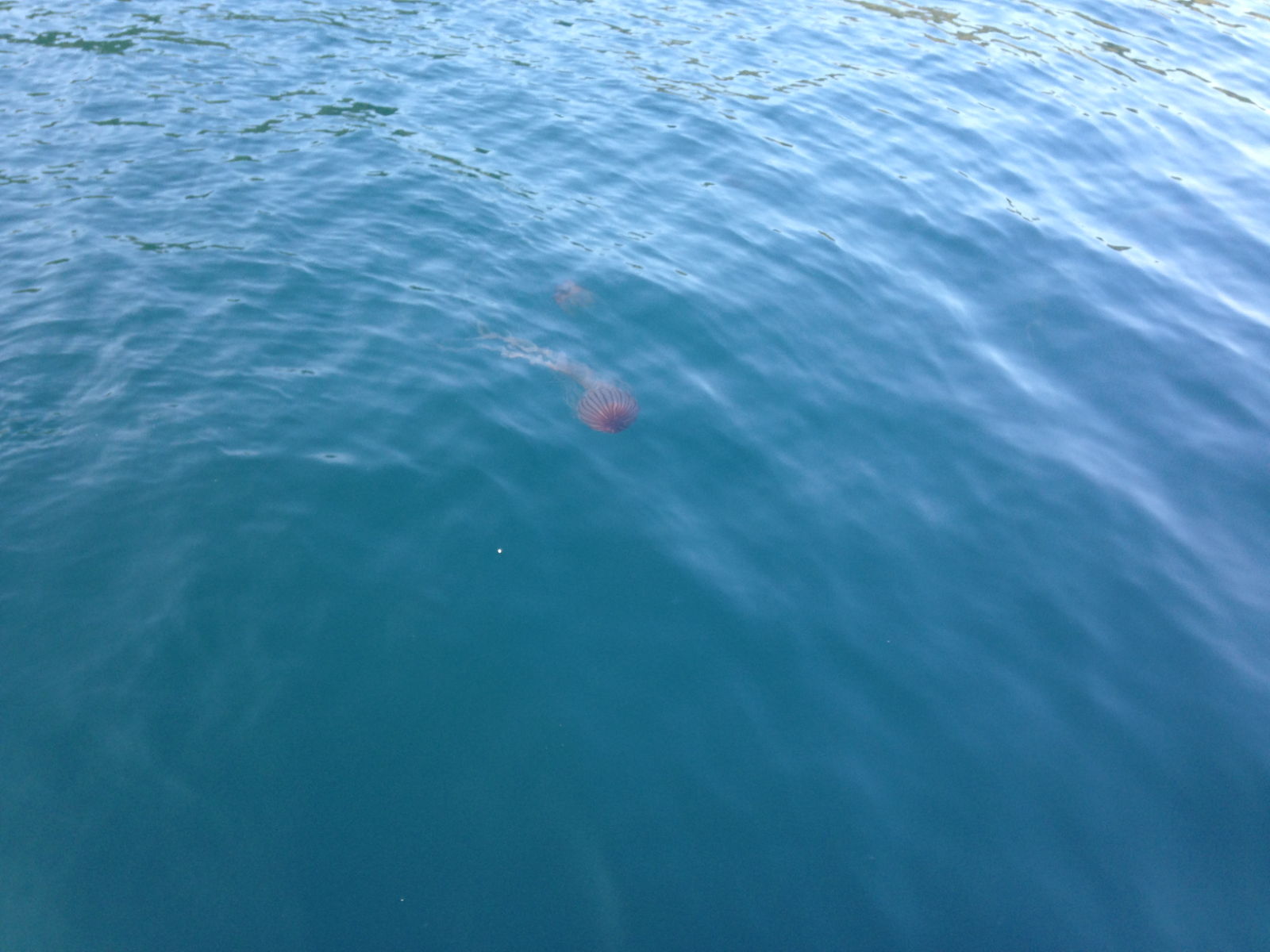

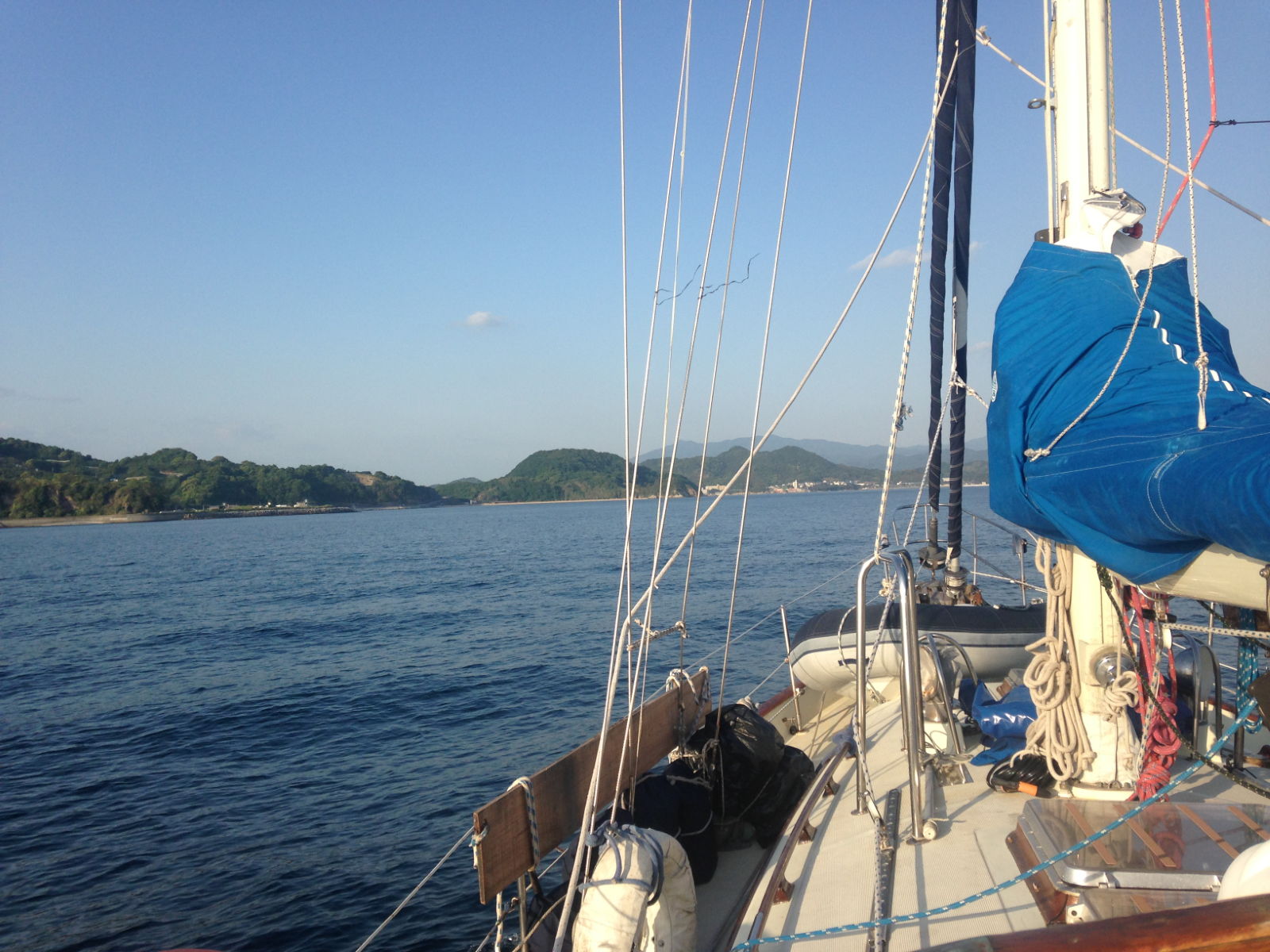
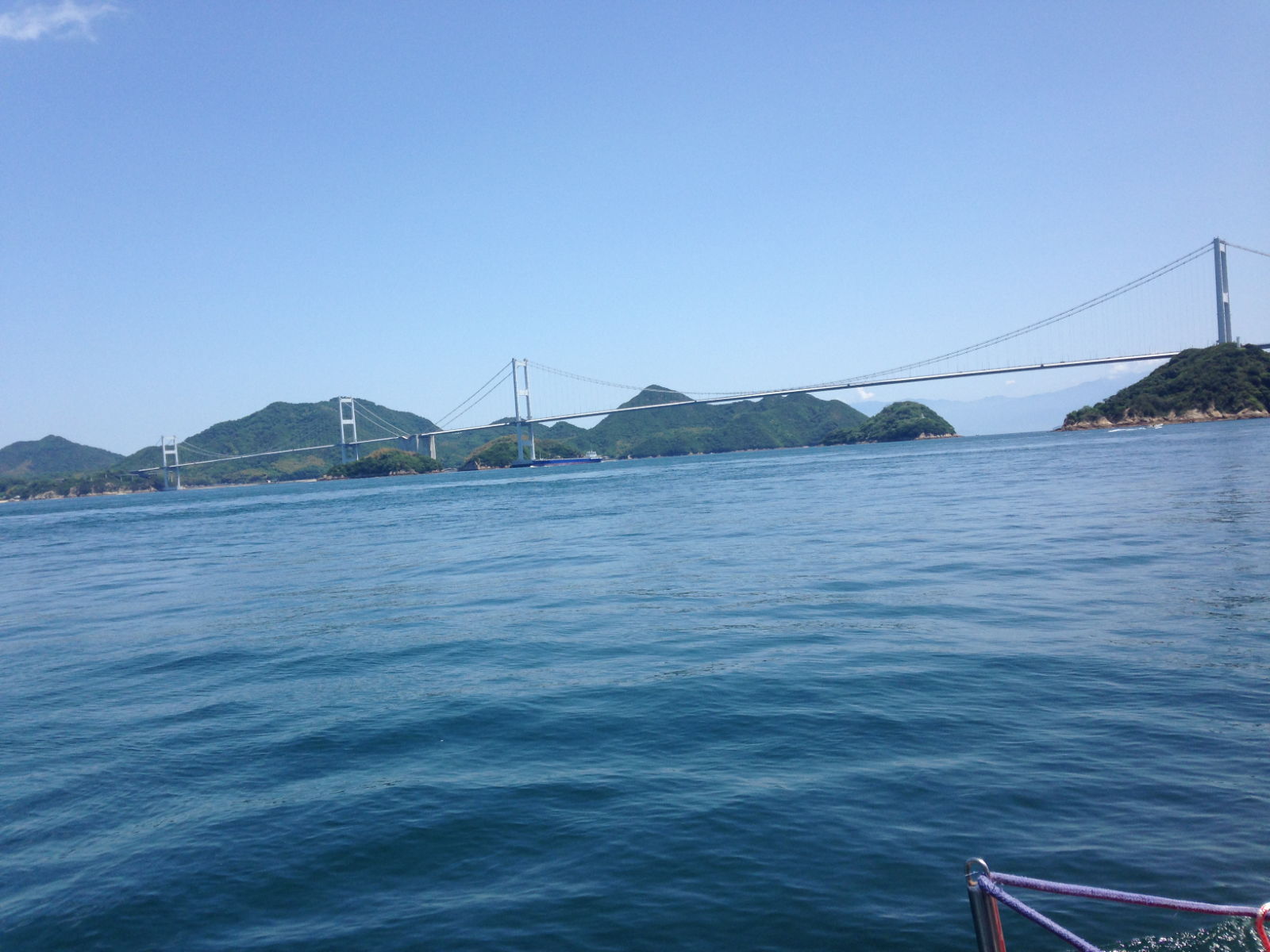

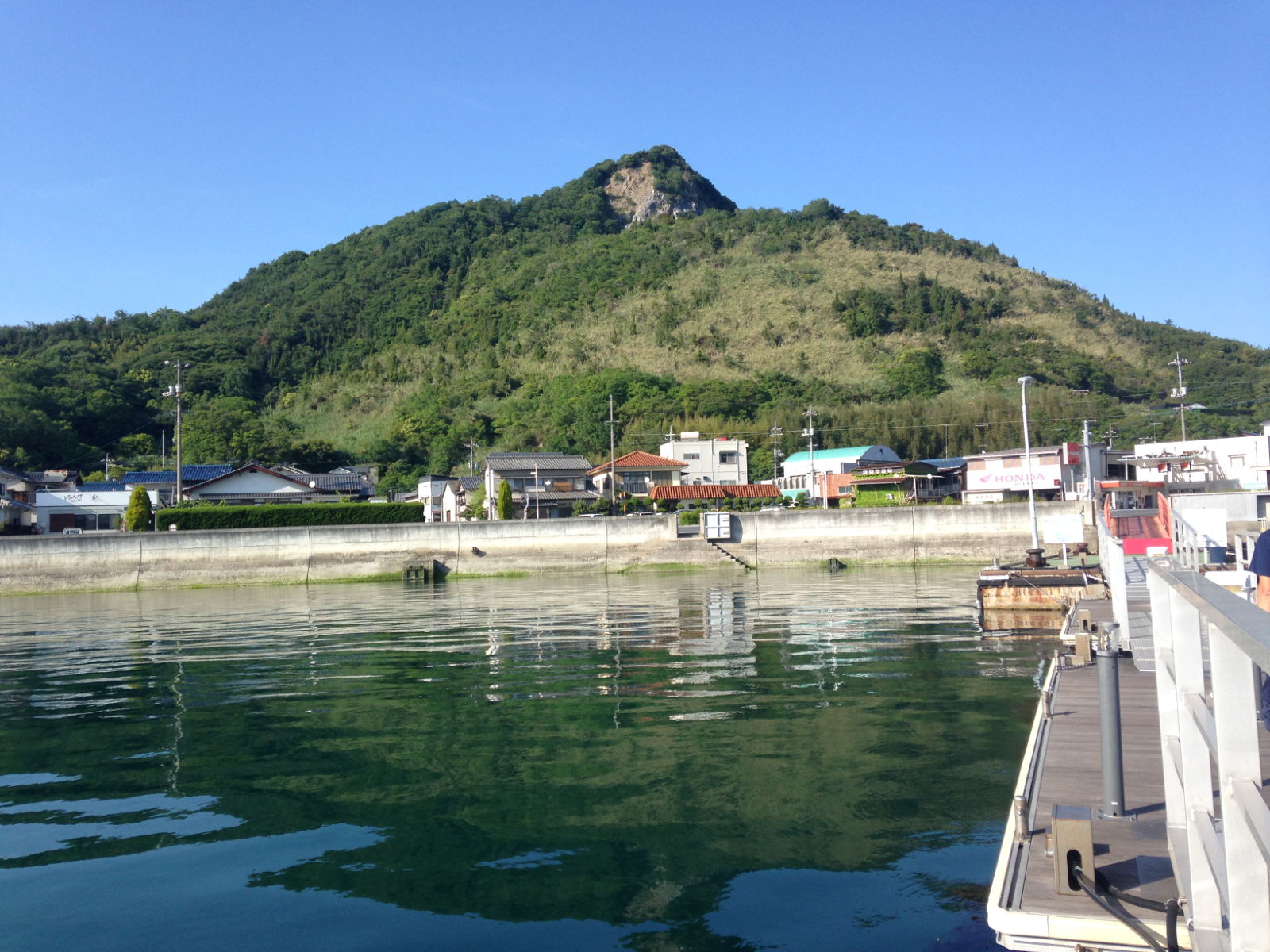
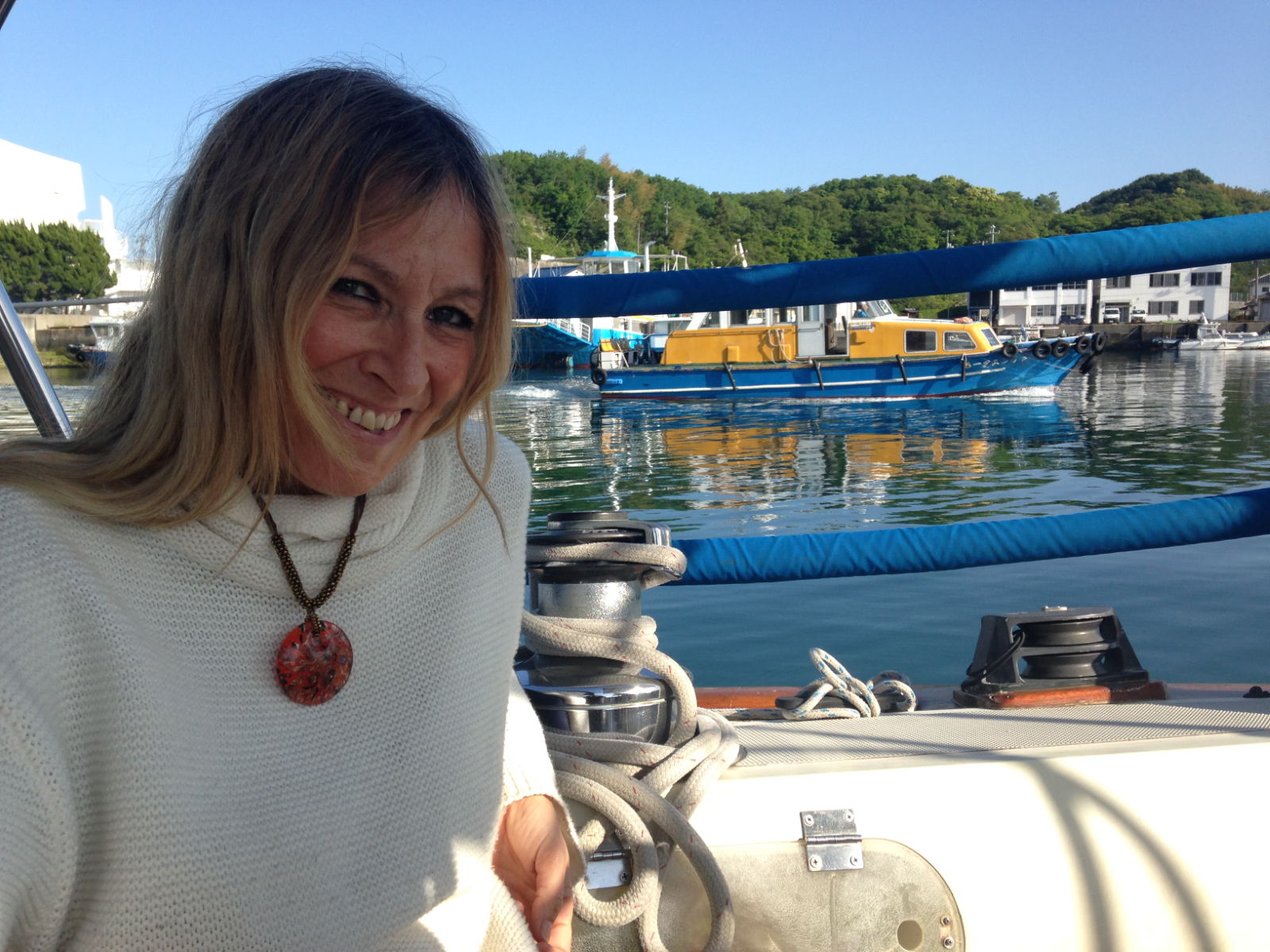
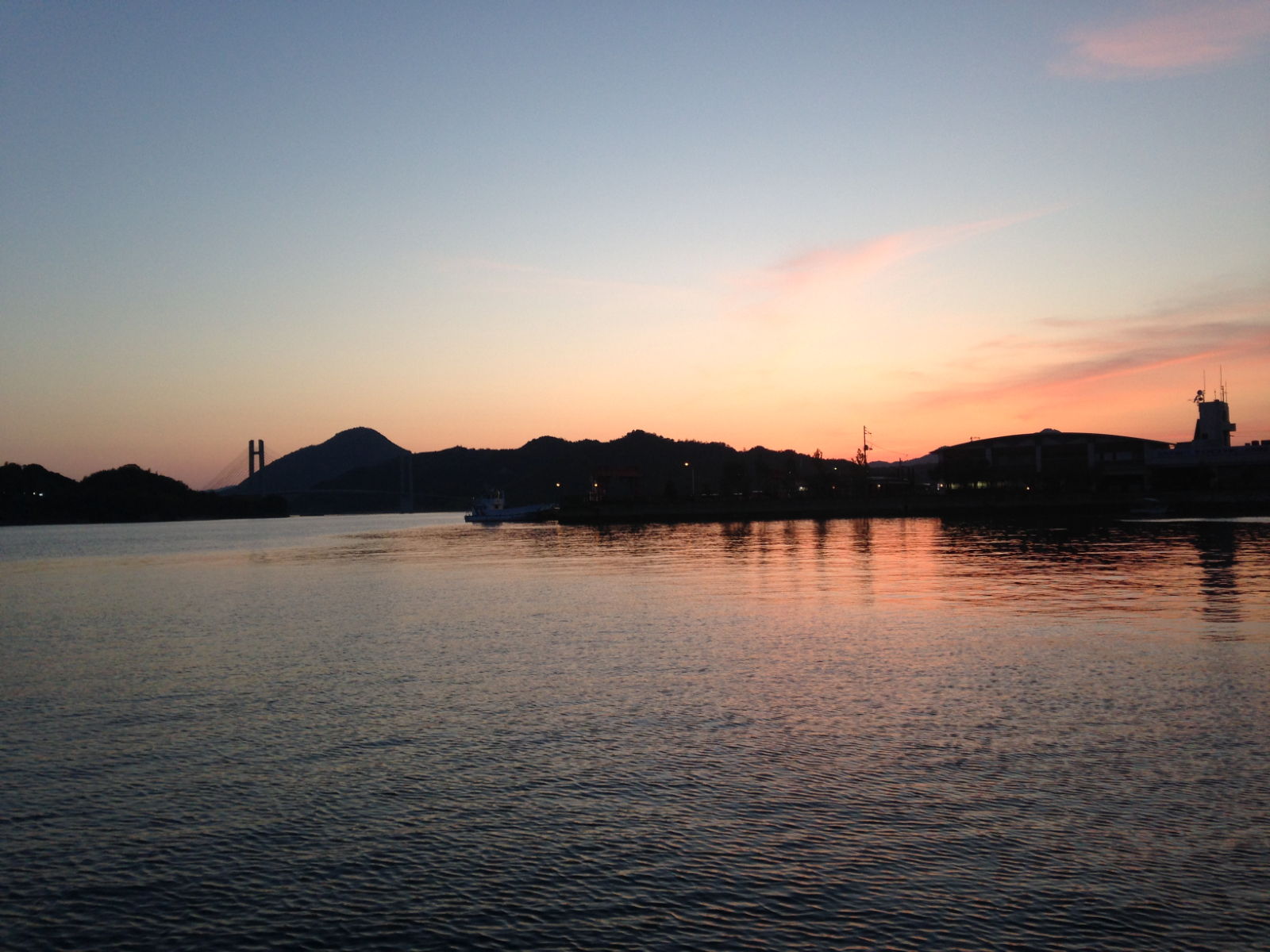
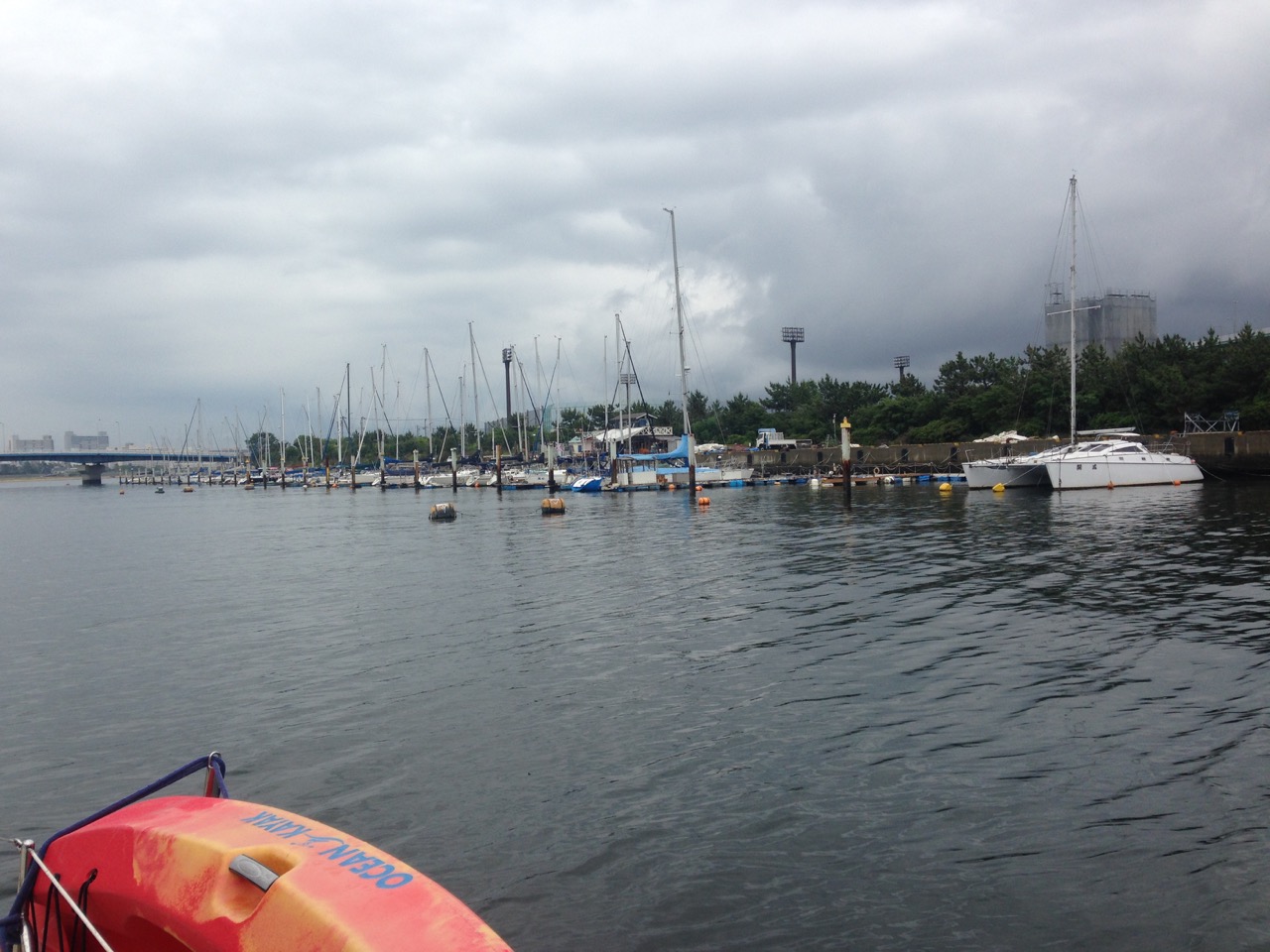 It’s a long quay, and the club has put out about 40 pontoons for their members and built a clubhouse on the quay.
It’s a long quay, and the club has put out about 40 pontoons for their members and built a clubhouse on the quay.

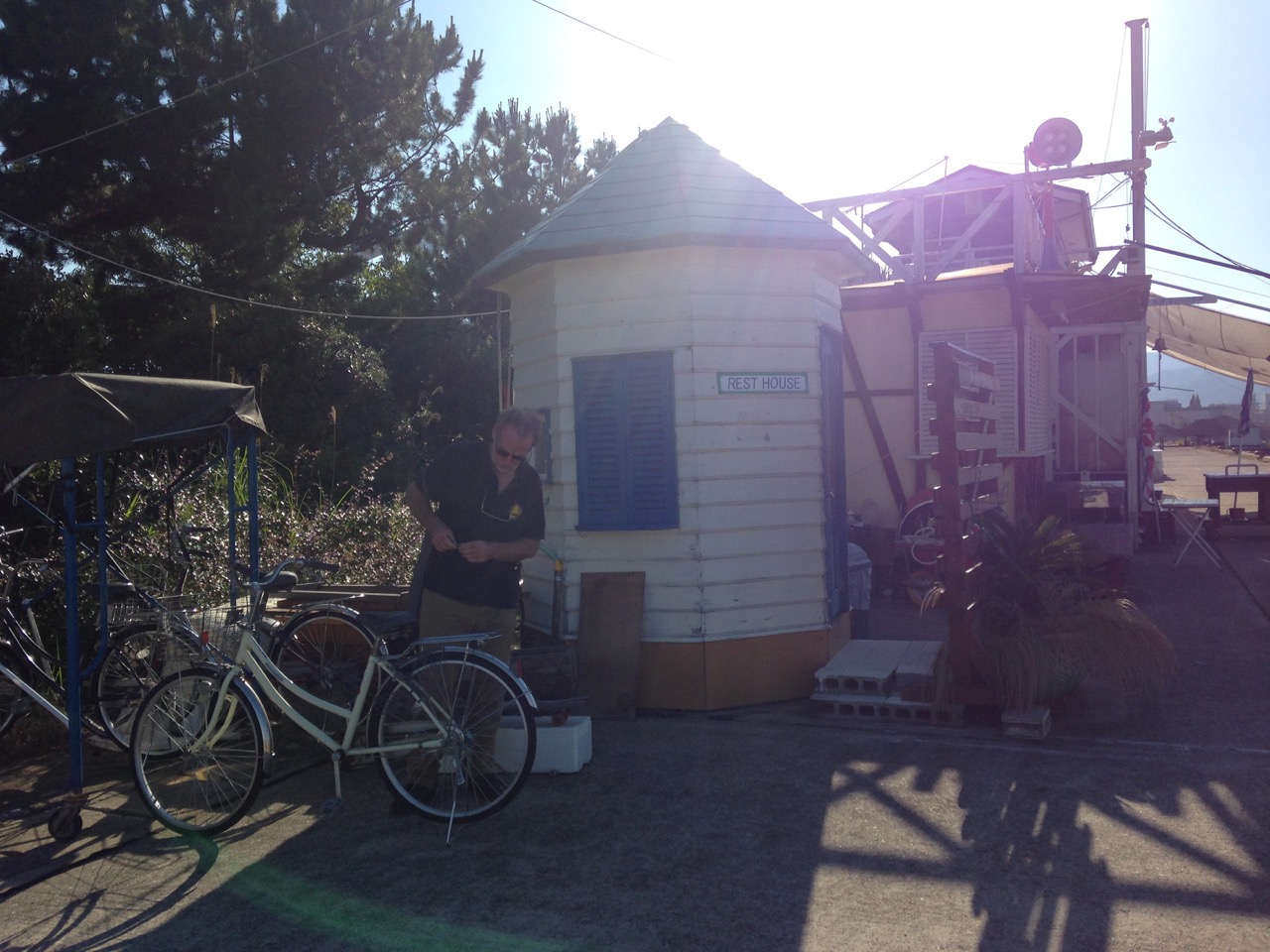
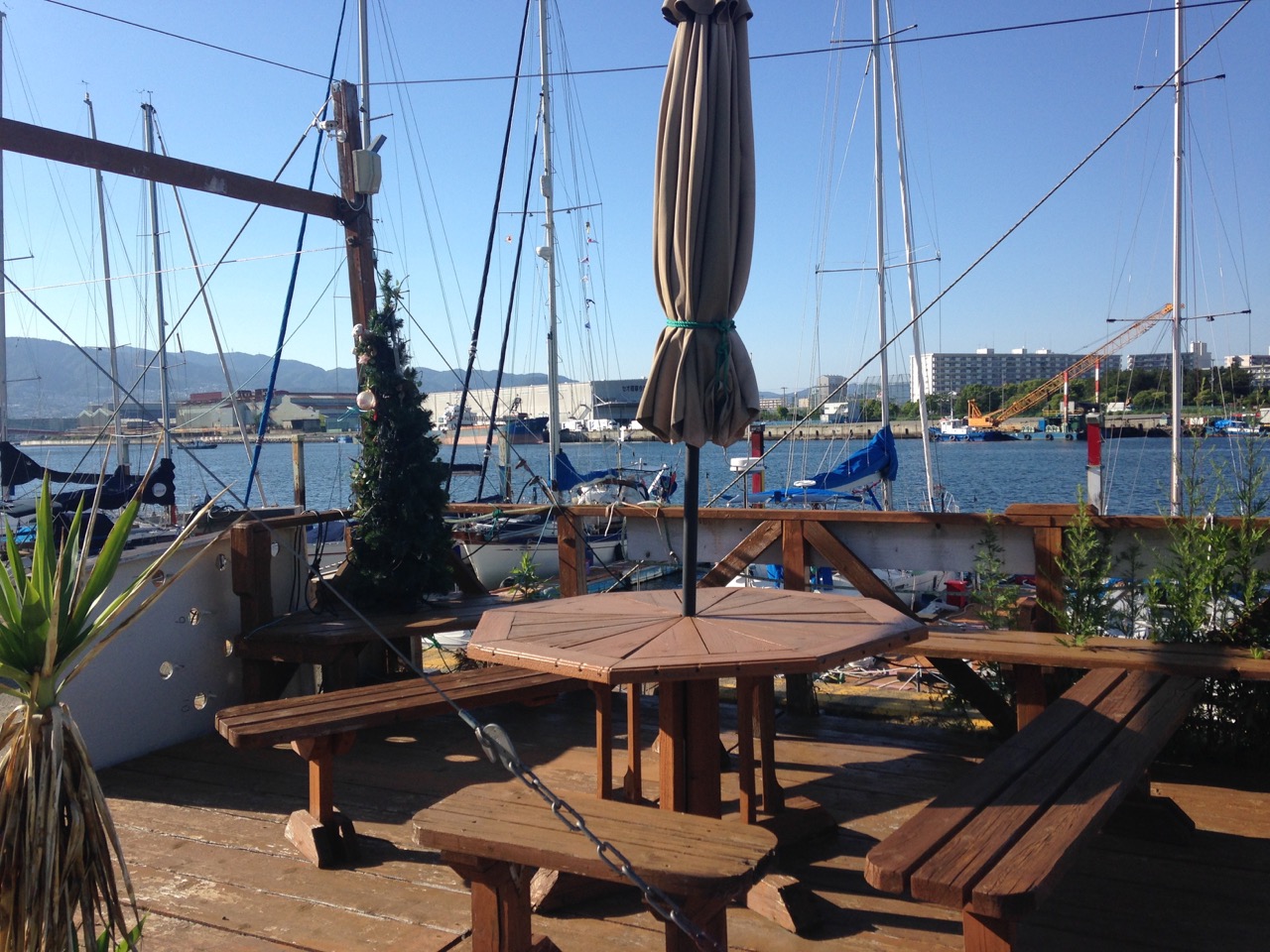 On arrival the Commodore, Vice Commodore and the treasurer sat me down to explain everything, we could have free electricity and water, could use all their facilities and we could stay as long as we liked, however it would cost 300Yen / day ($3 or £2), next we were informed that we would be guests of honour at a party they were throwing for us on Saturday, and they would be very pleased for us to attend. It was all a little overwhelming, they really were going out of the way to make us welcome. When they asked if we had any food or drink preferences, I wondered how they would cope with a vegan and a tee-totaller, but they took that on board without any issue.
On arrival the Commodore, Vice Commodore and the treasurer sat me down to explain everything, we could have free electricity and water, could use all their facilities and we could stay as long as we liked, however it would cost 300Yen / day ($3 or £2), next we were informed that we would be guests of honour at a party they were throwing for us on Saturday, and they would be very pleased for us to attend. It was all a little overwhelming, they really were going out of the way to make us welcome. When they asked if we had any food or drink preferences, I wondered how they would cope with a vegan and a tee-totaller, but they took that on board without any issue. After the food, which kept coming and coming, we retired to the clubhouse where the members produced many bottles of whisky and proceeded to have a good time. It wasn’t long before the karaoke machine came out and we watched with great amusement each of the members present murder a great classic.
After the food, which kept coming and coming, we retired to the clubhouse where the members produced many bottles of whisky and proceeded to have a good time. It wasn’t long before the karaoke machine came out and we watched with great amusement each of the members present murder a great classic.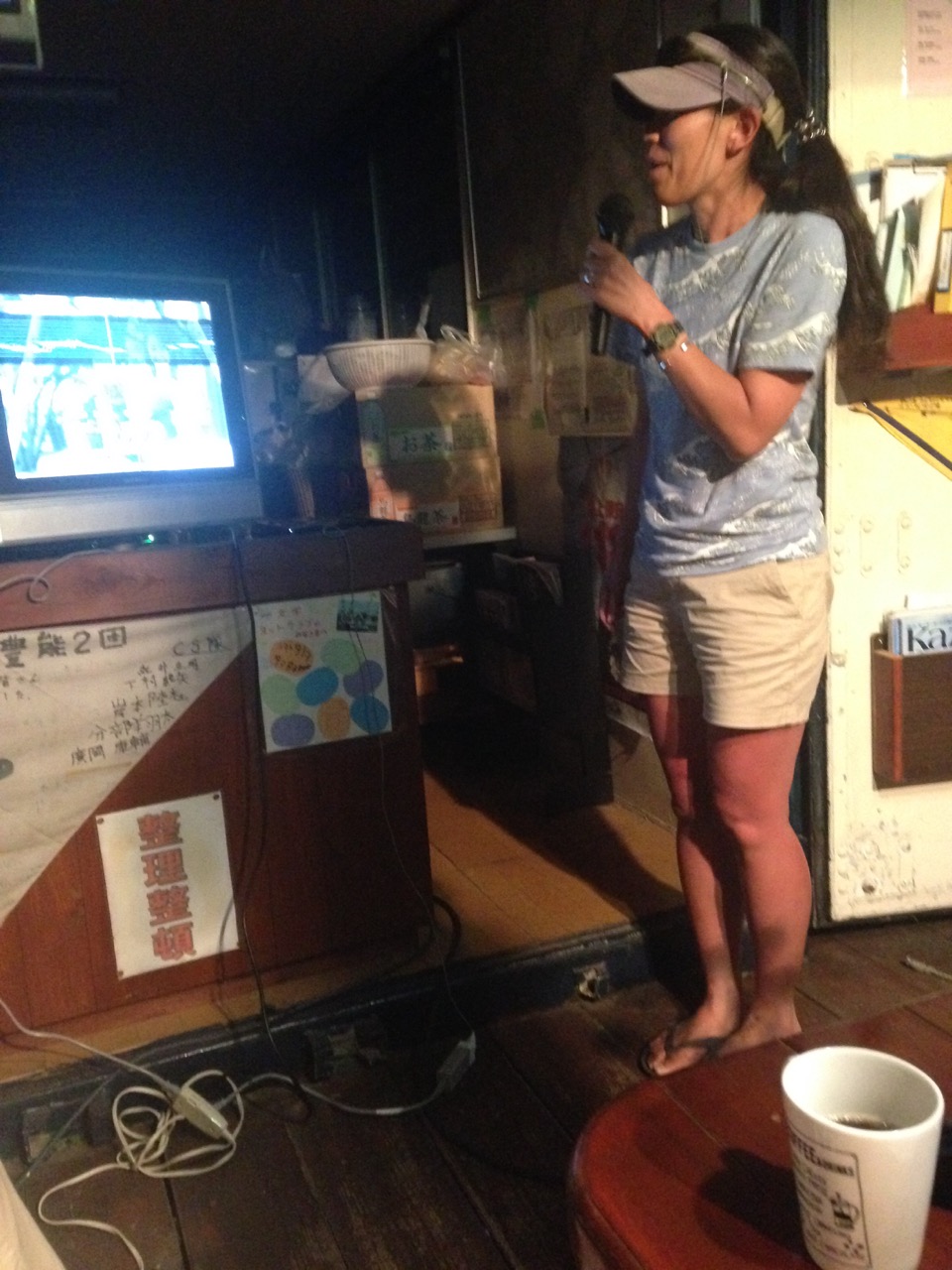 To be fair, some of them actually sang really well. One of the young ladies present explained to me that I had to sing as well, as this was a Japanese custom, and it was not possible for me to opt out, as everyone seemed to be having such a good time it would have been silly not to join in, however I was surprised when Kathy joined me for a rendition of “Hey Jude ” after I had destroyed the song “Yesterday”.
To be fair, some of them actually sang really well. One of the young ladies present explained to me that I had to sing as well, as this was a Japanese custom, and it was not possible for me to opt out, as everyone seemed to be having such a good time it would have been silly not to join in, however I was surprised when Kathy joined me for a rendition of “Hey Jude ” after I had destroyed the song “Yesterday”.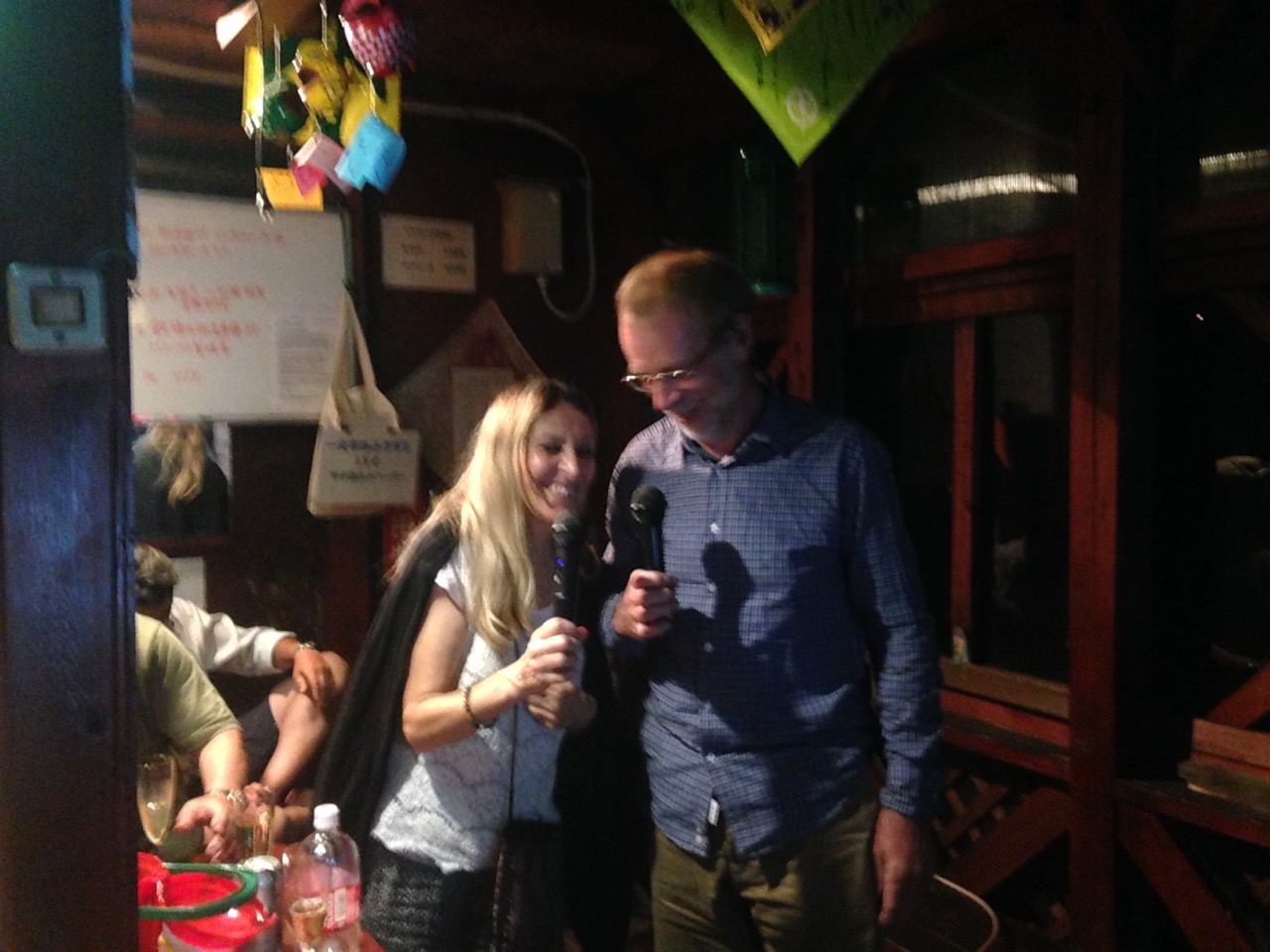
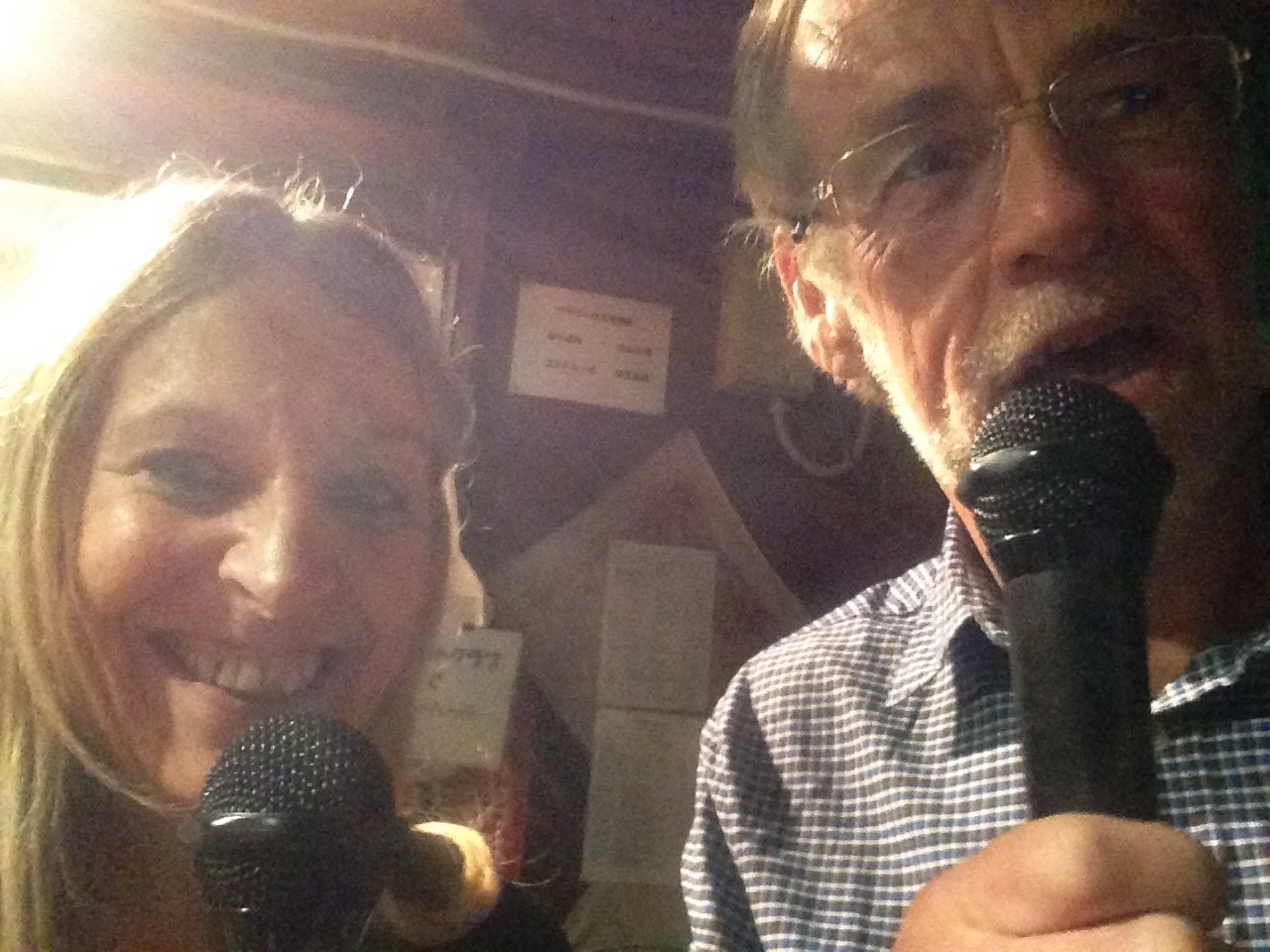
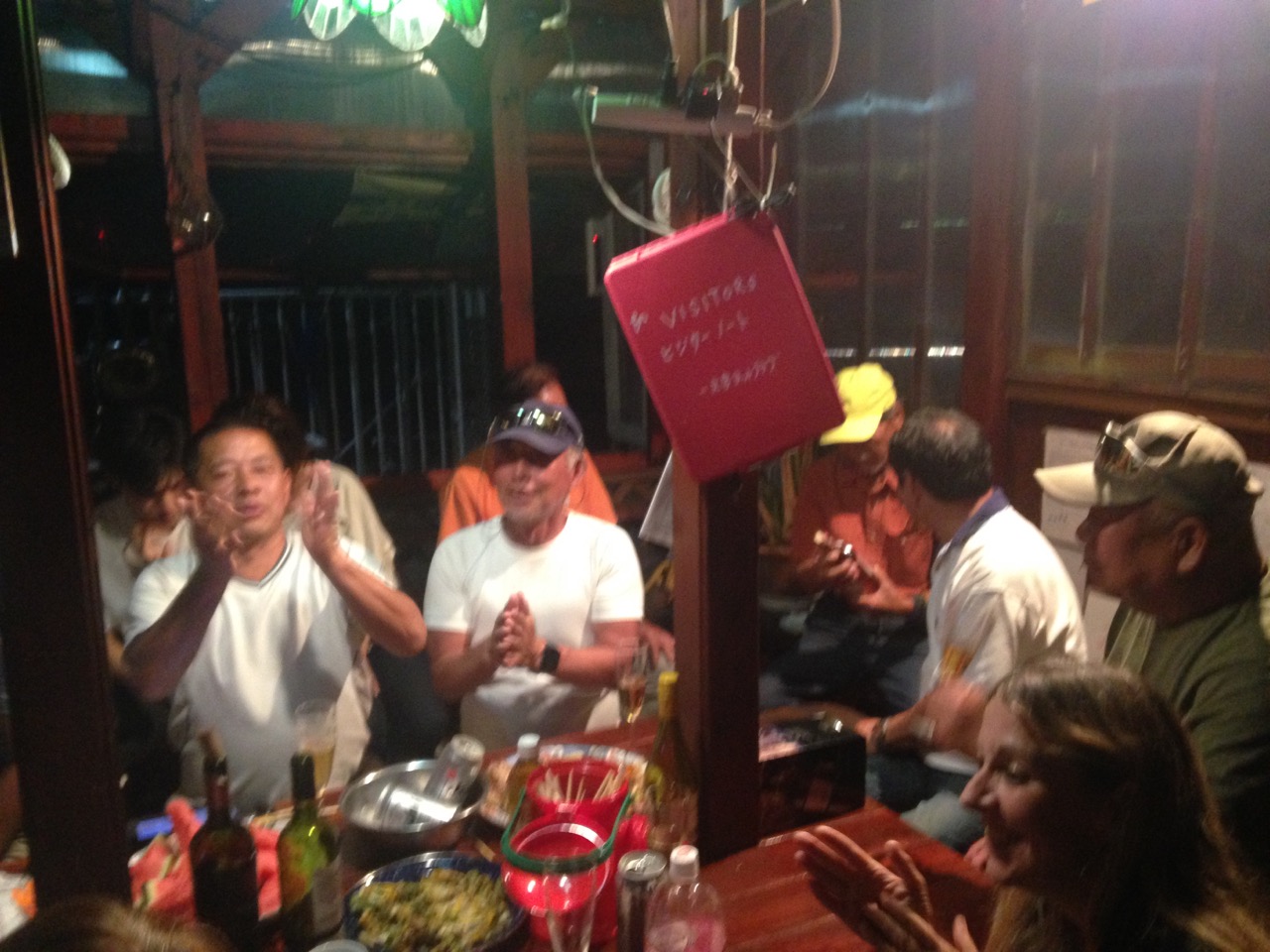 The next day, several club members came to help me fix the engine and to run me around town, looking for copper washers and other bits. On one such trip, one of the club members bought me a present, some special soap he said would be great for cleaning the cushions in the boat, which made me feel bad about how dirty they had gotten. Keeping things clean is not one of my strong points. Today the commodore dropped of a bag of luxury biscuits as a gift, we have had so many gifts since we have been here, and we really don’t have much to offer back. I donated my new starter battery to the club, it’s only 4 weeks old, but surplus now I have bought the 5 deep cycle jobs.
The next day, several club members came to help me fix the engine and to run me around town, looking for copper washers and other bits. On one such trip, one of the club members bought me a present, some special soap he said would be great for cleaning the cushions in the boat, which made me feel bad about how dirty they had gotten. Keeping things clean is not one of my strong points. Today the commodore dropped of a bag of luxury biscuits as a gift, we have had so many gifts since we have been here, and we really don’t have much to offer back. I donated my new starter battery to the club, it’s only 4 weeks old, but surplus now I have bought the 5 deep cycle jobs.
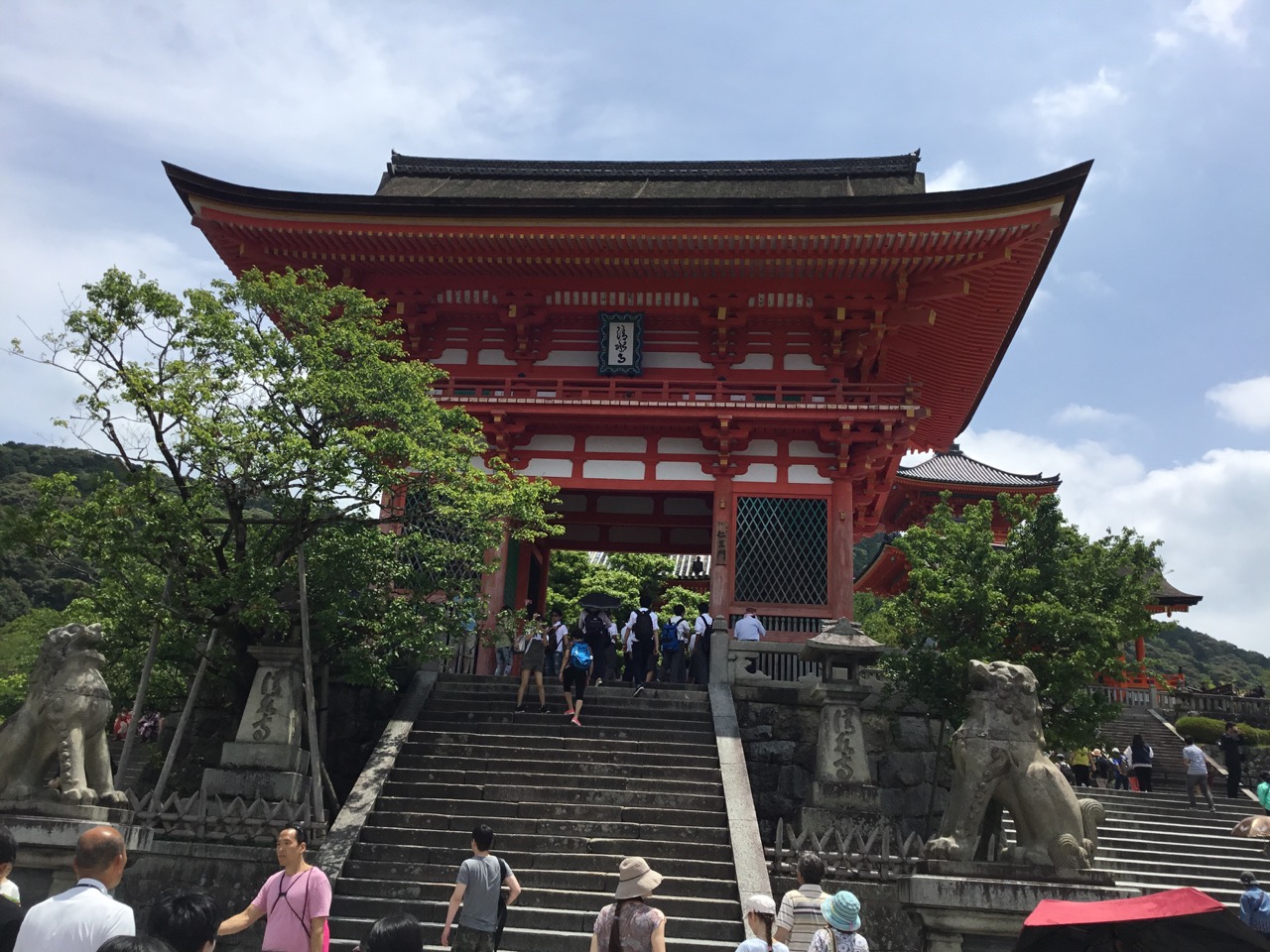
 Later we walked around the old part of town where modern day Geisha girls learn their trade in special schools, and can often be seen scurrying around the streets, however we didn’t see any, just a lot of old buildings along the banks of a lovely river. Dinner in a falafel place then the express train home.
Later we walked around the old part of town where modern day Geisha girls learn their trade in special schools, and can often be seen scurrying around the streets, however we didn’t see any, just a lot of old buildings along the banks of a lovely river. Dinner in a falafel place then the express train home.


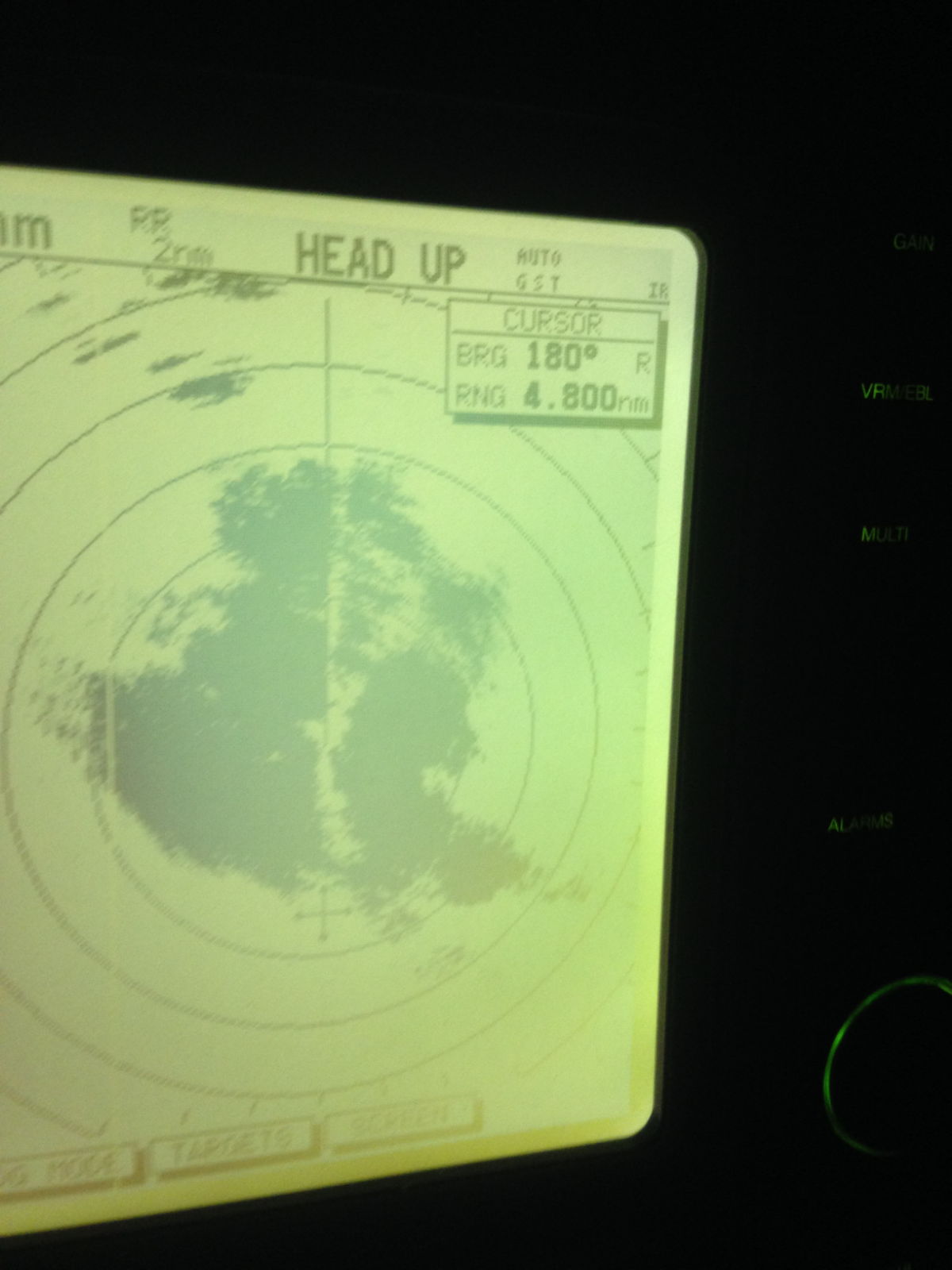



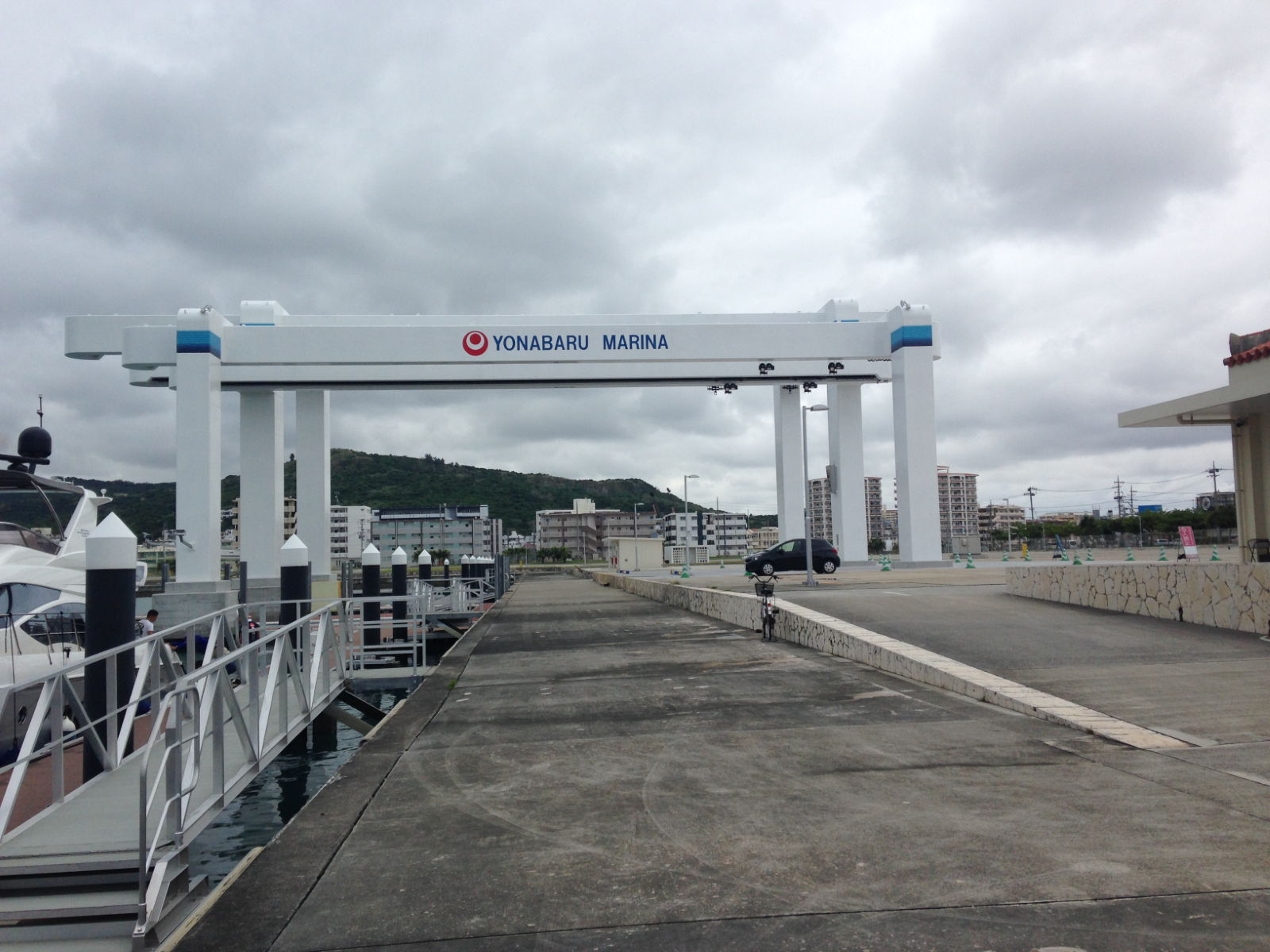
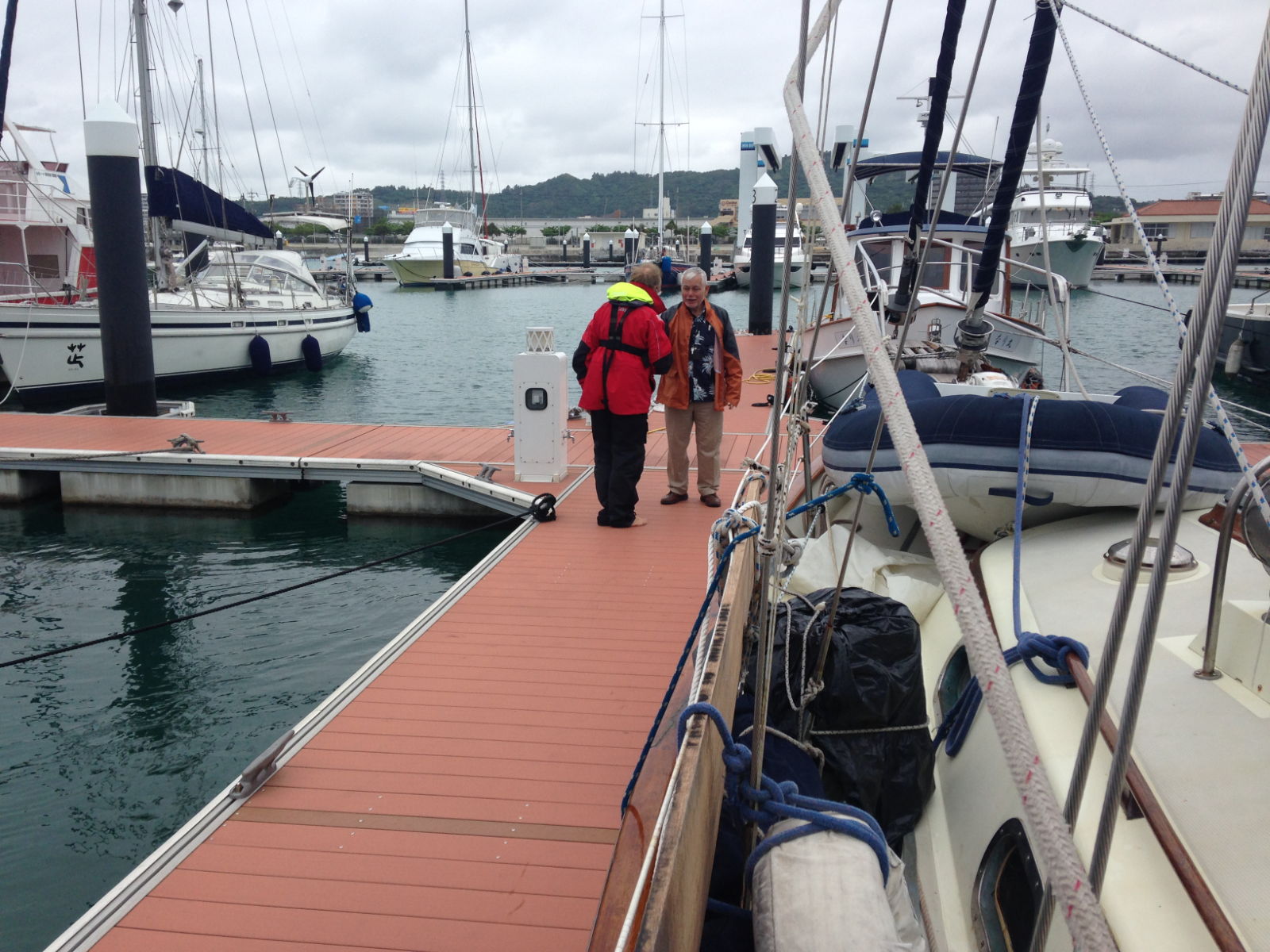




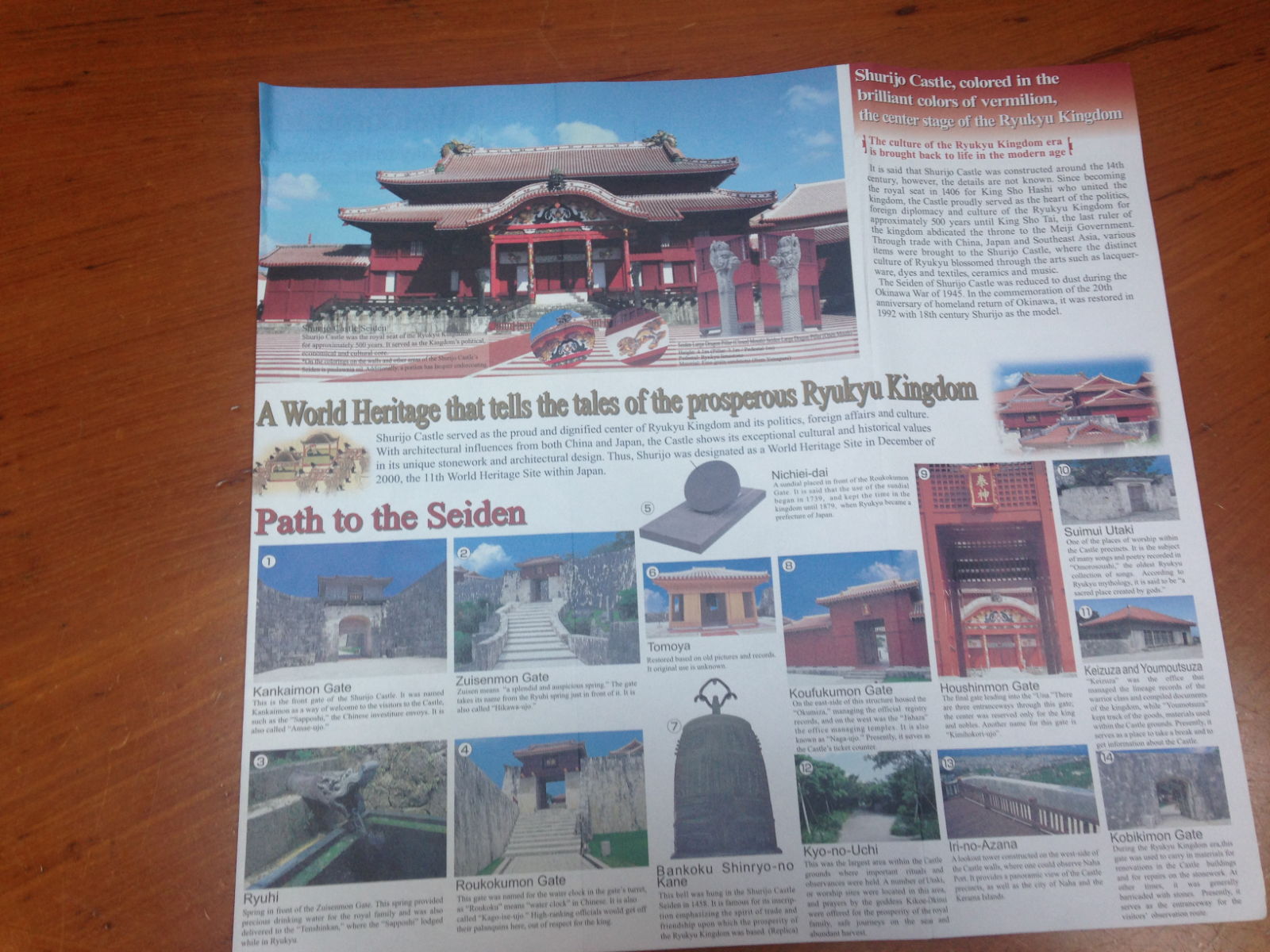
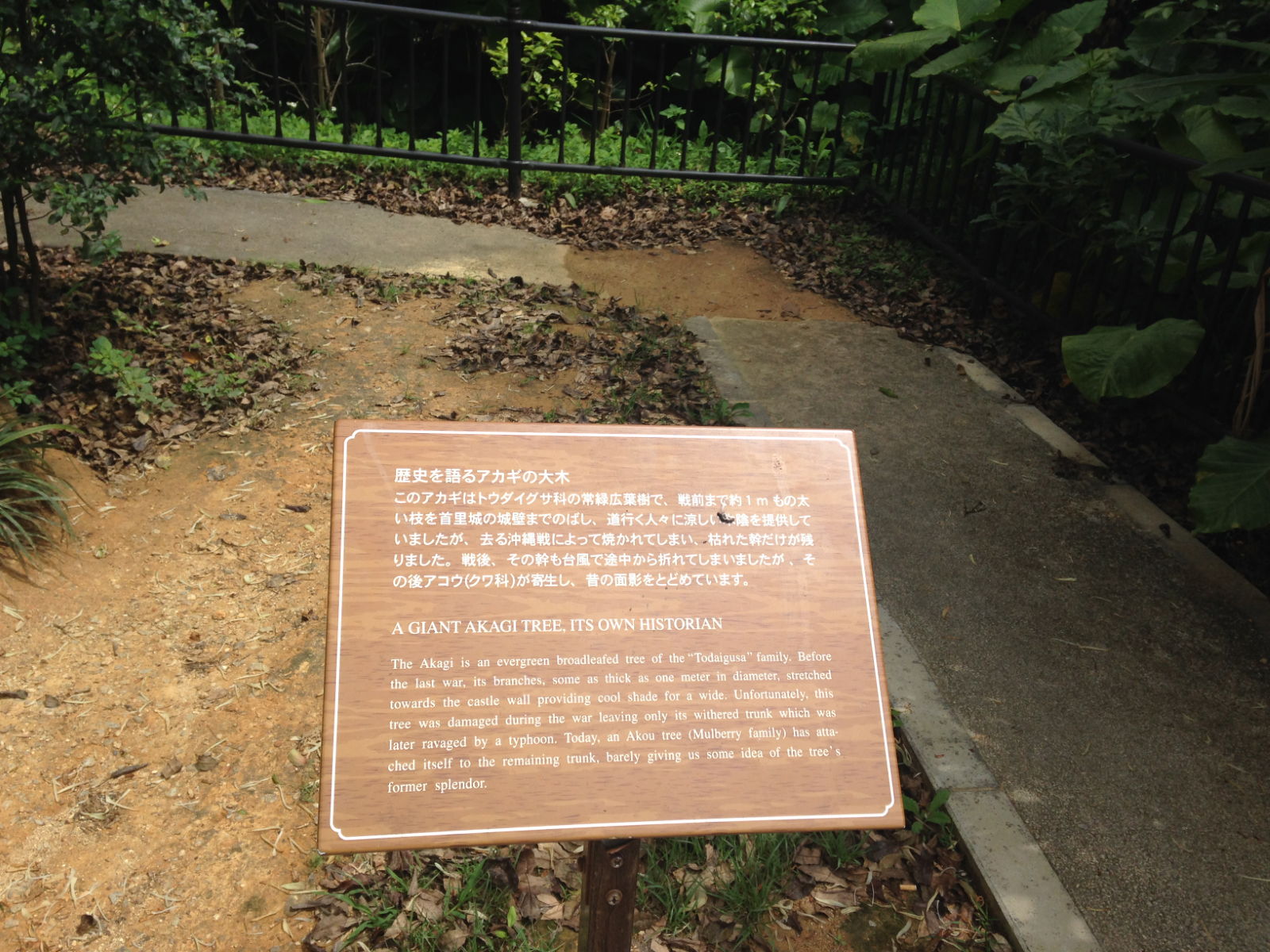
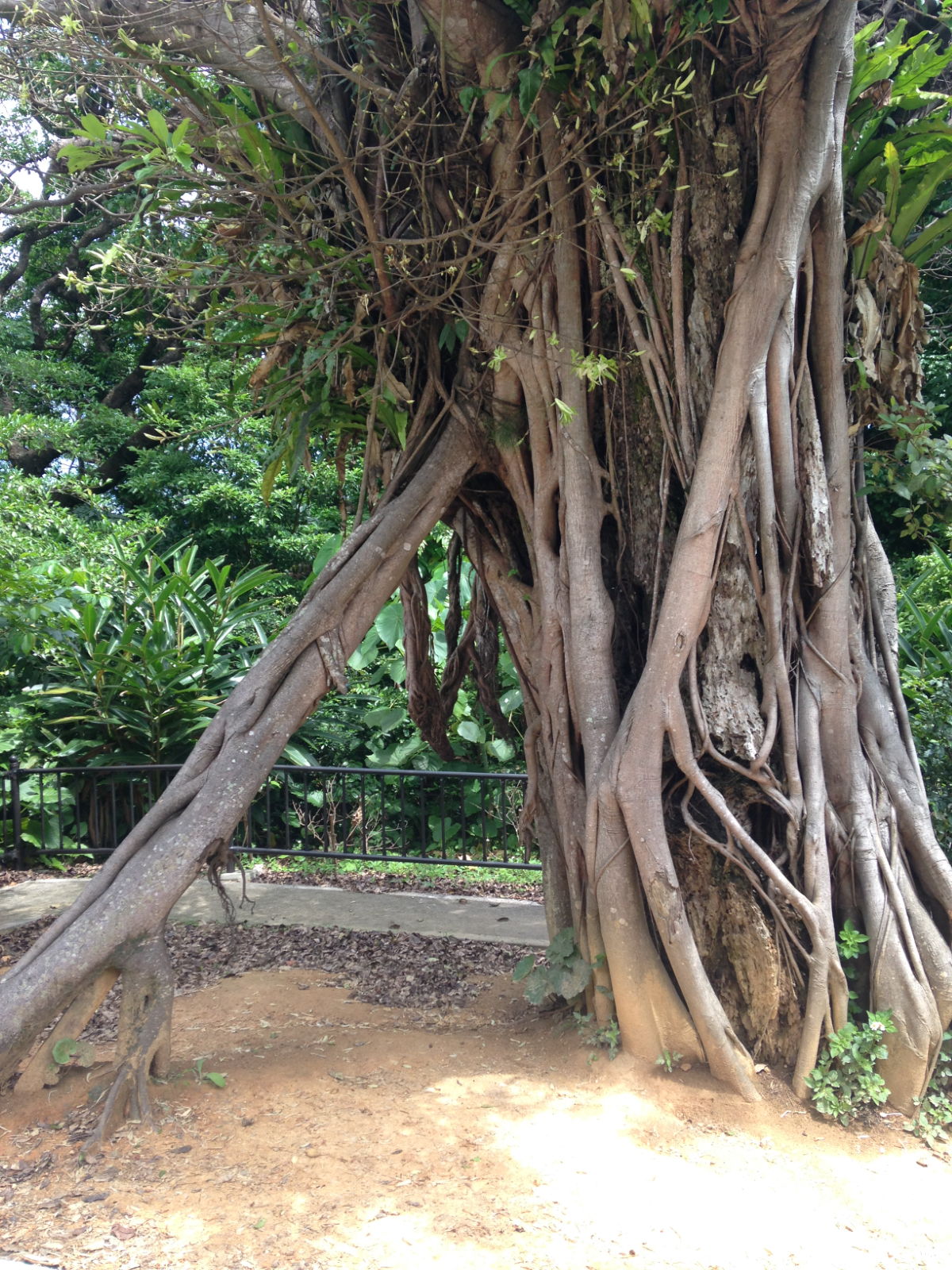
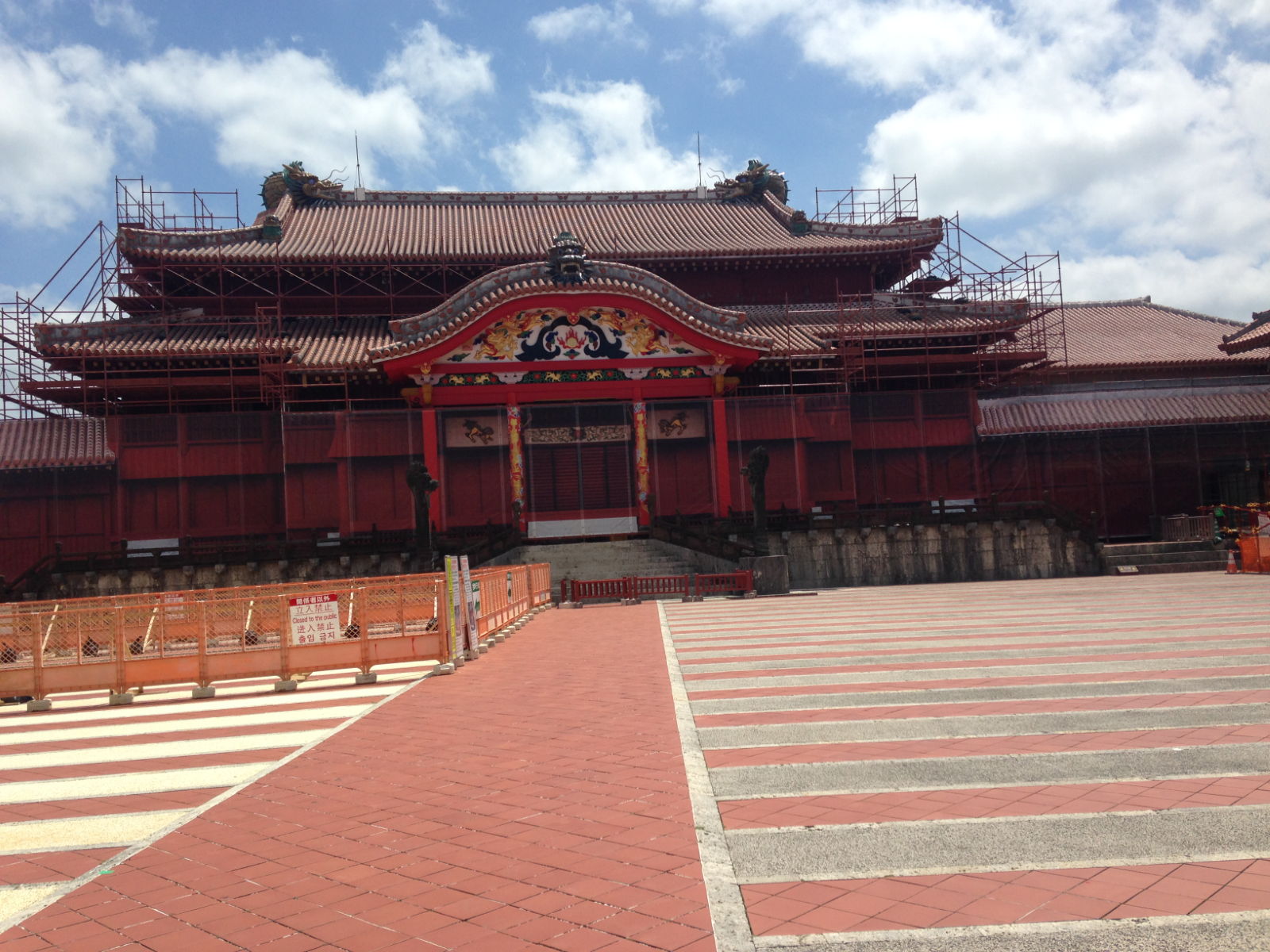
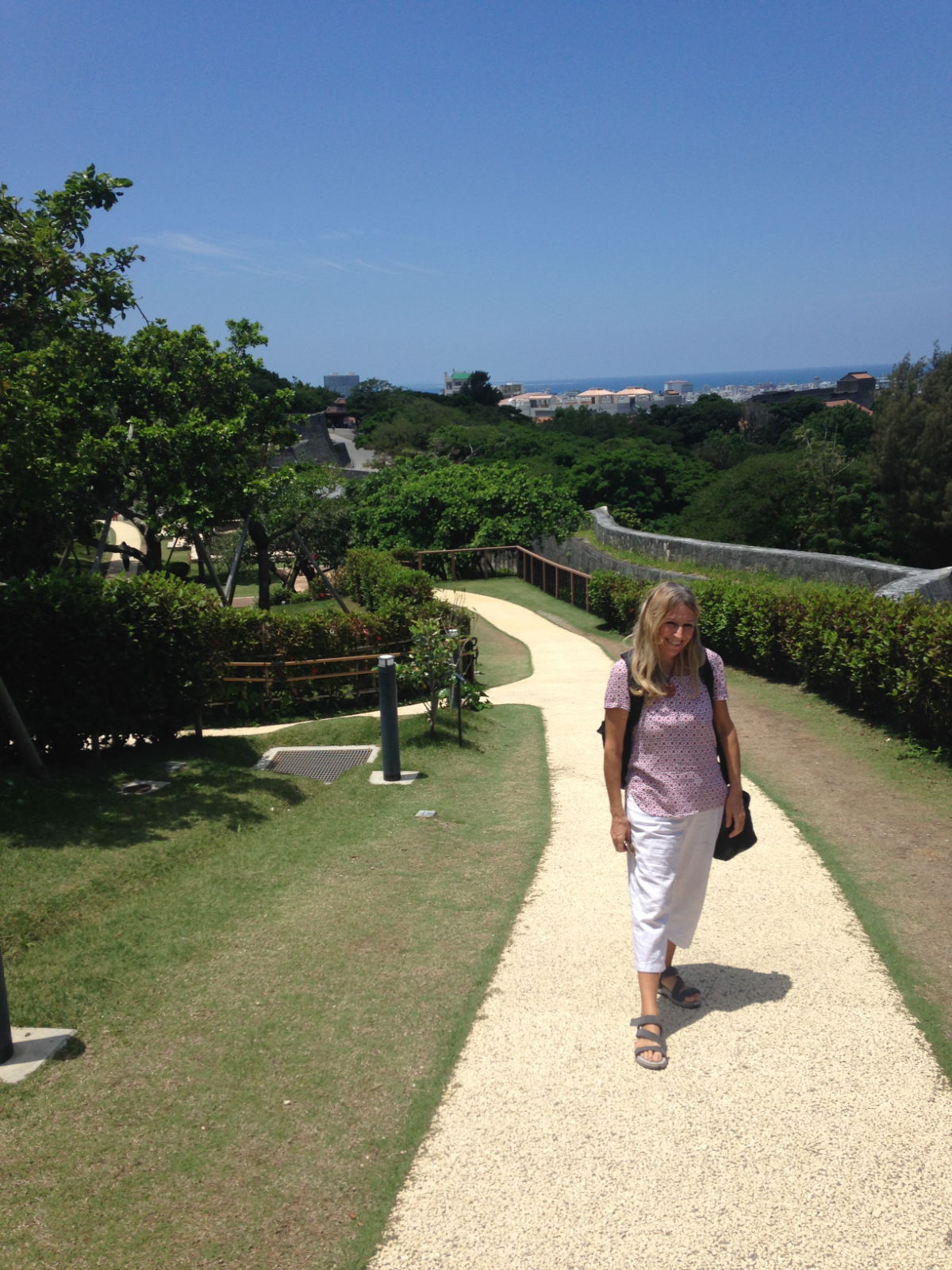


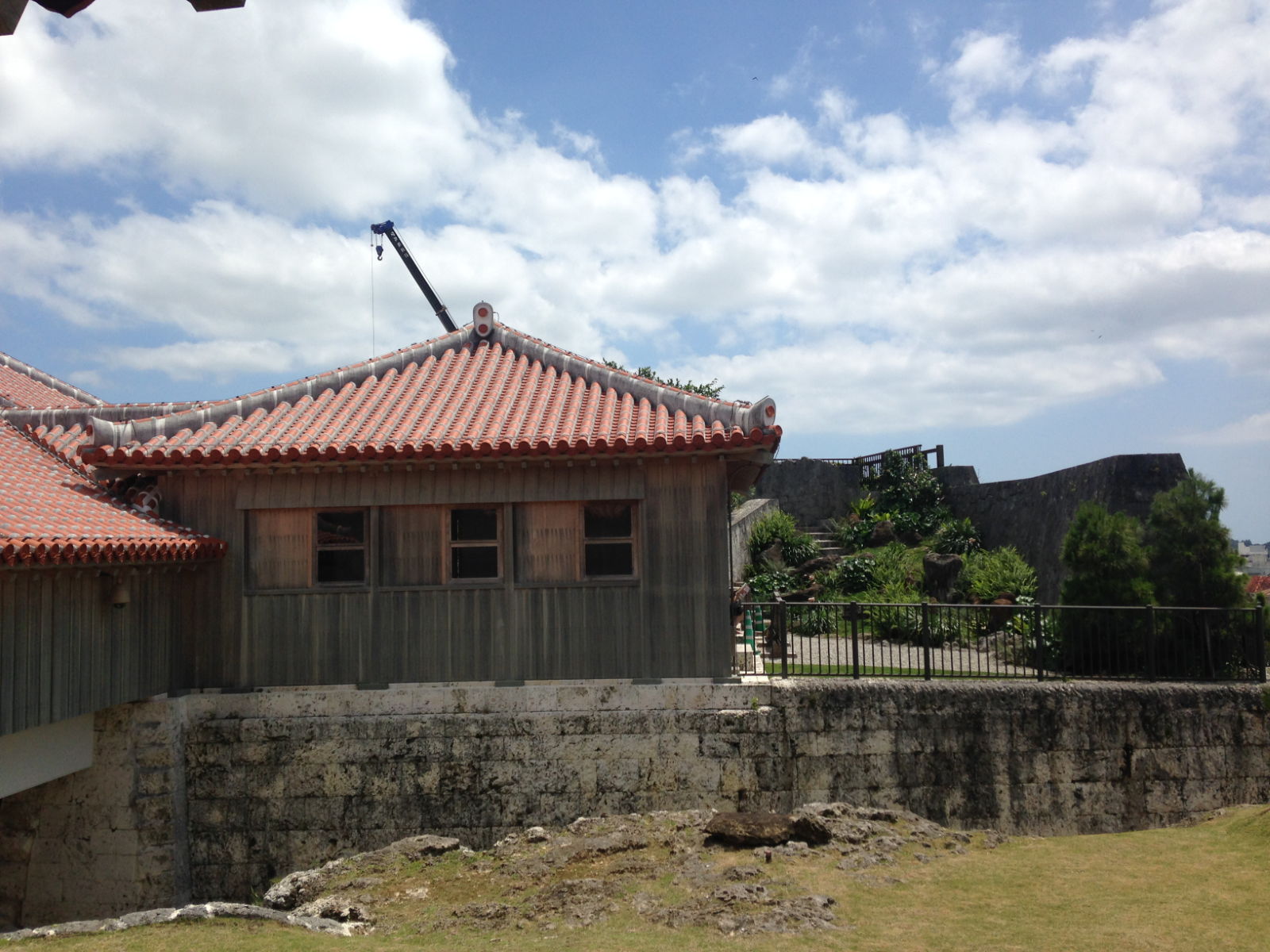

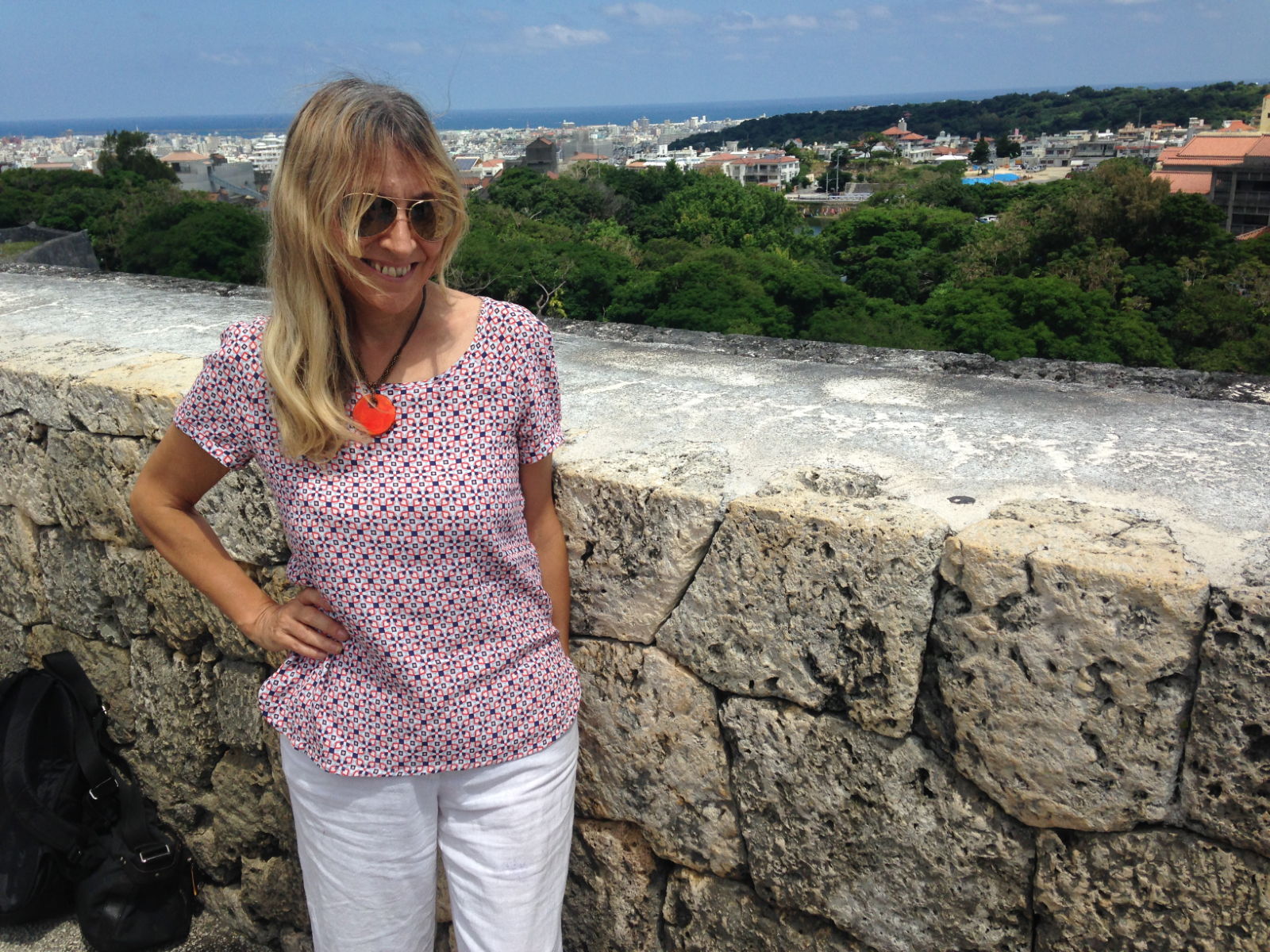

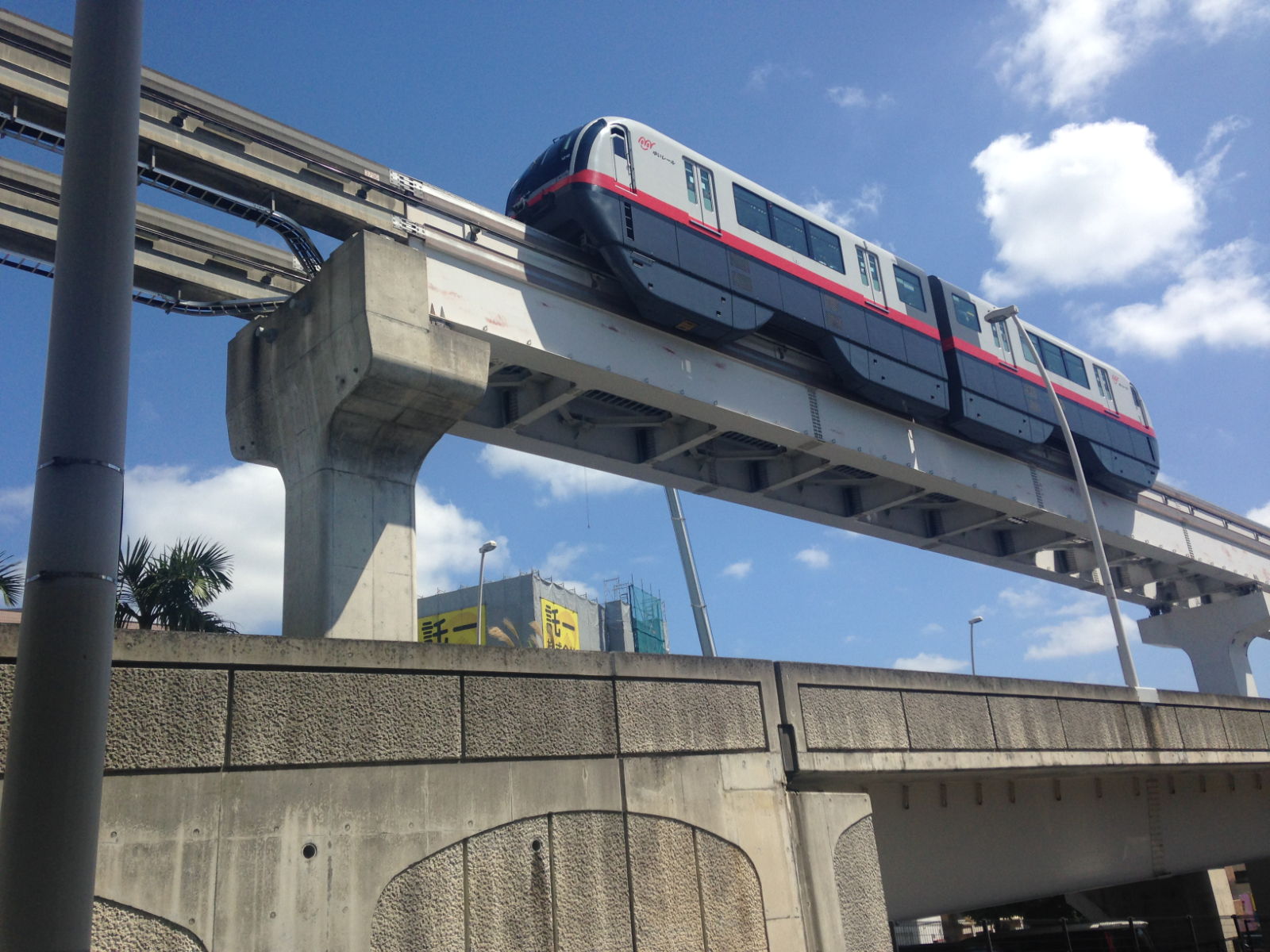
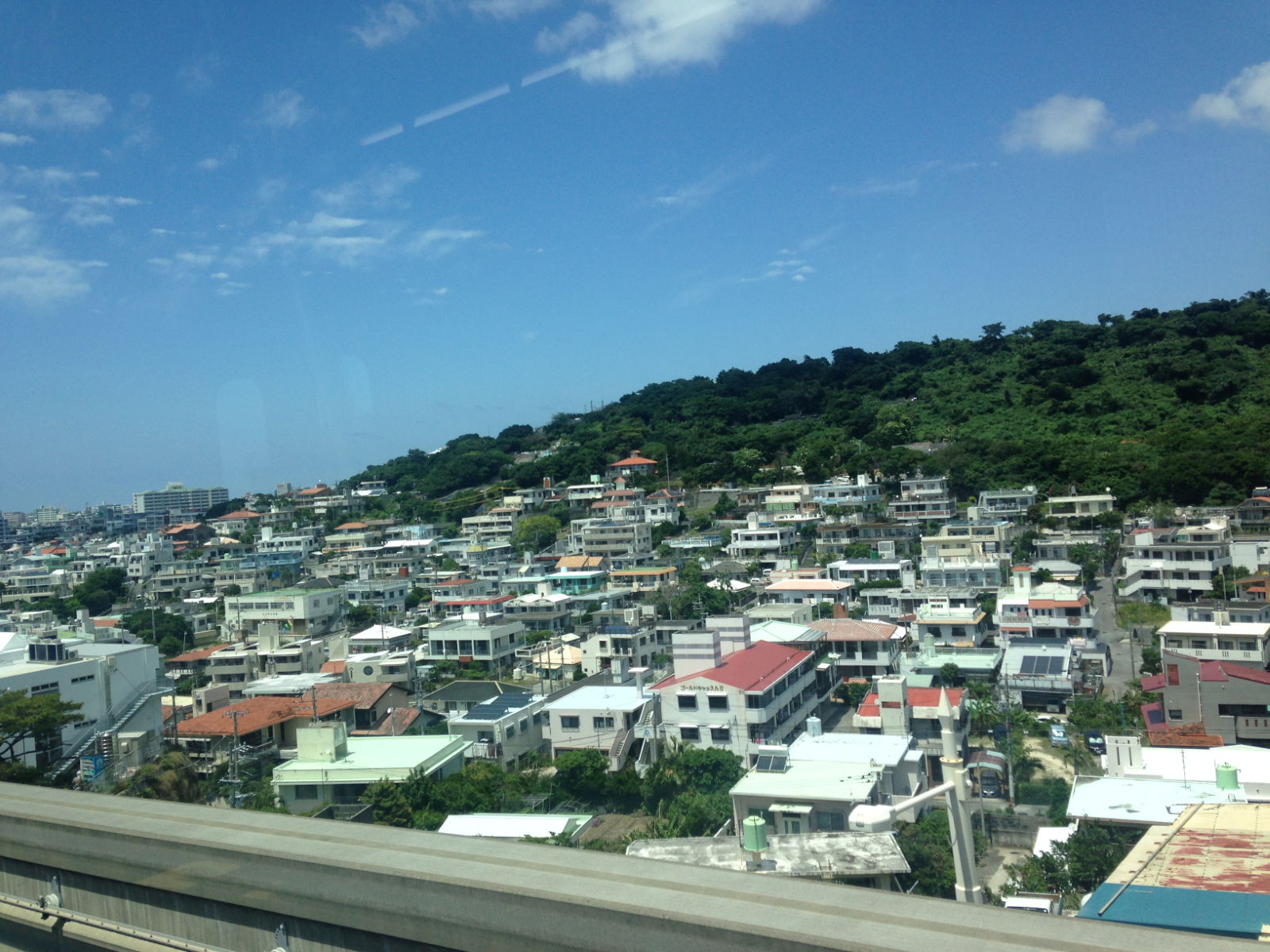
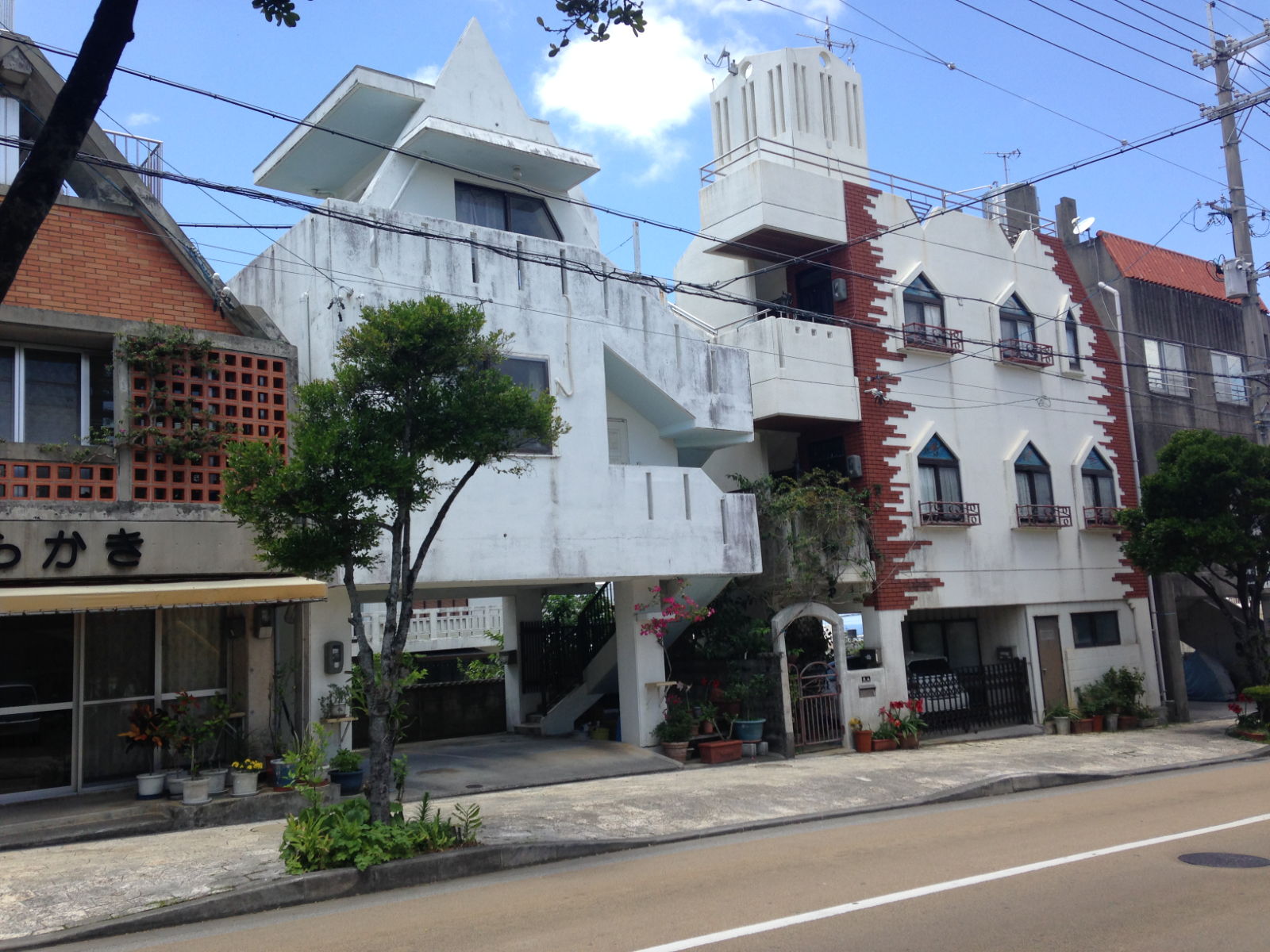


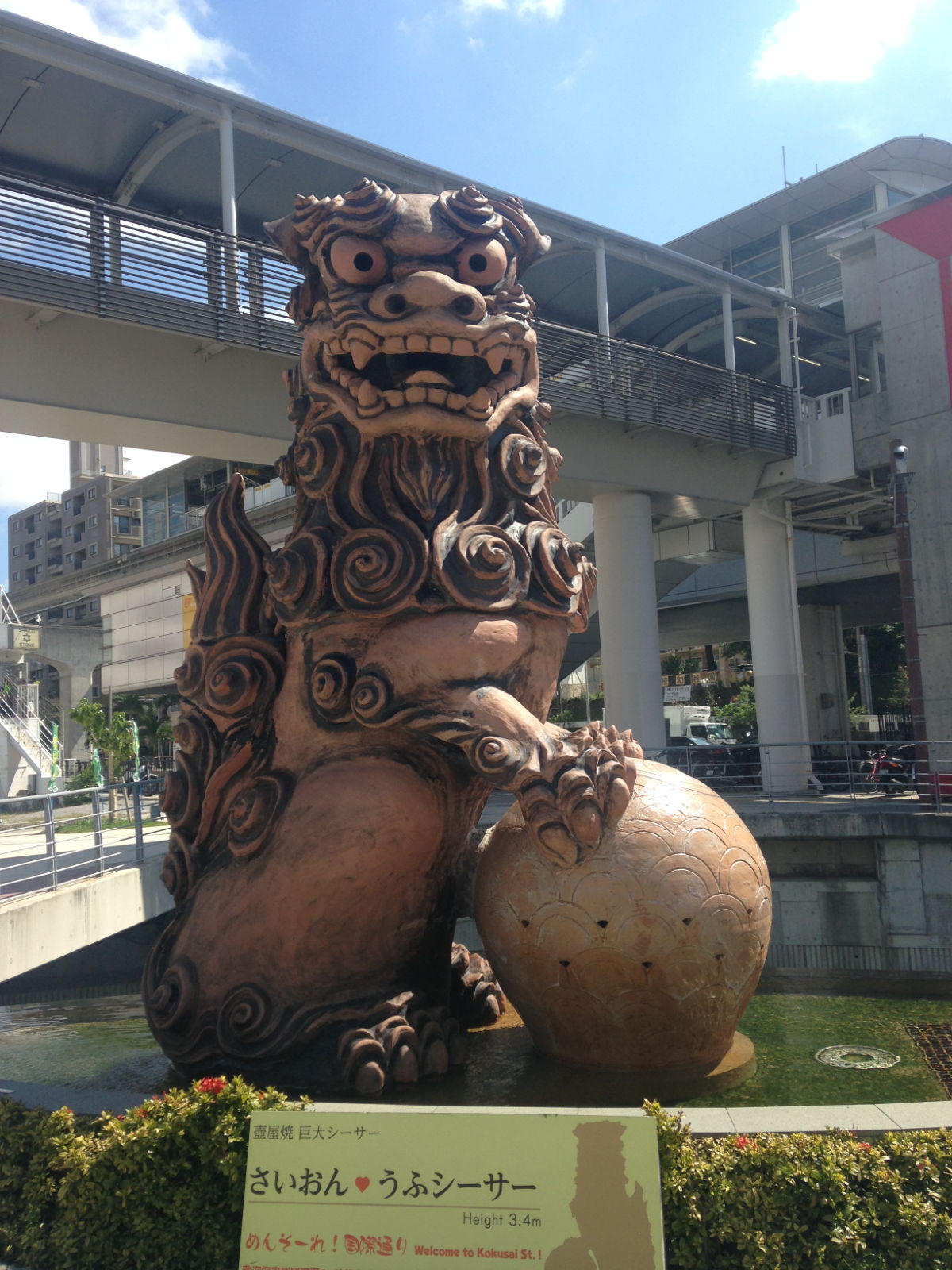

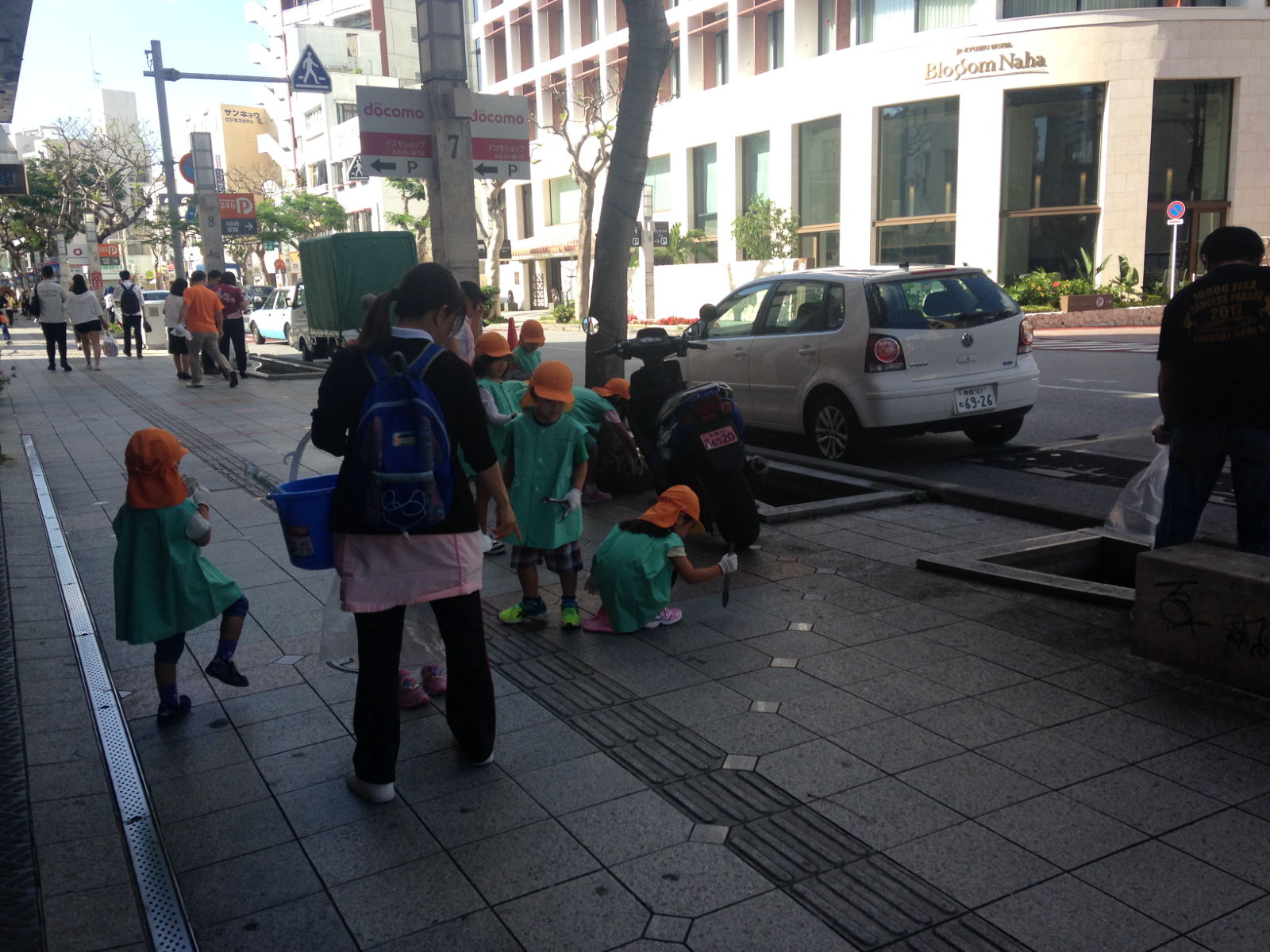
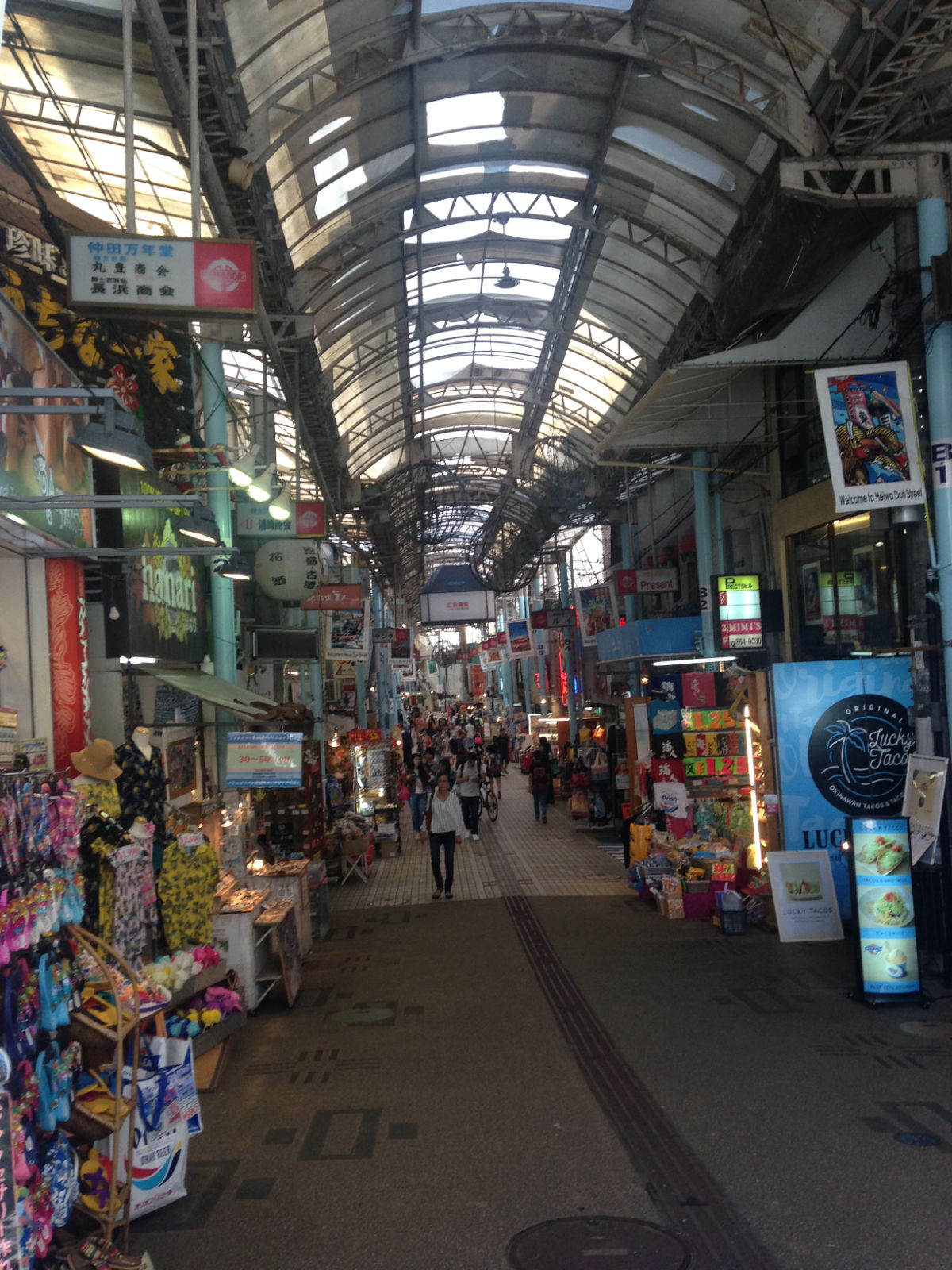

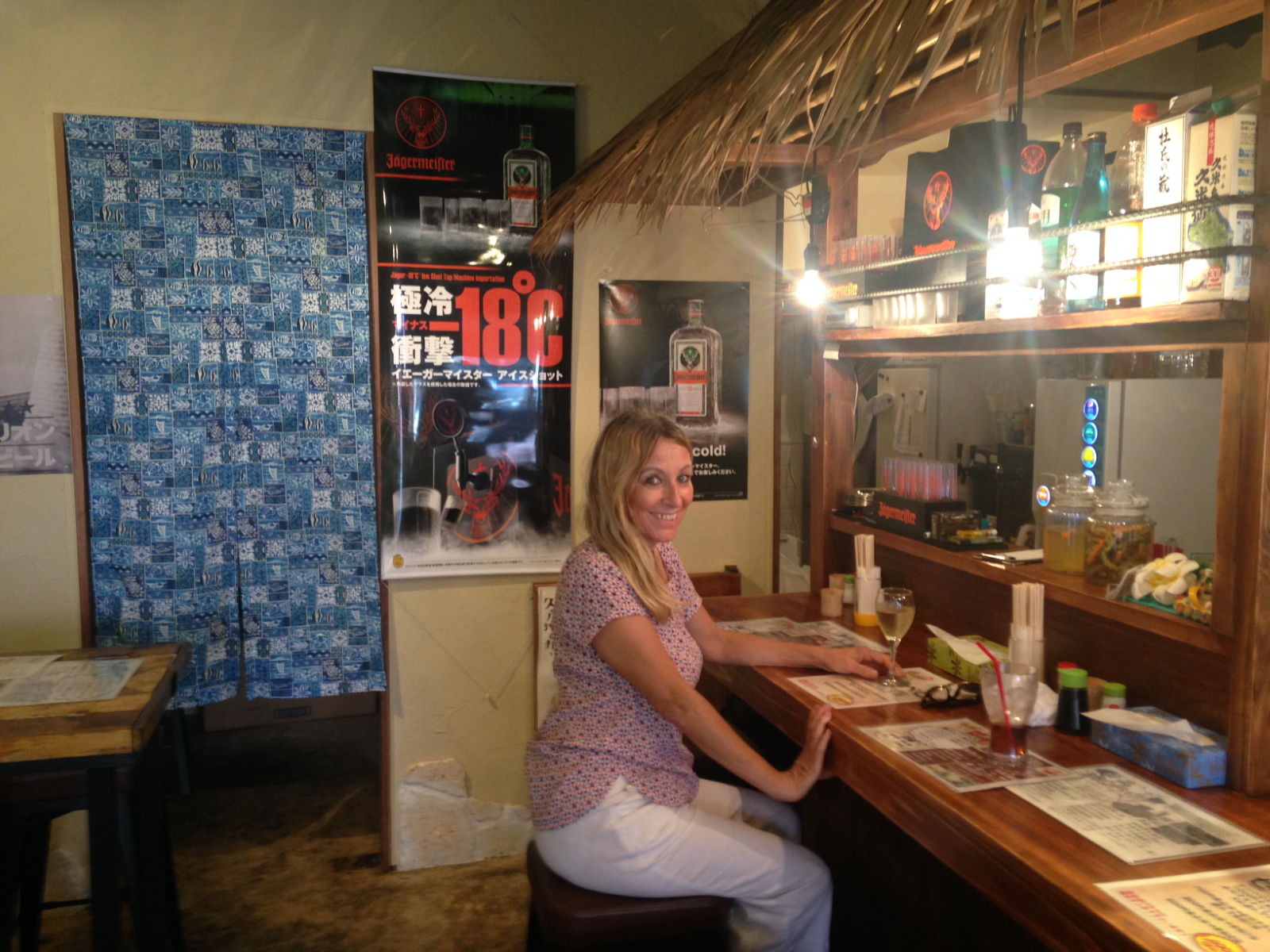
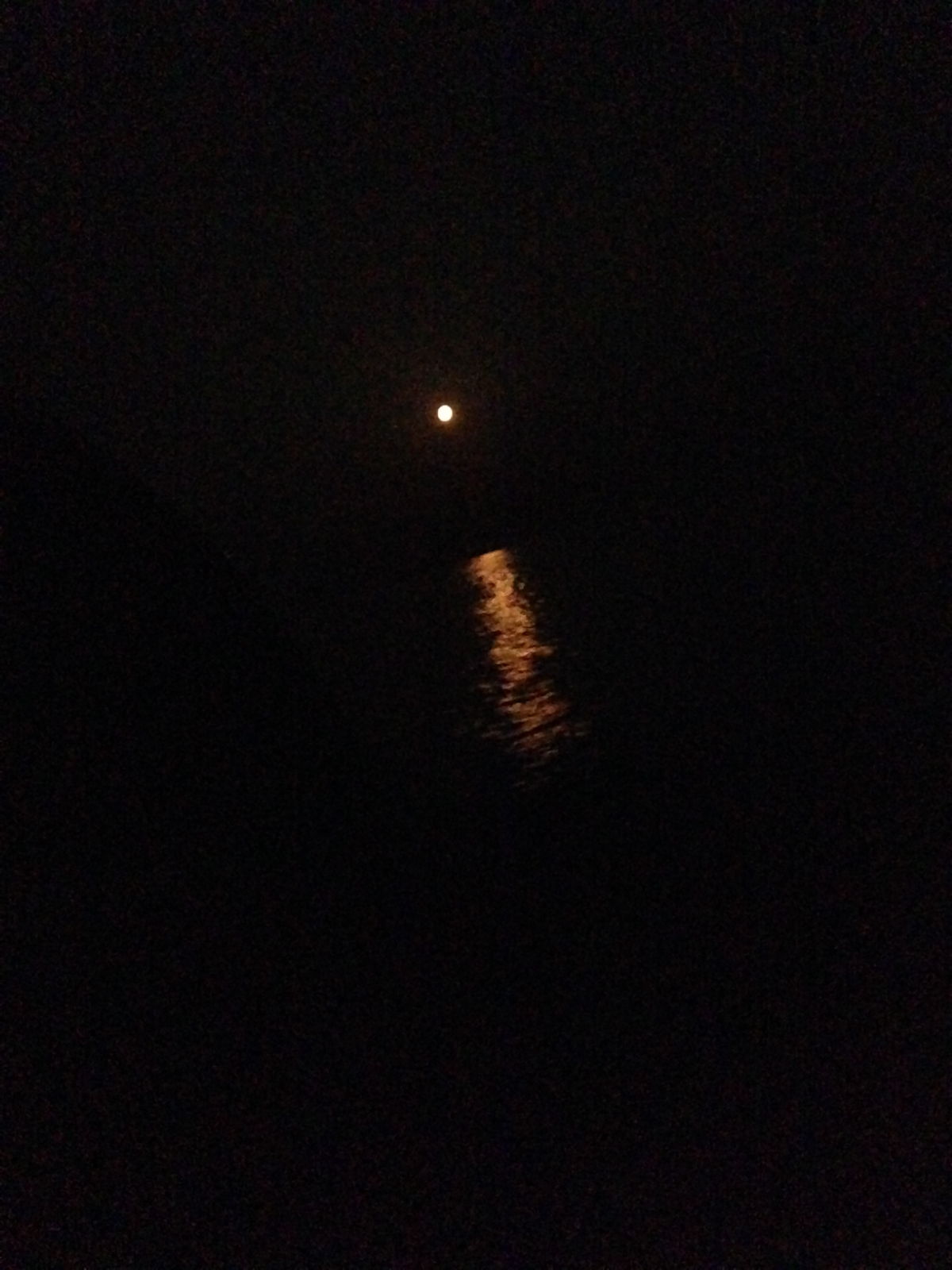
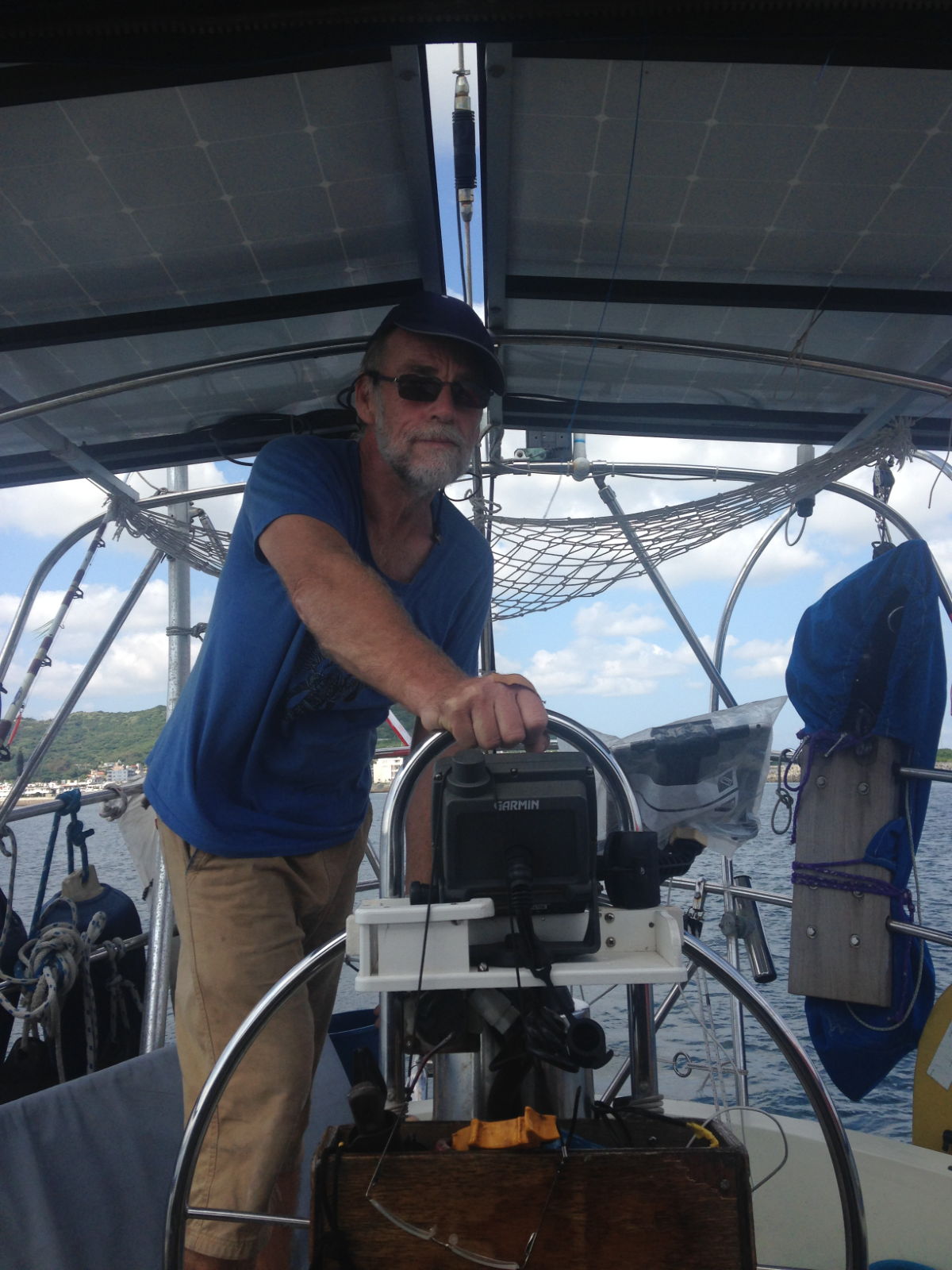

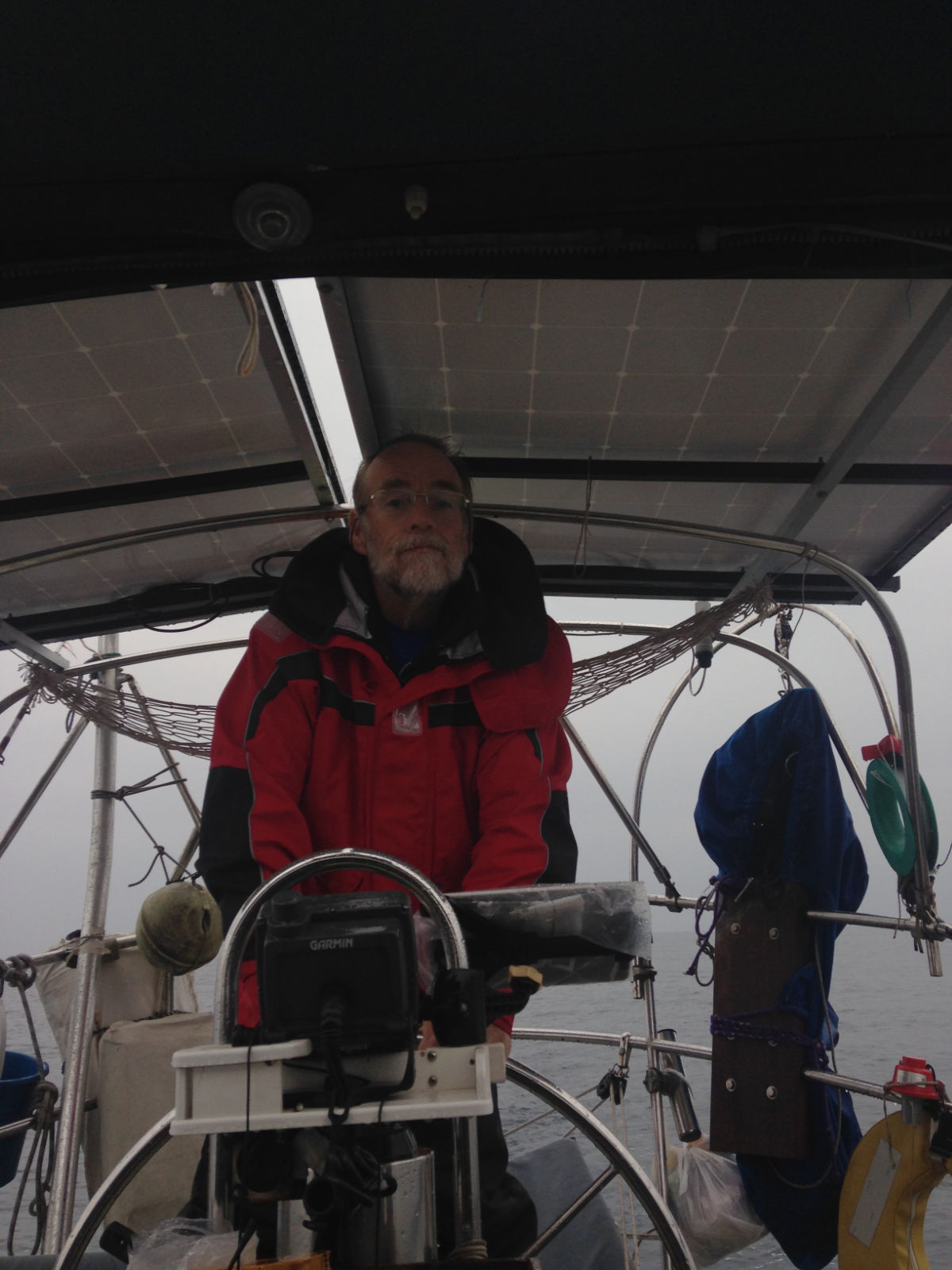
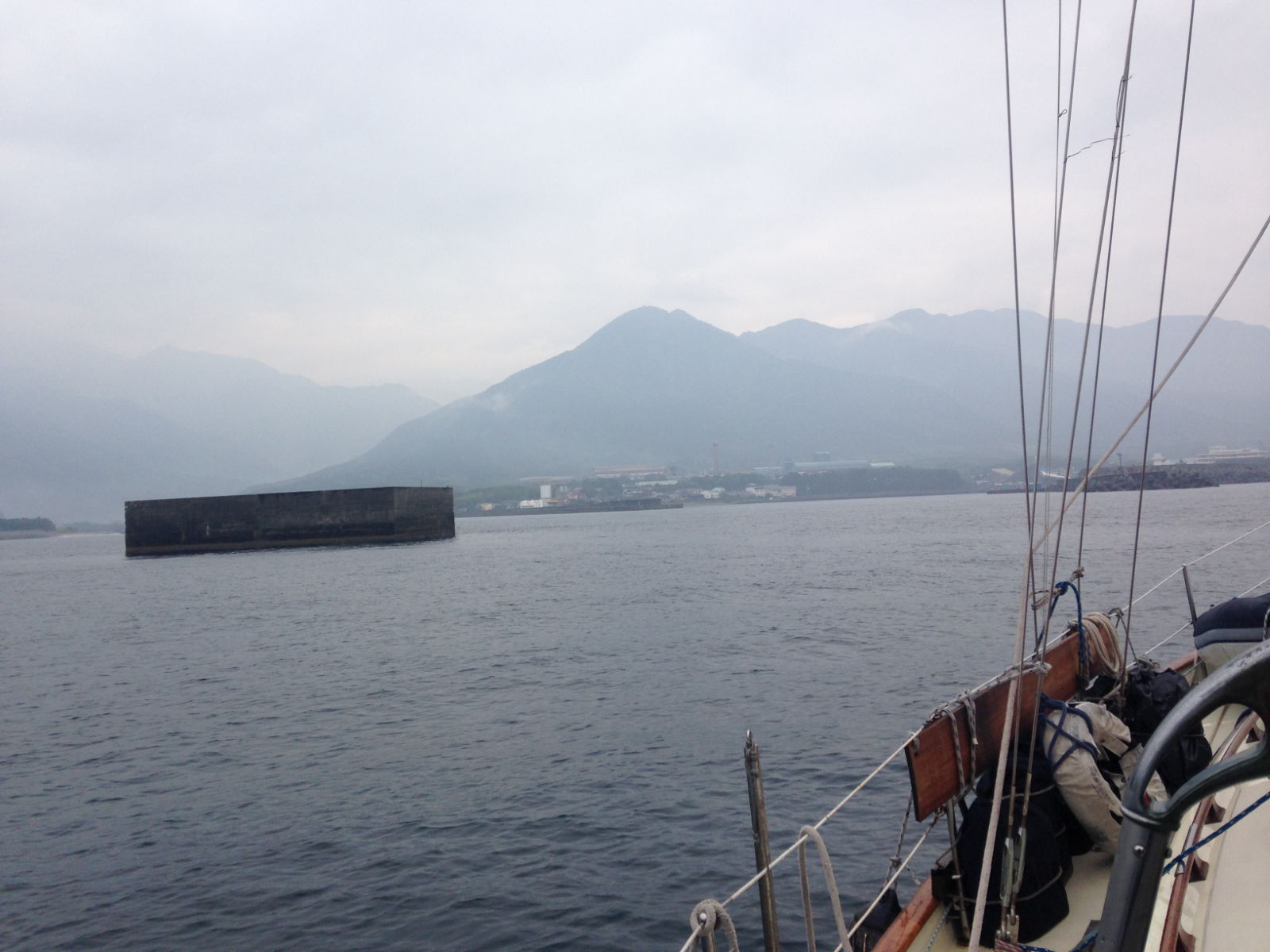
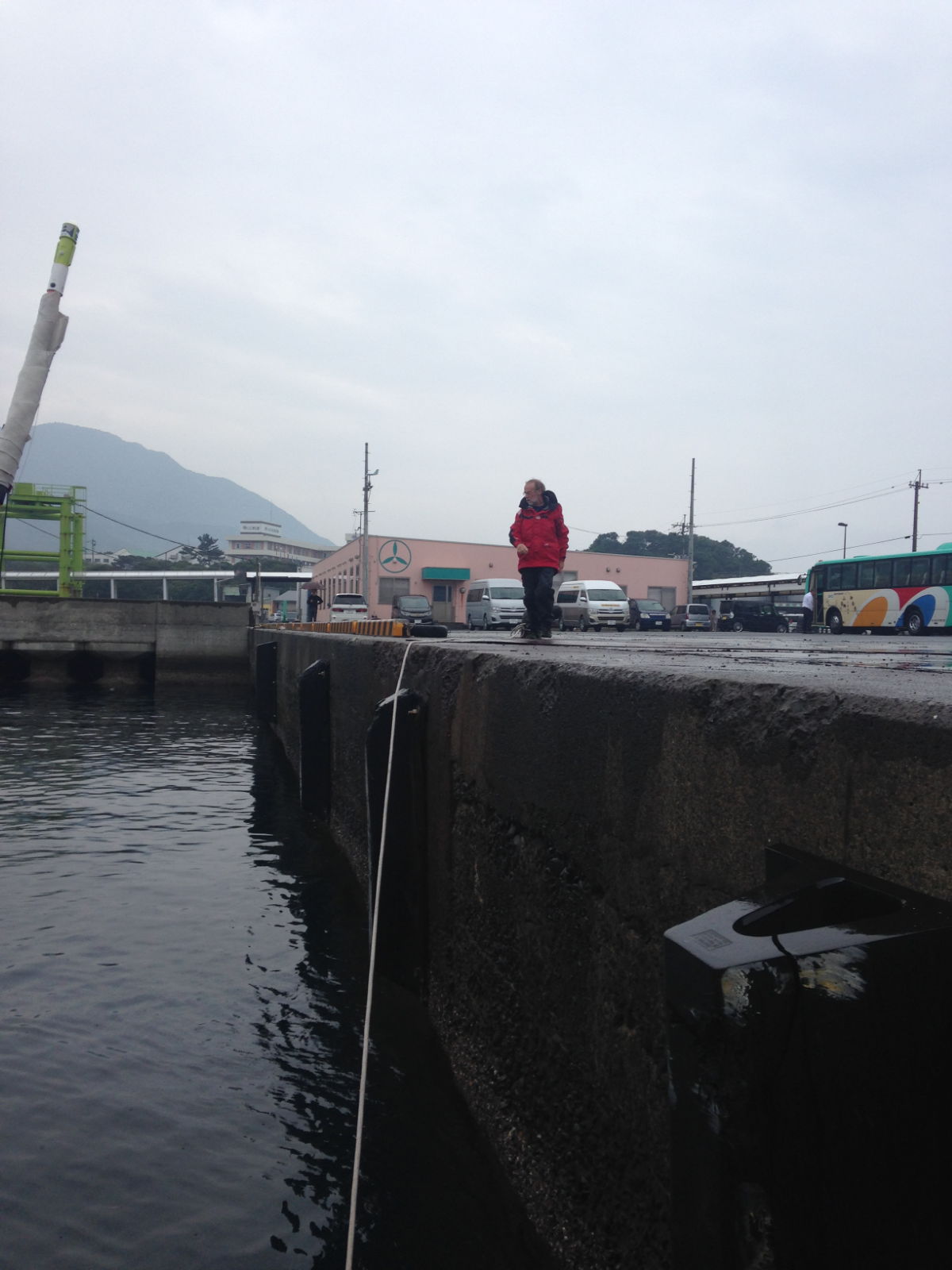
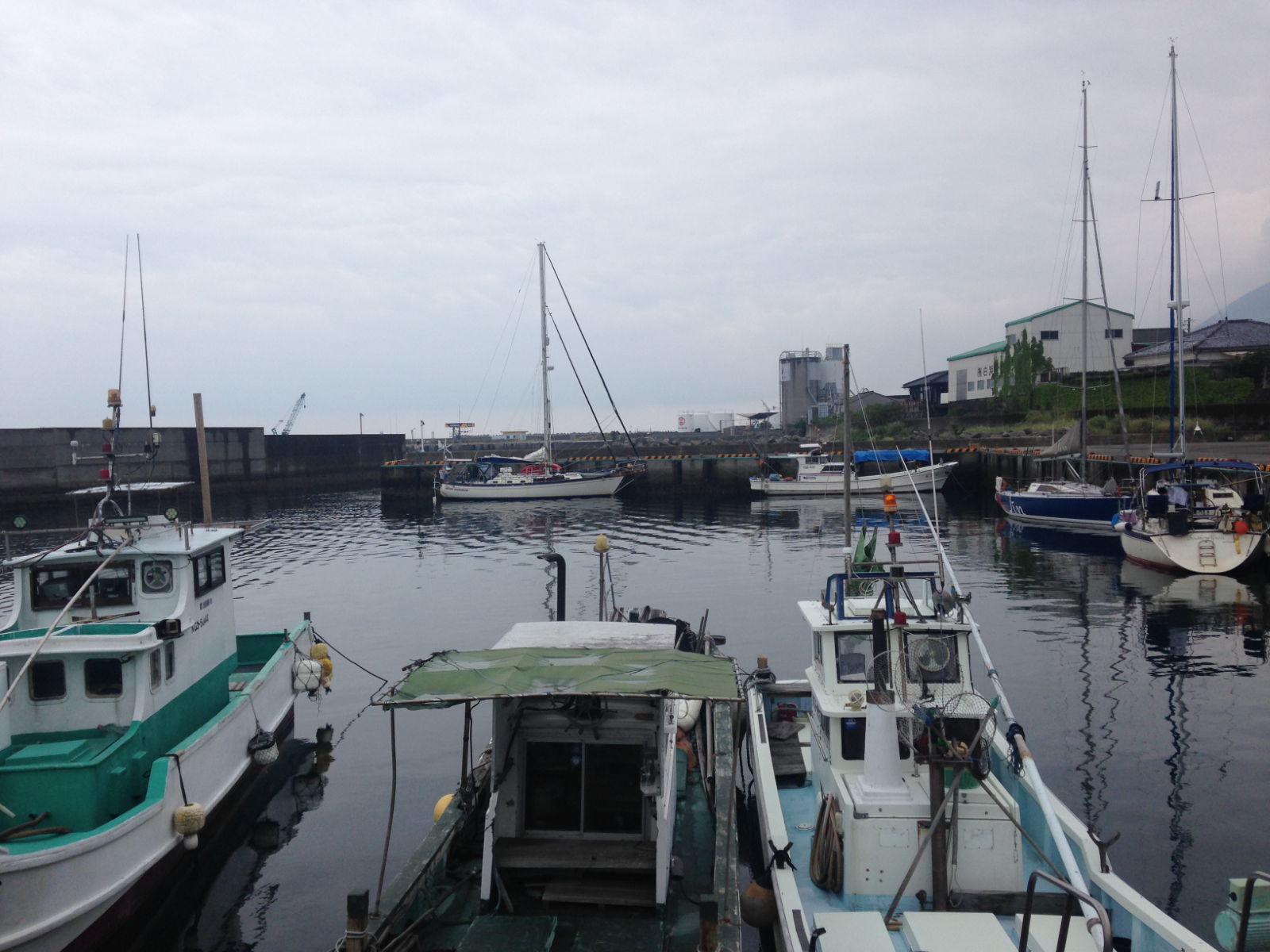
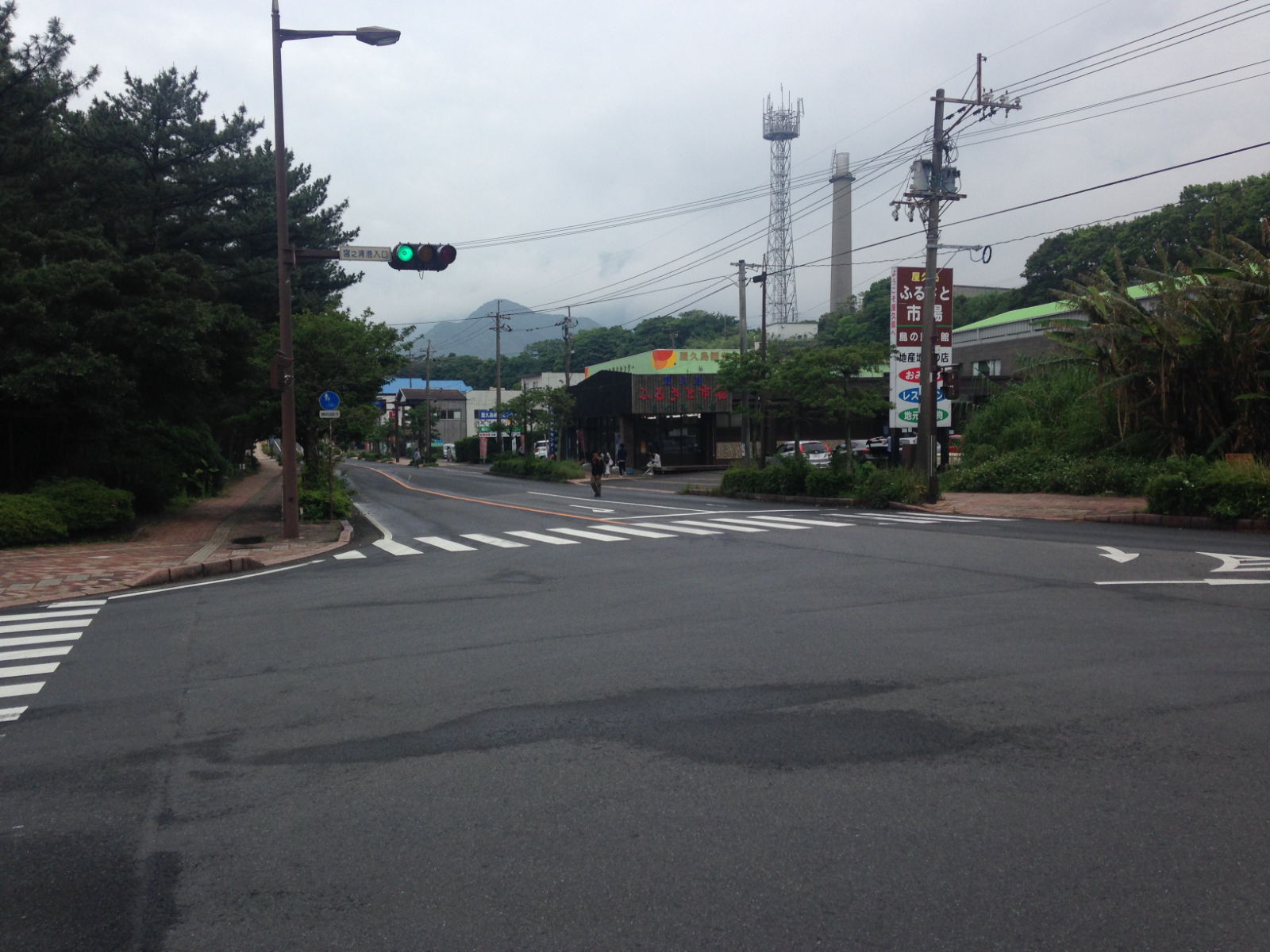
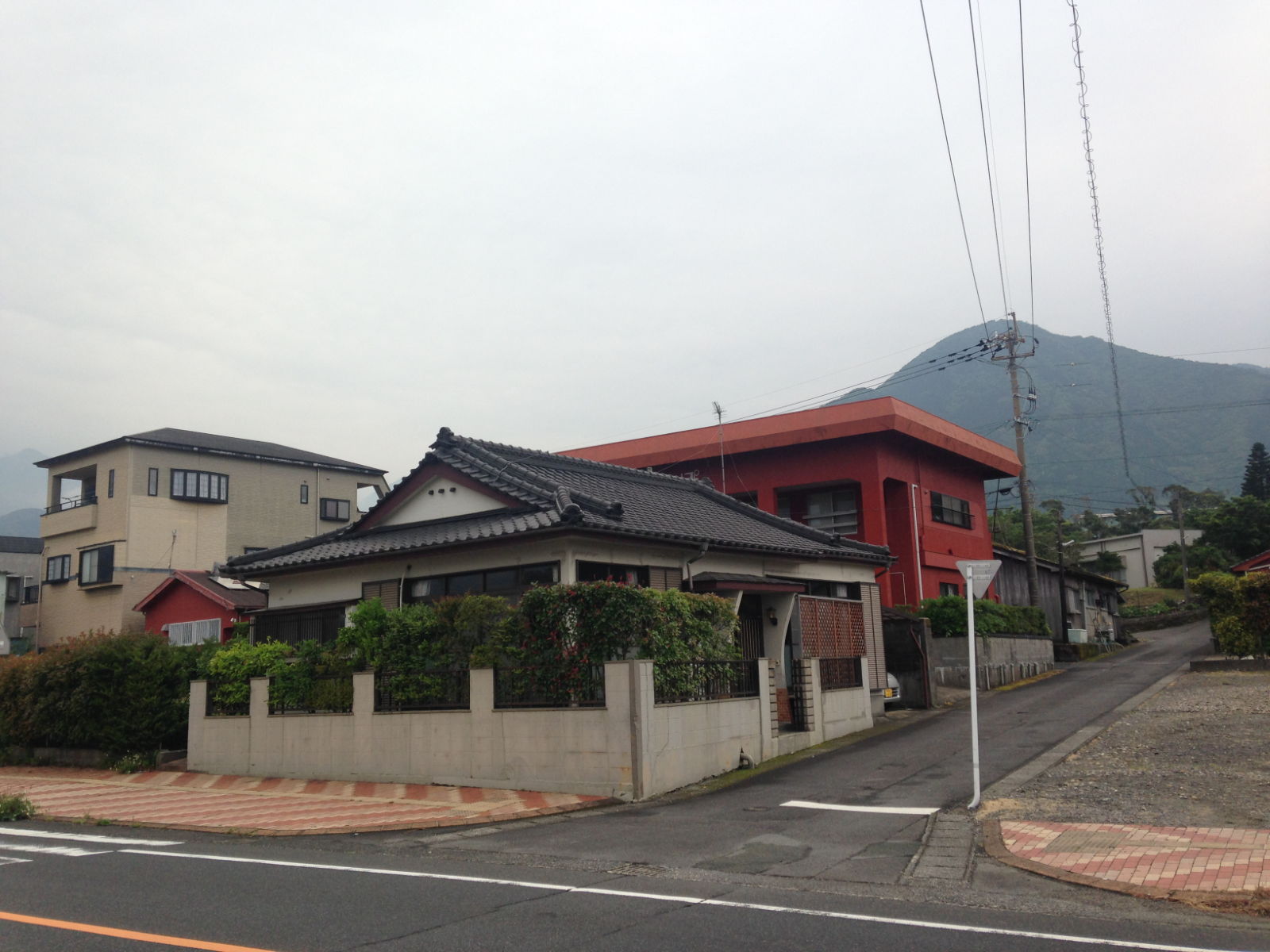
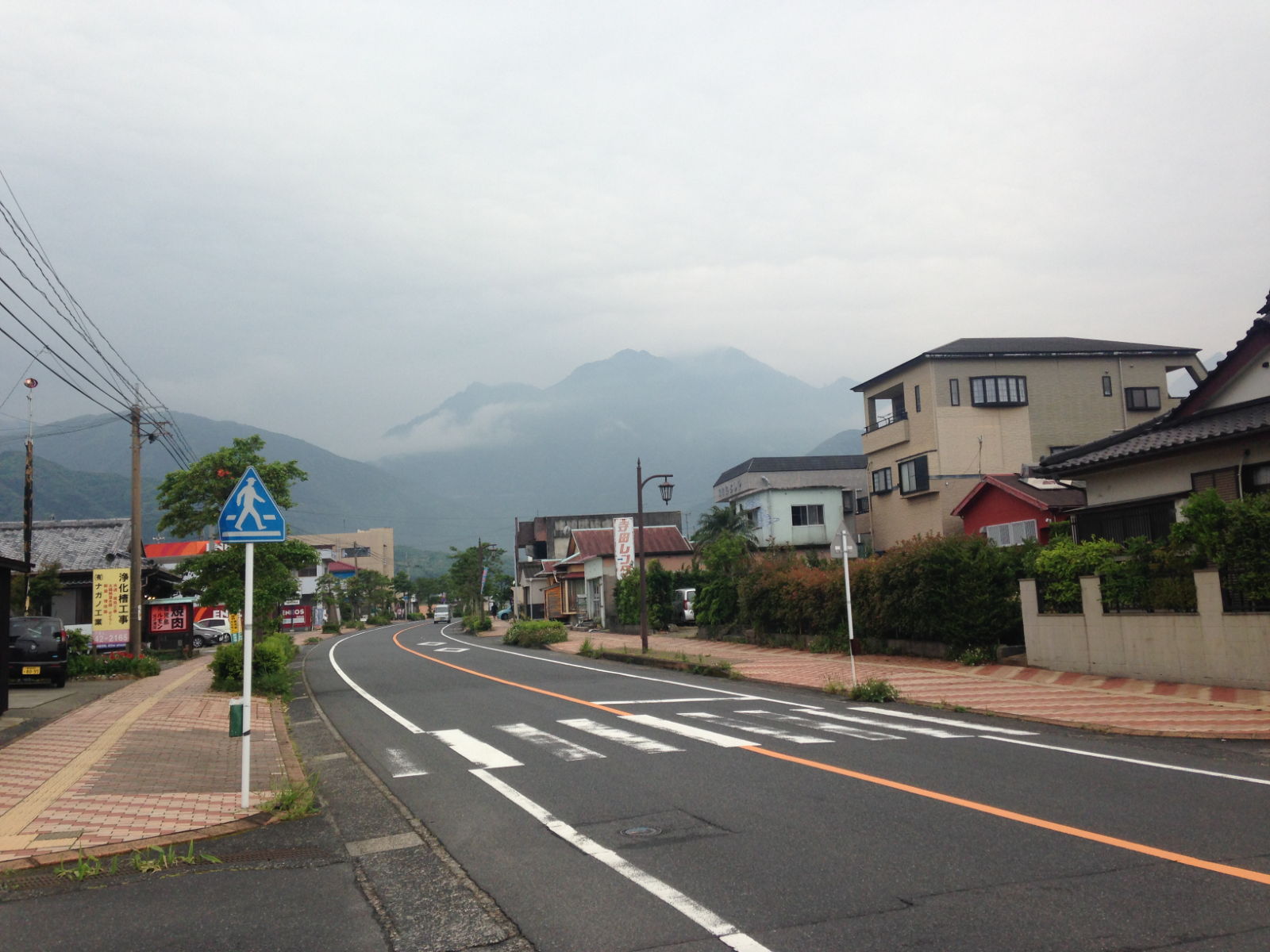
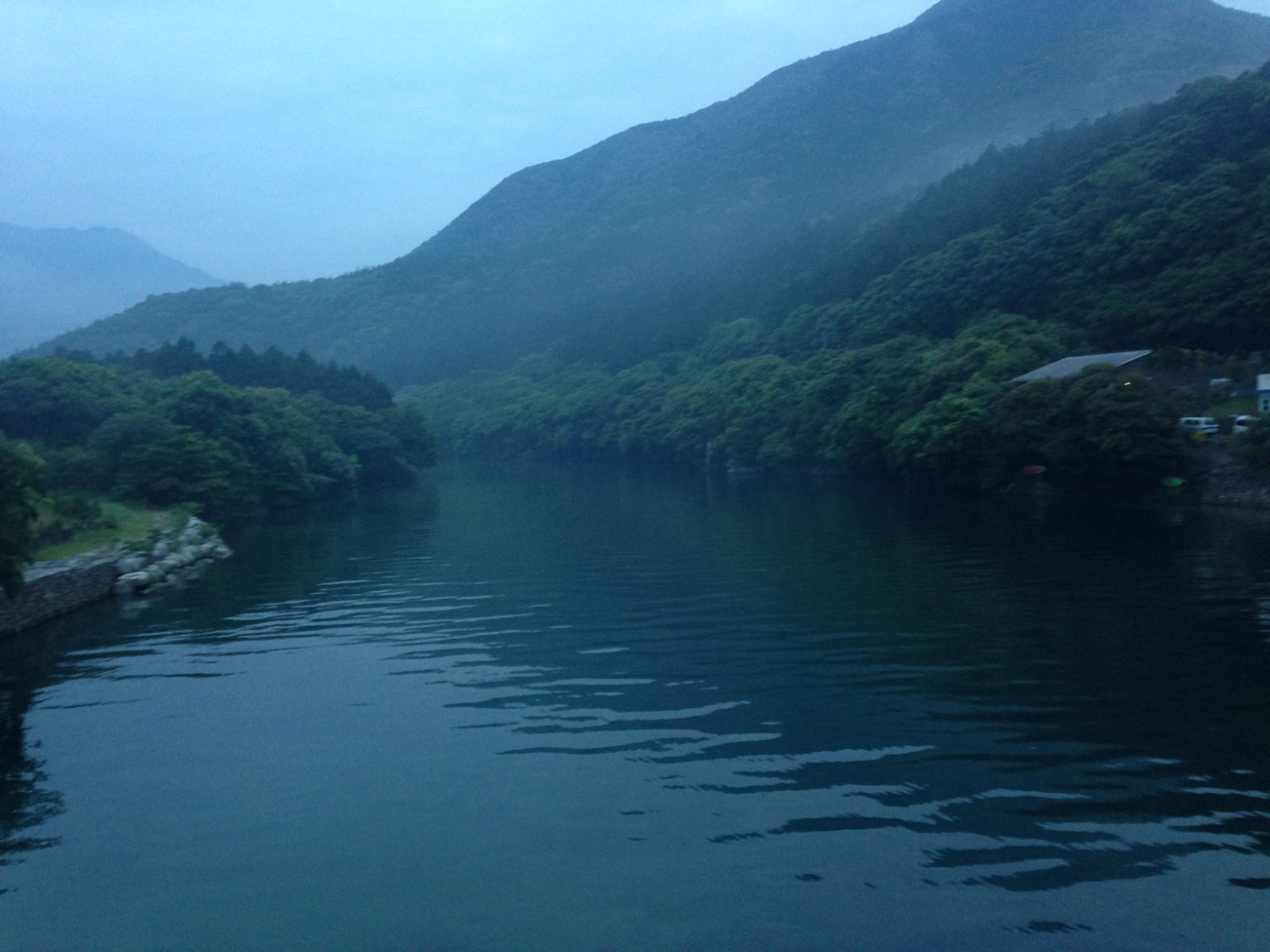
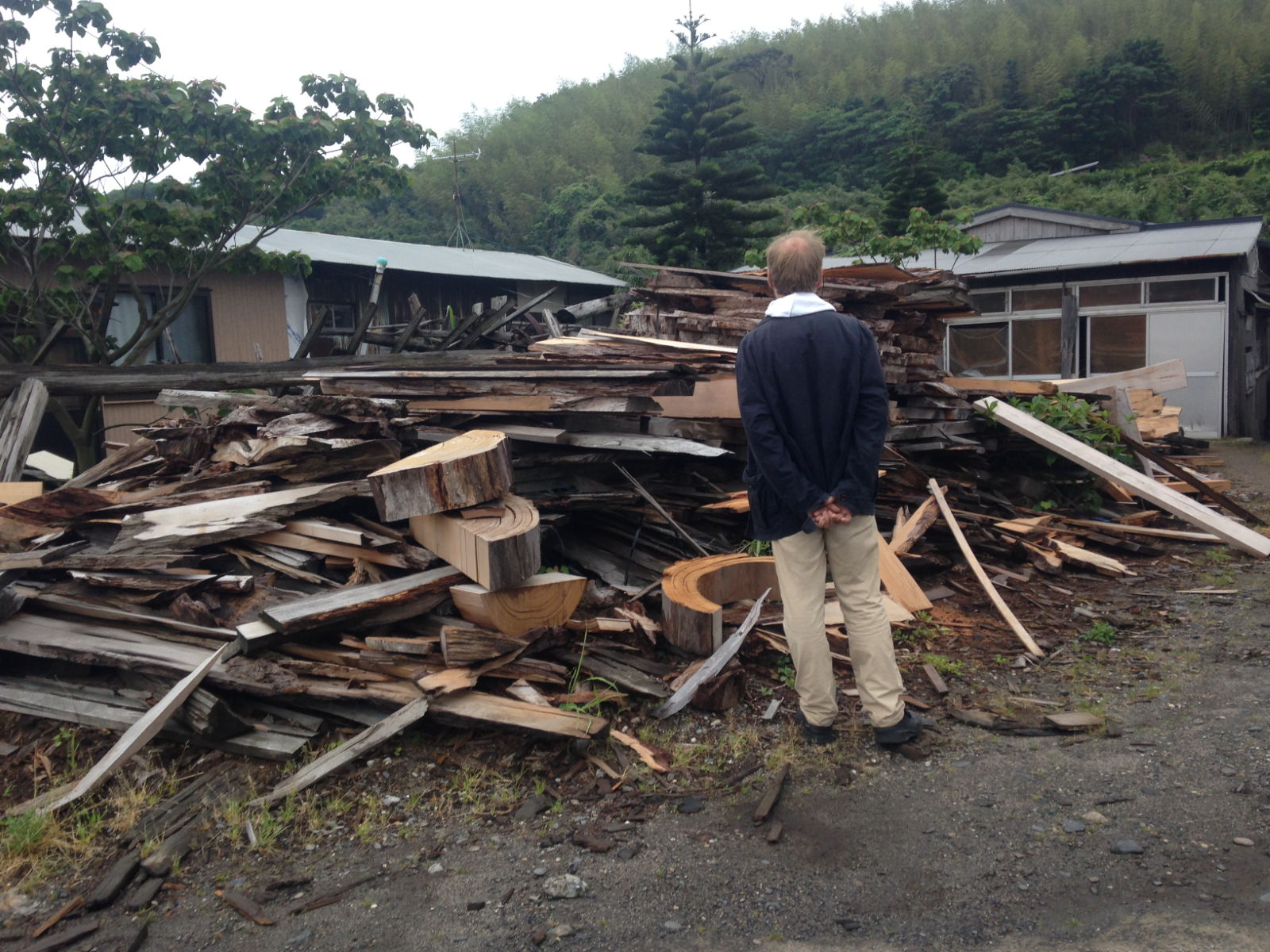
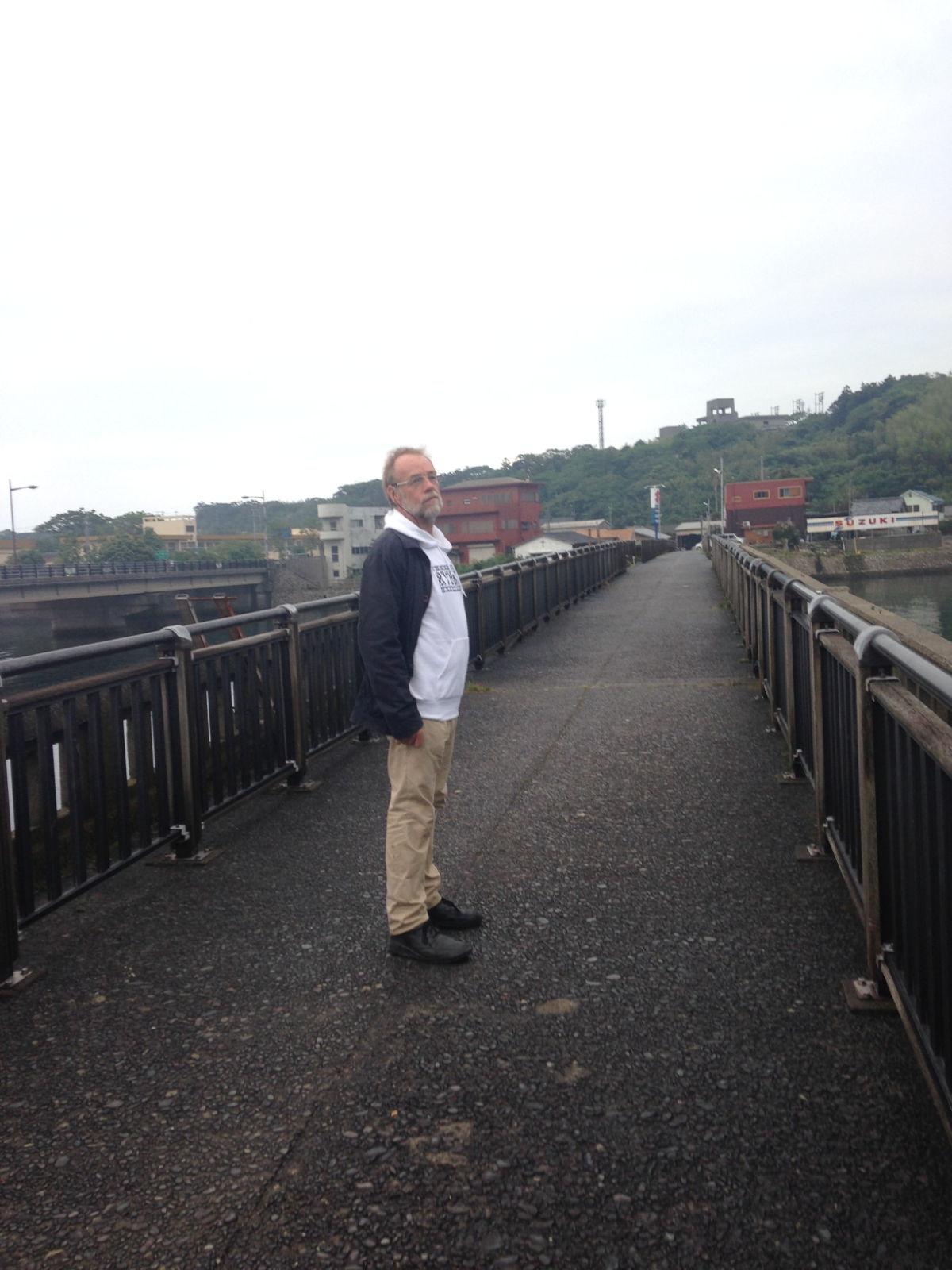
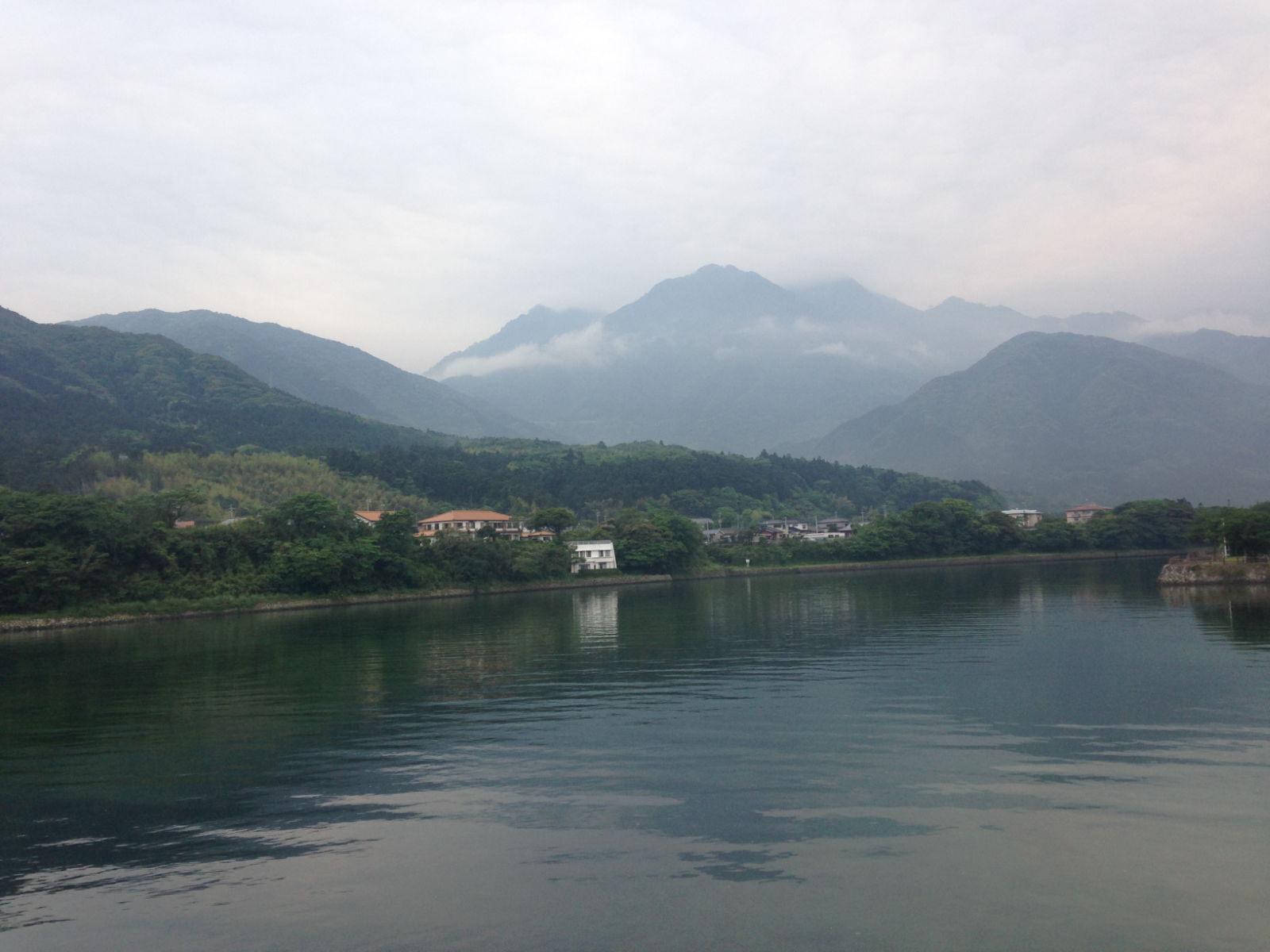
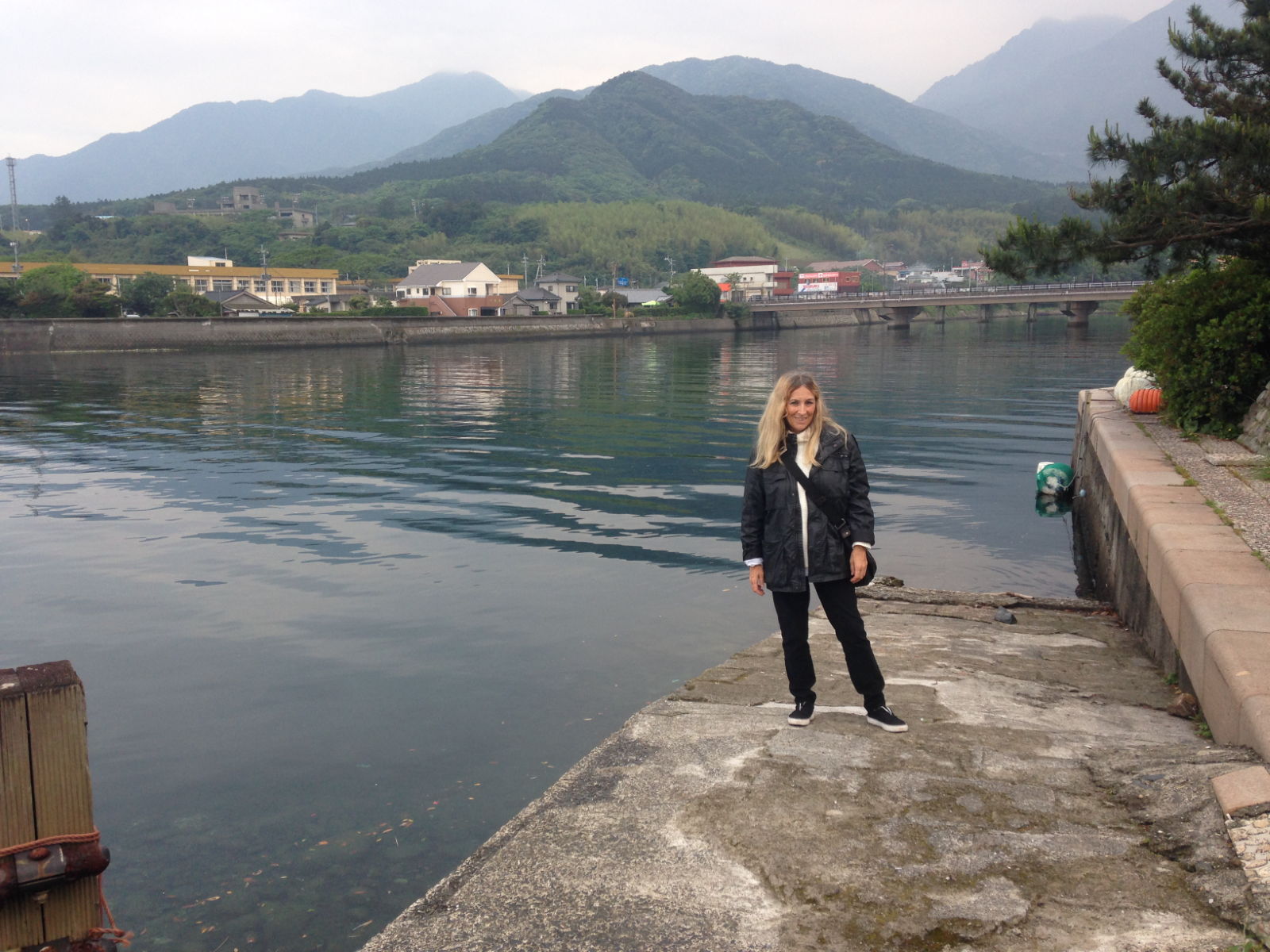
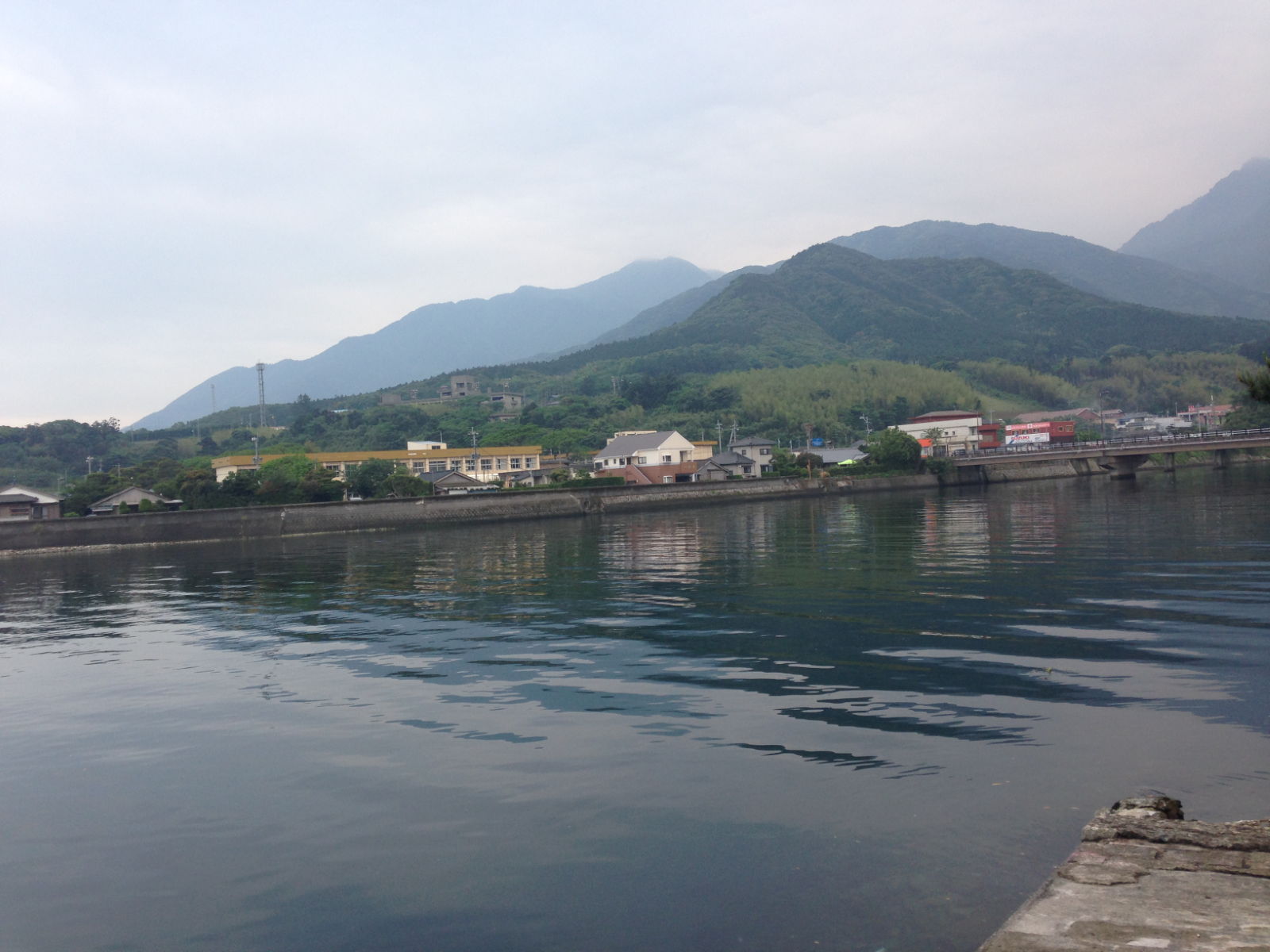
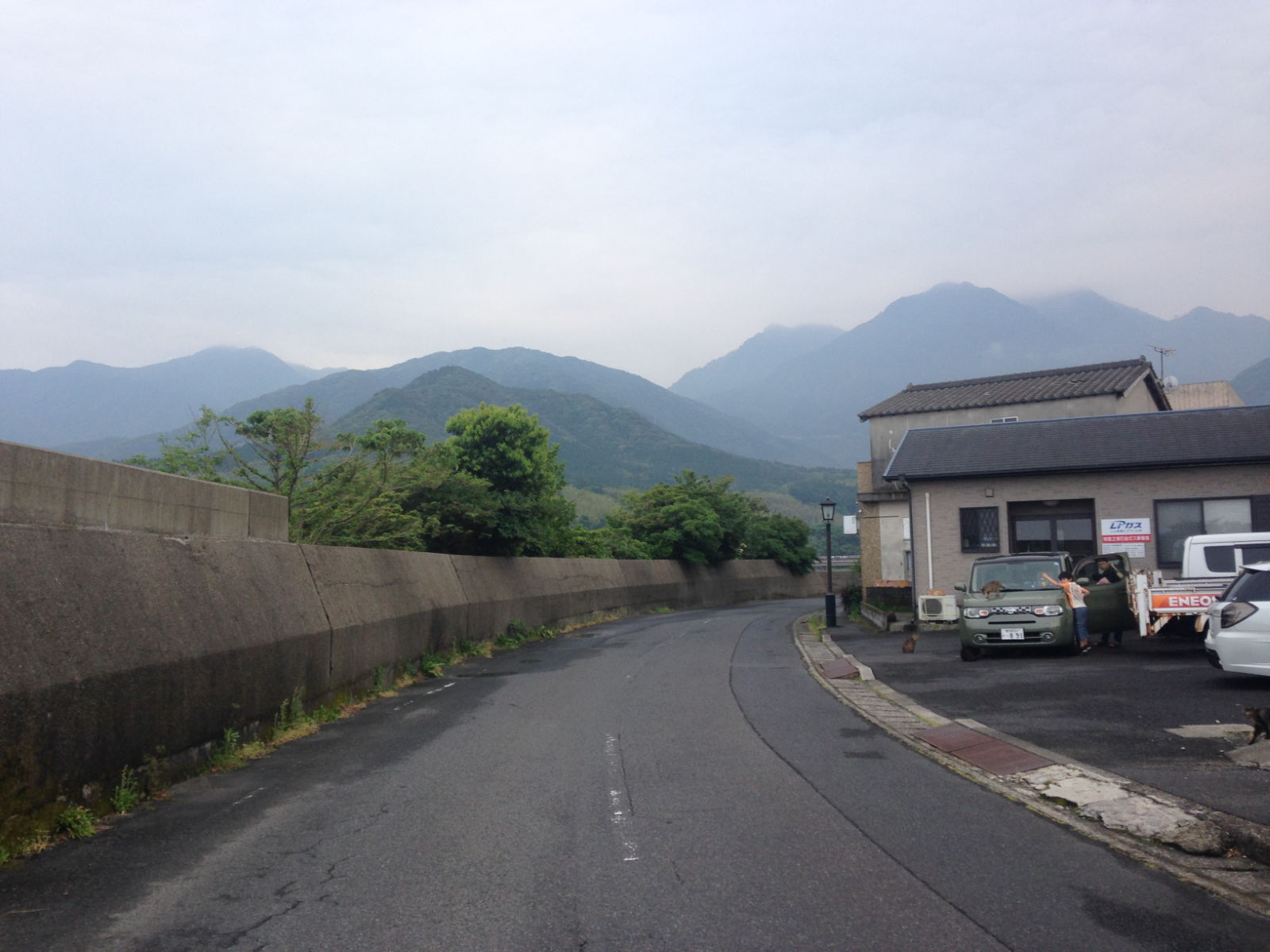
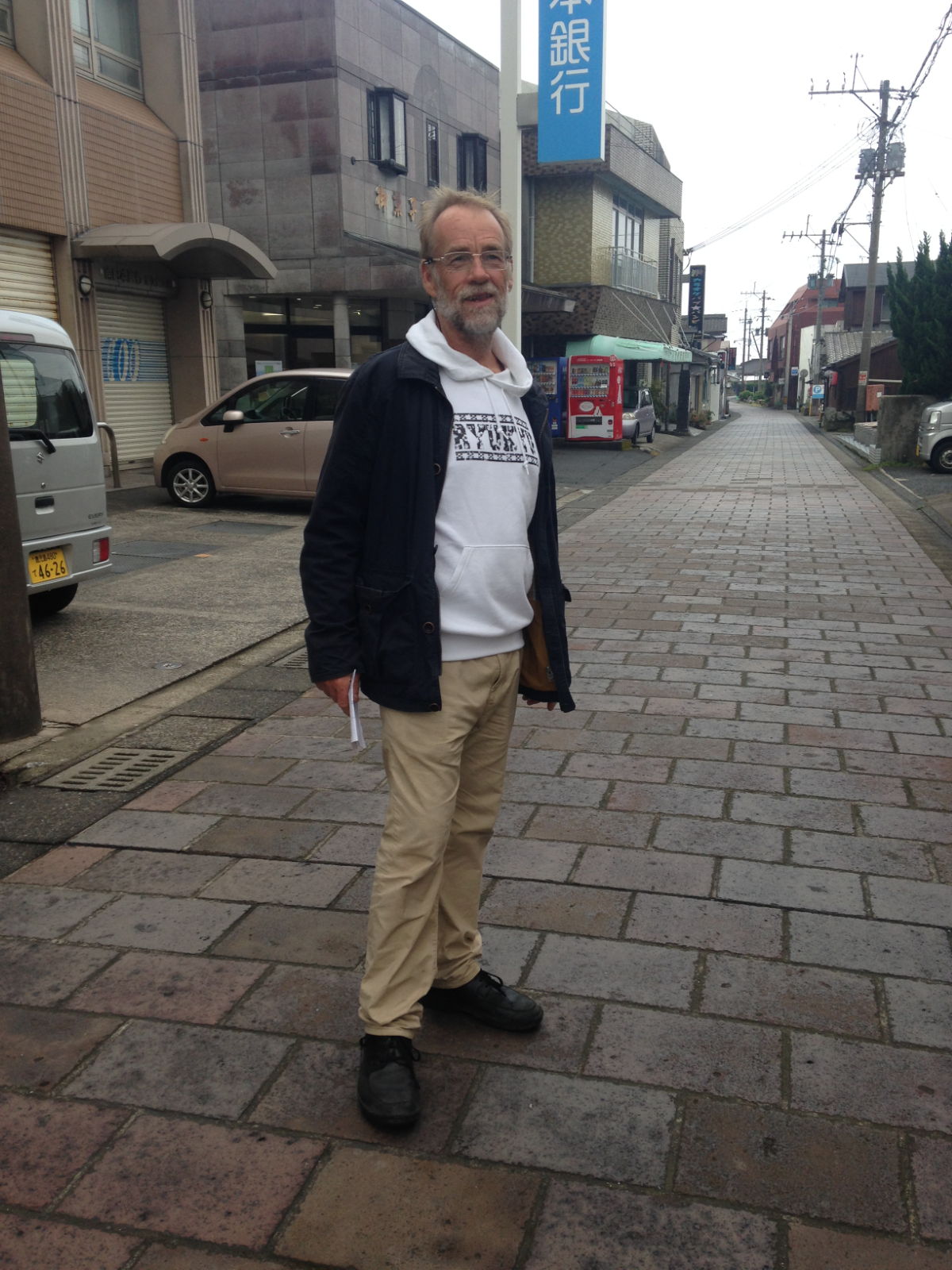
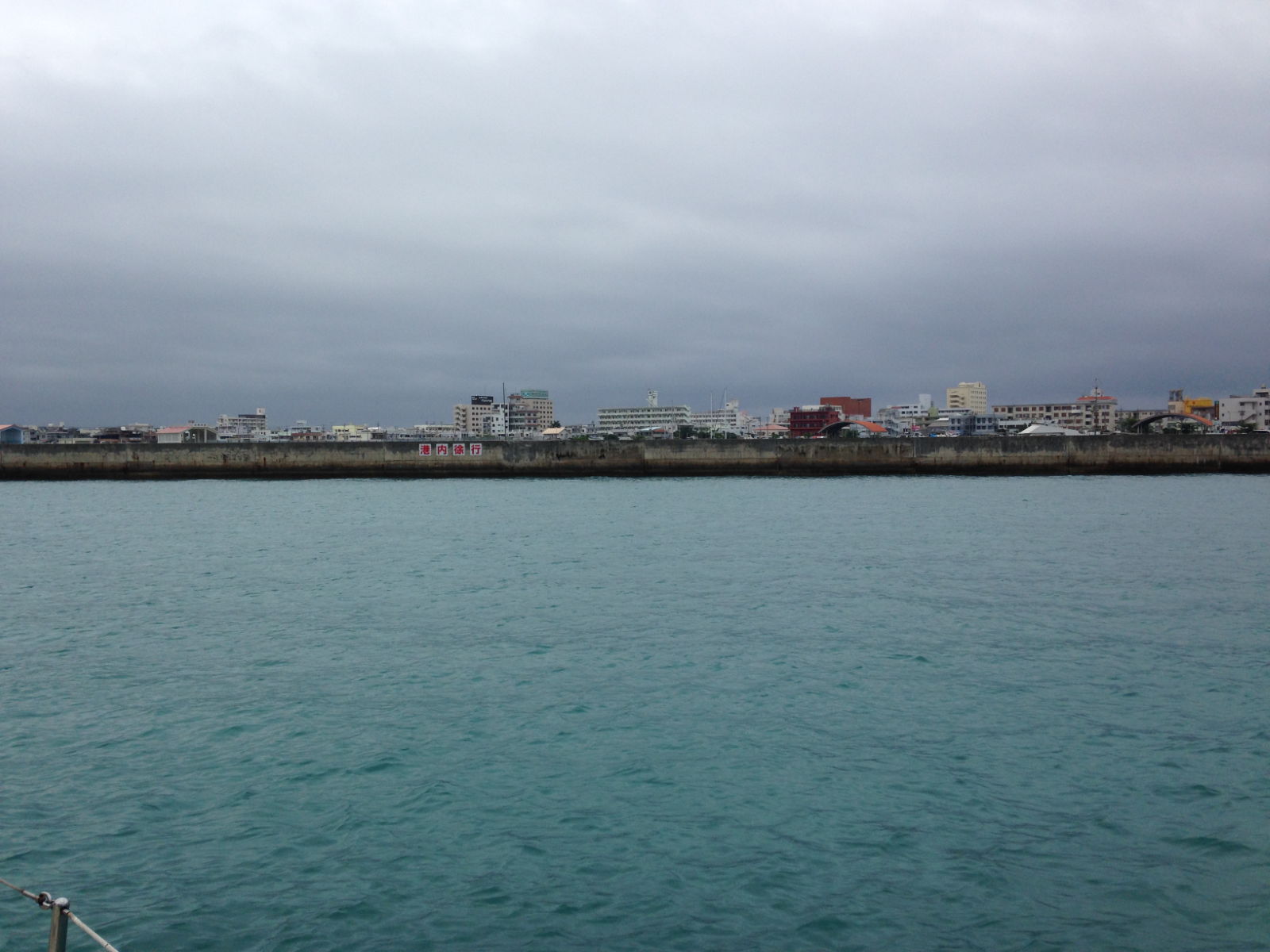




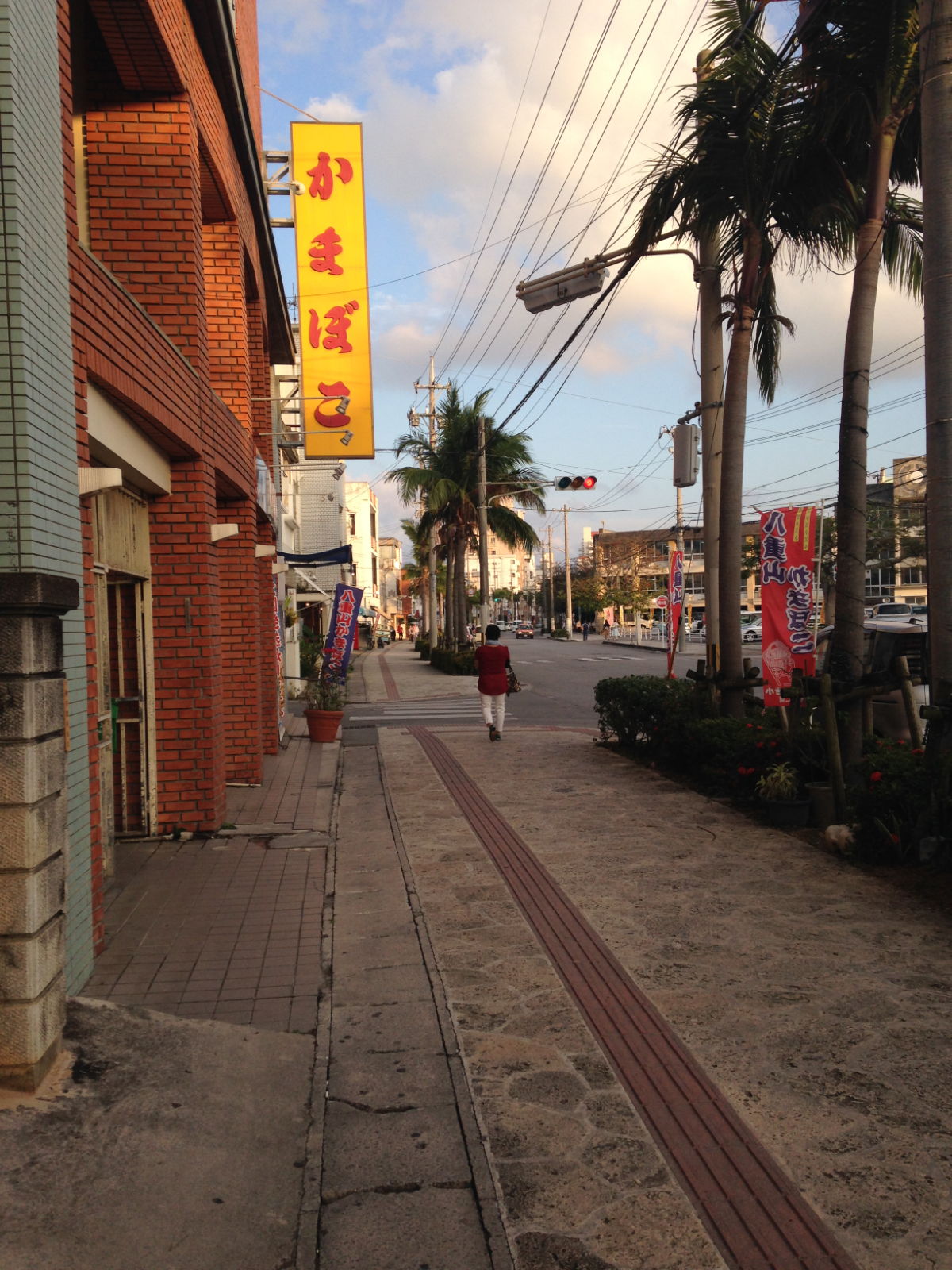
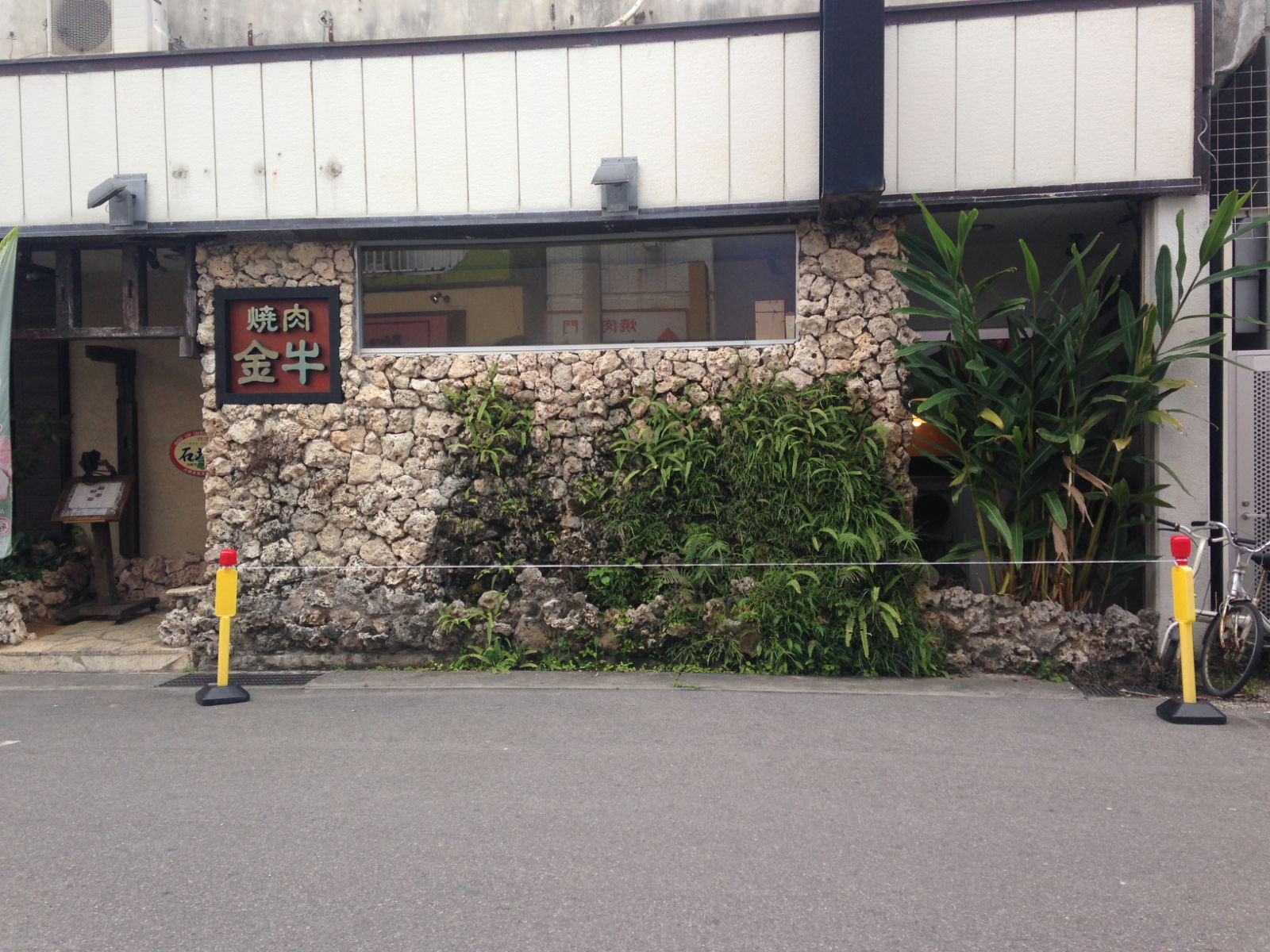

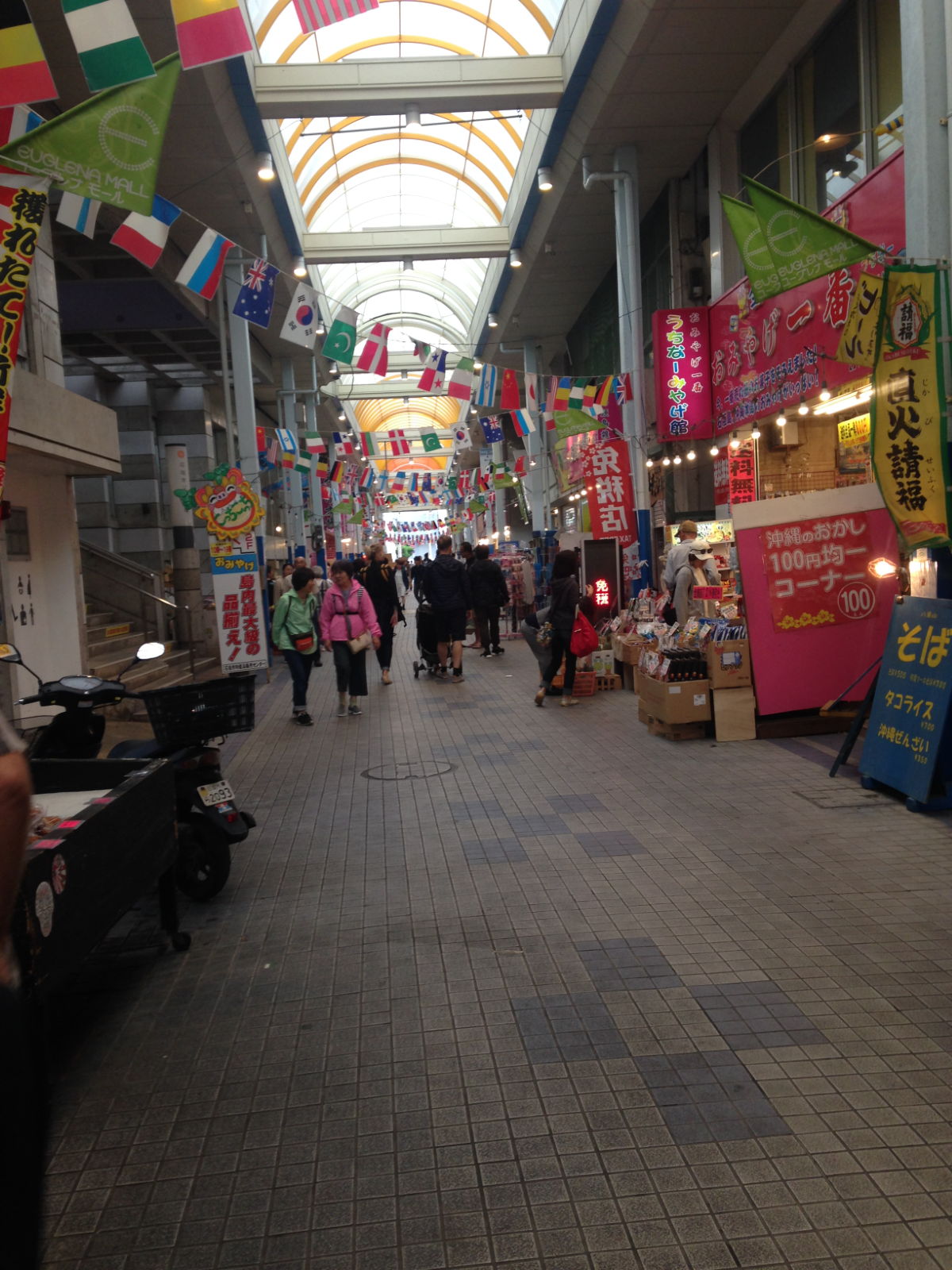
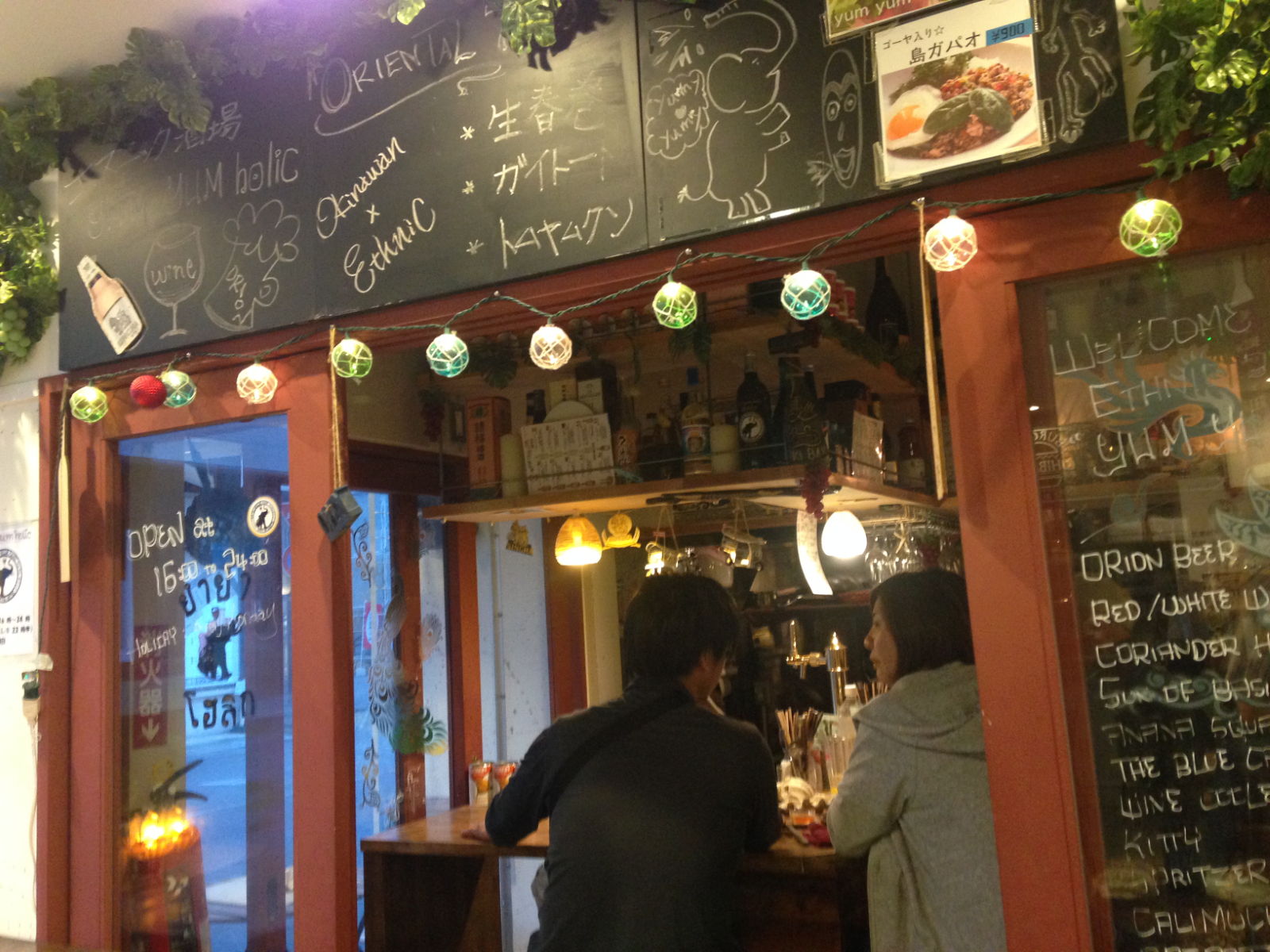

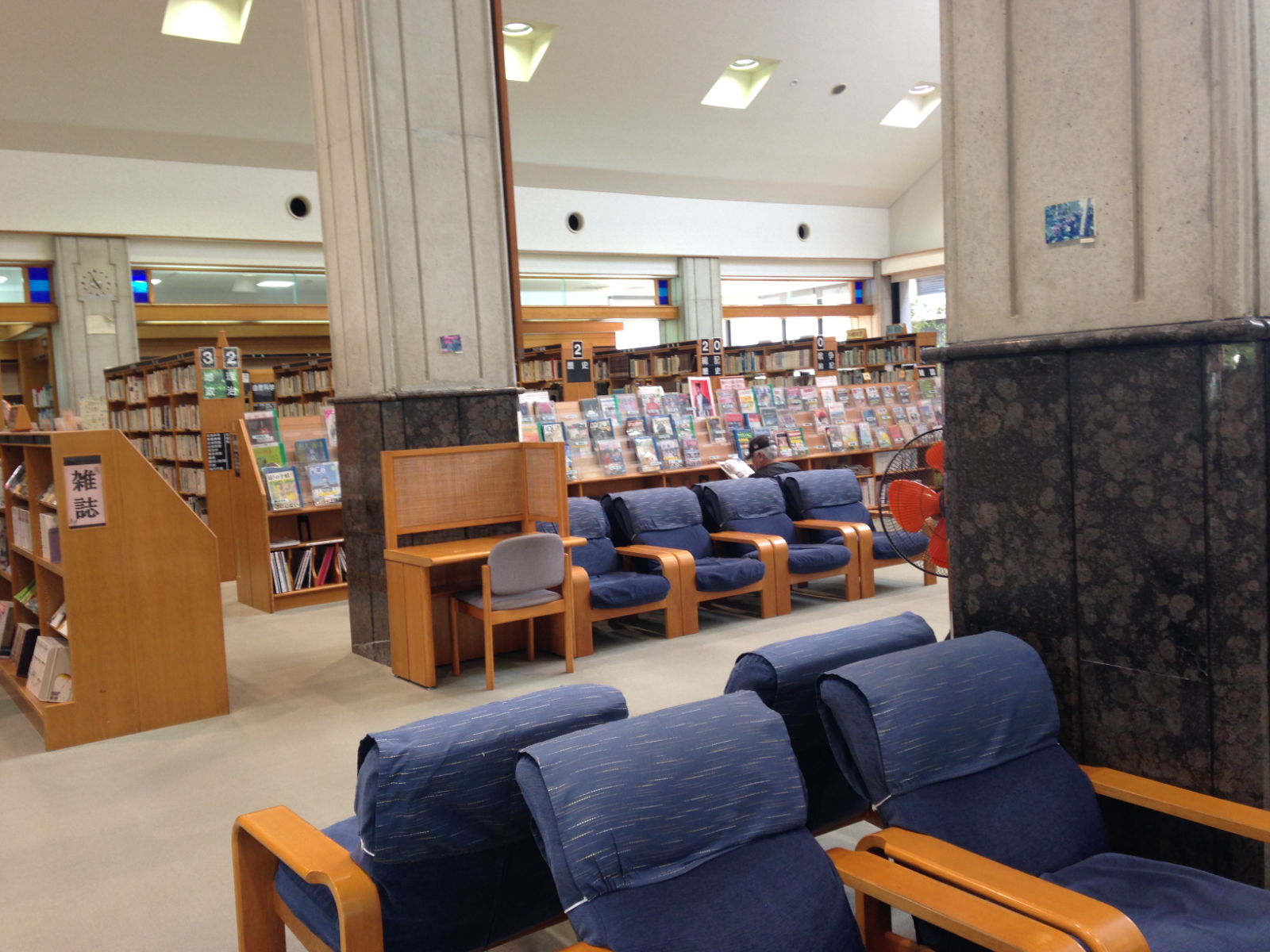

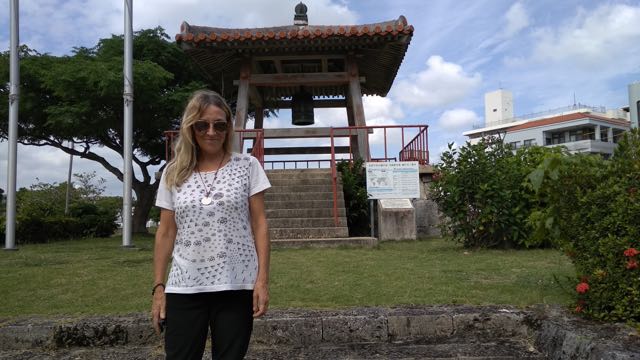

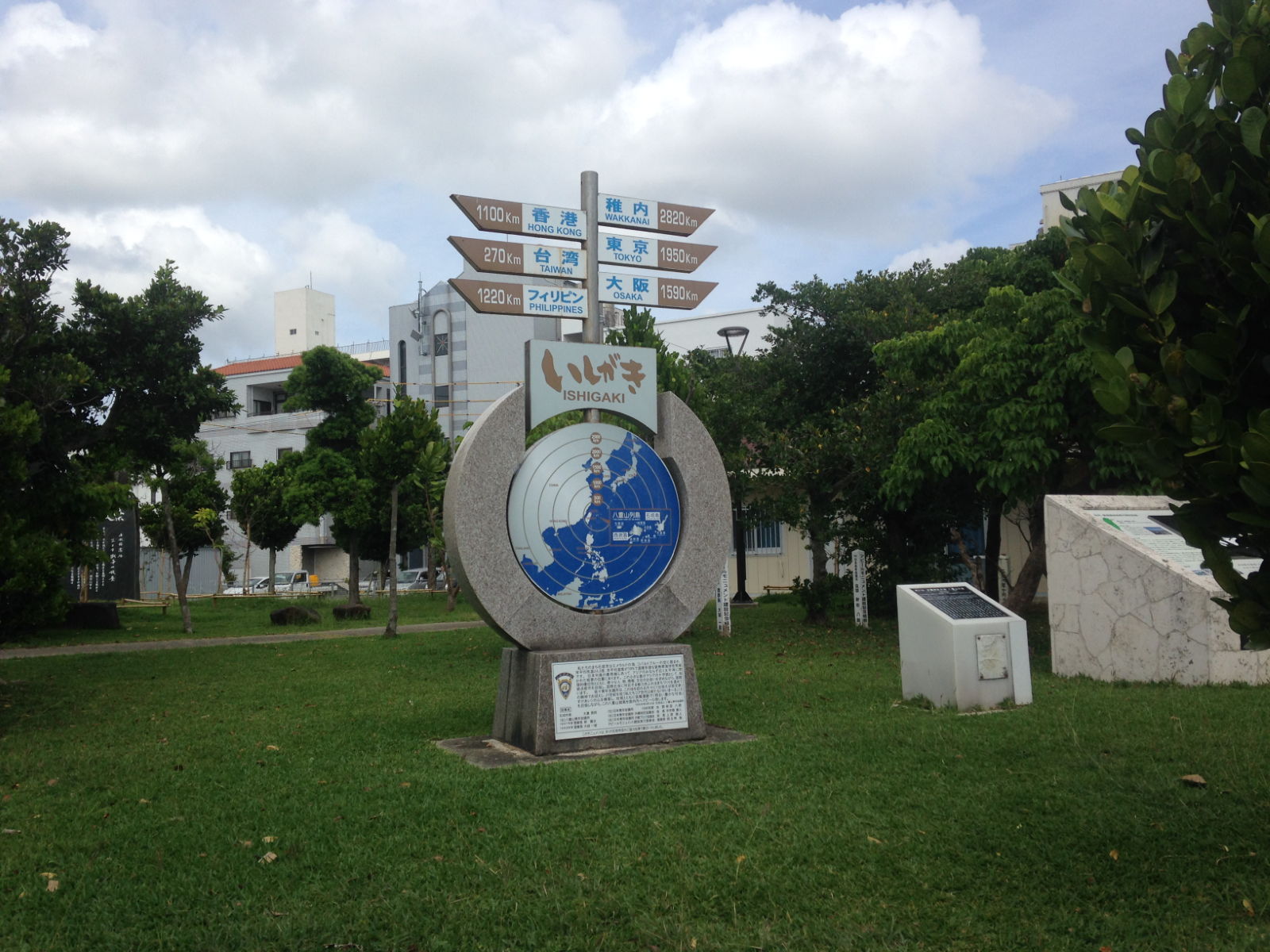
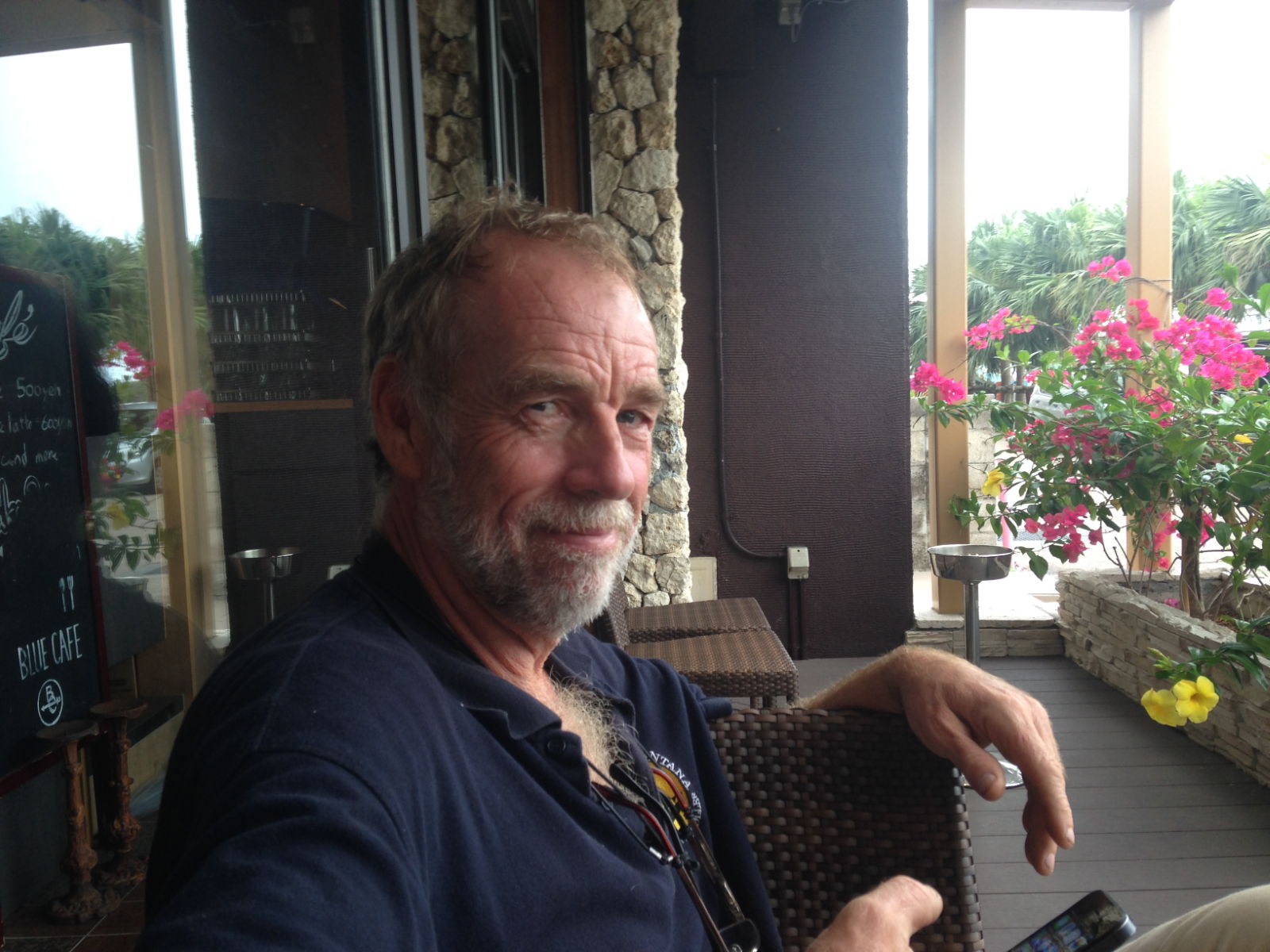

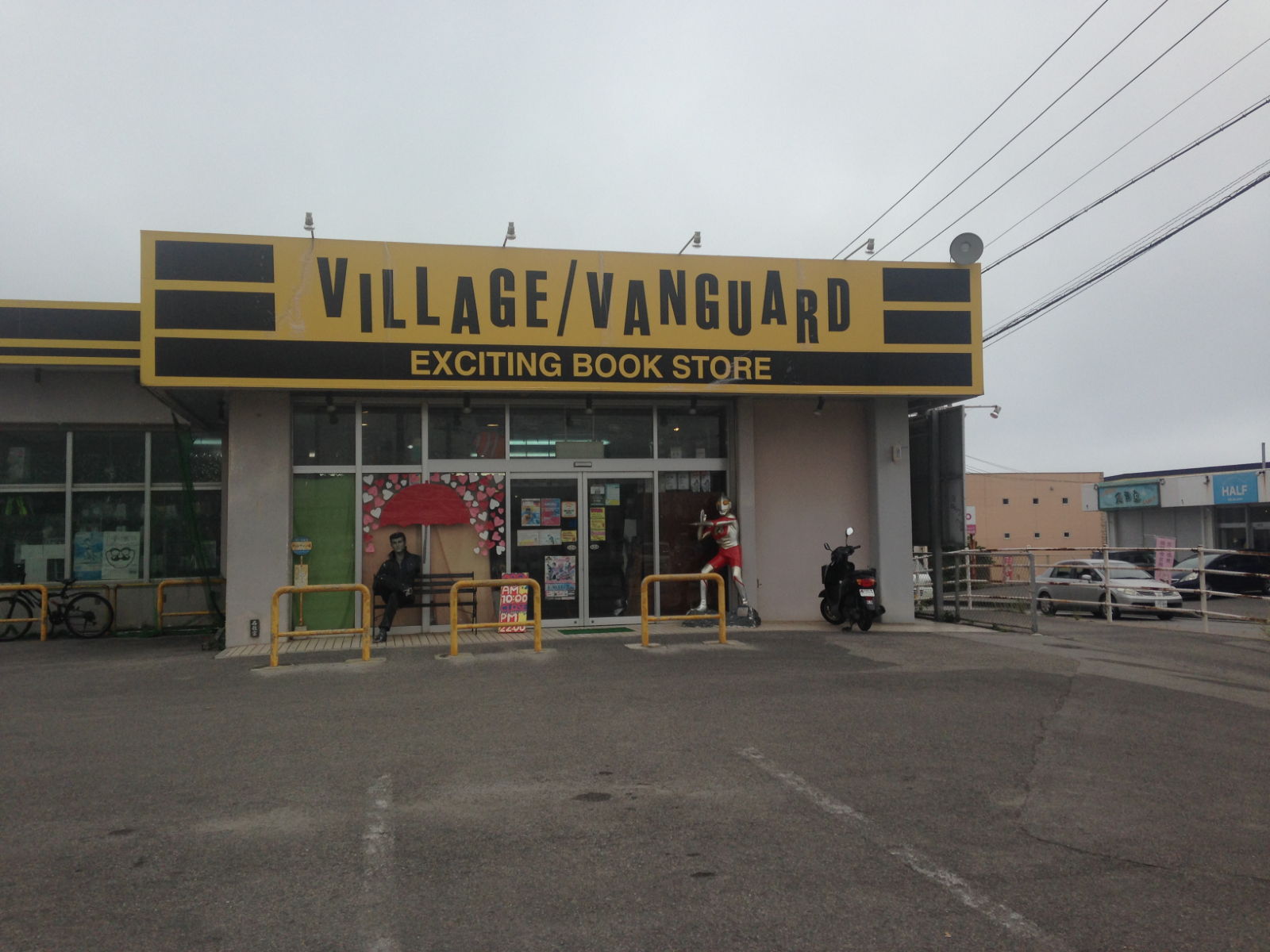
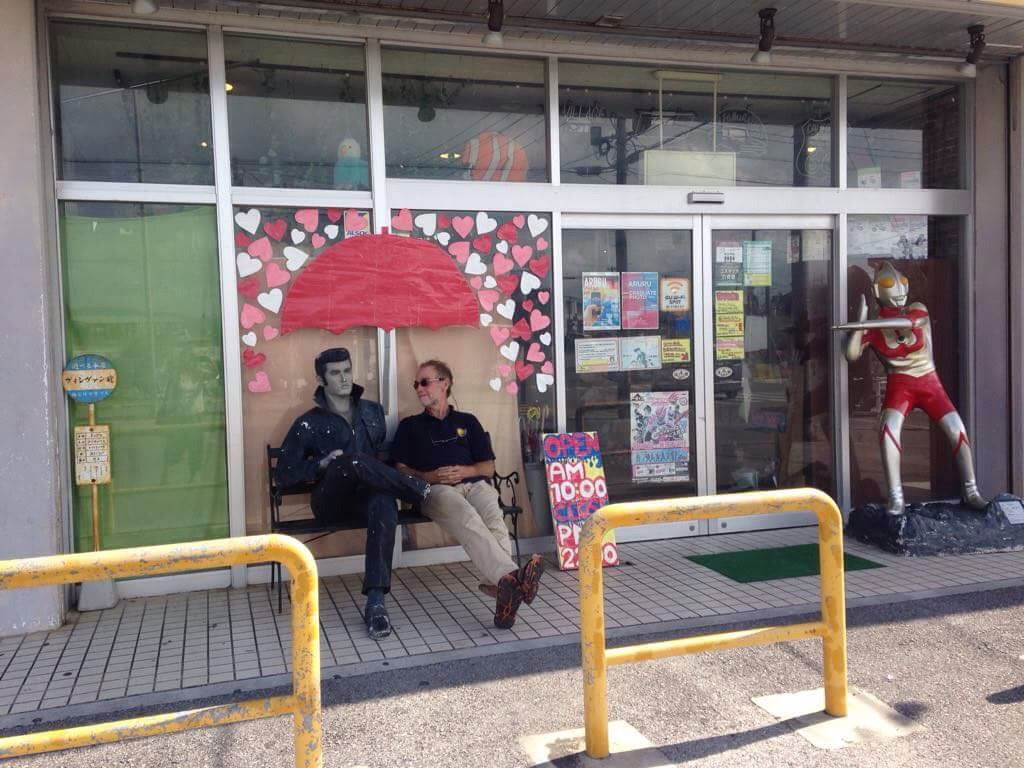



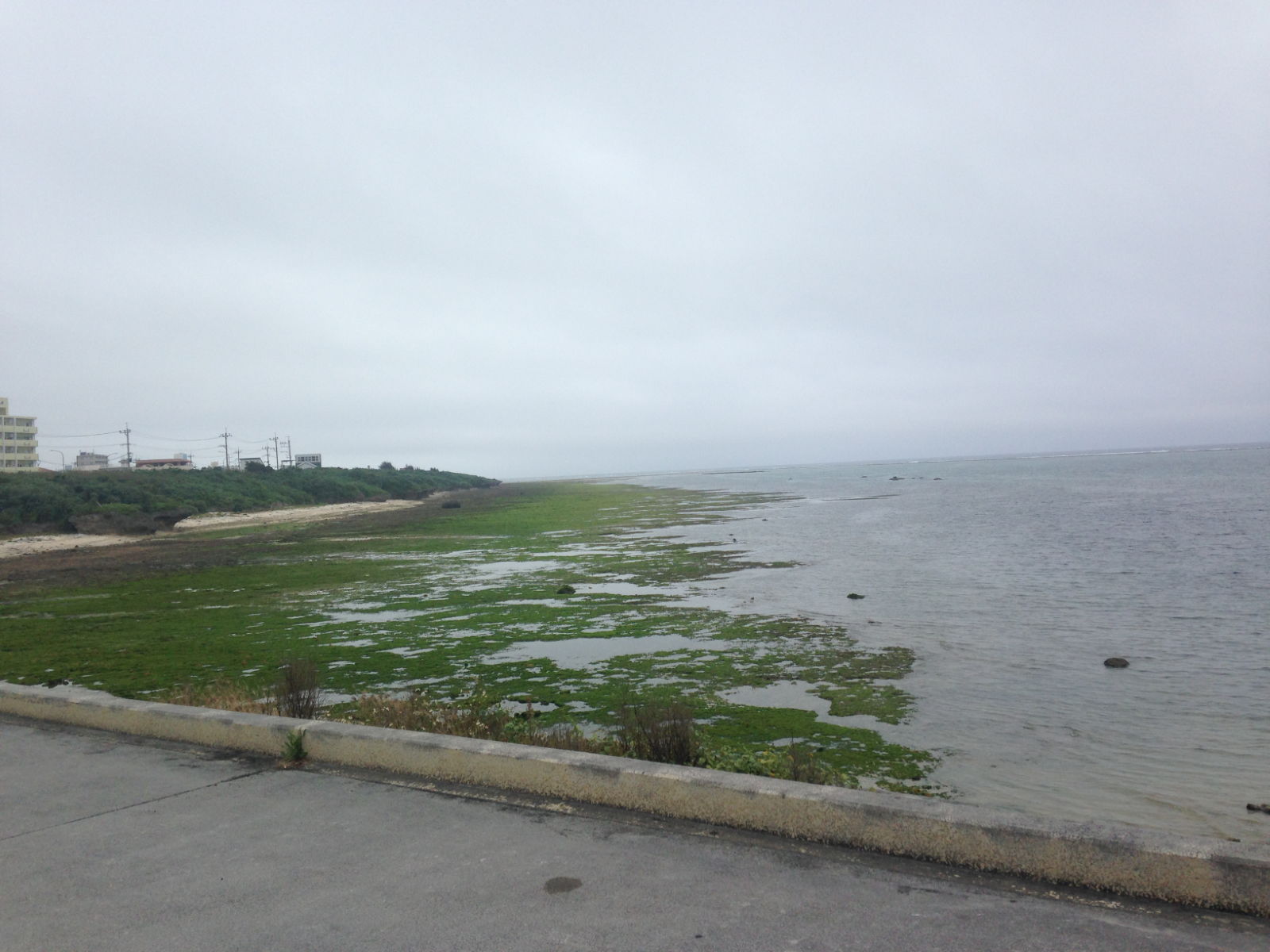
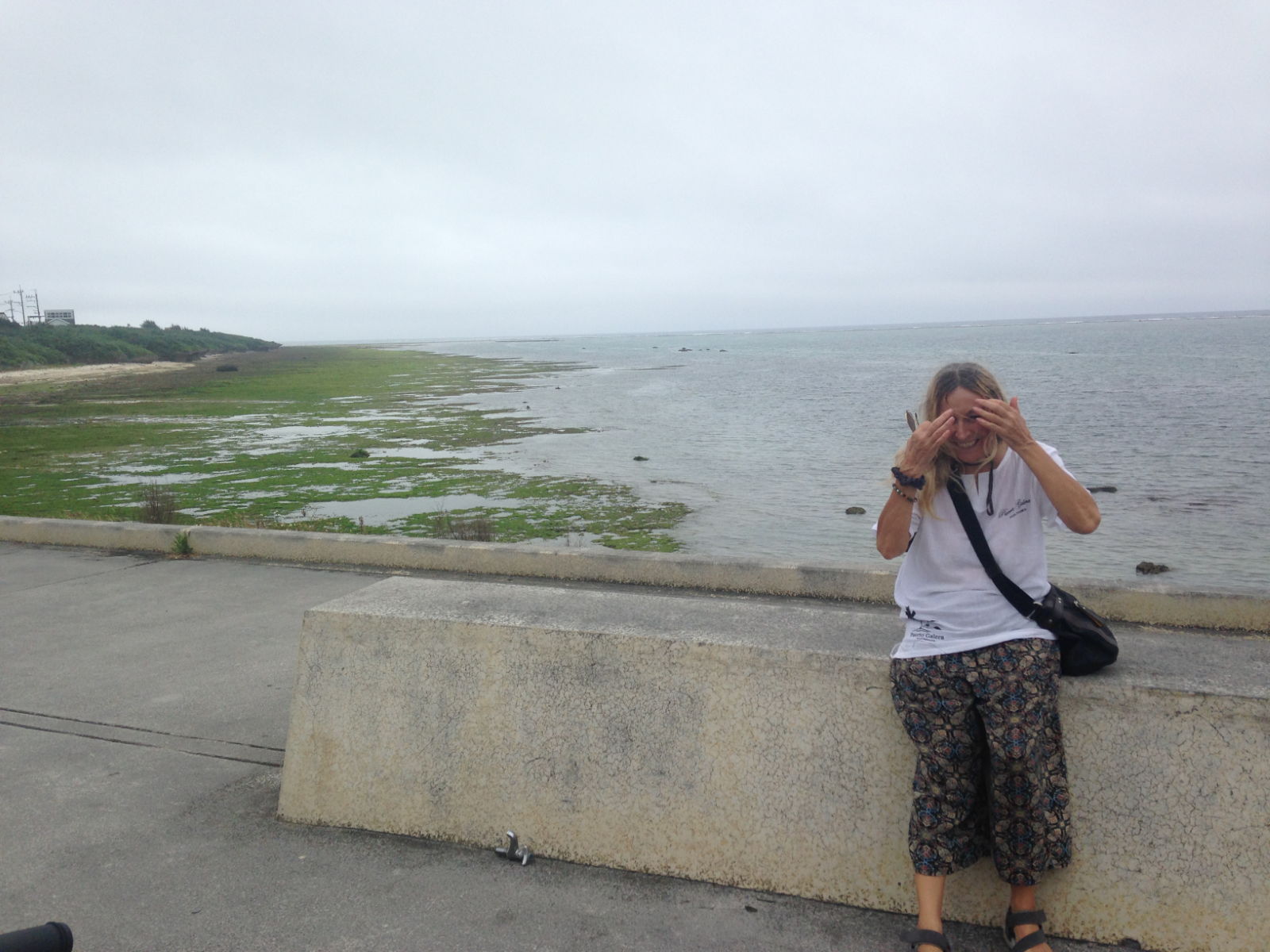
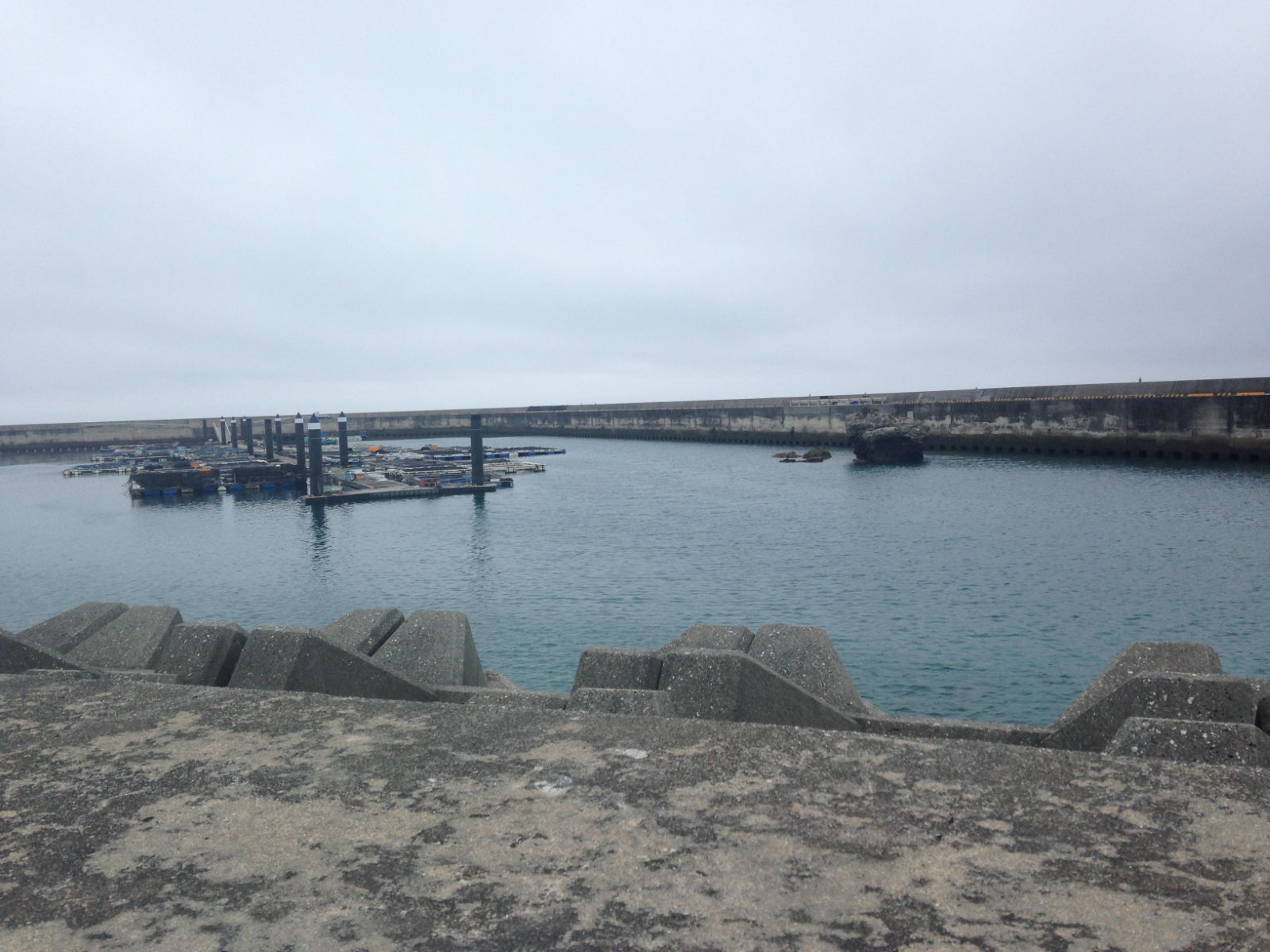
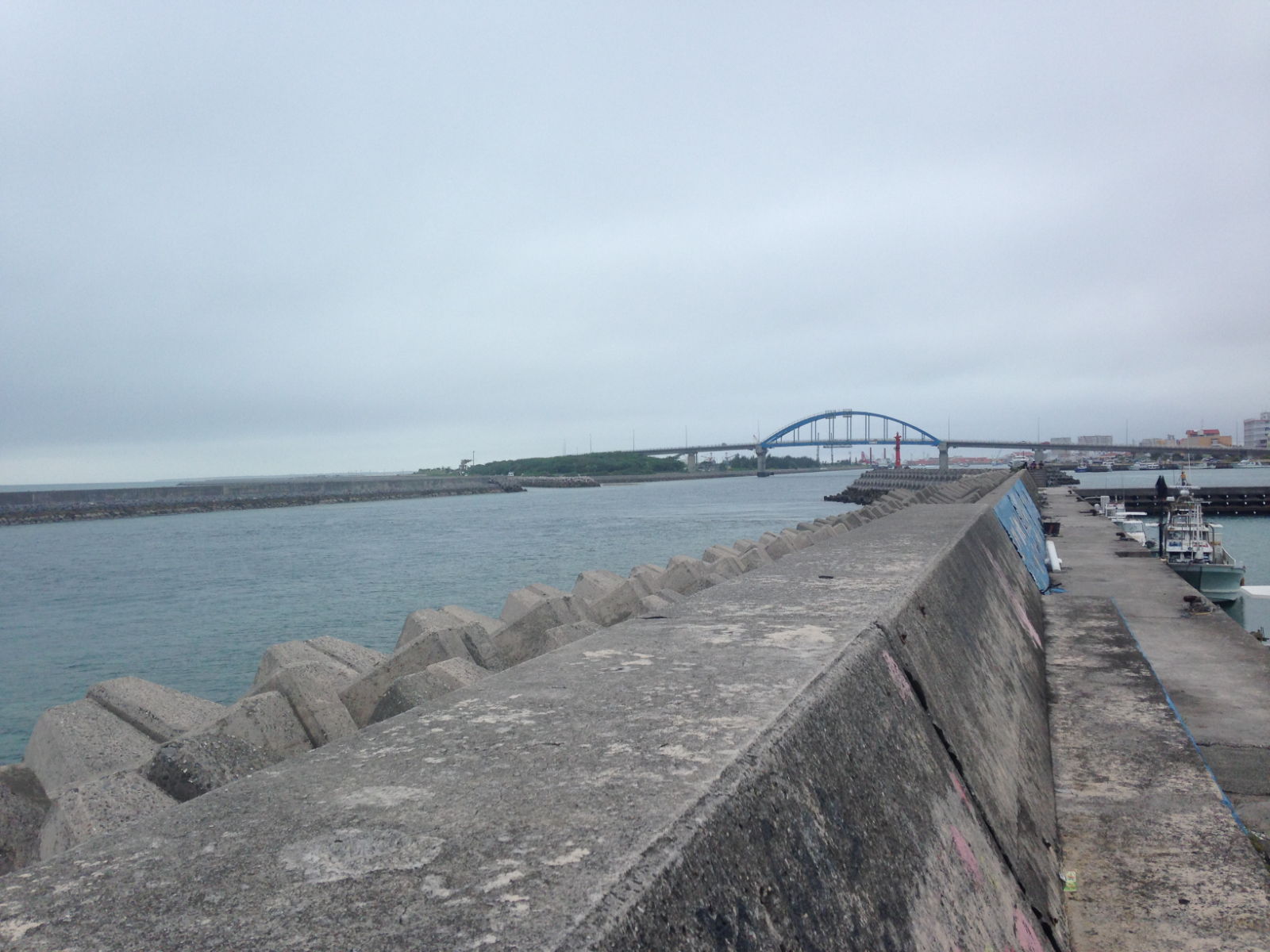
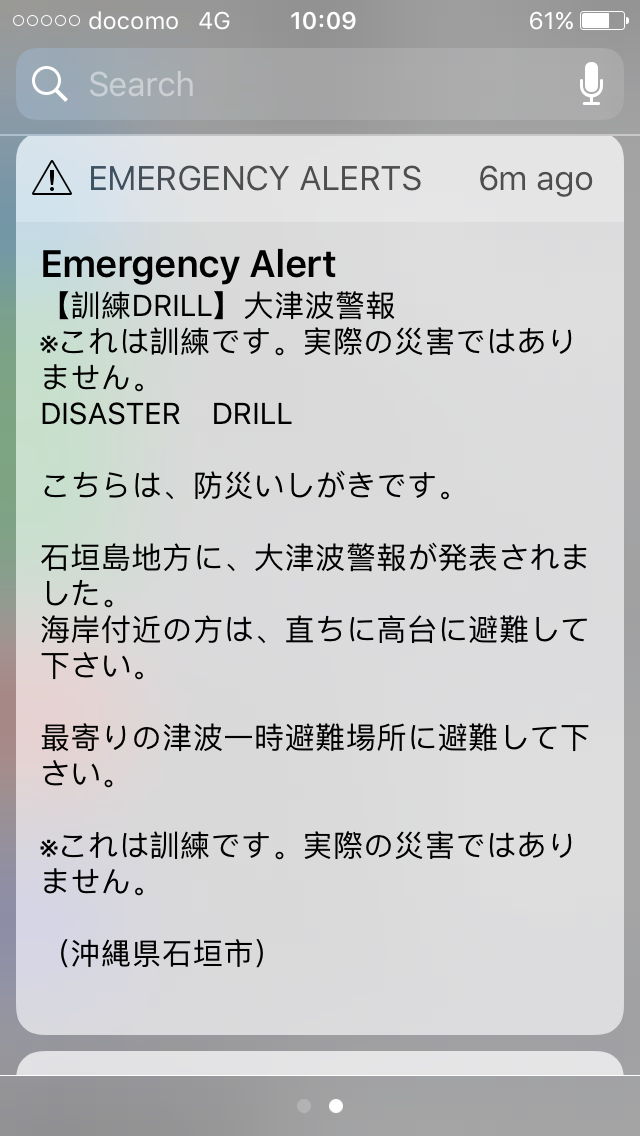
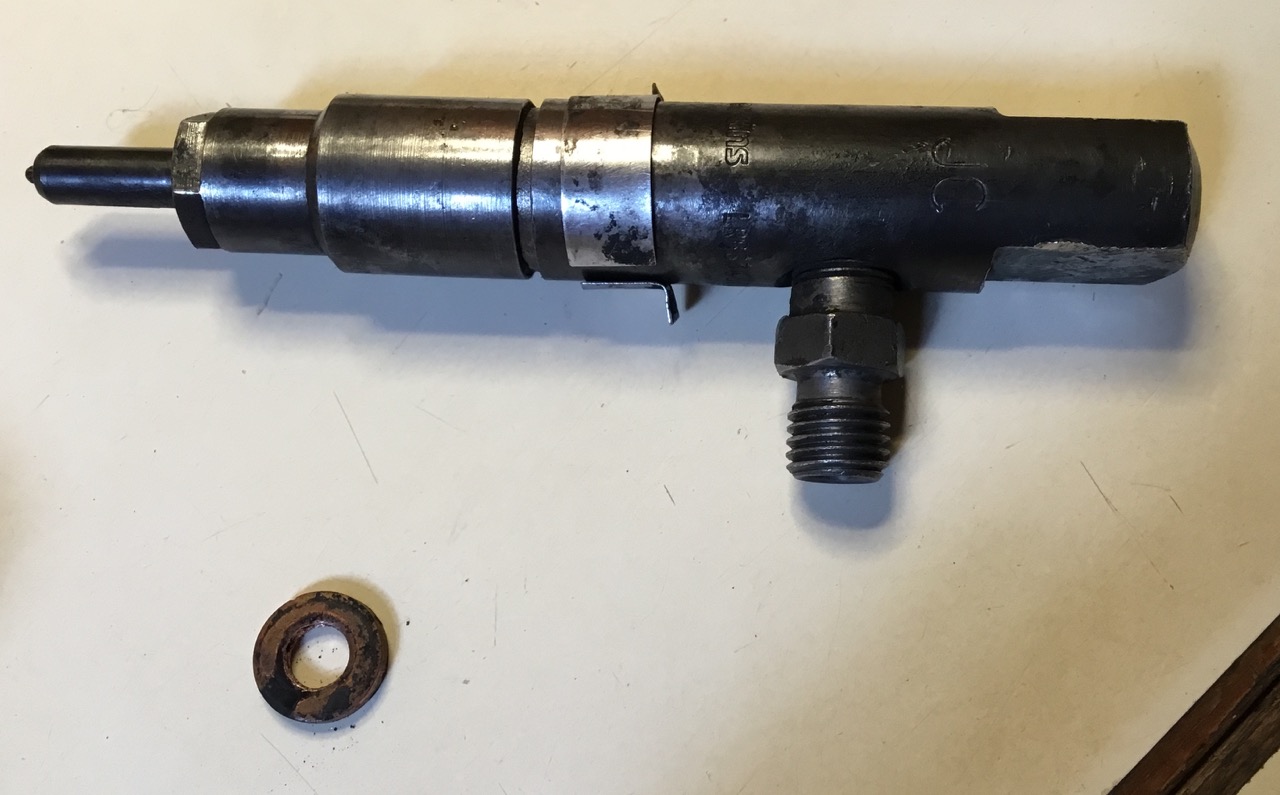

 In the meantime I carefully sanded down the washer to make it flat again.
In the meantime I carefully sanded down the washer to make it flat again.